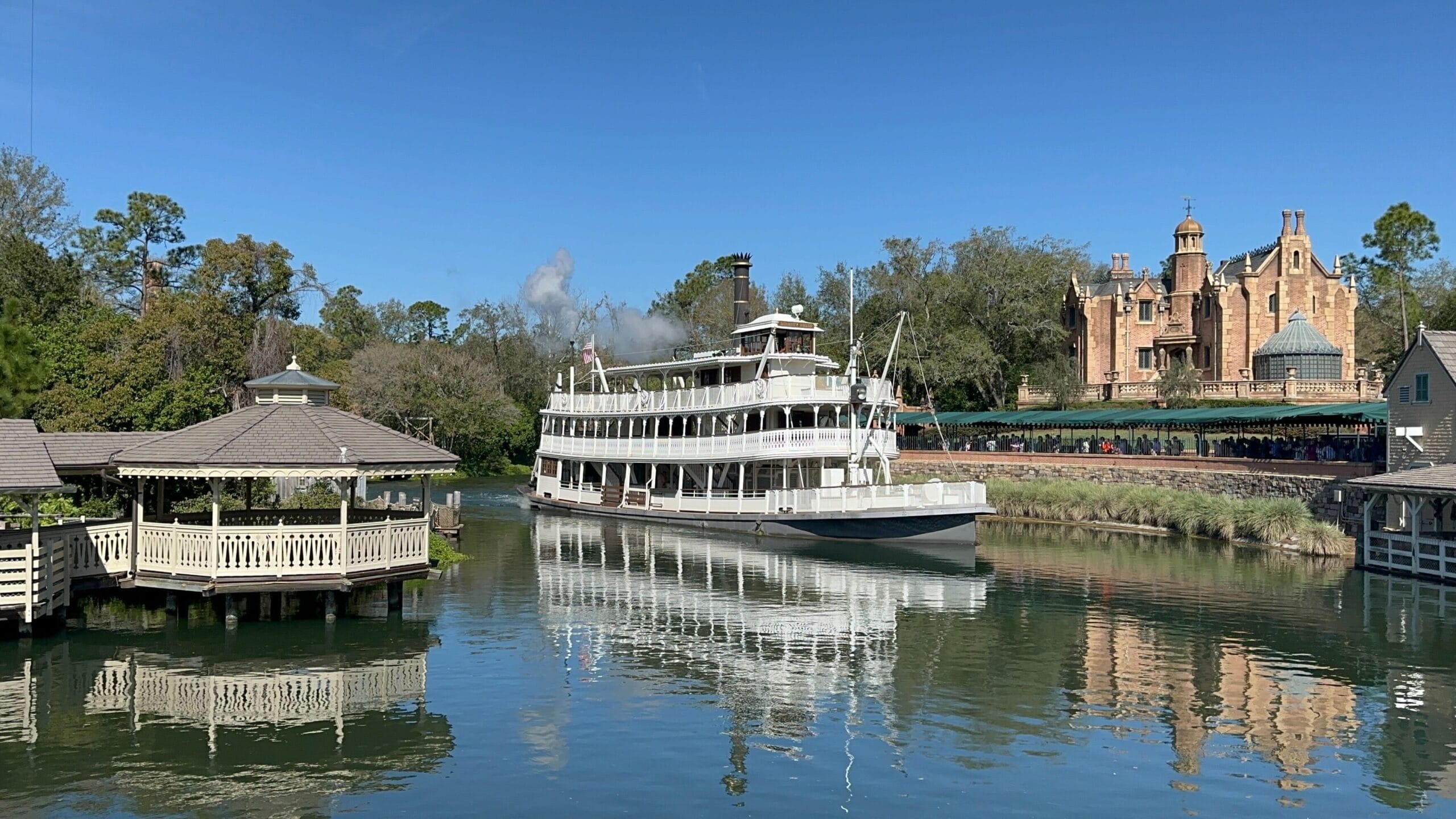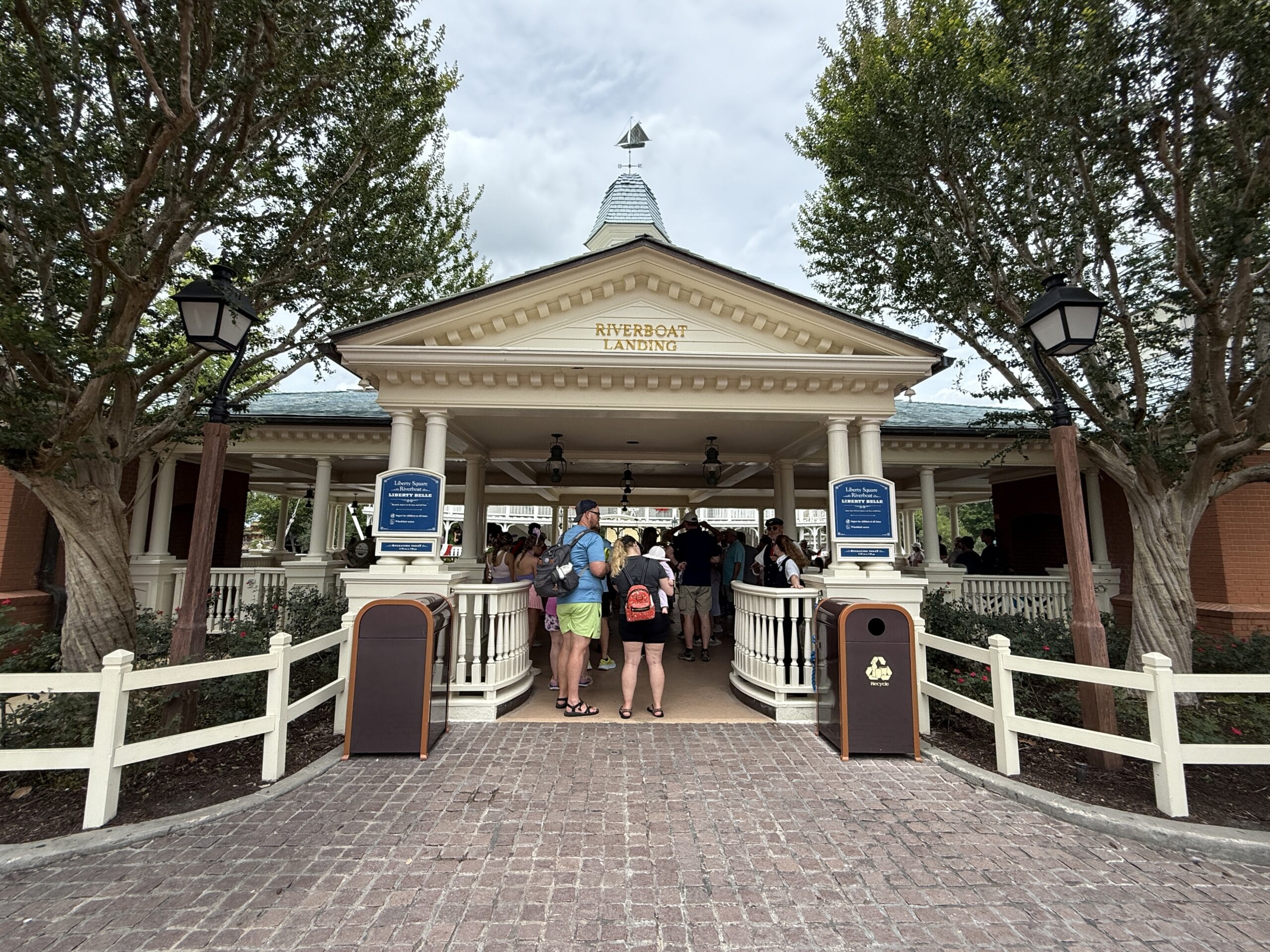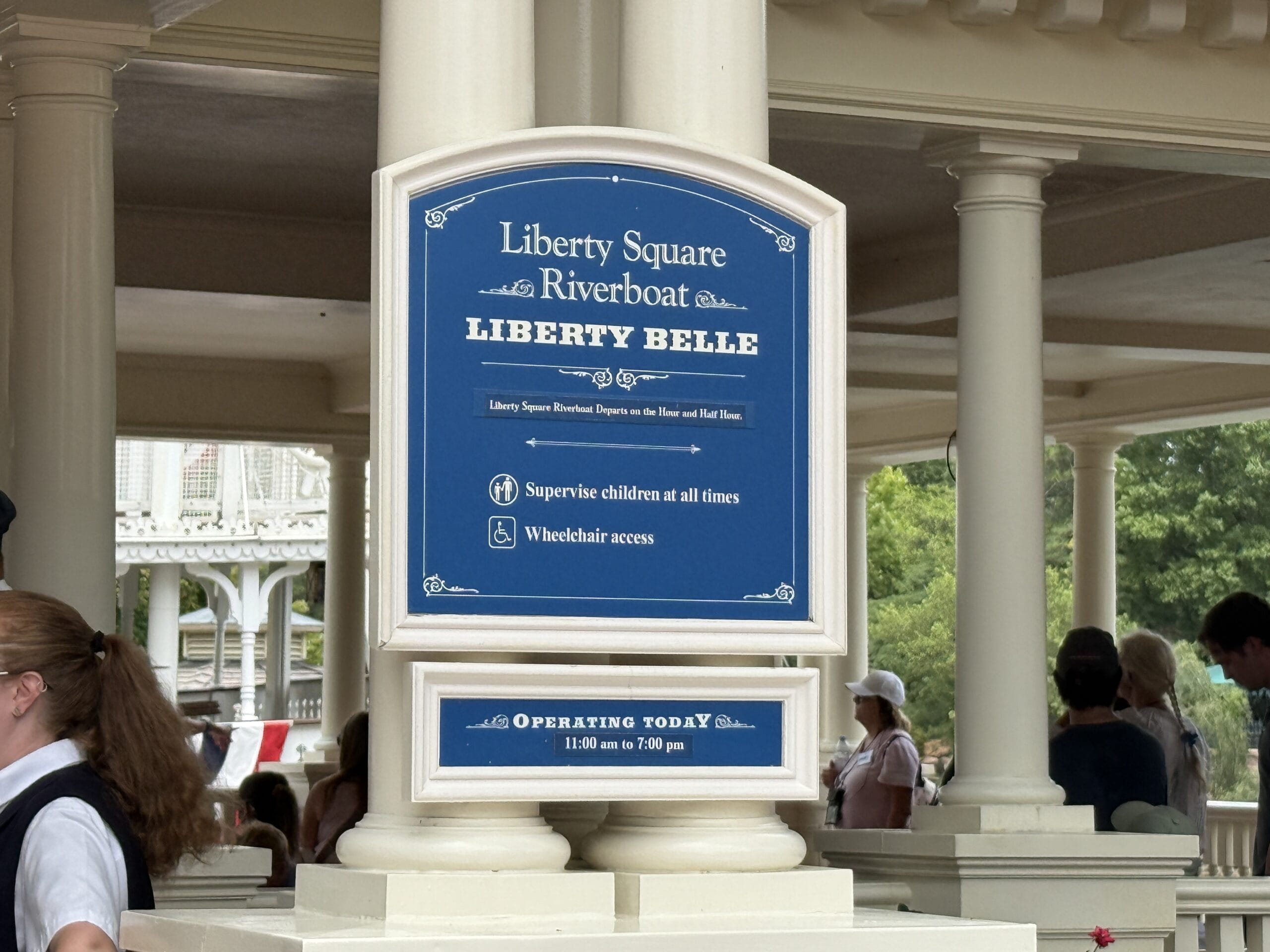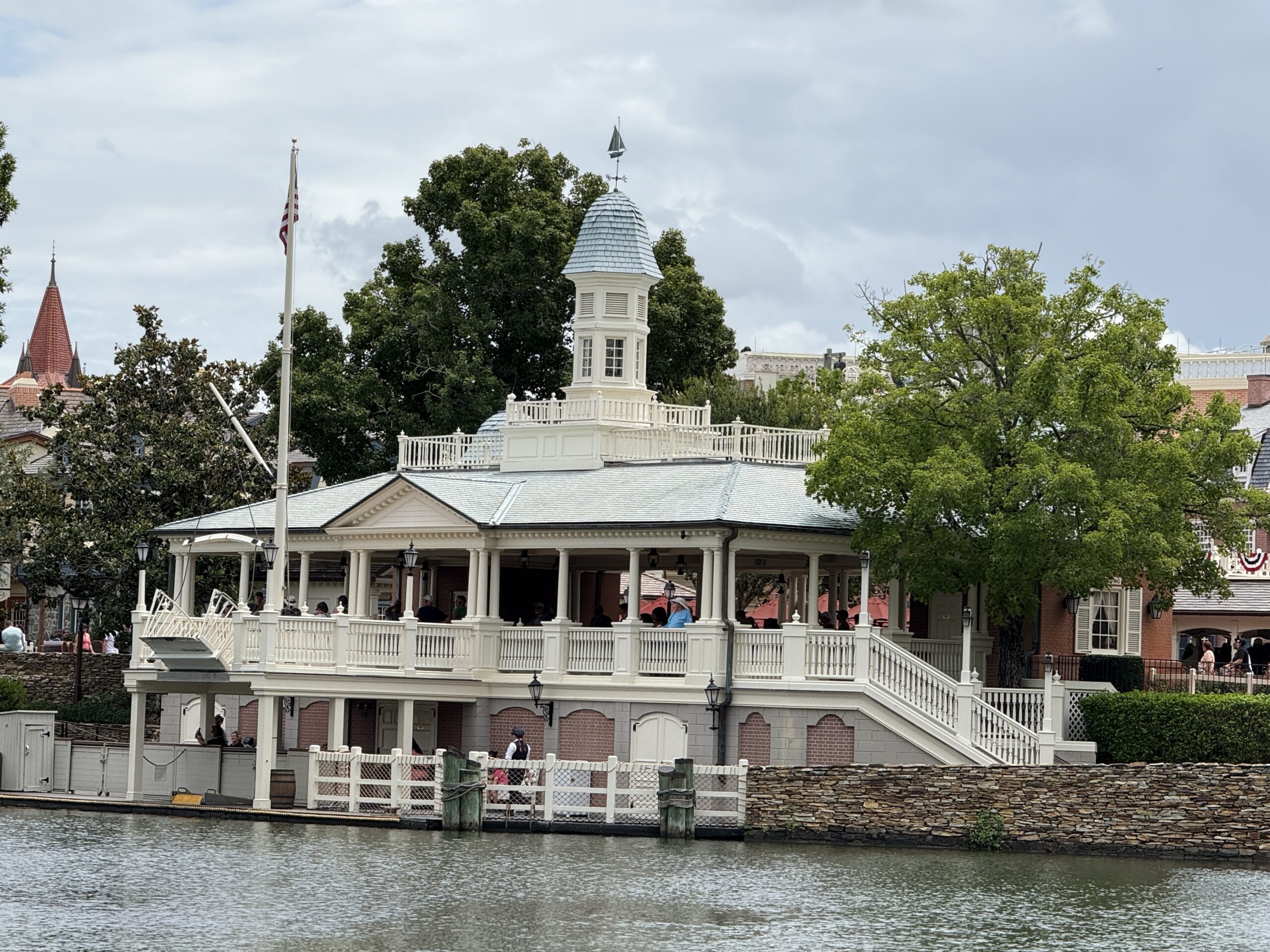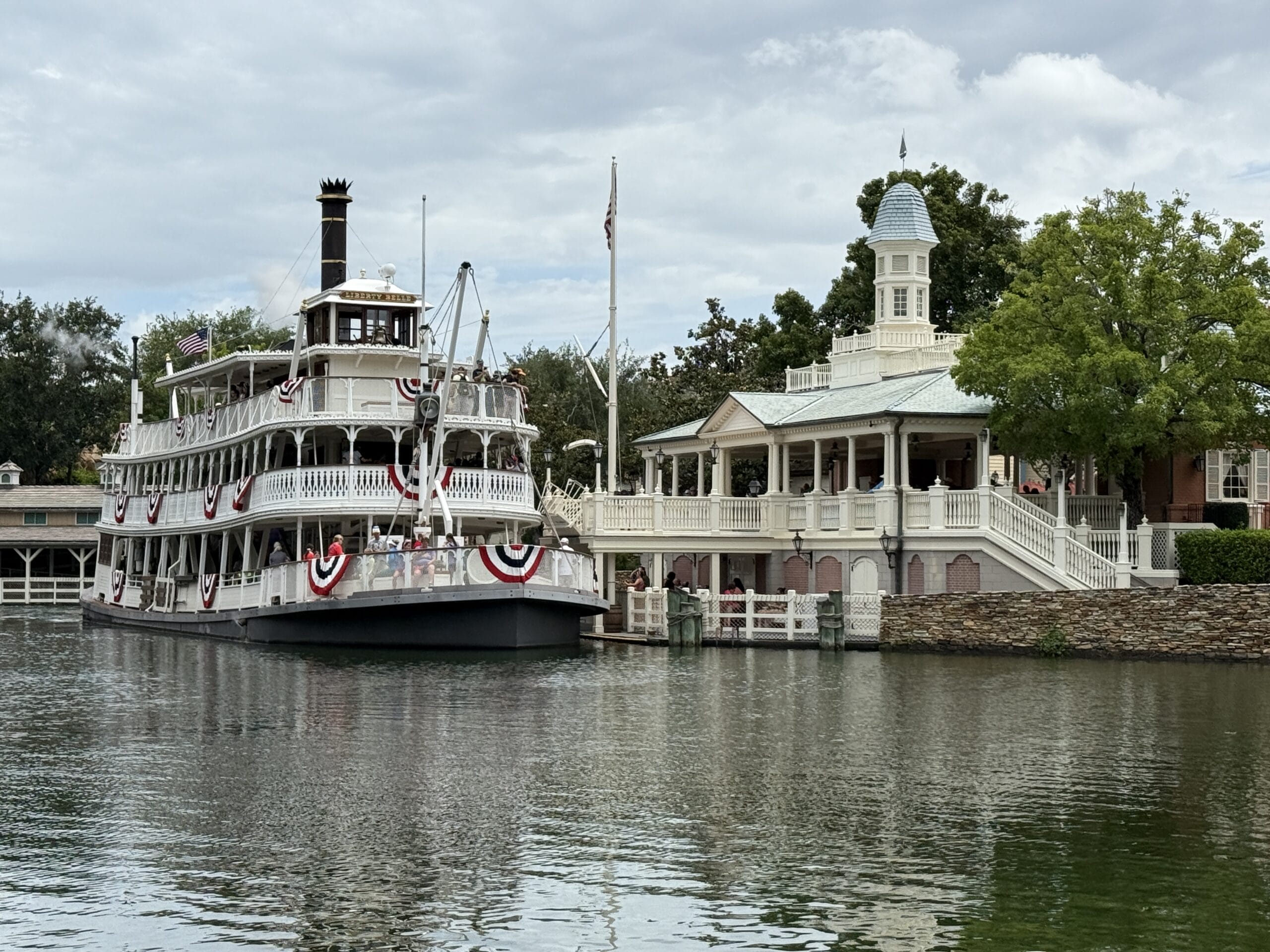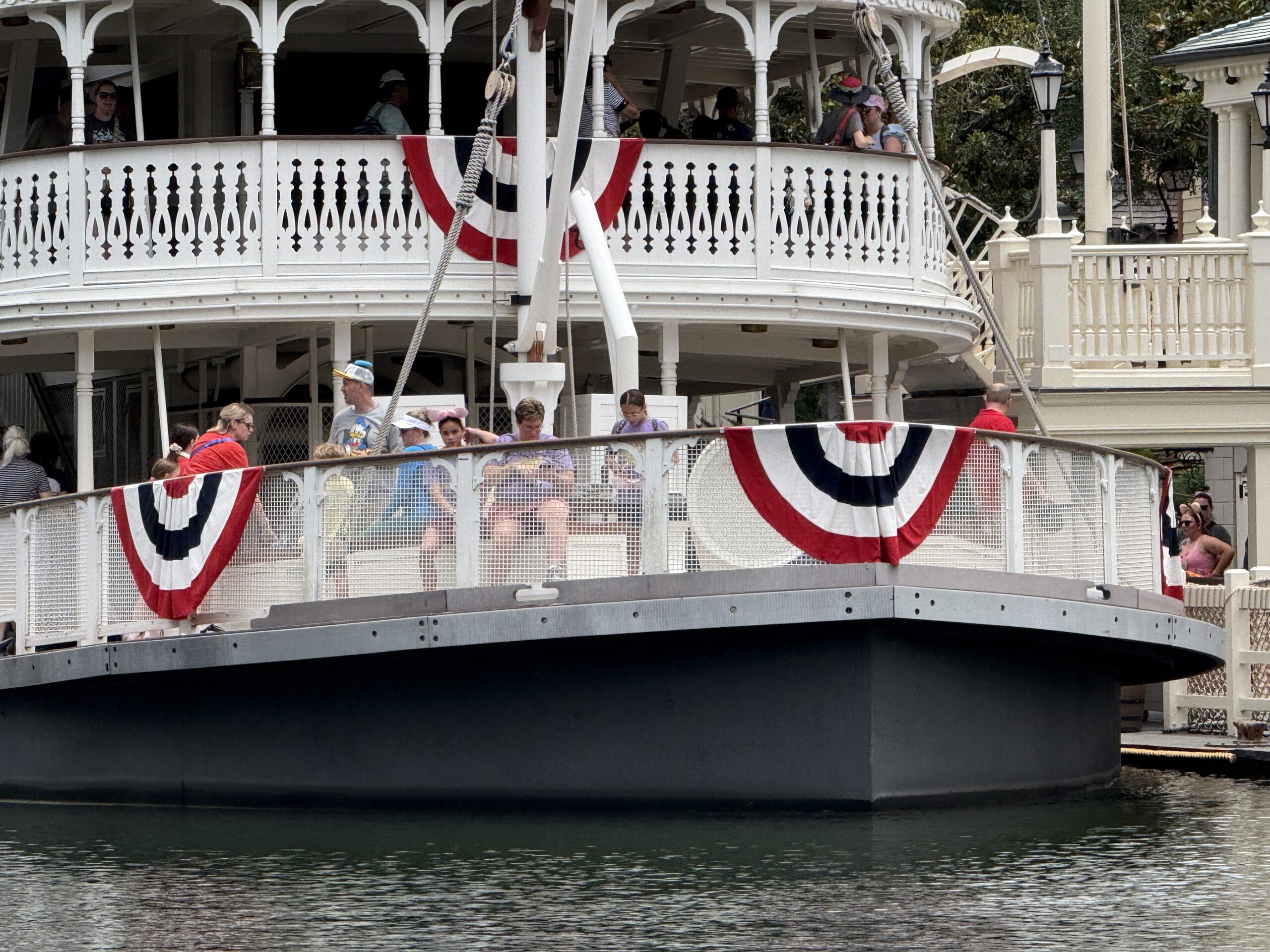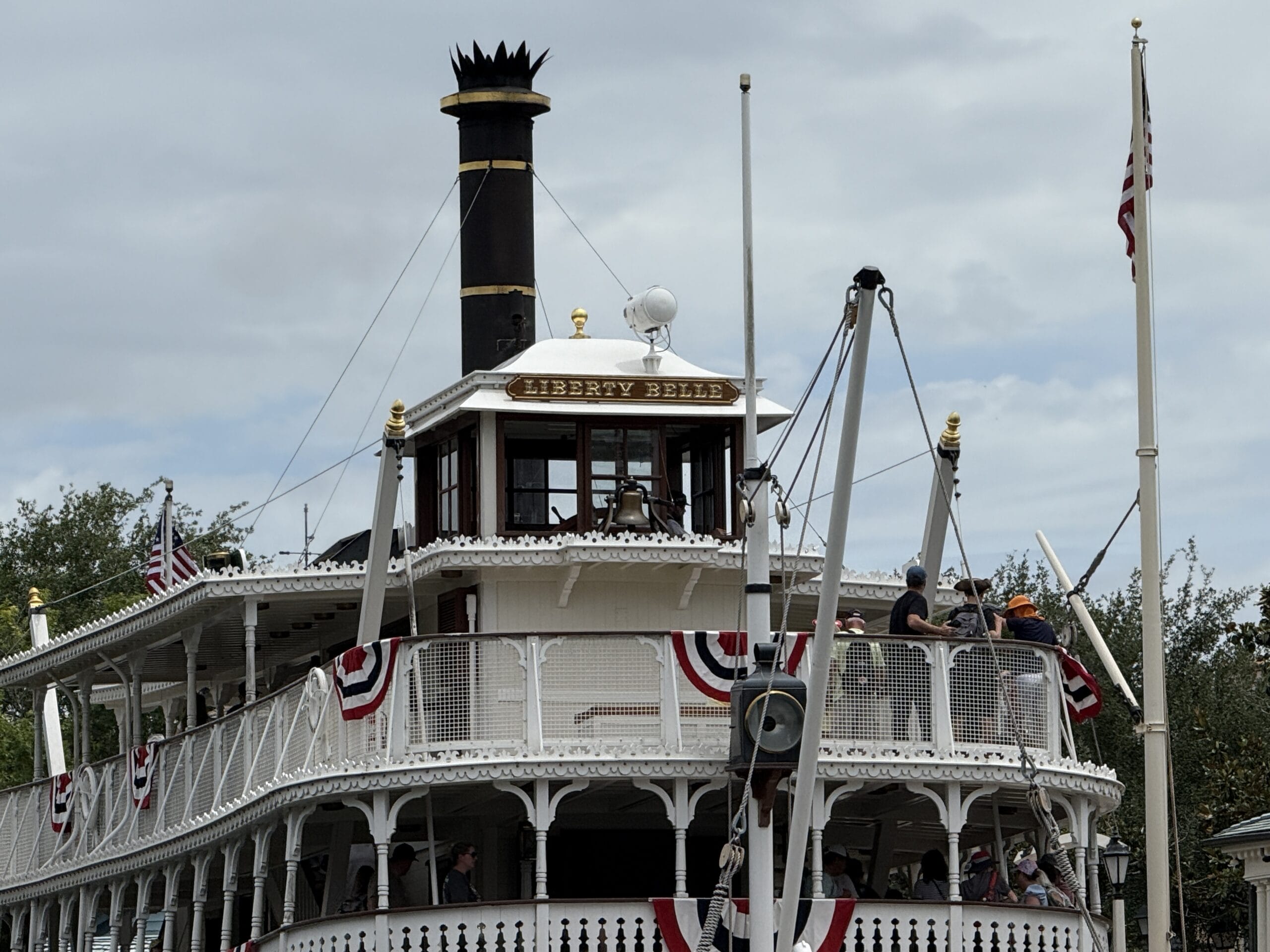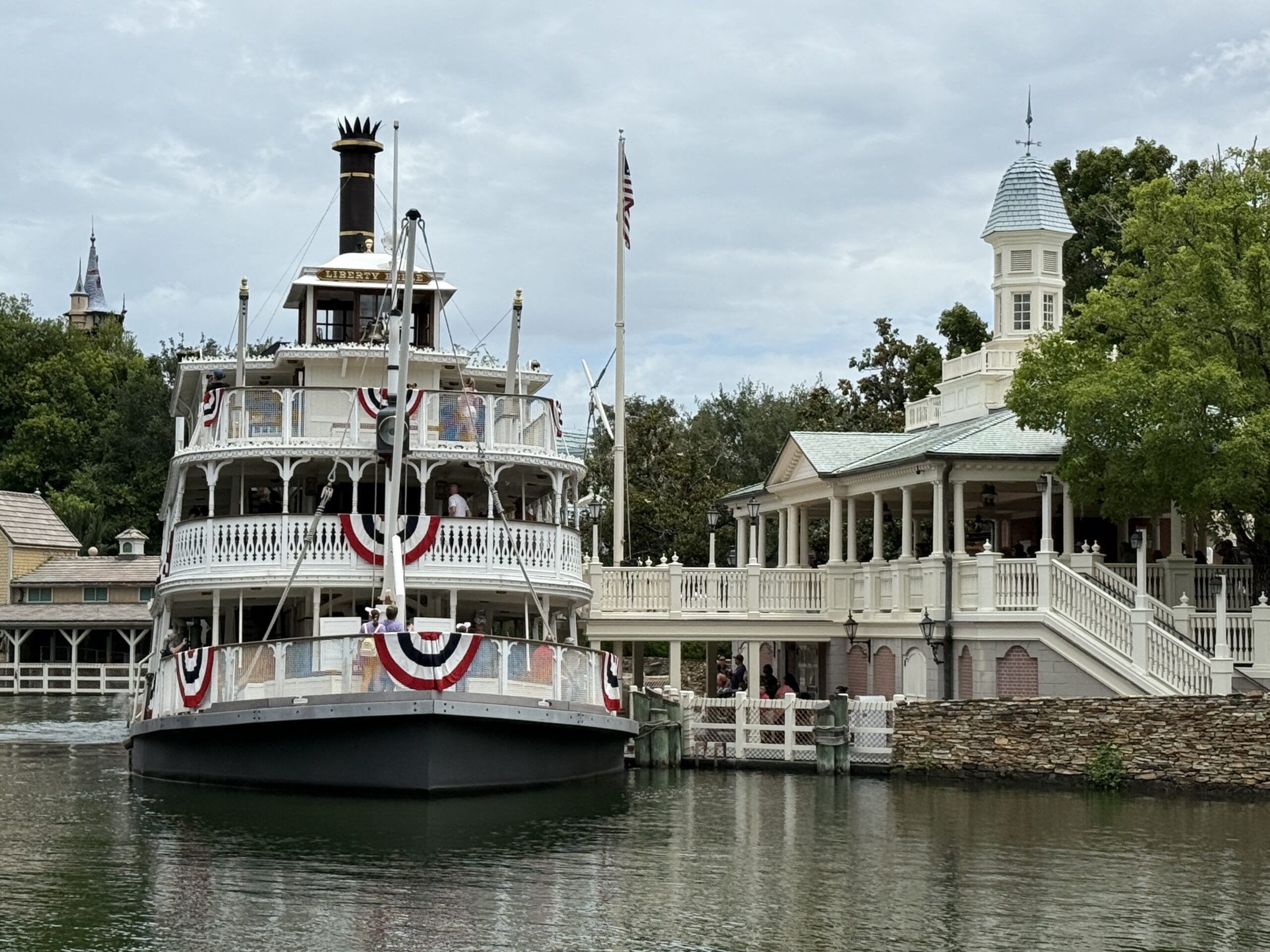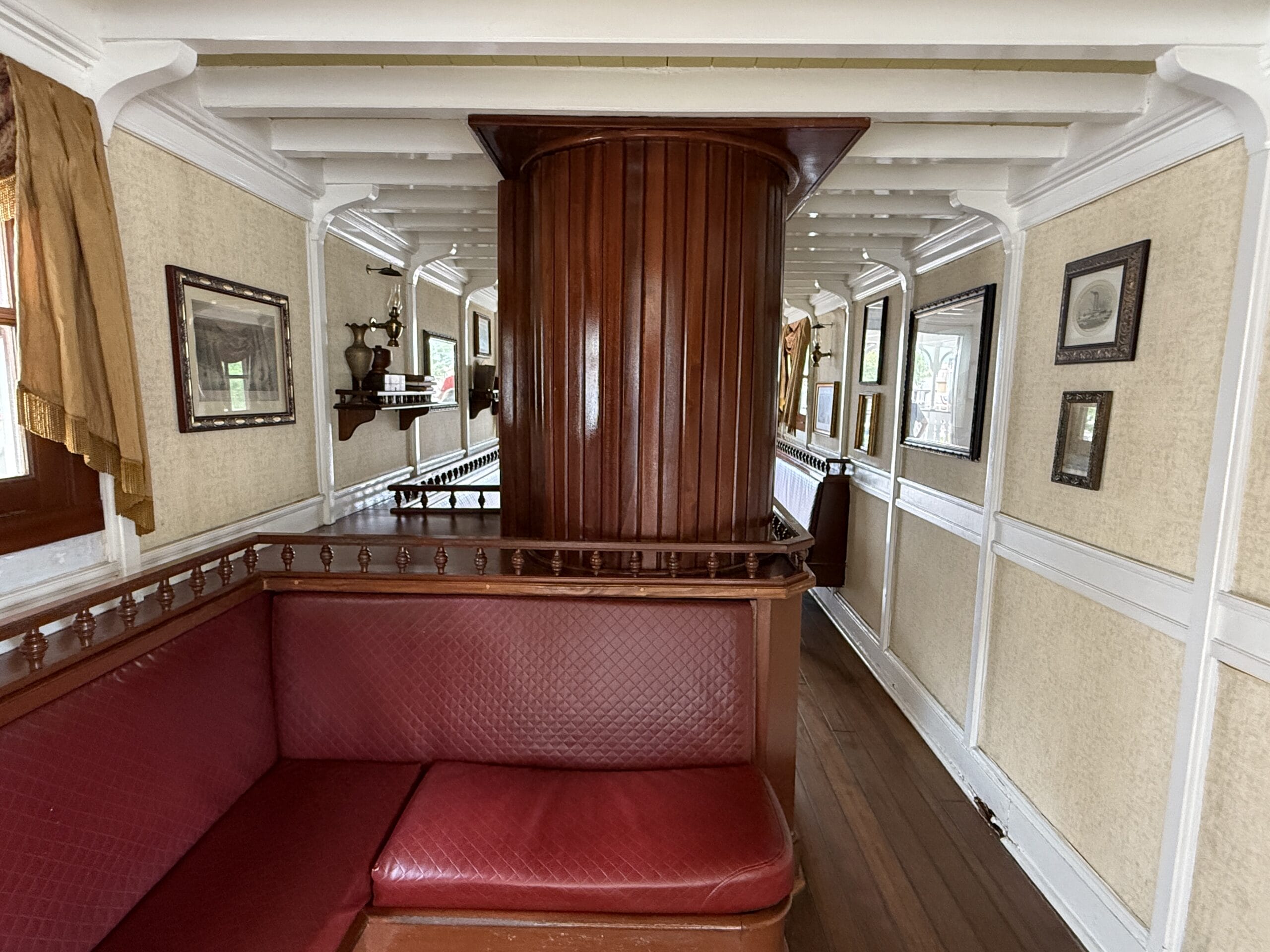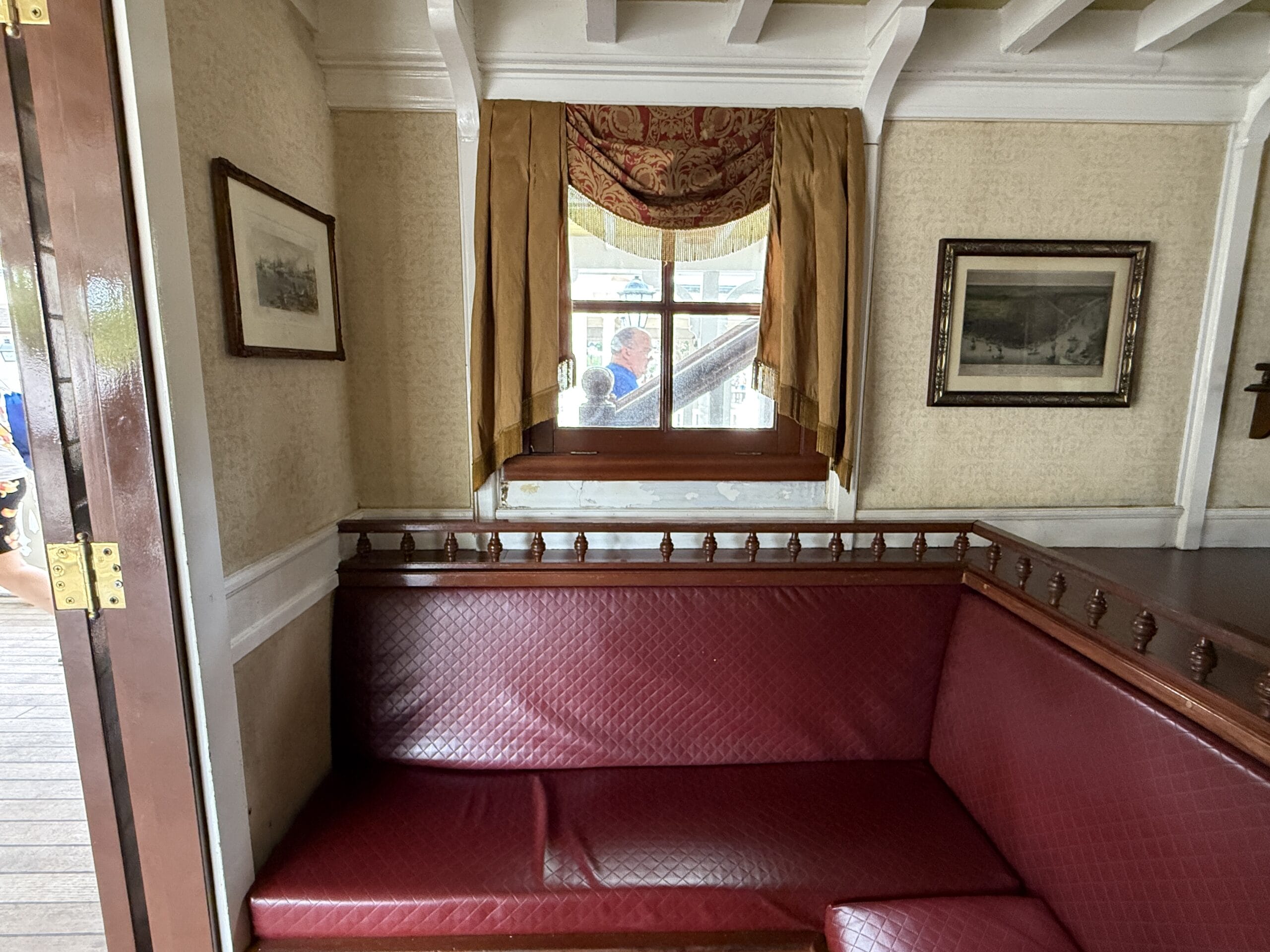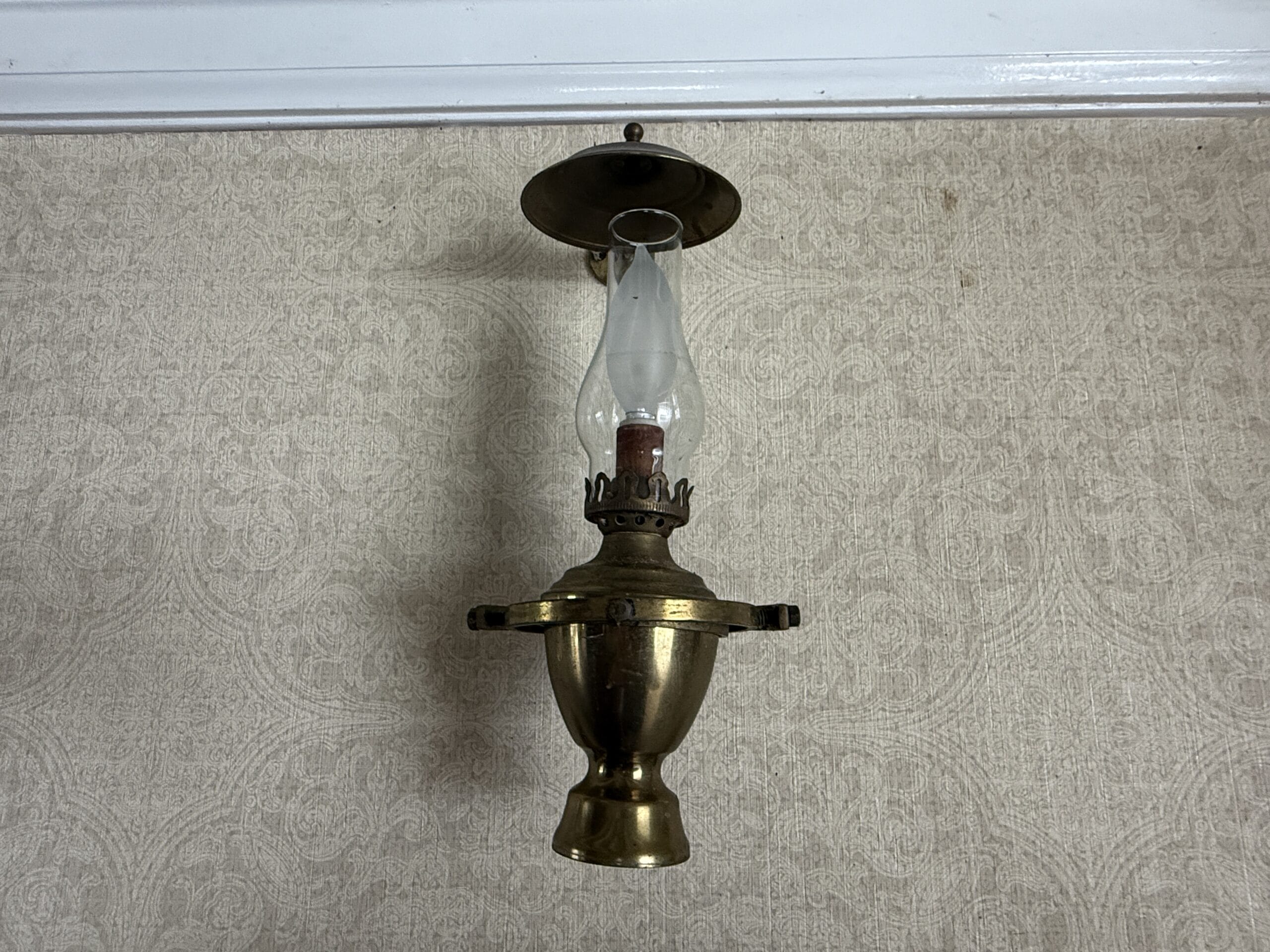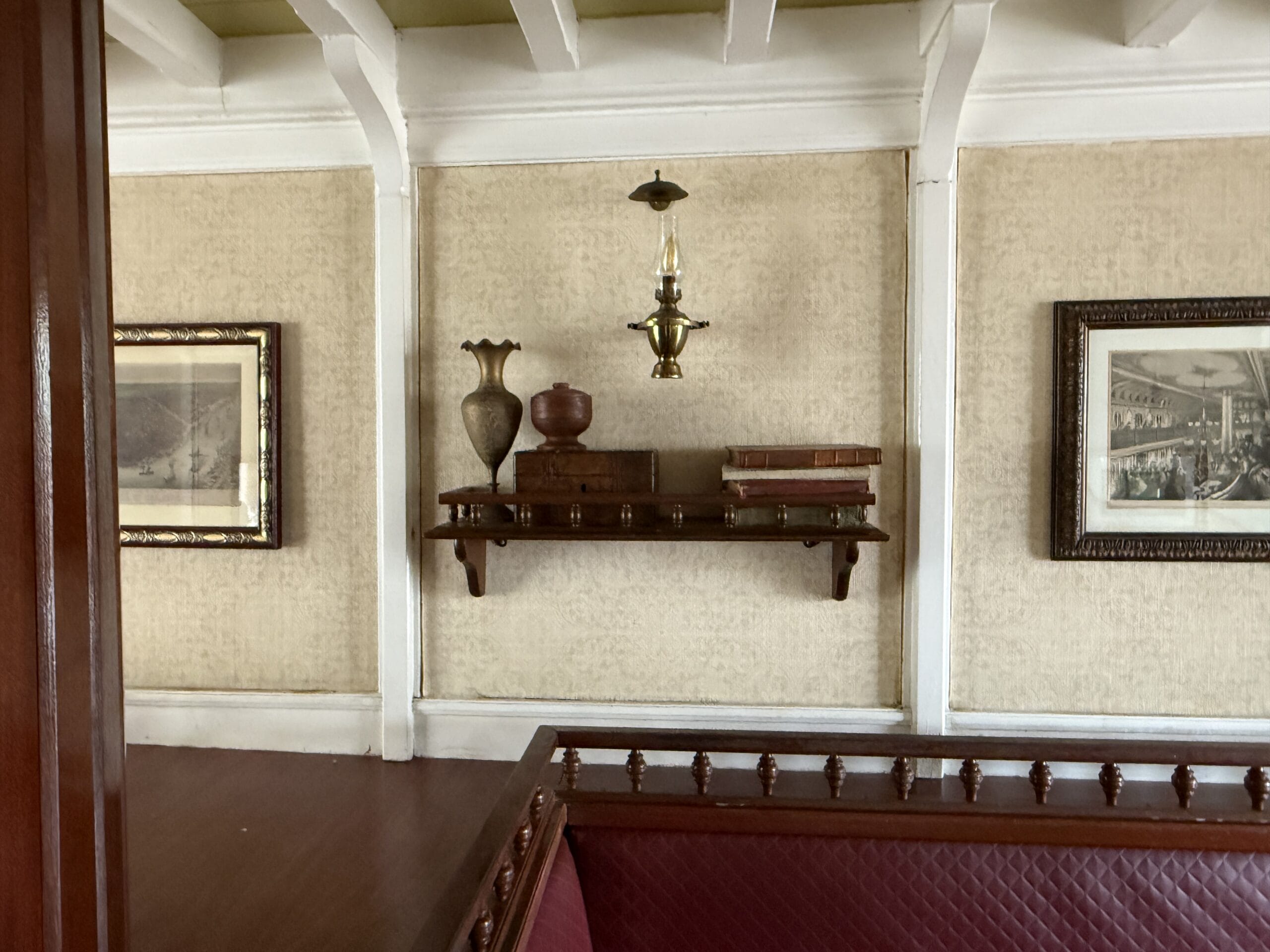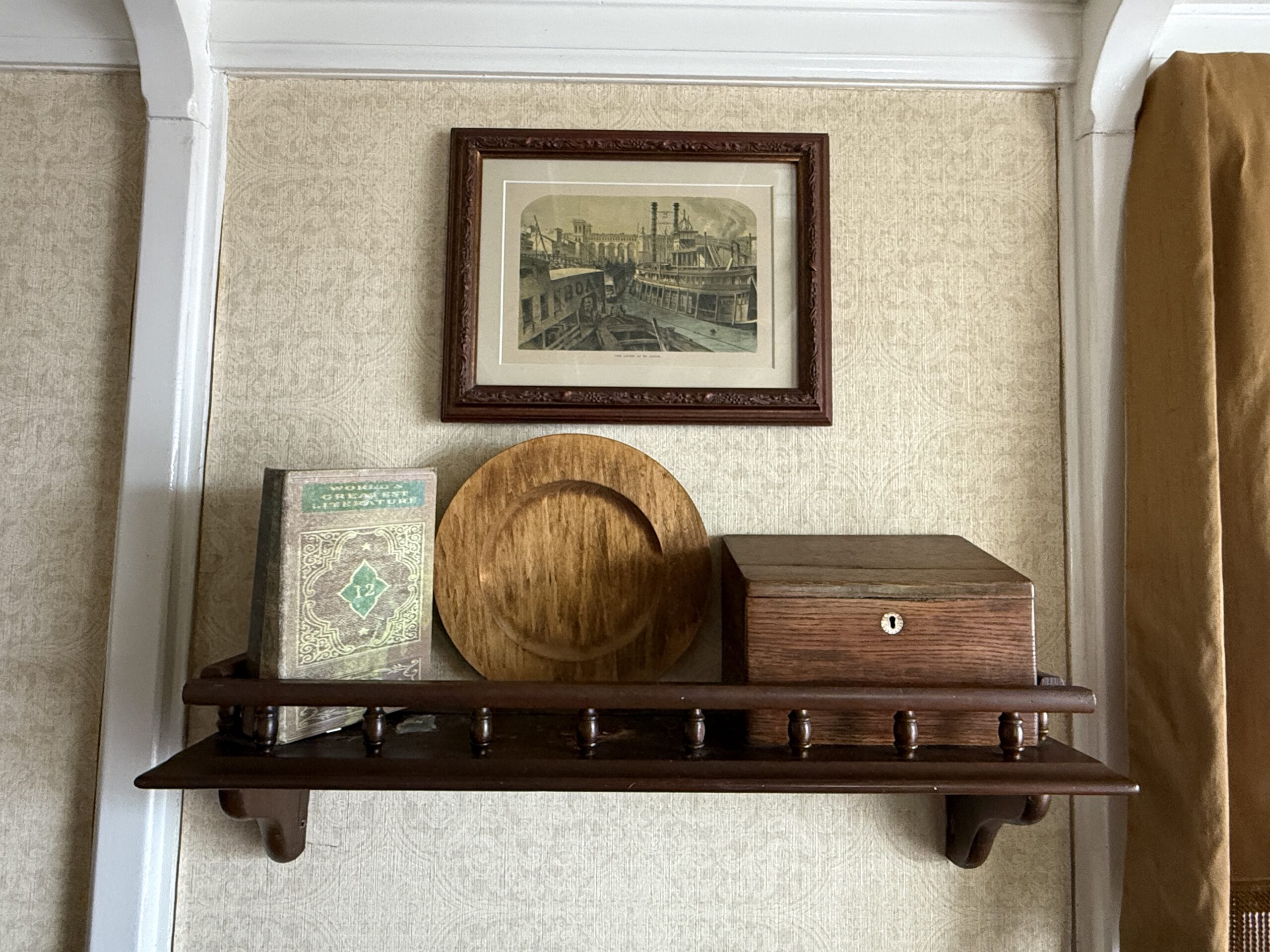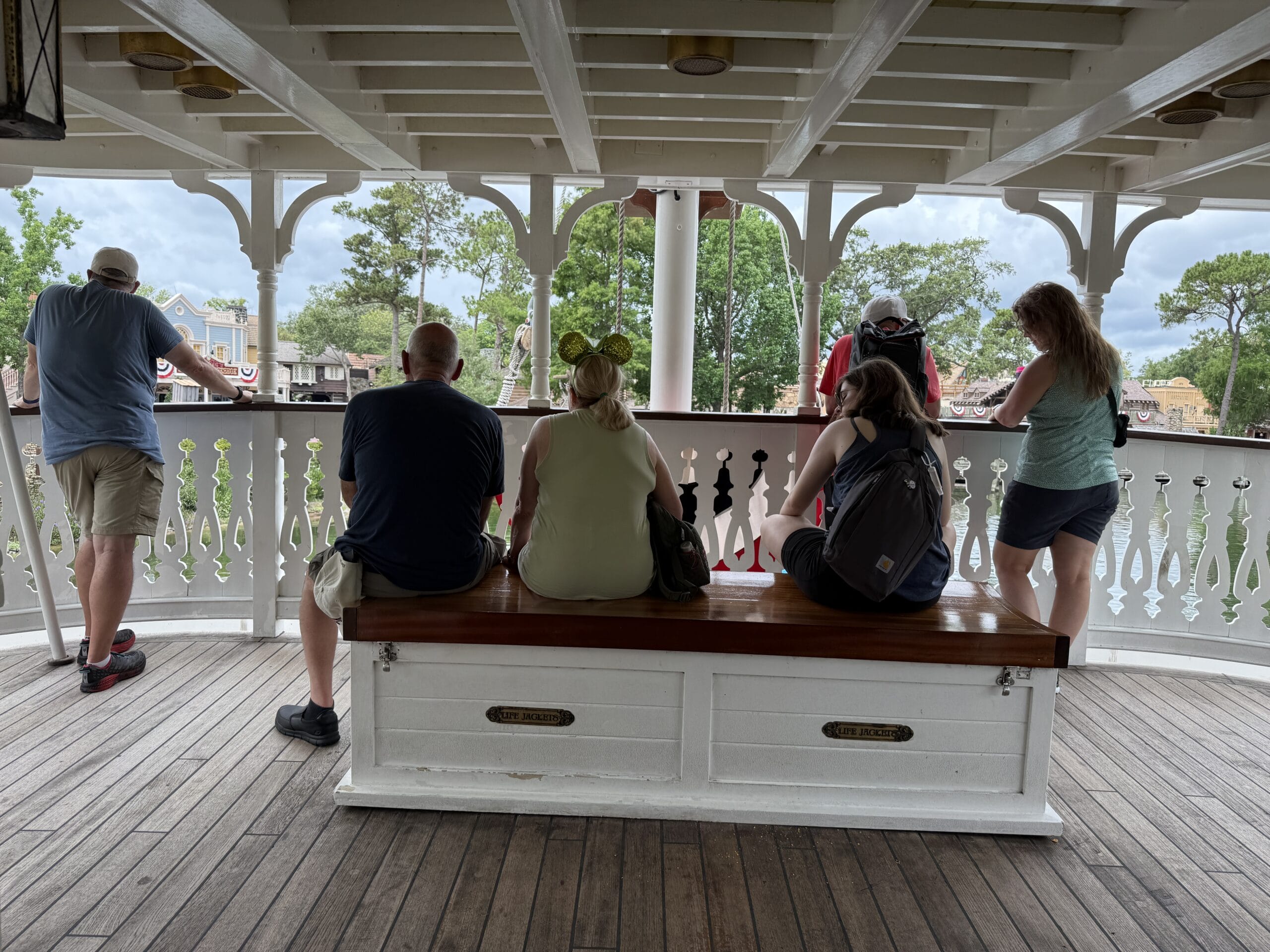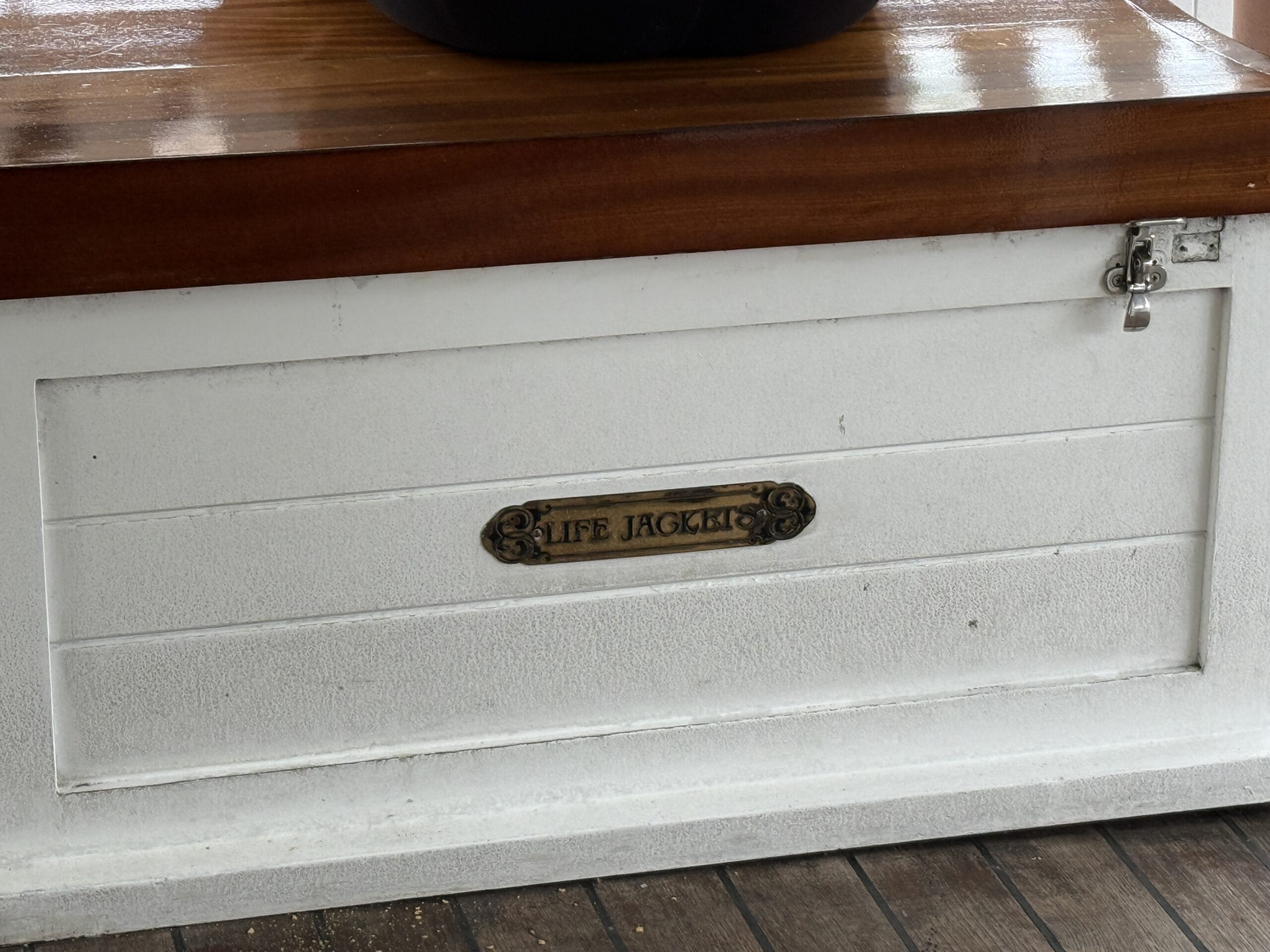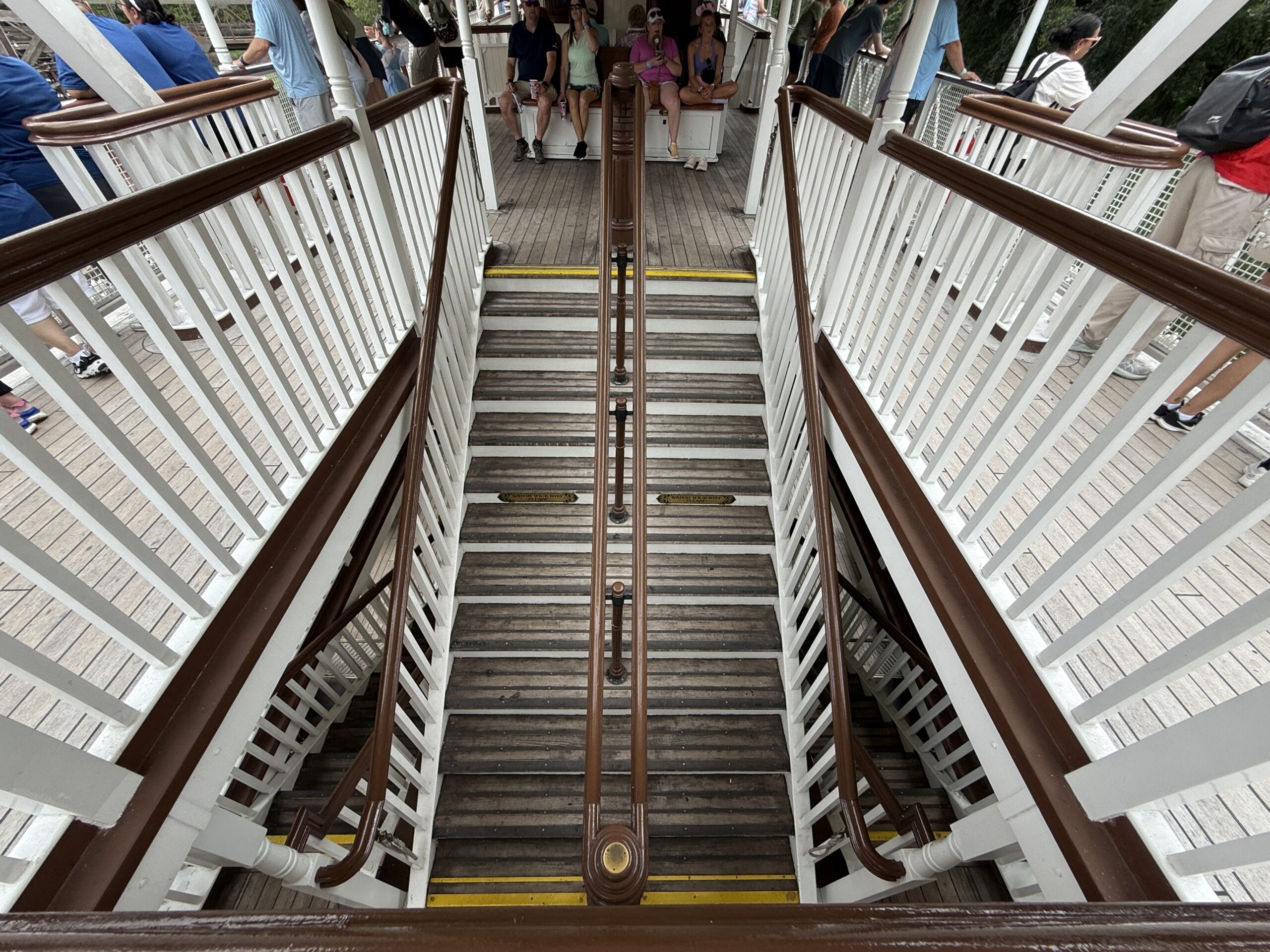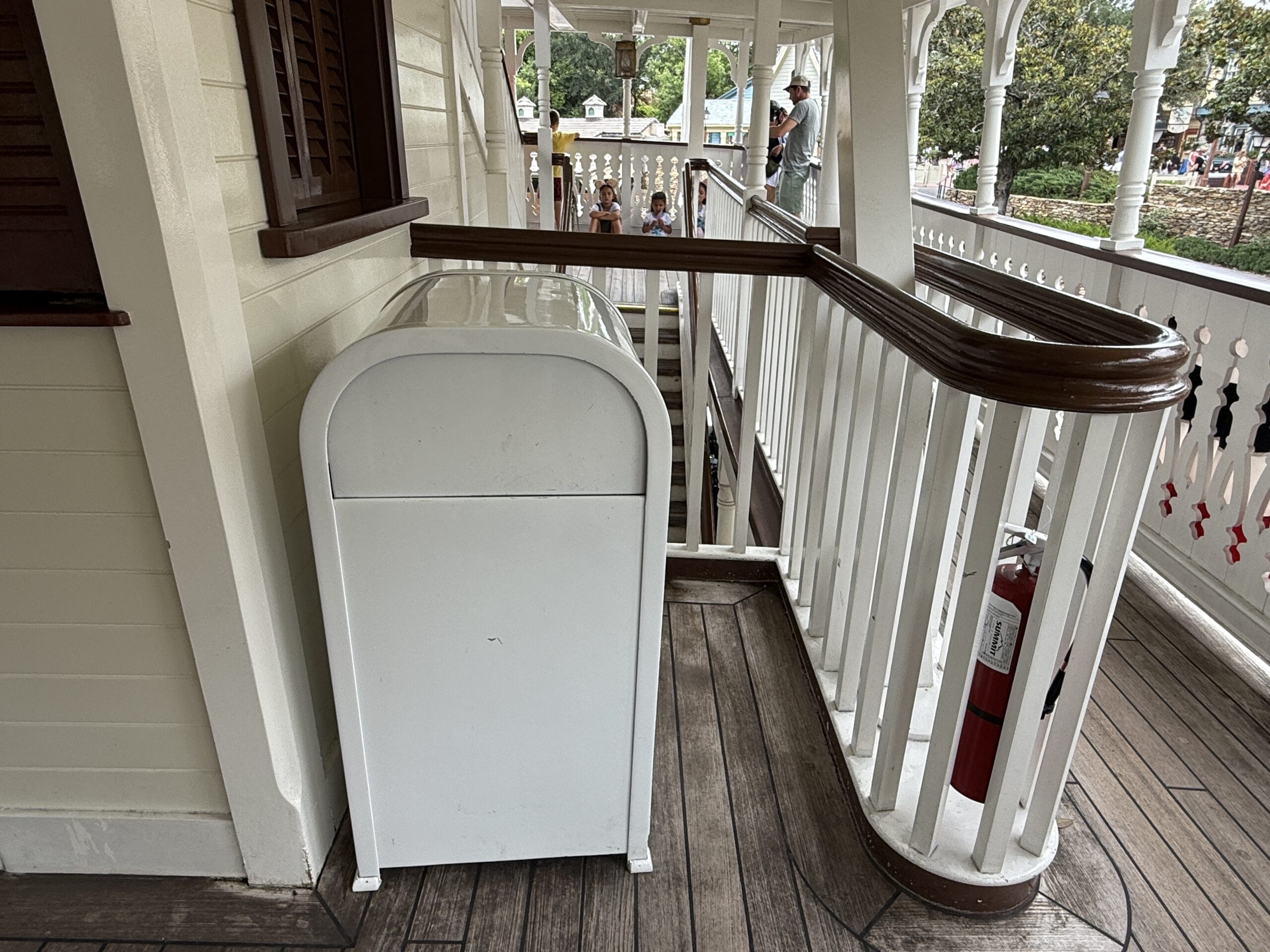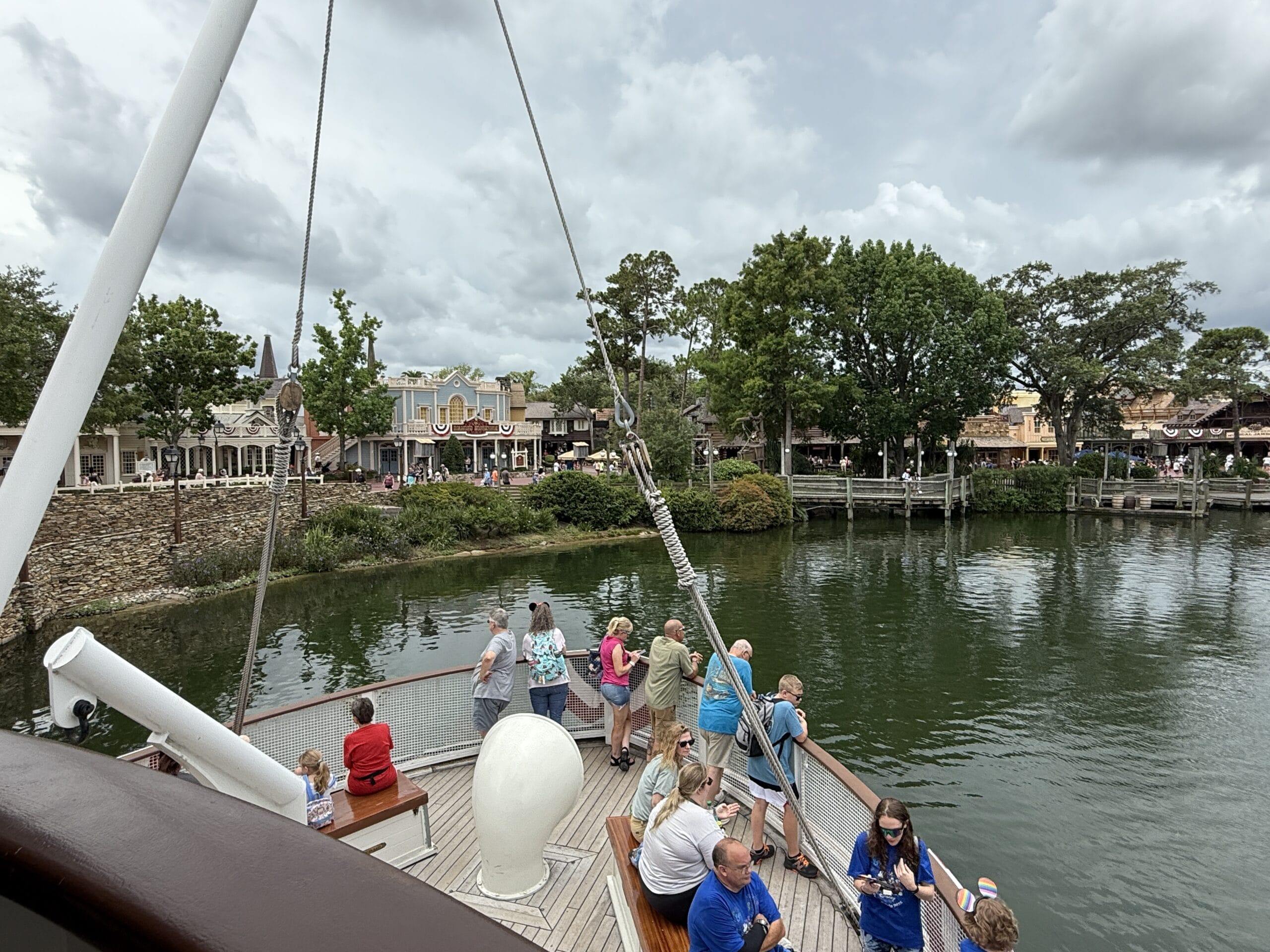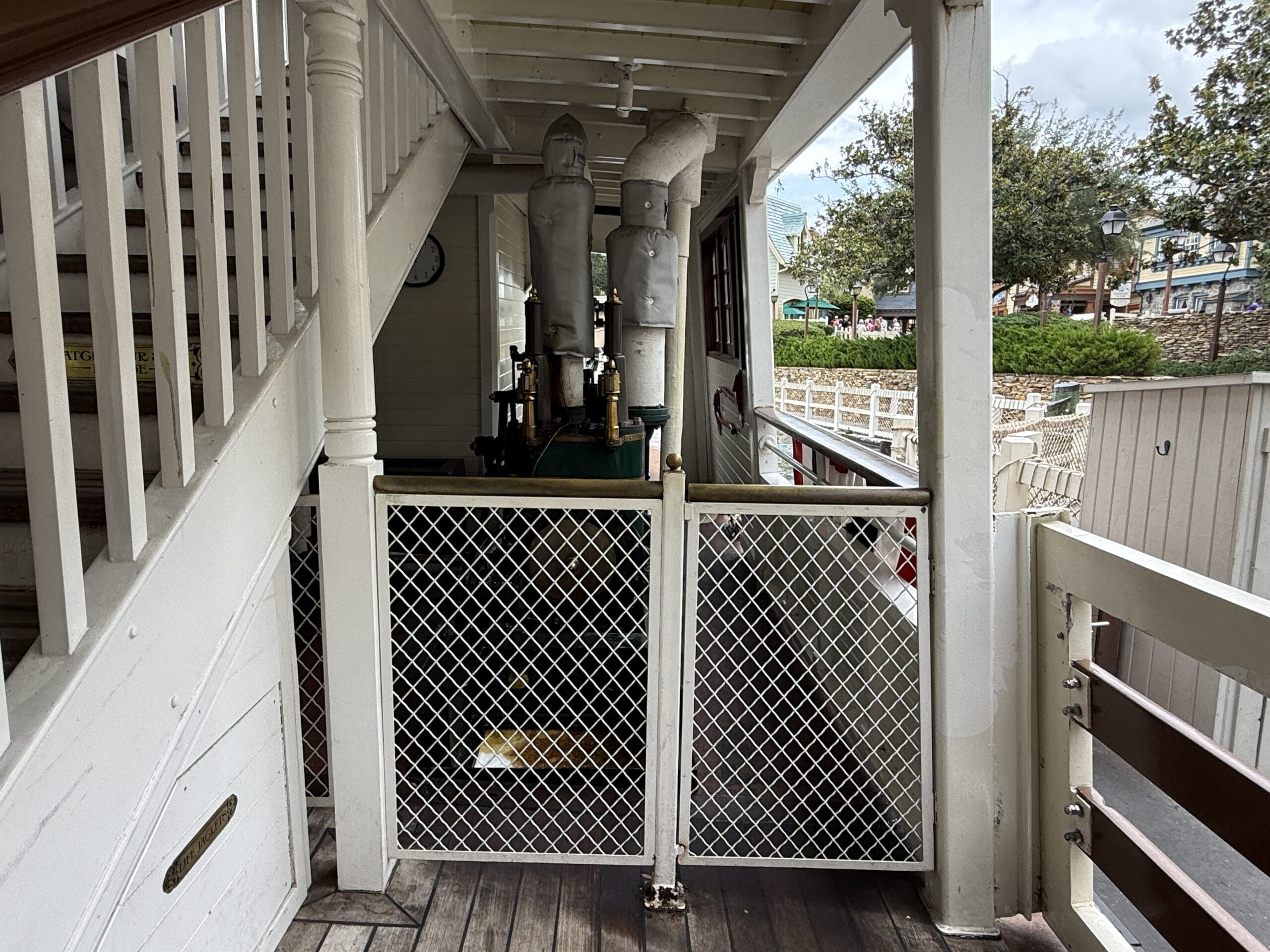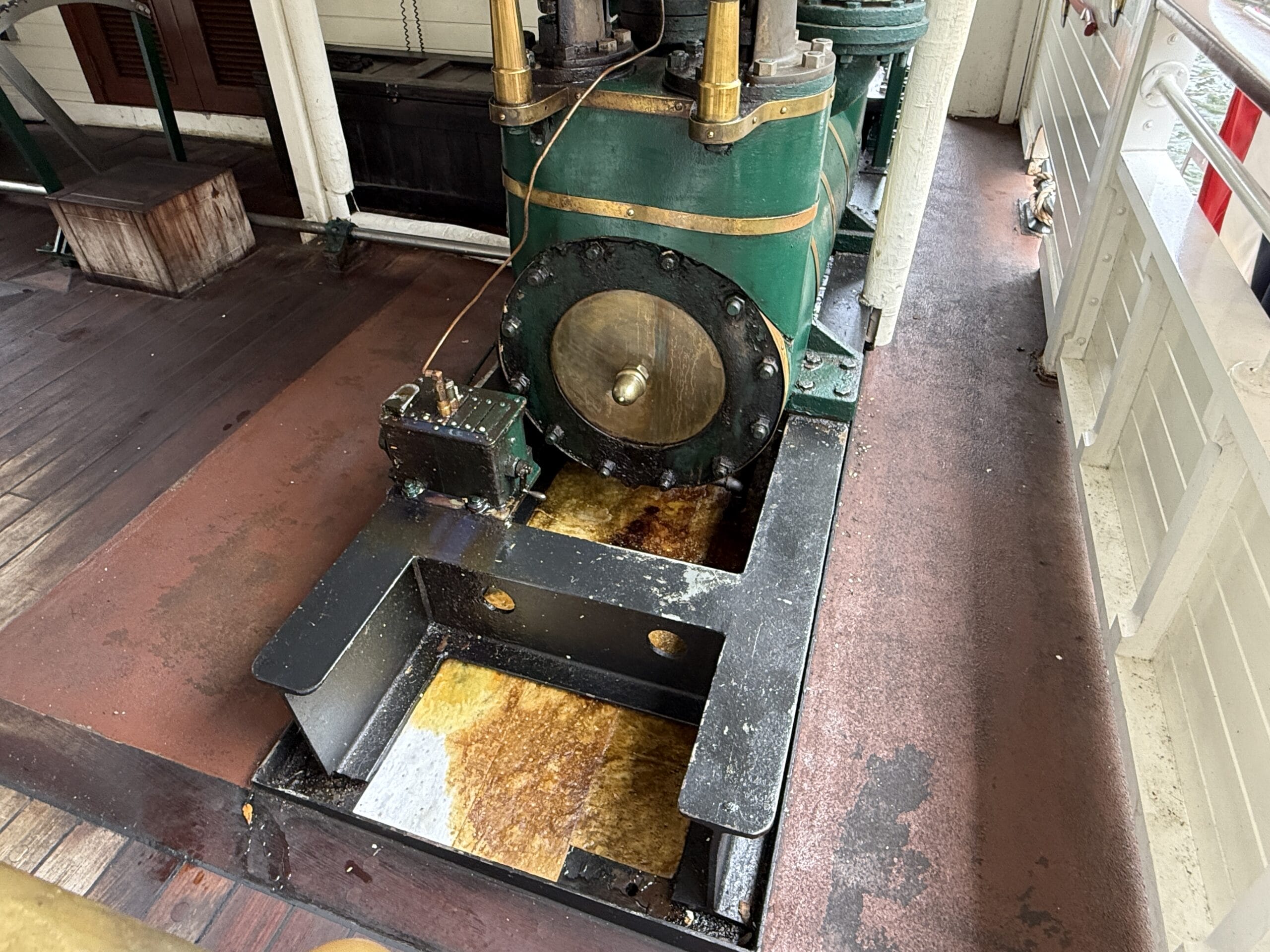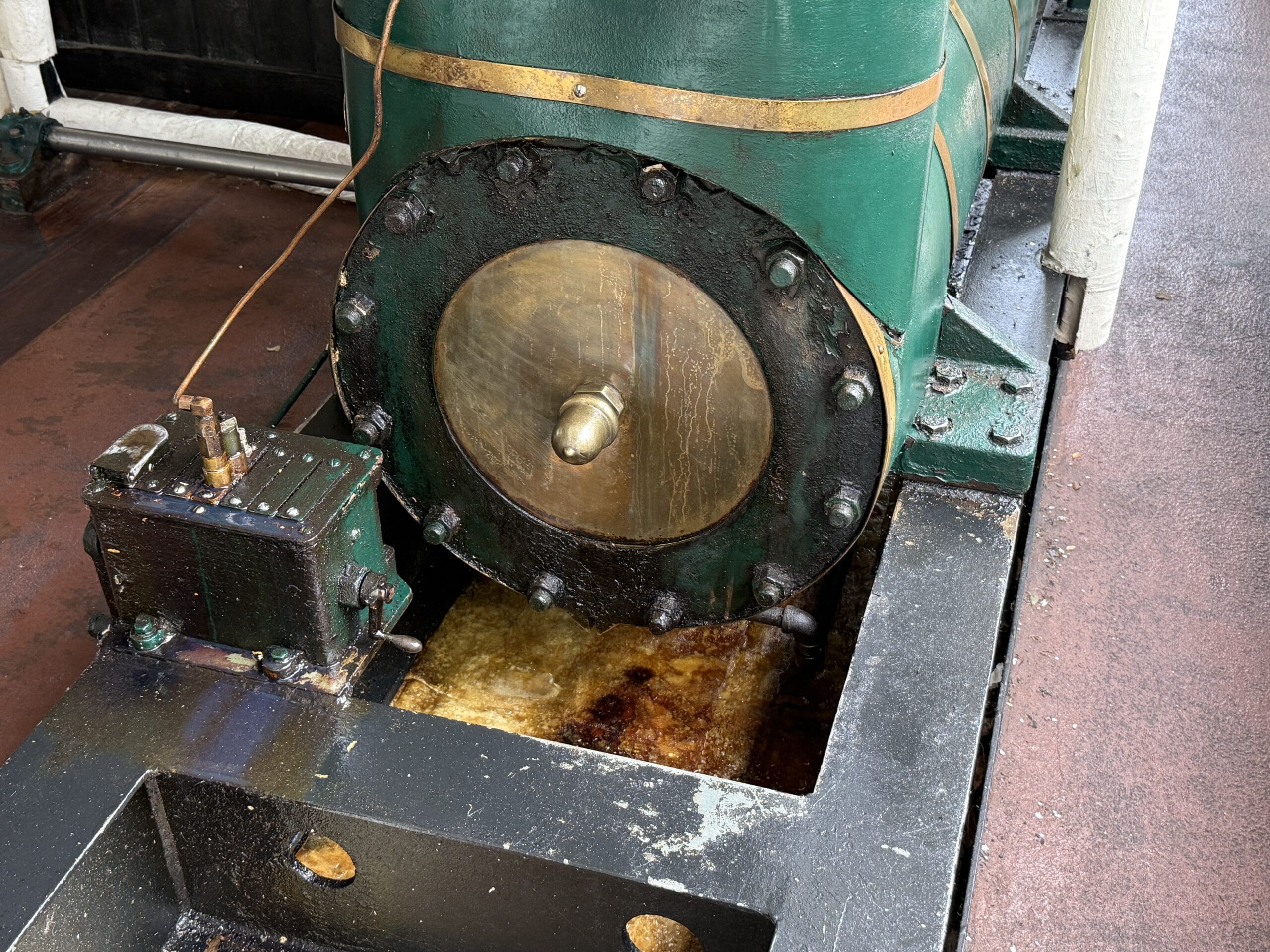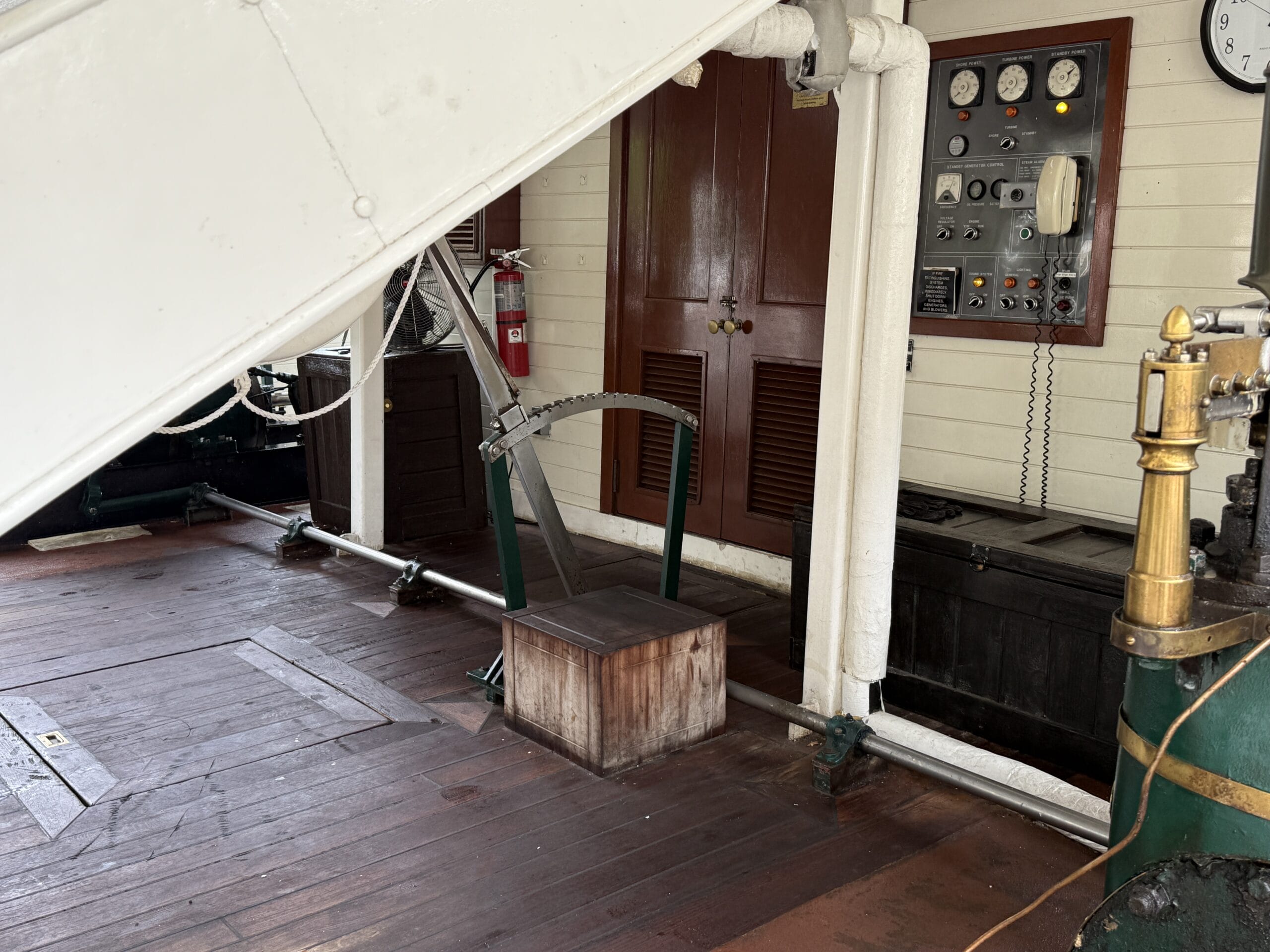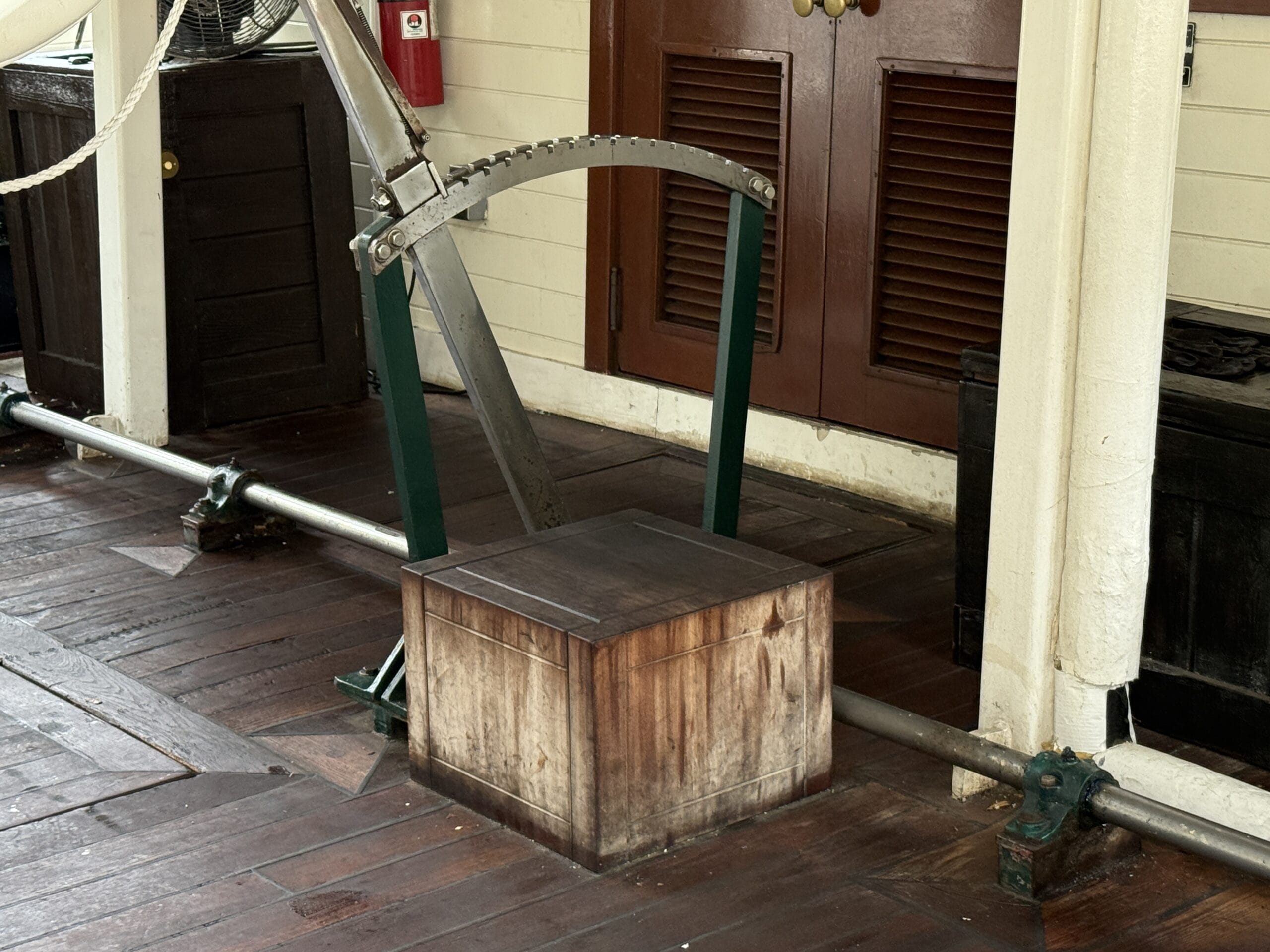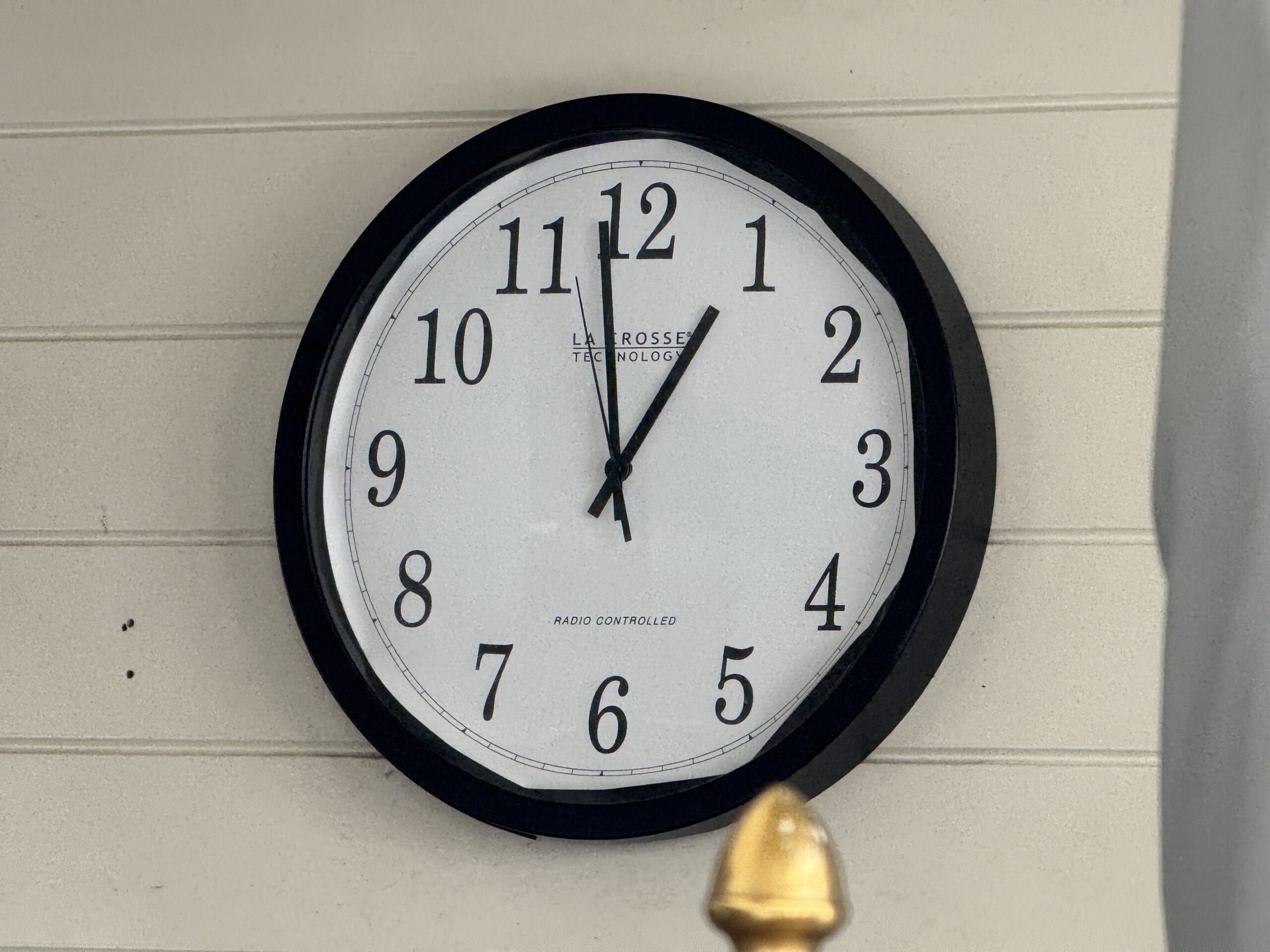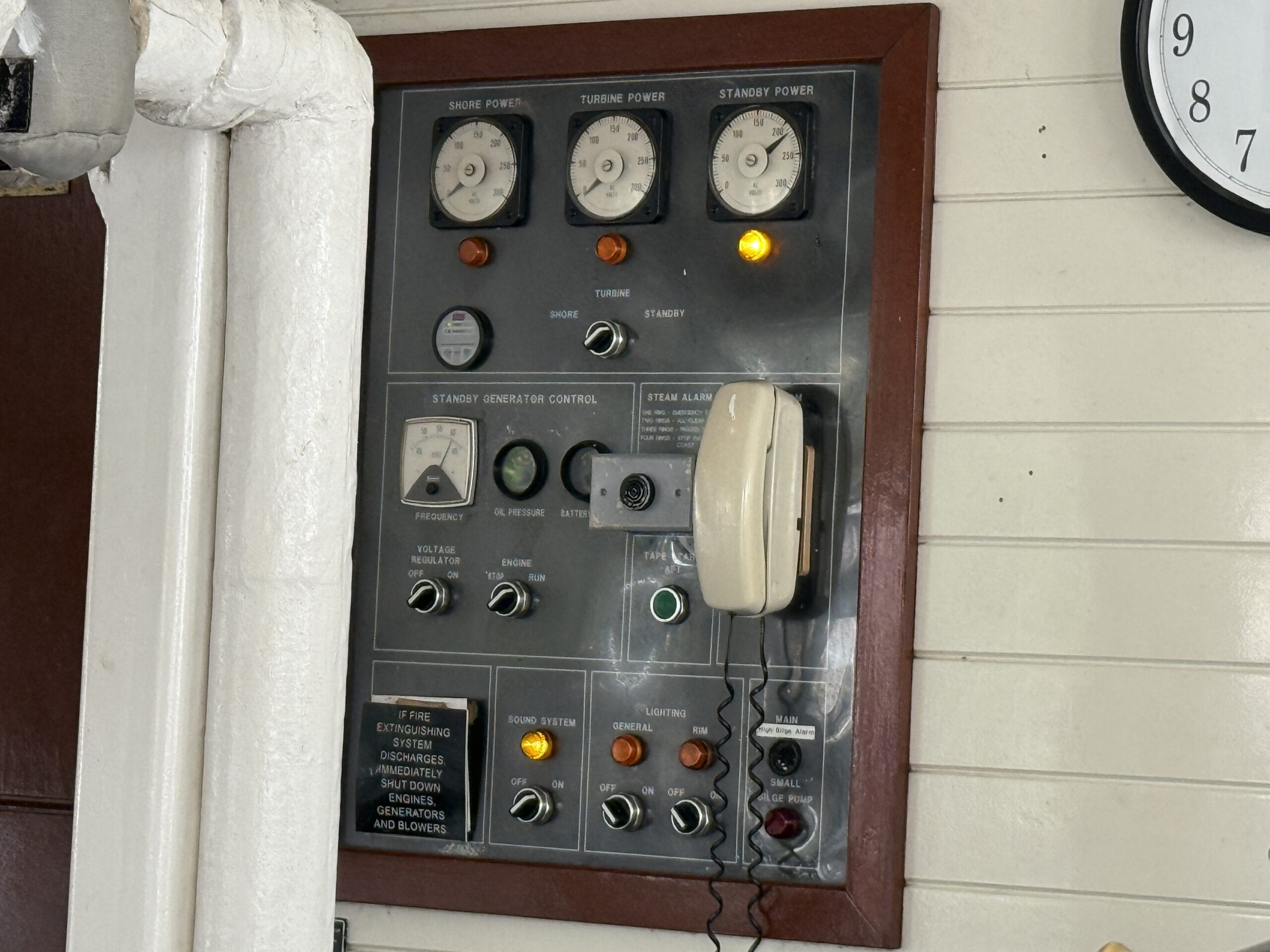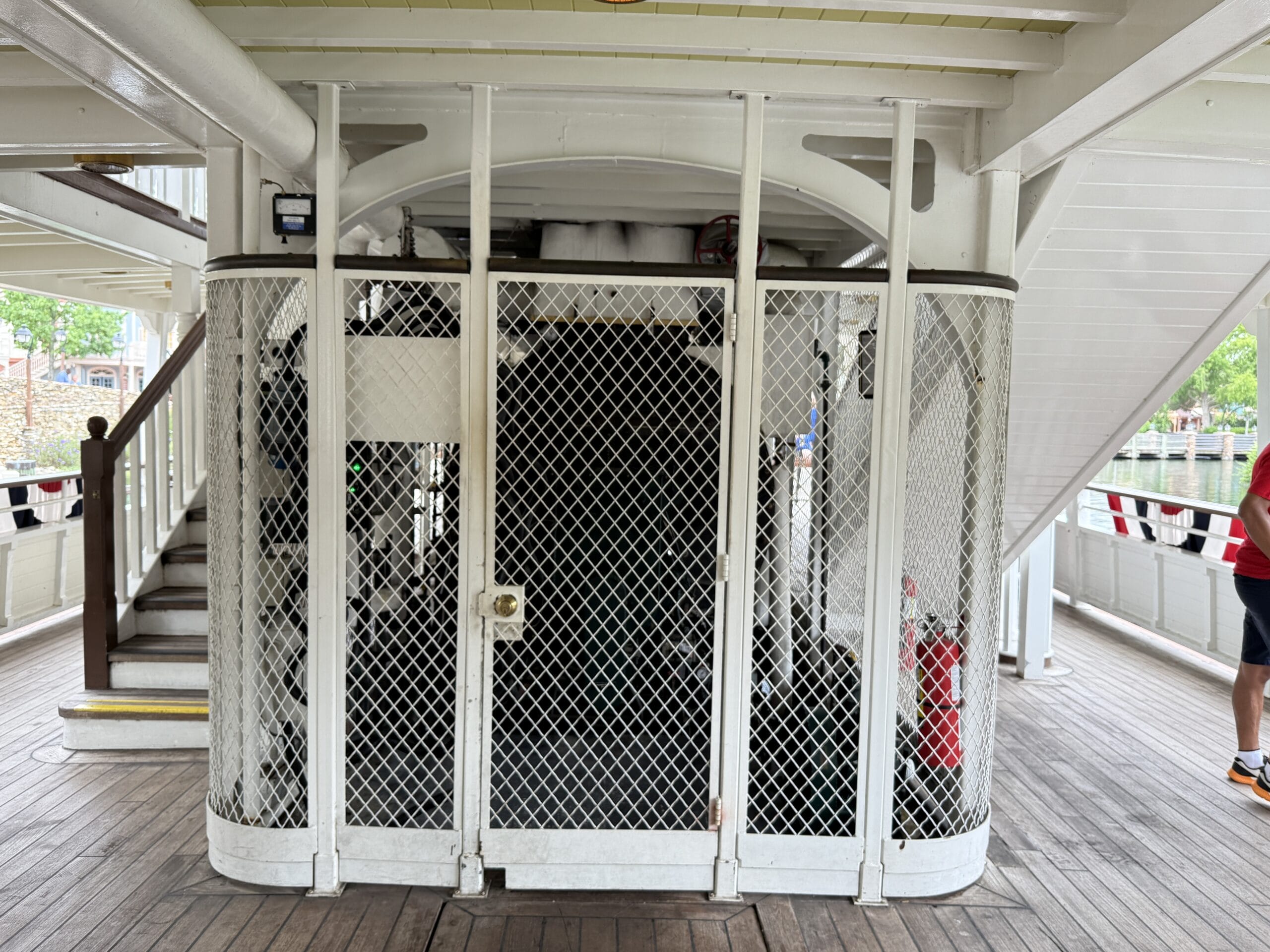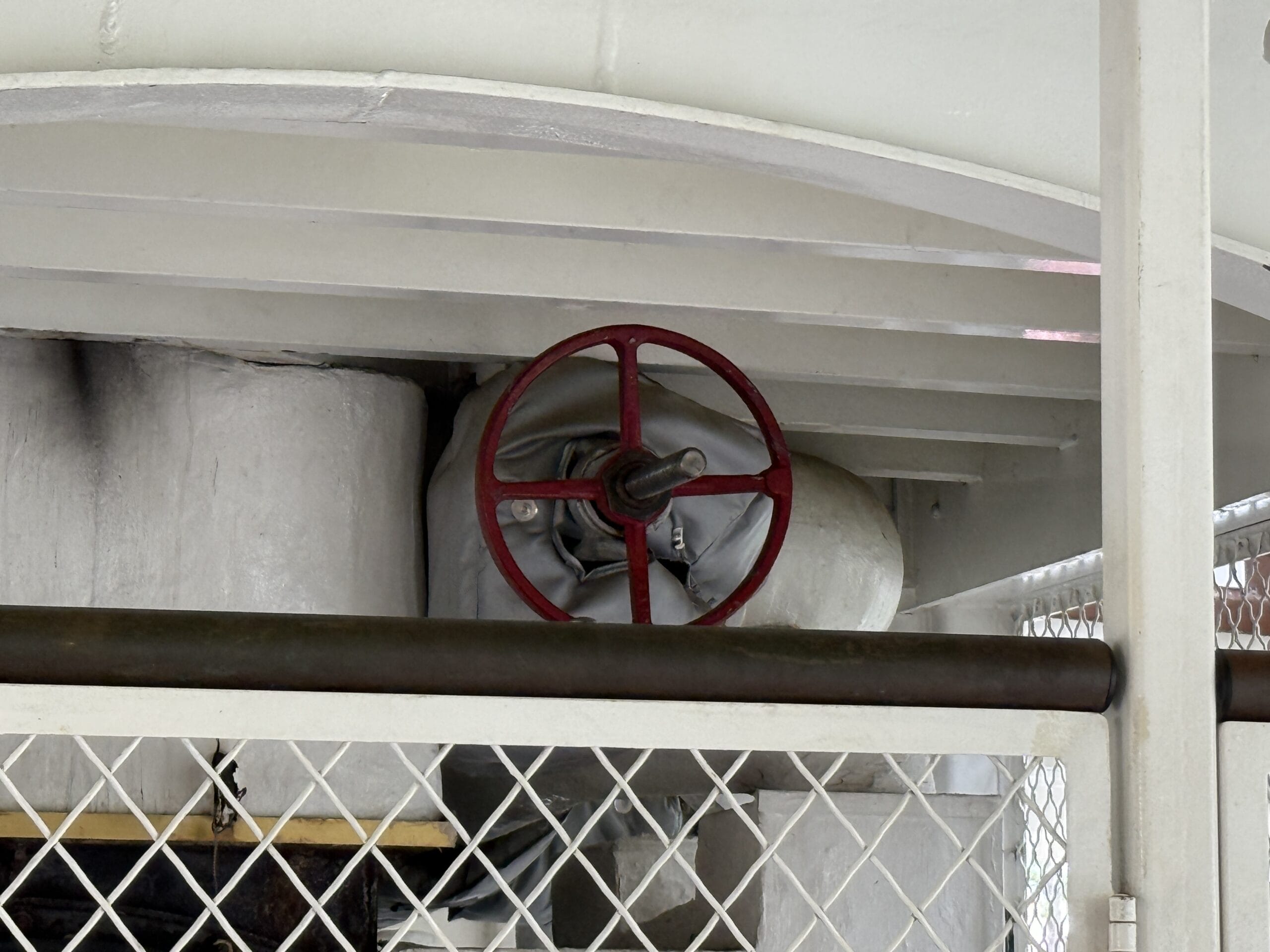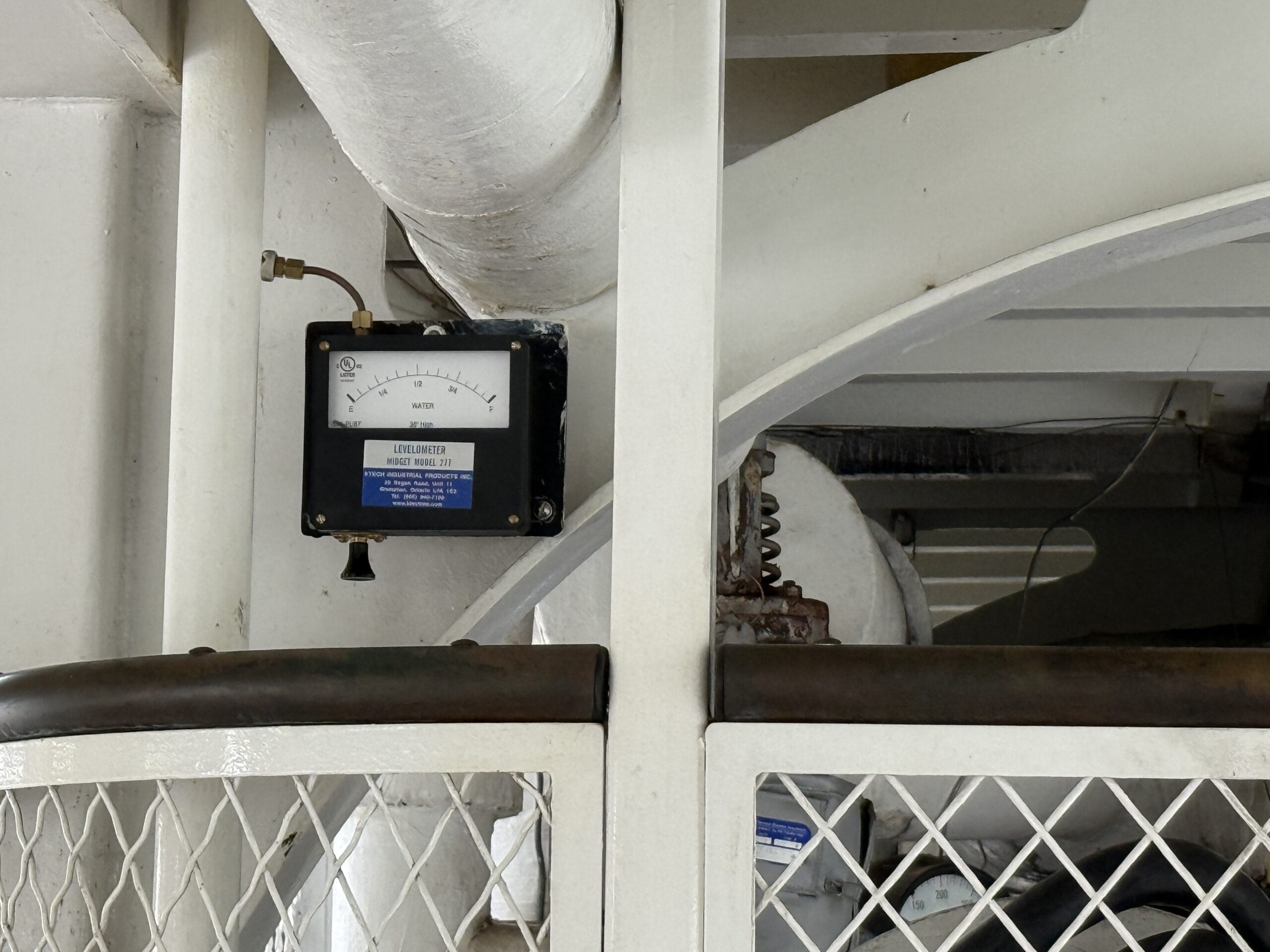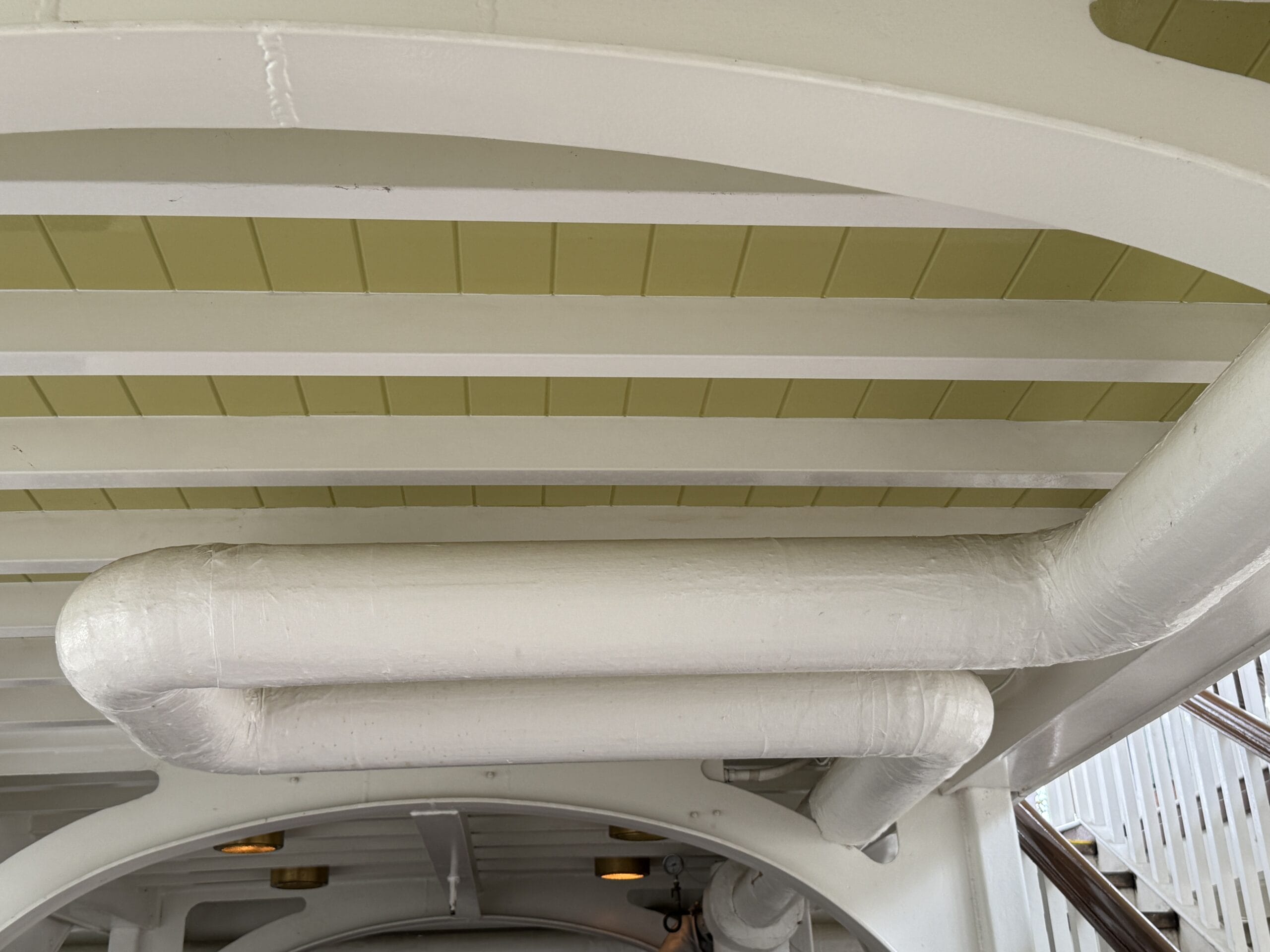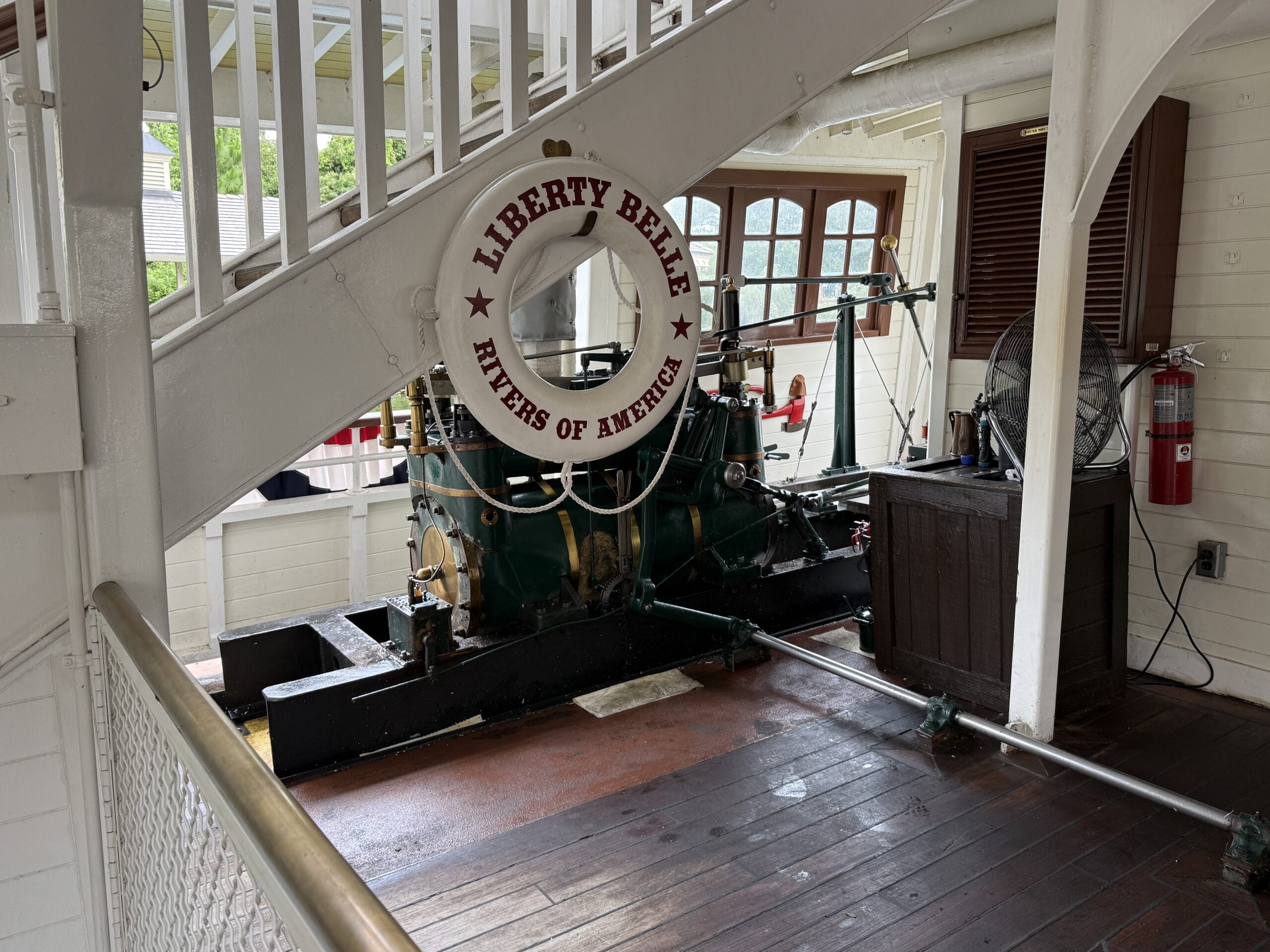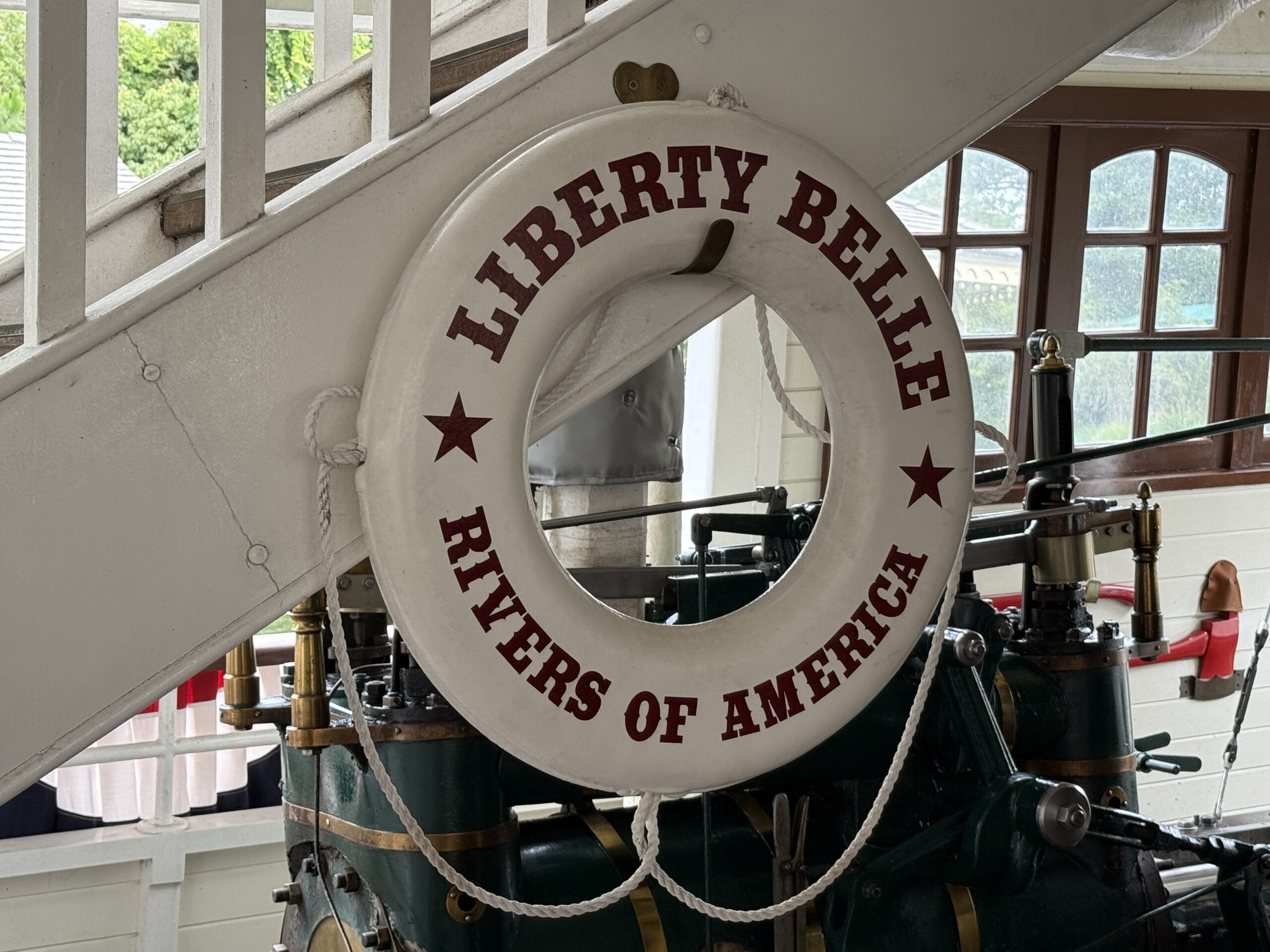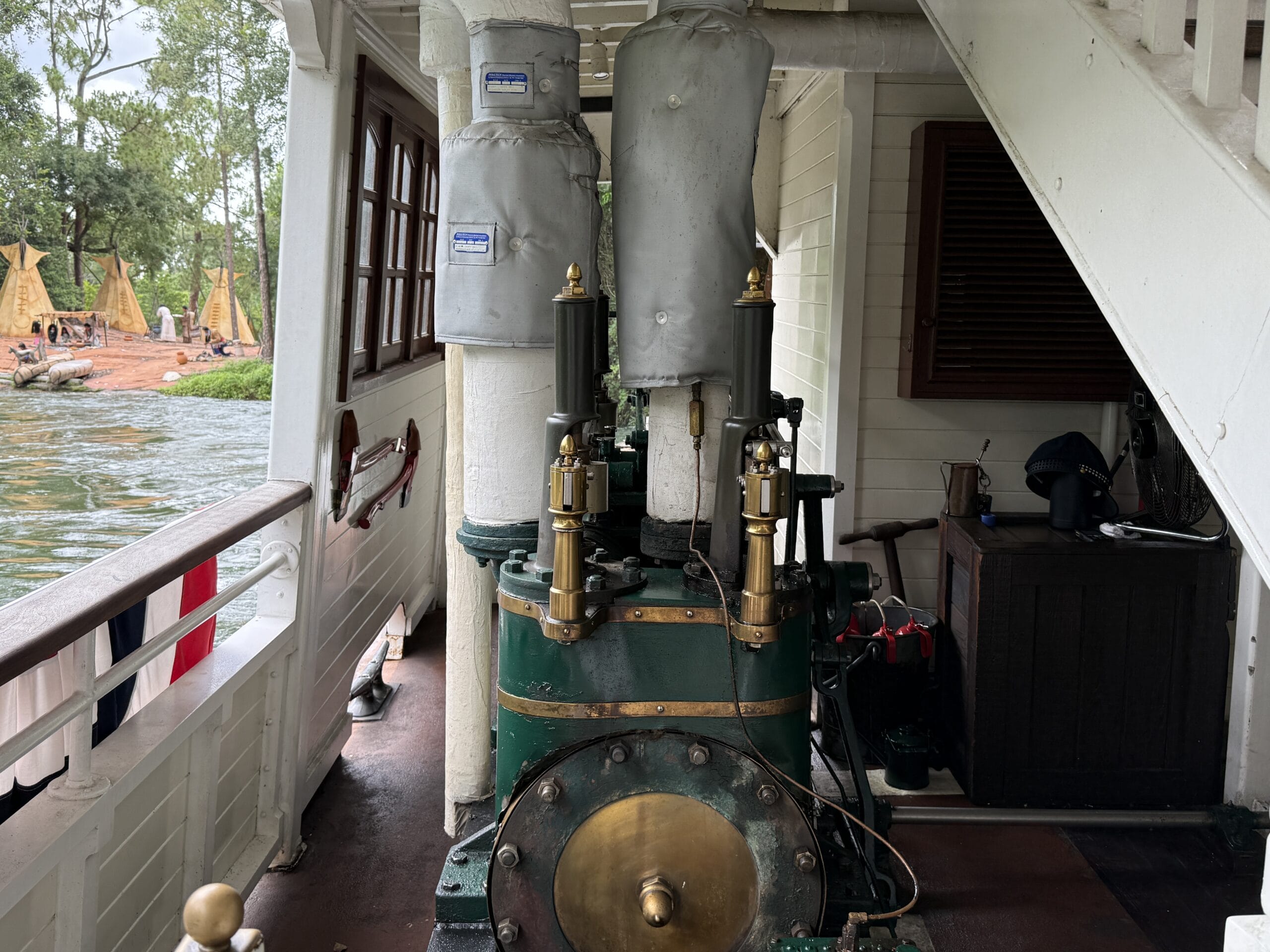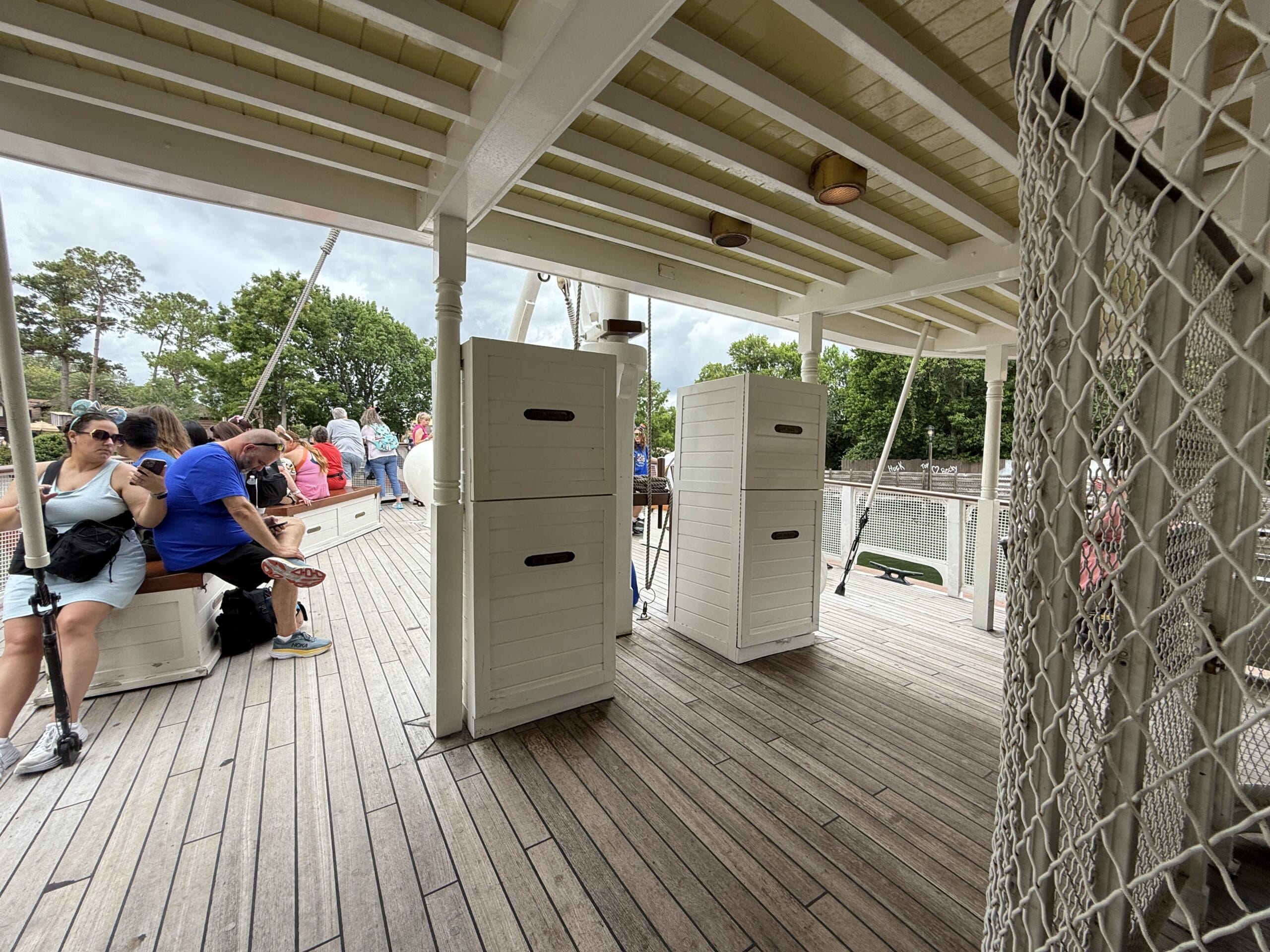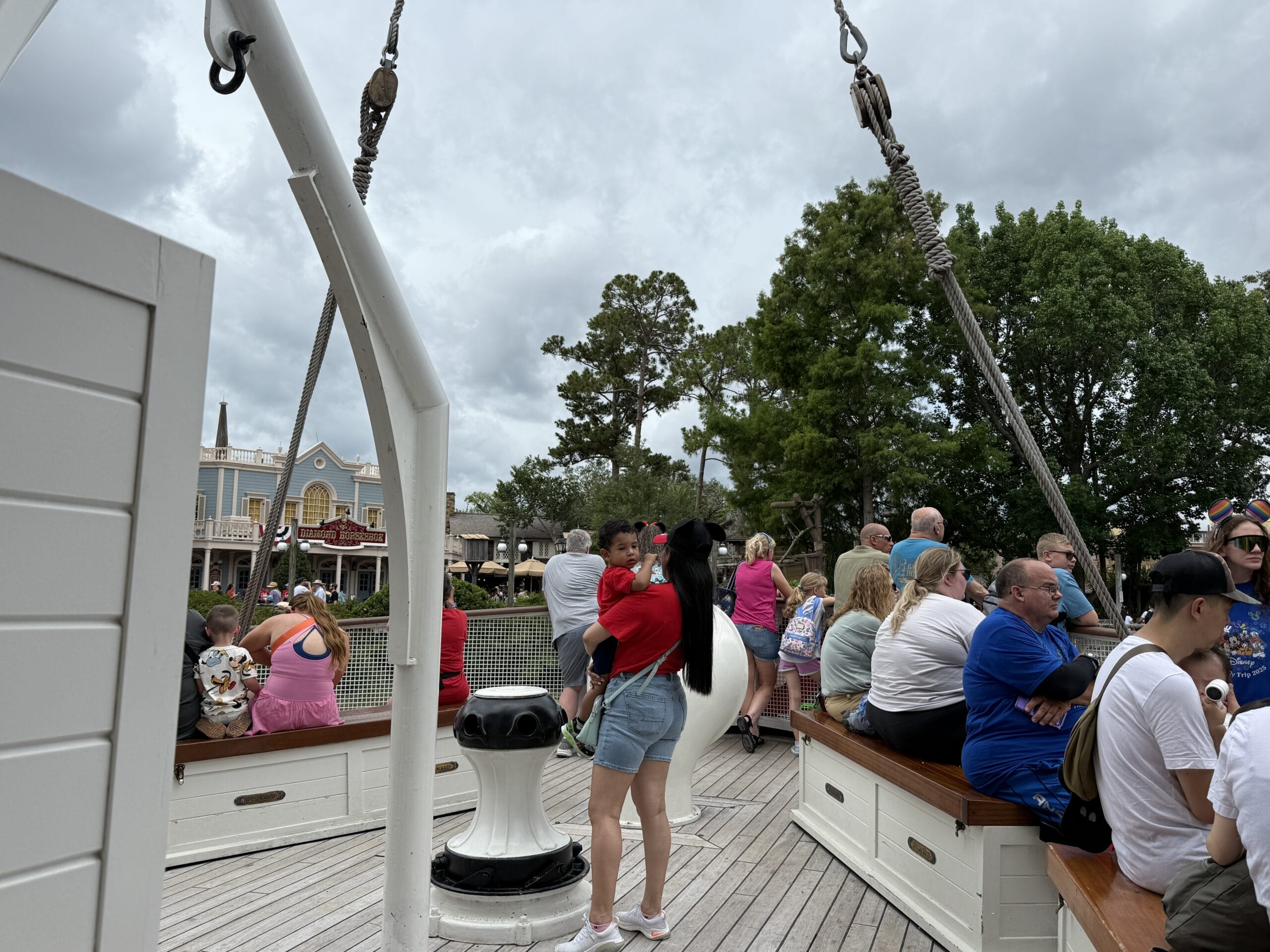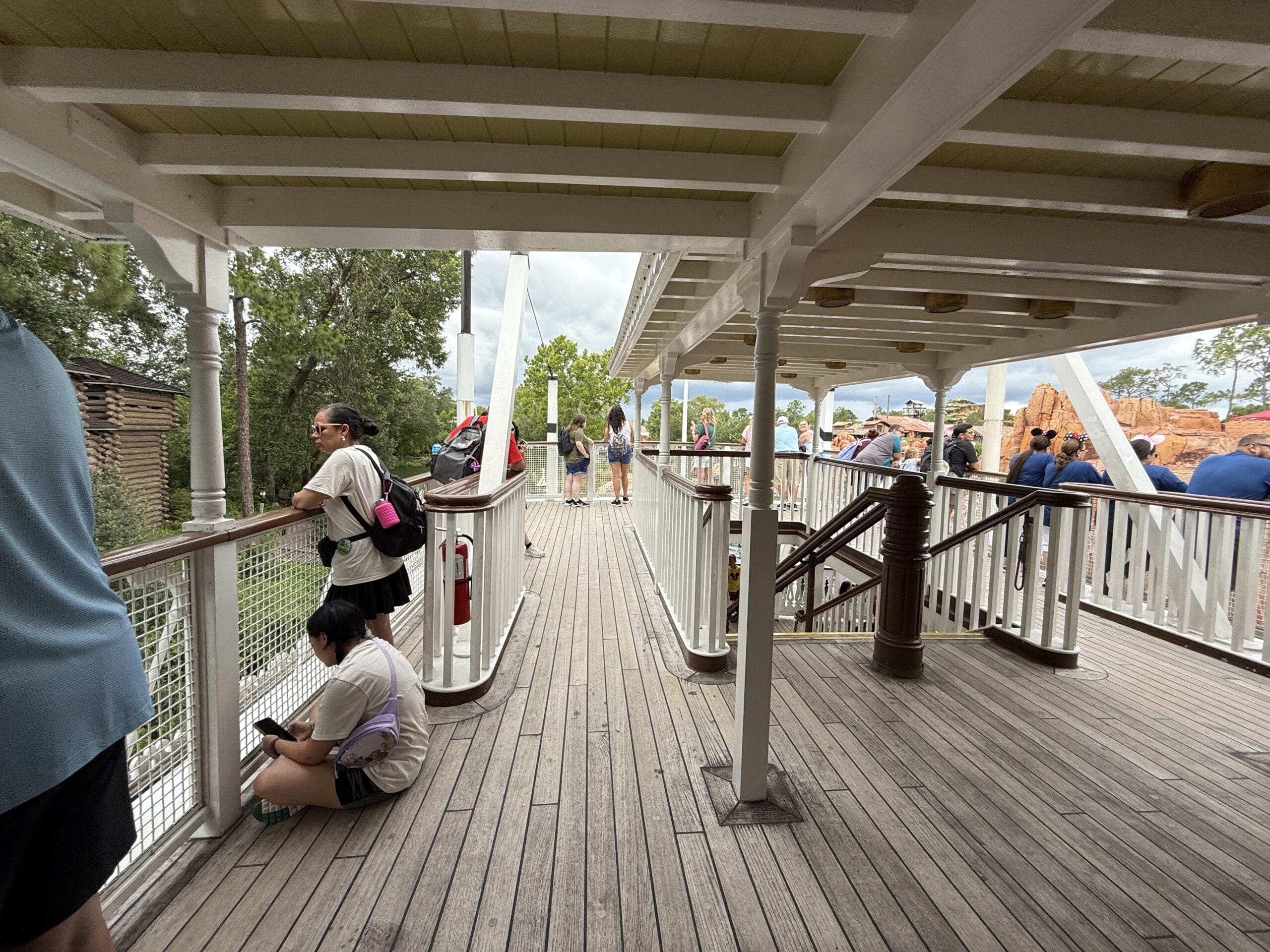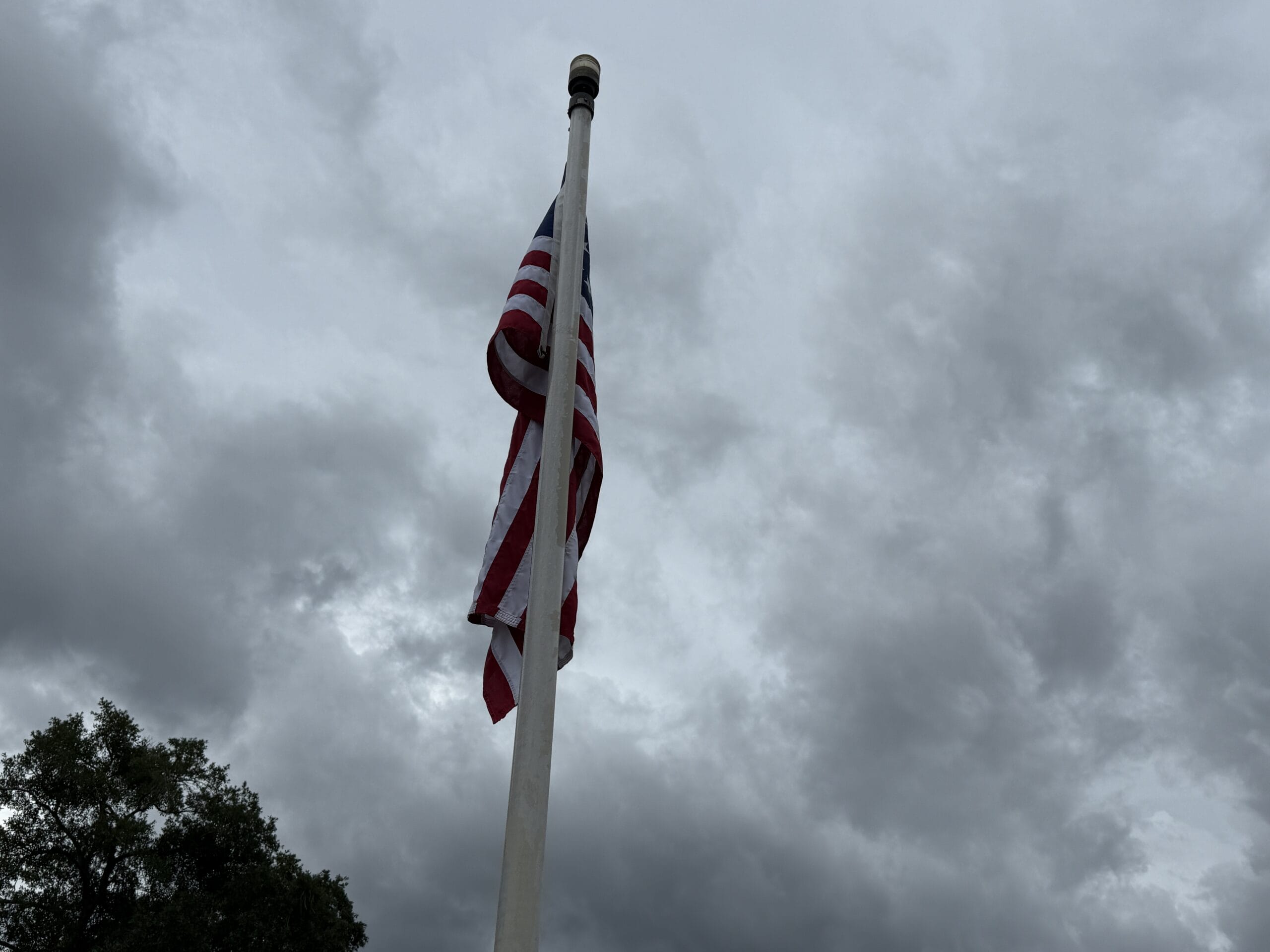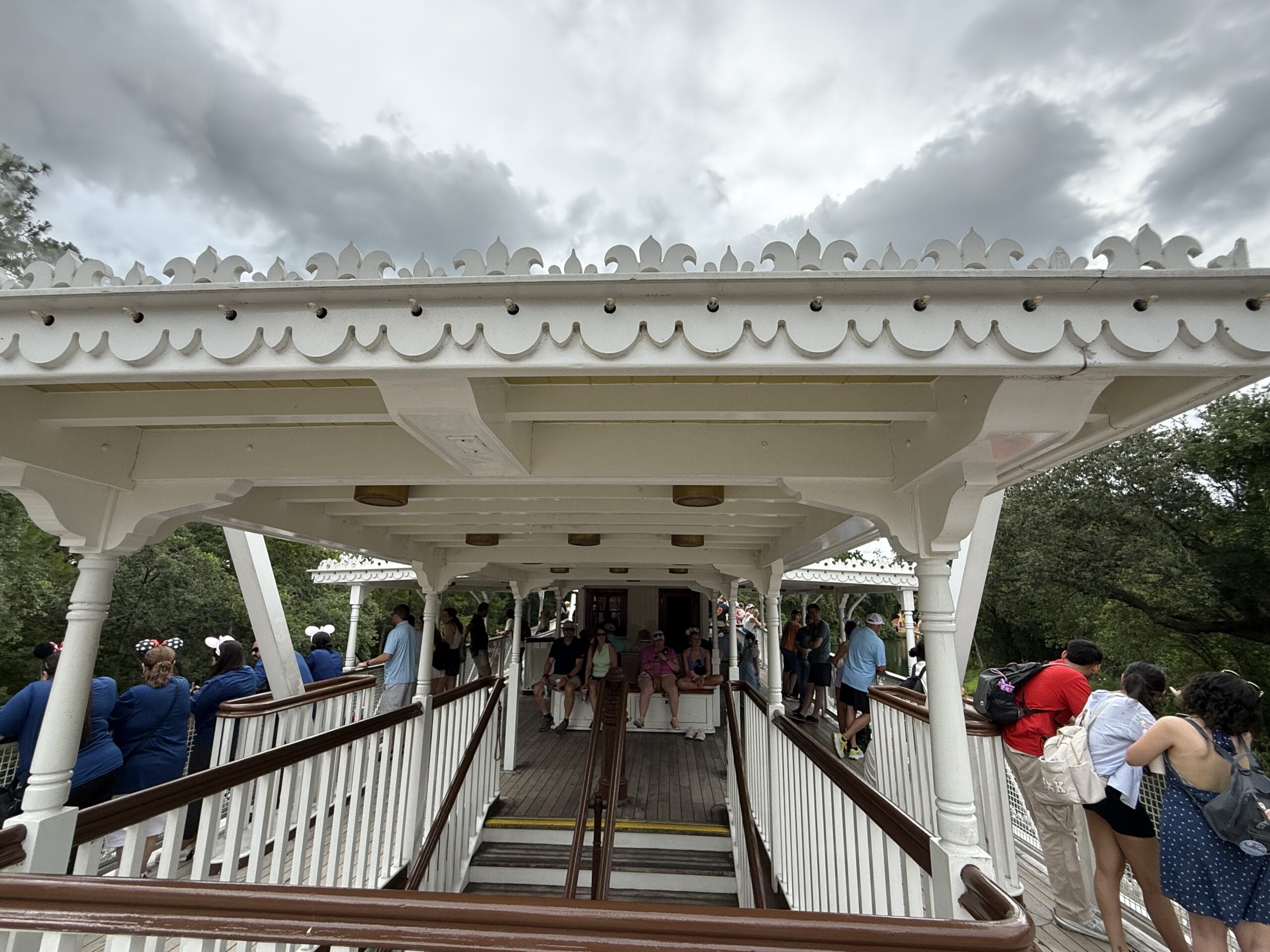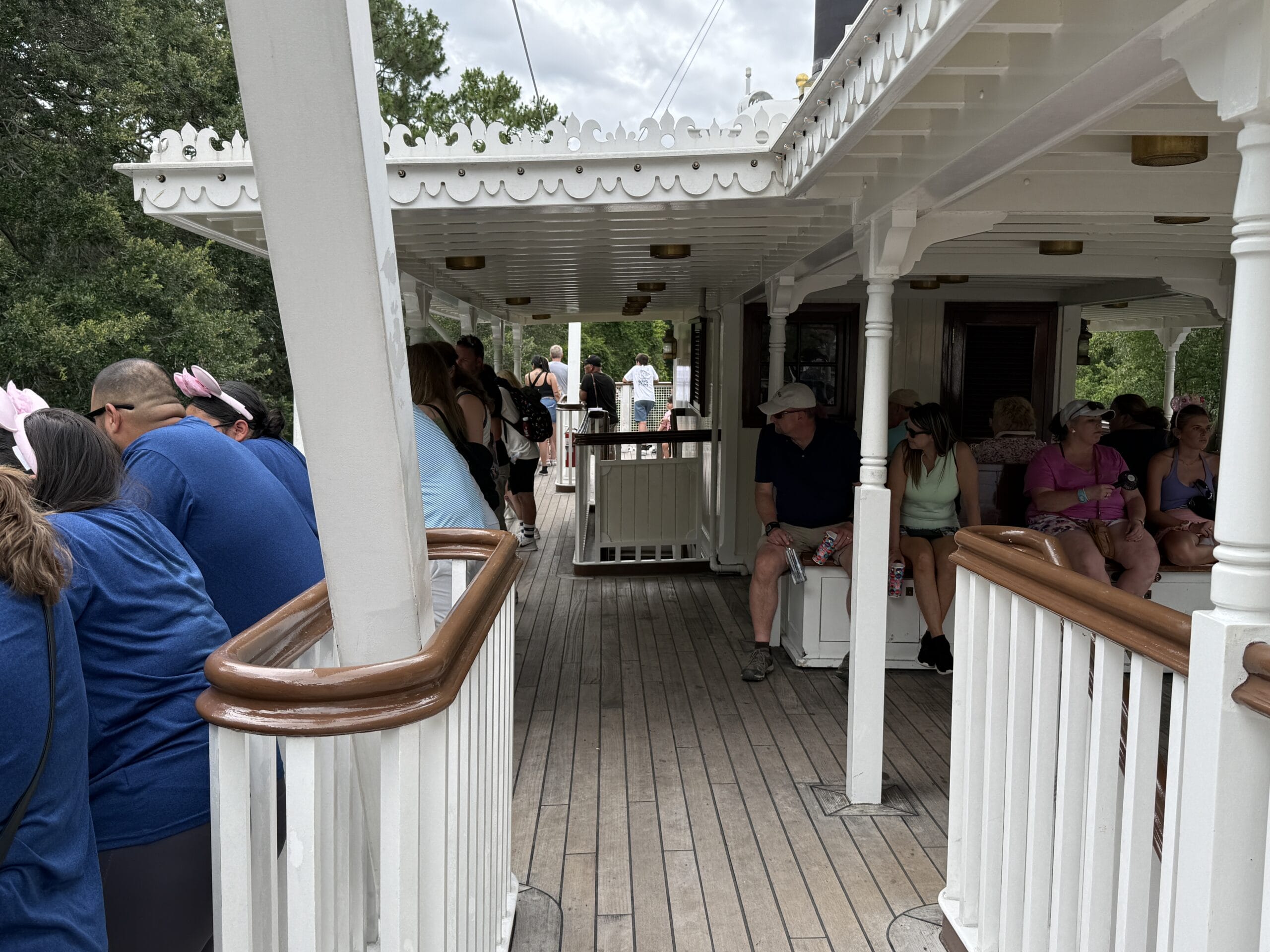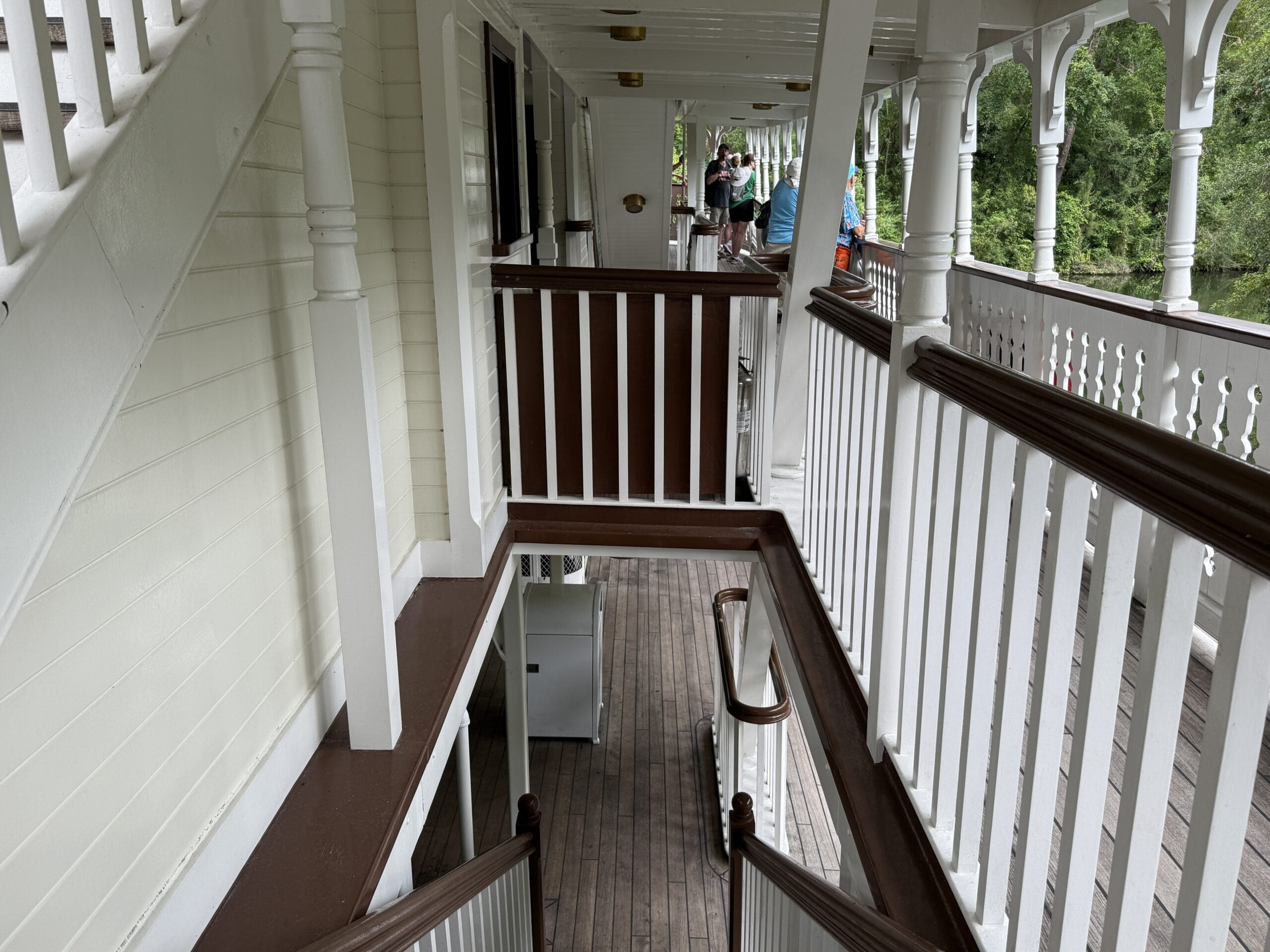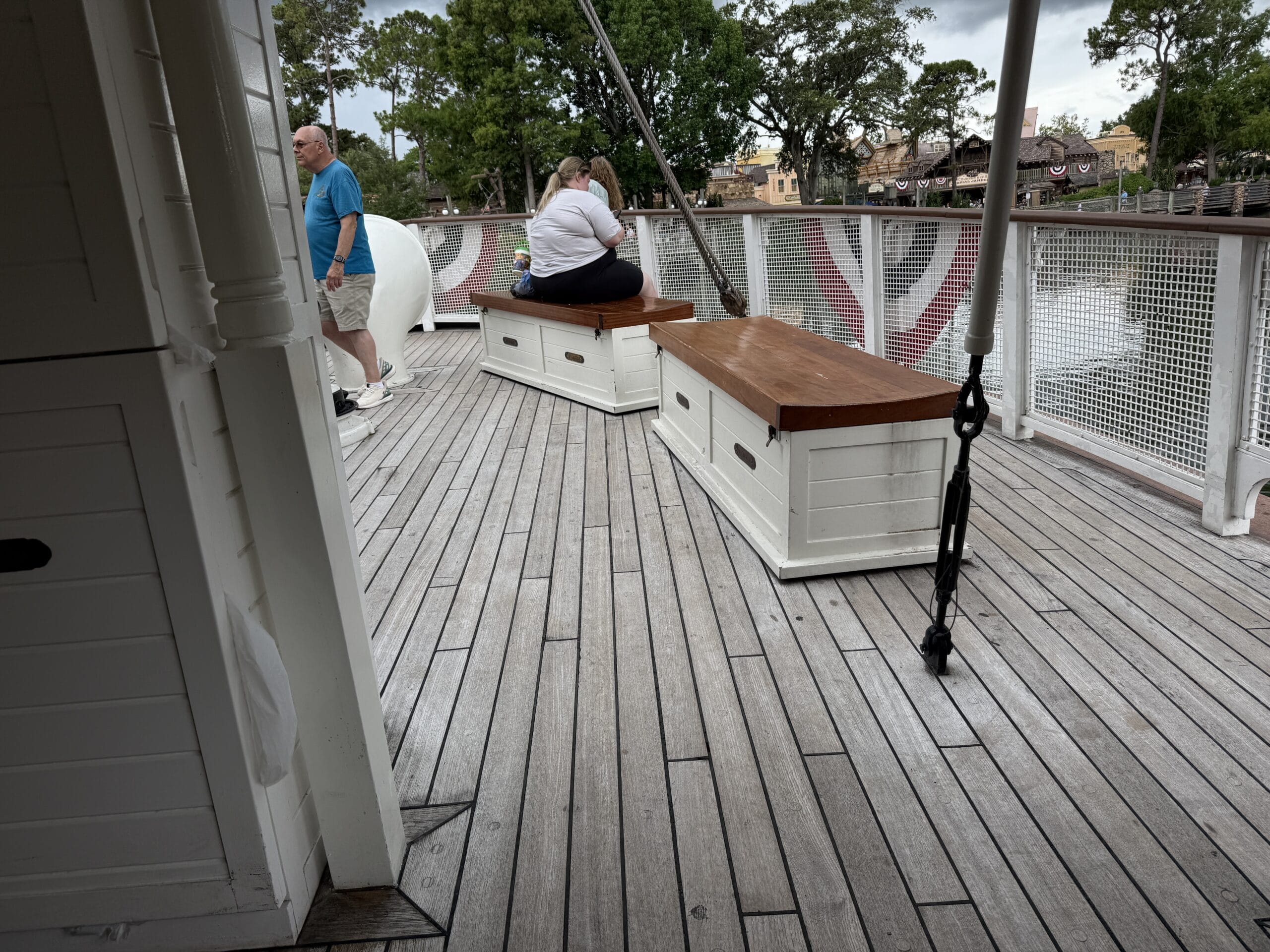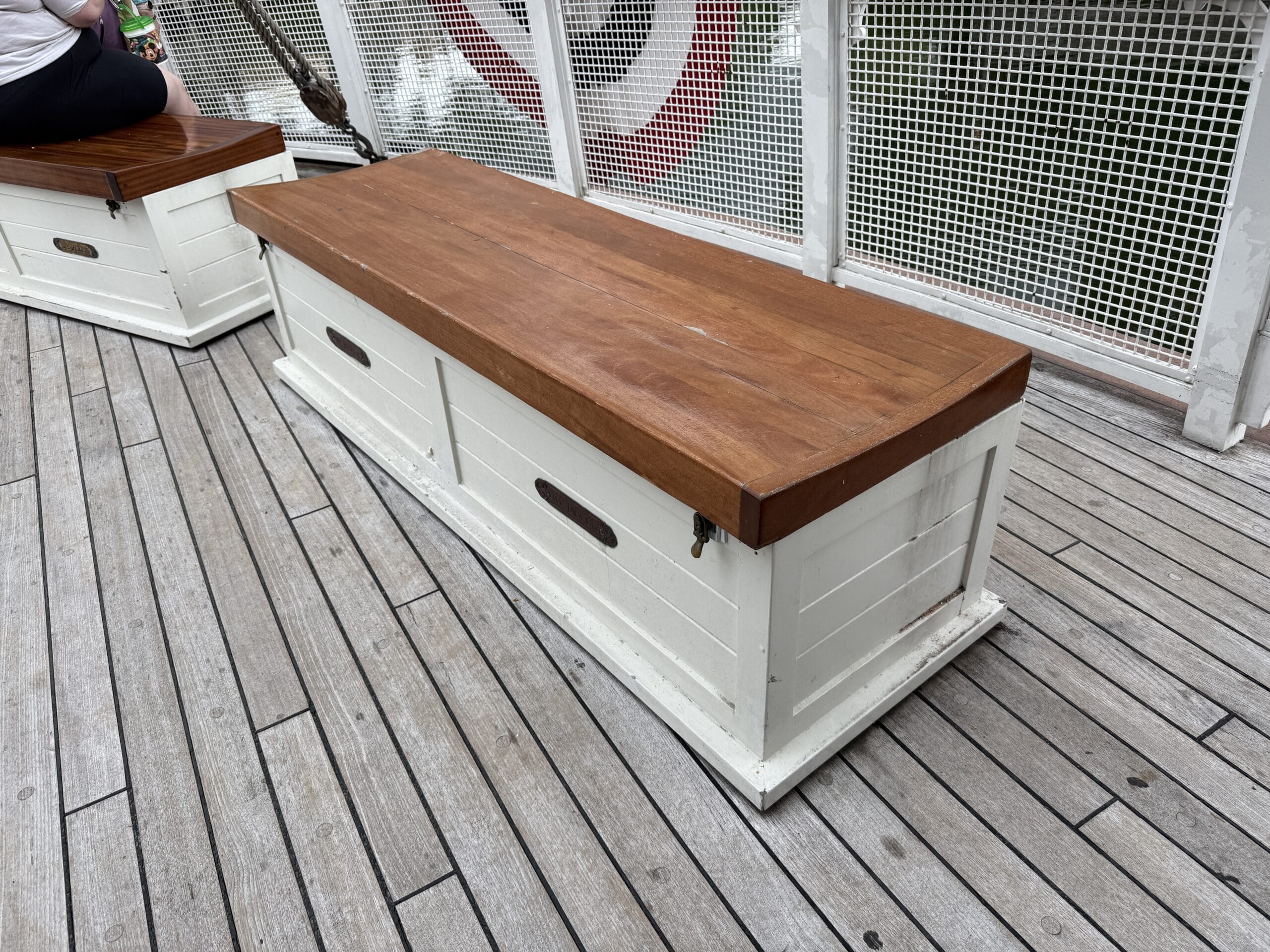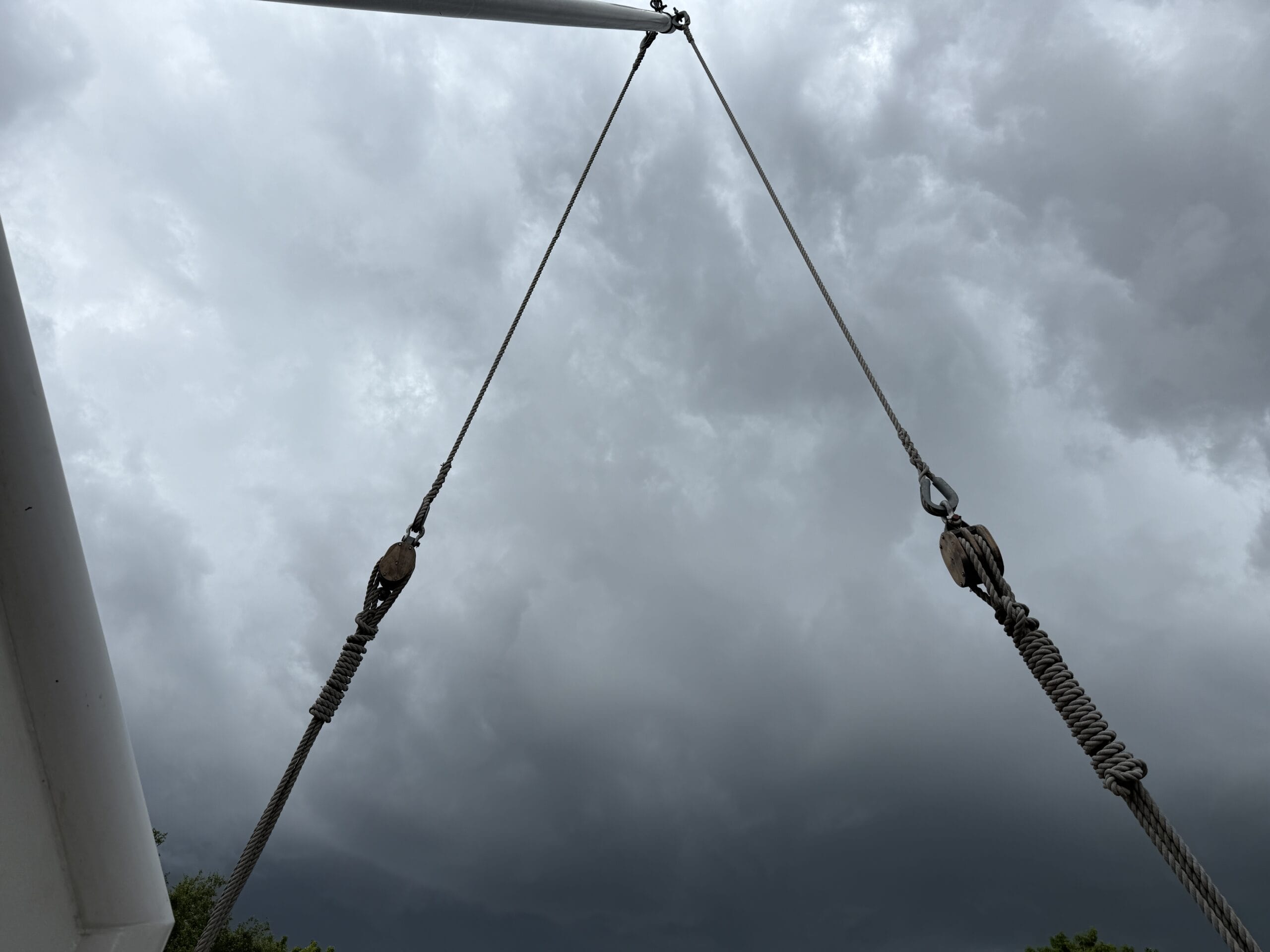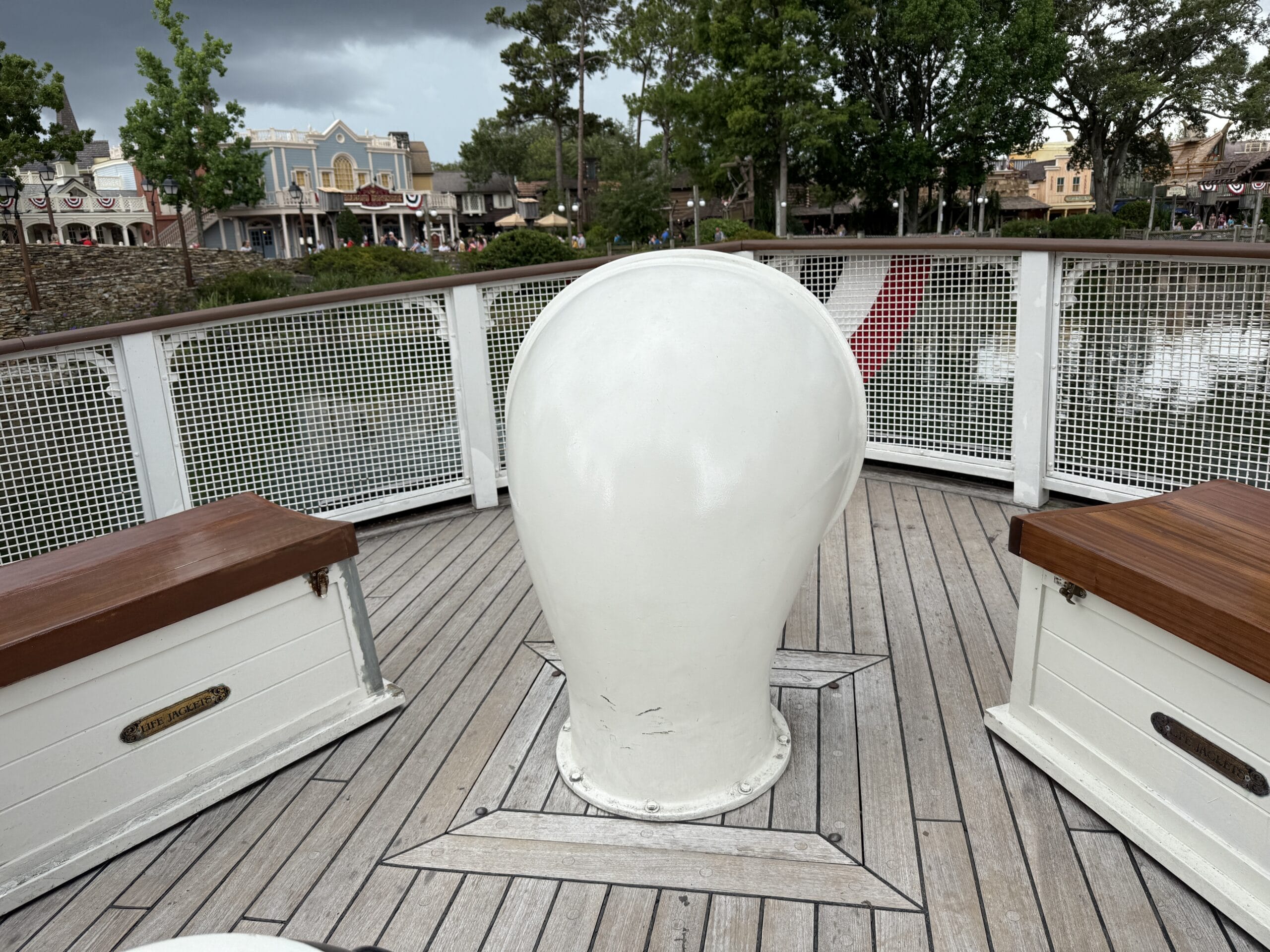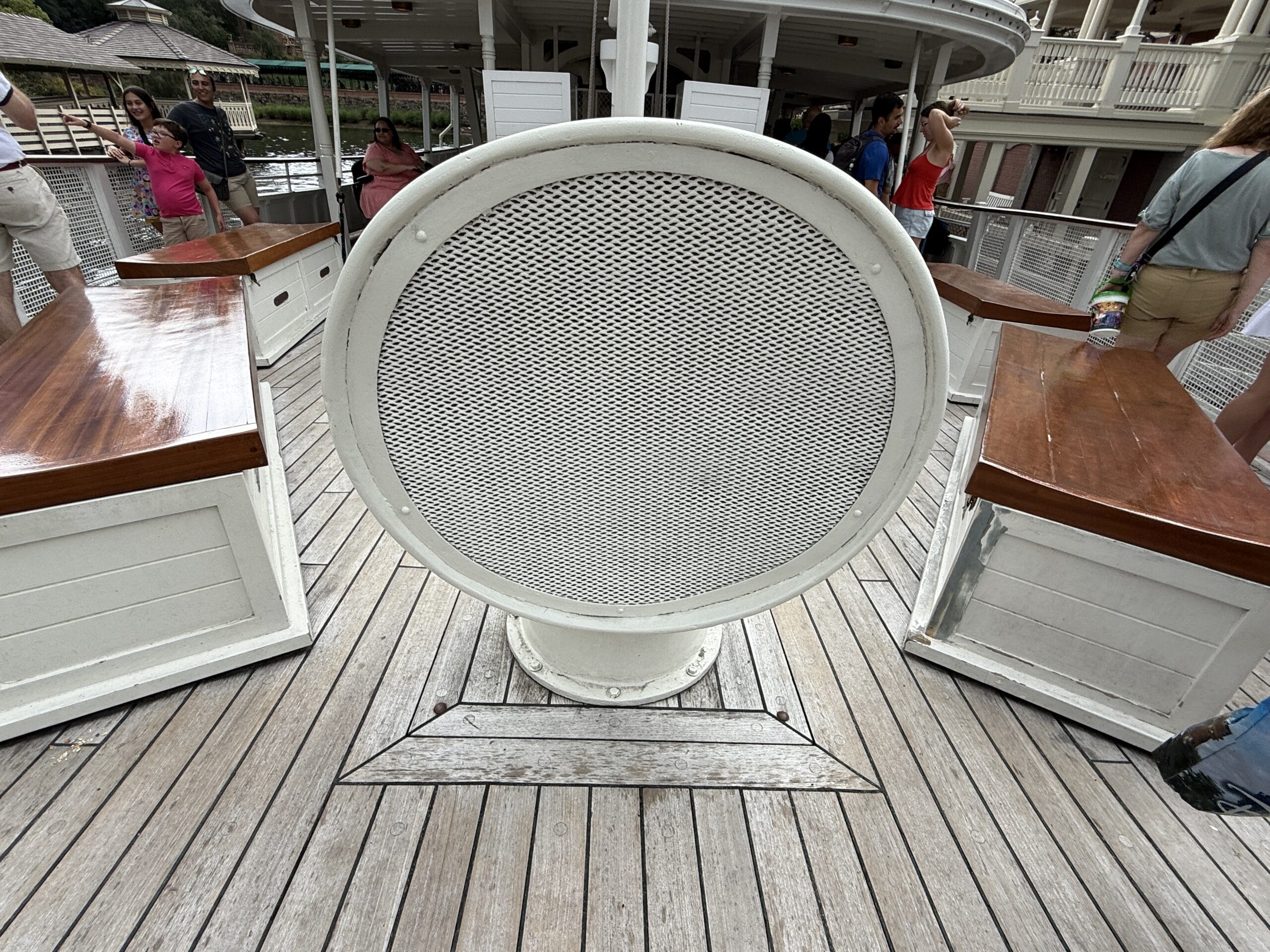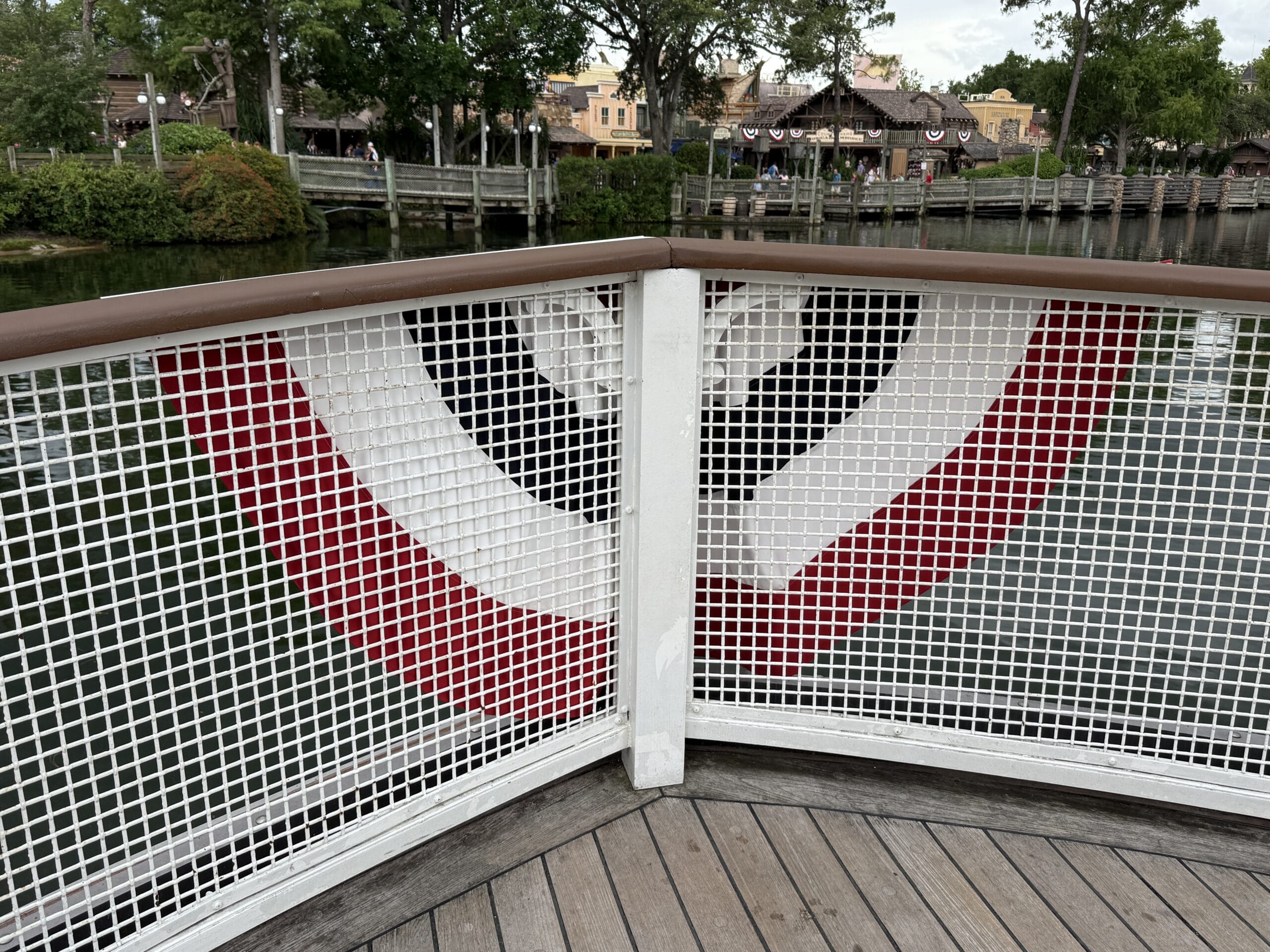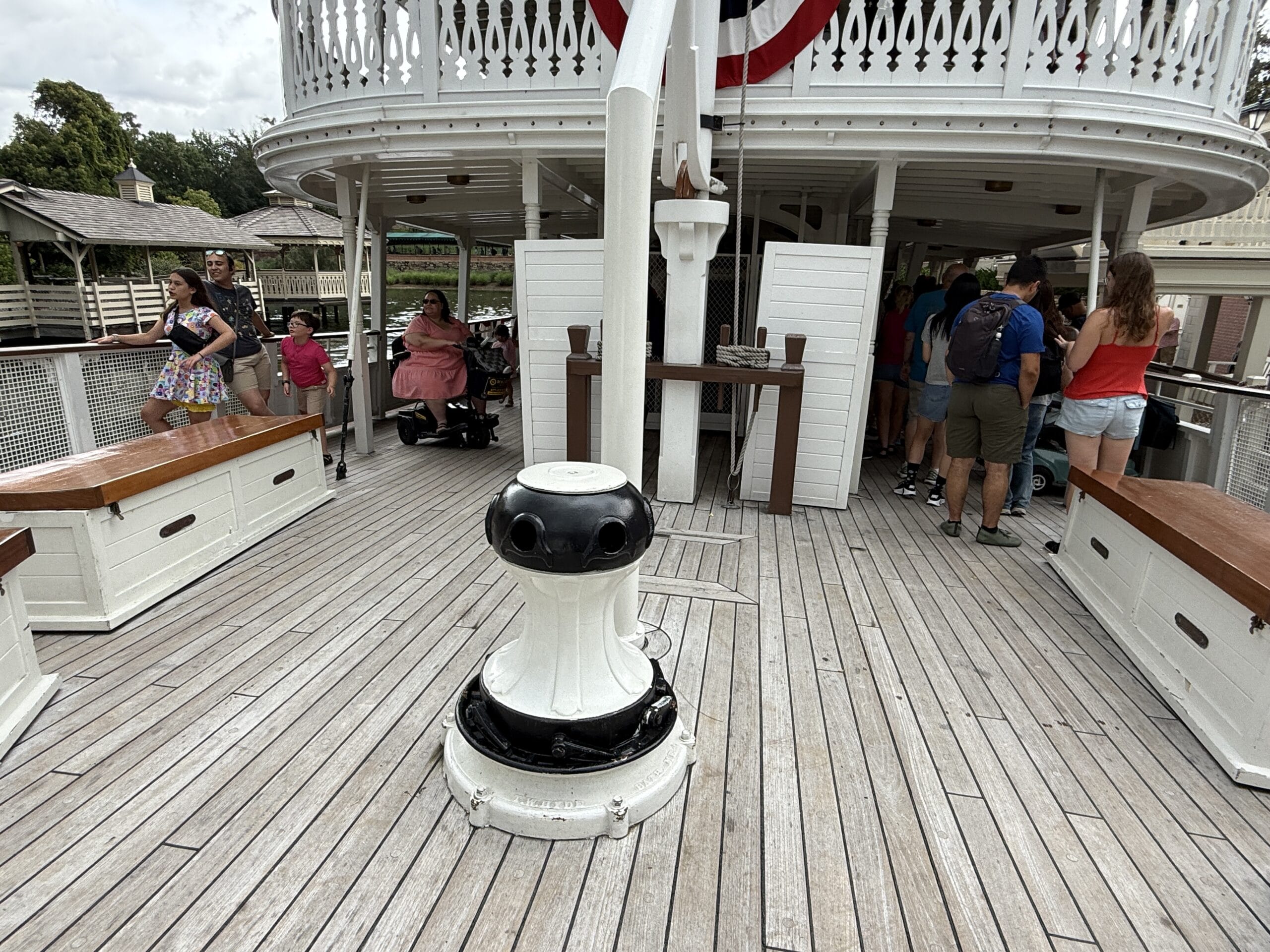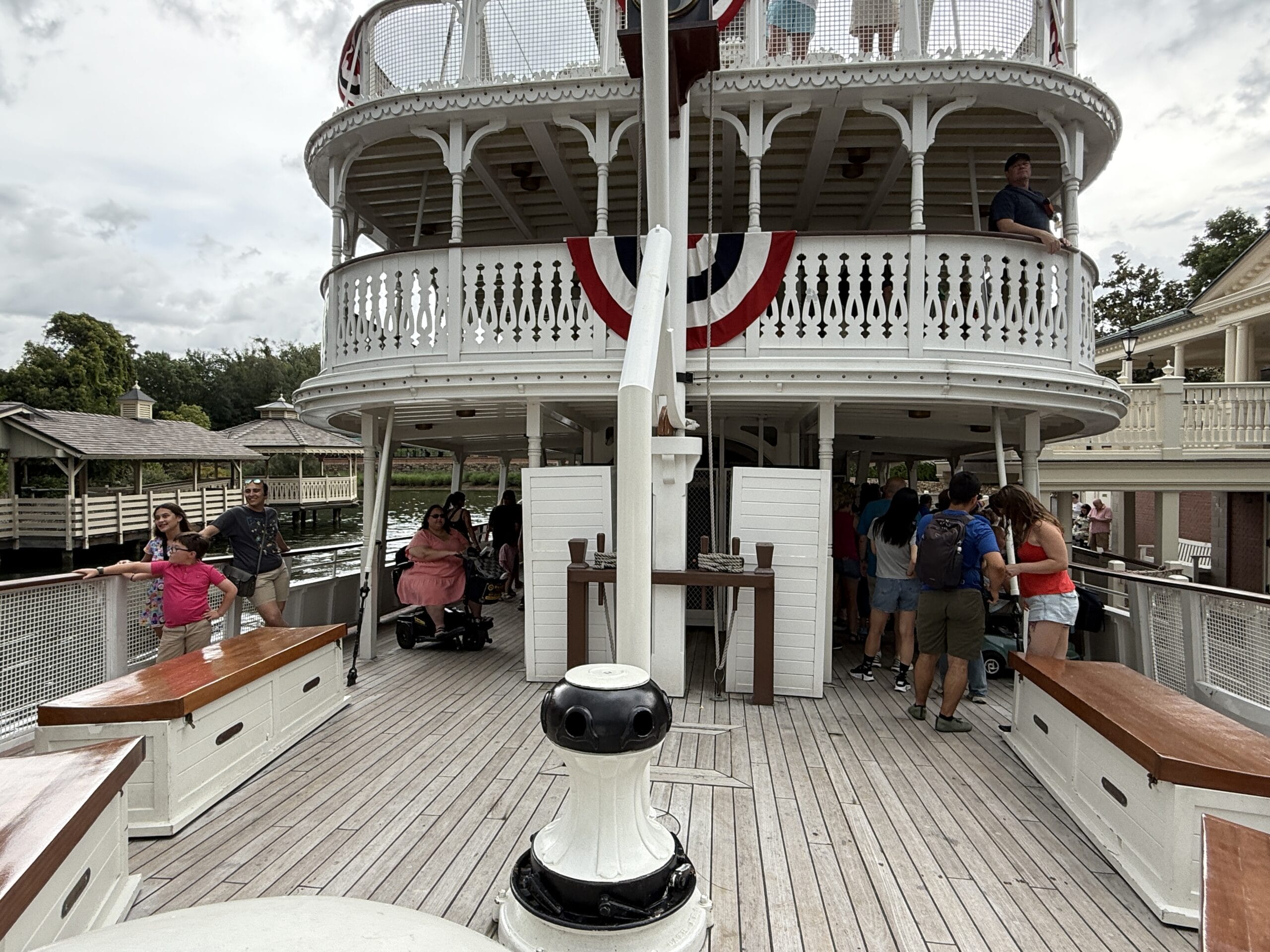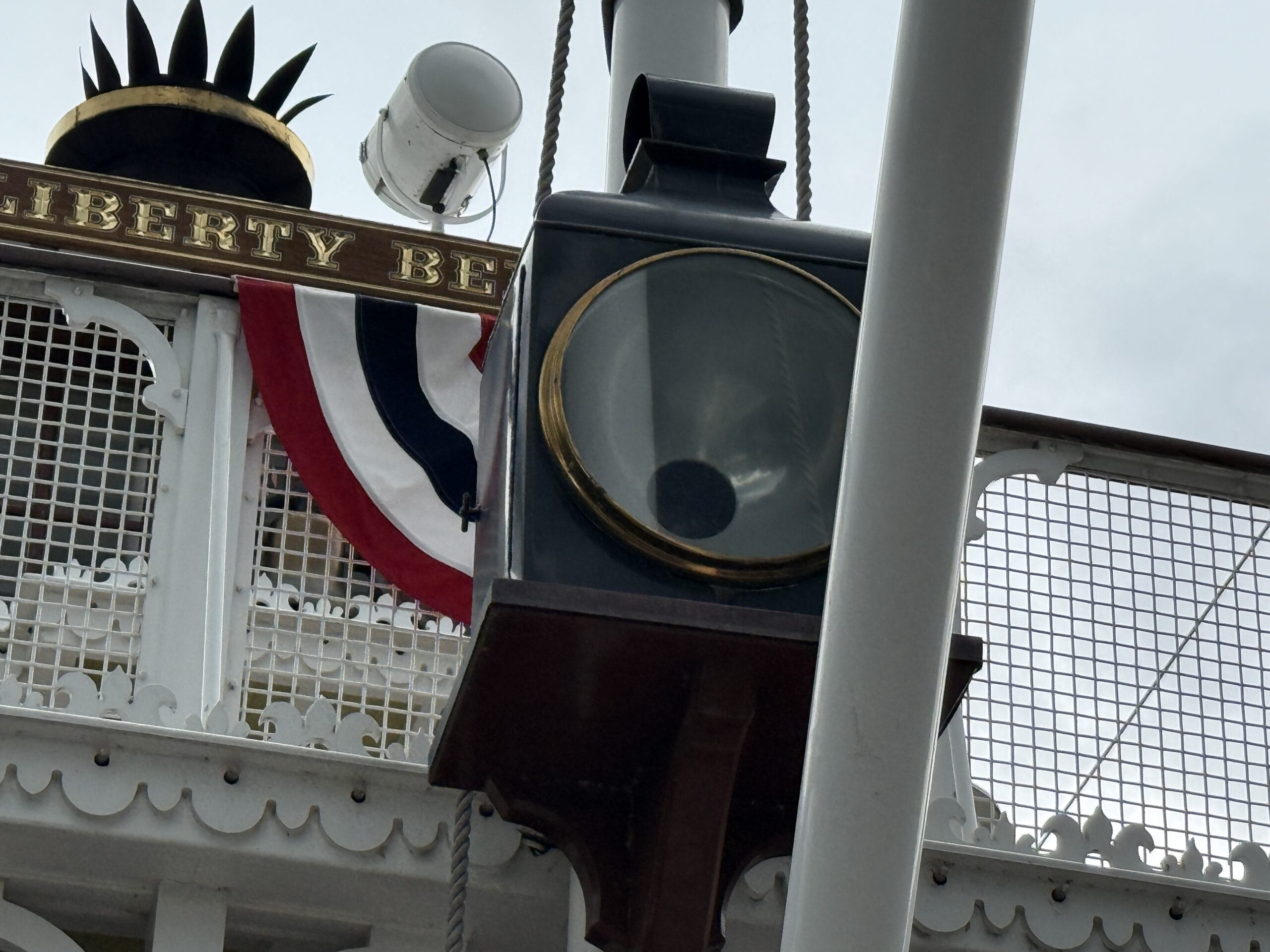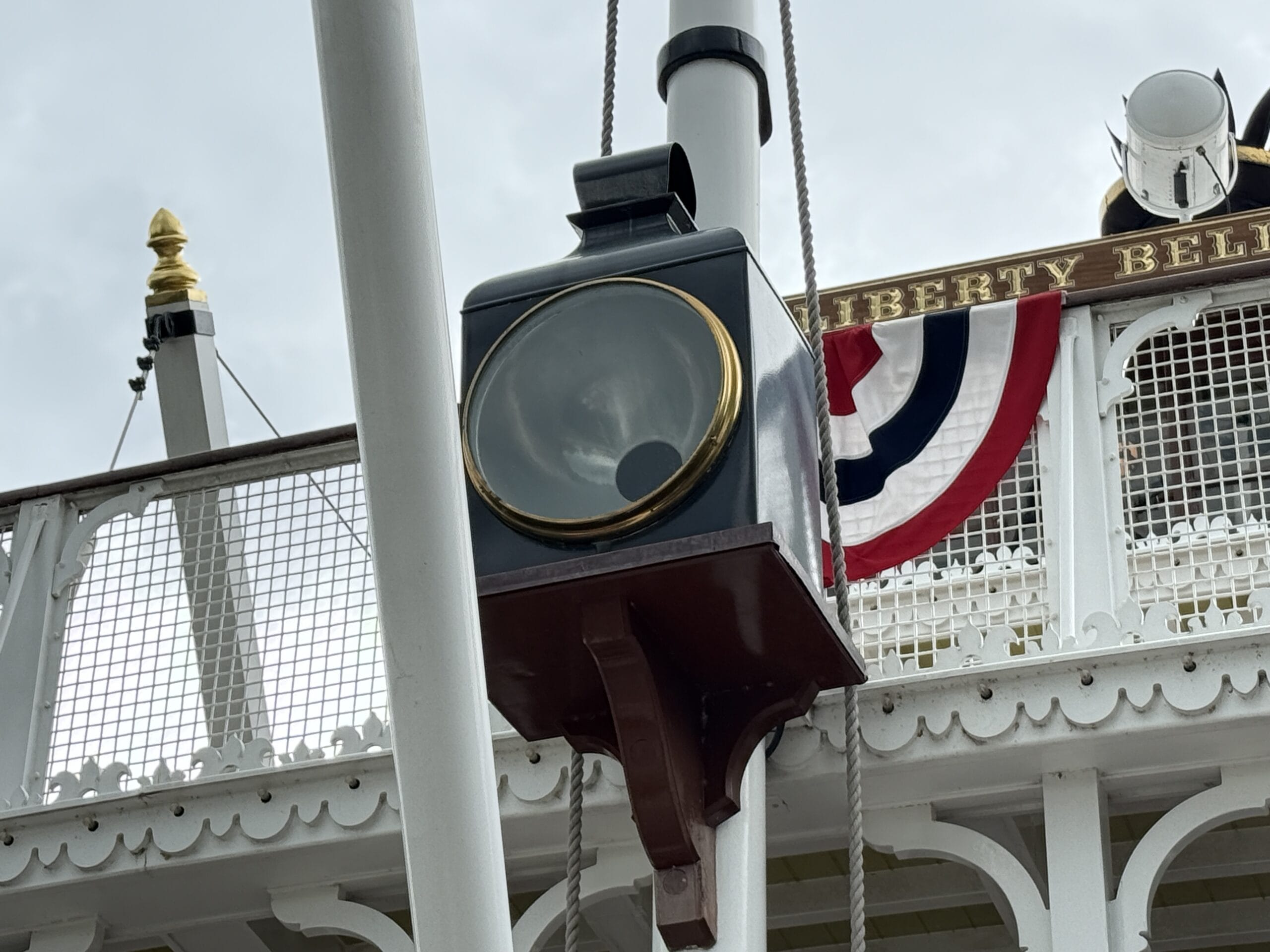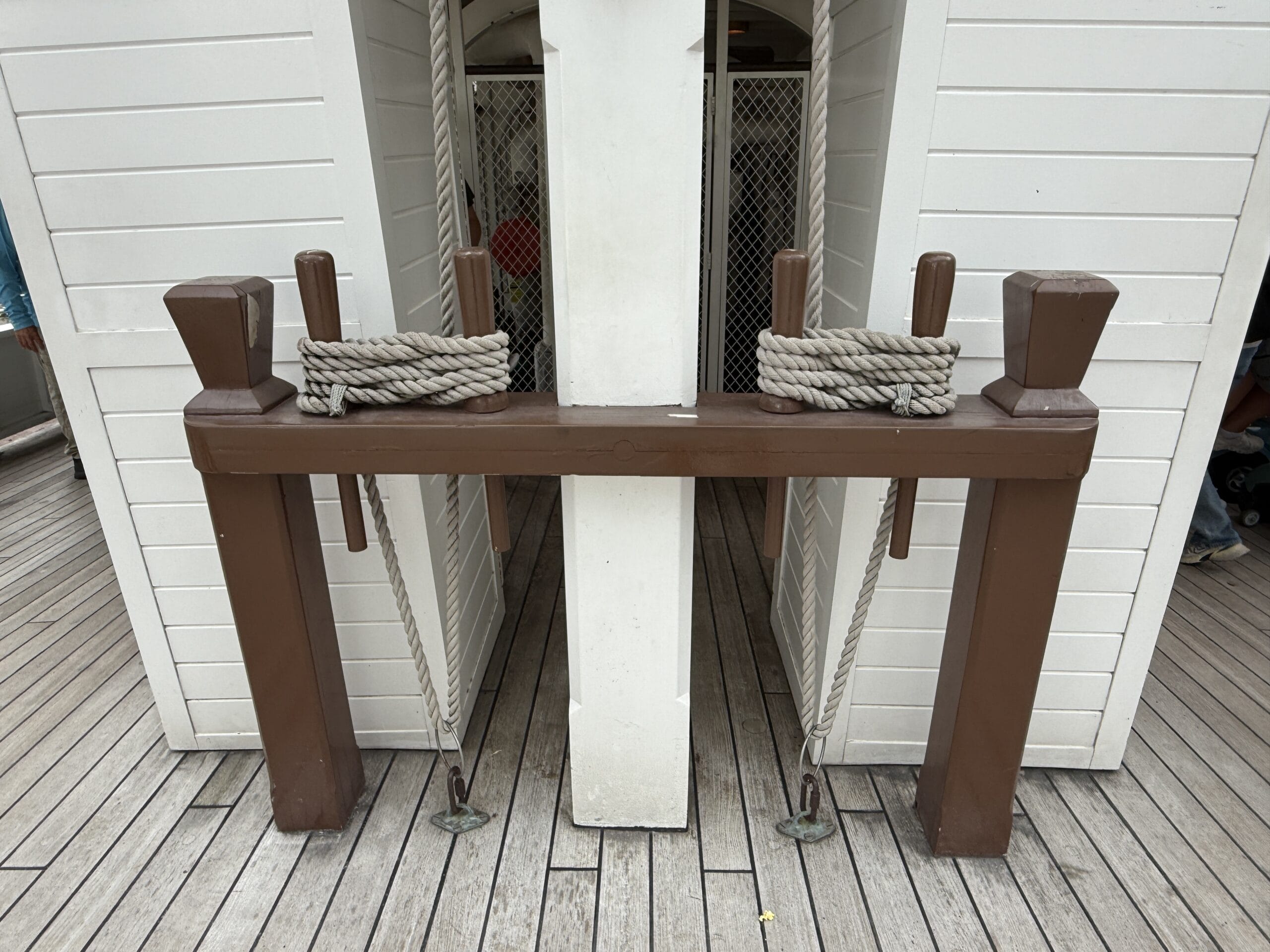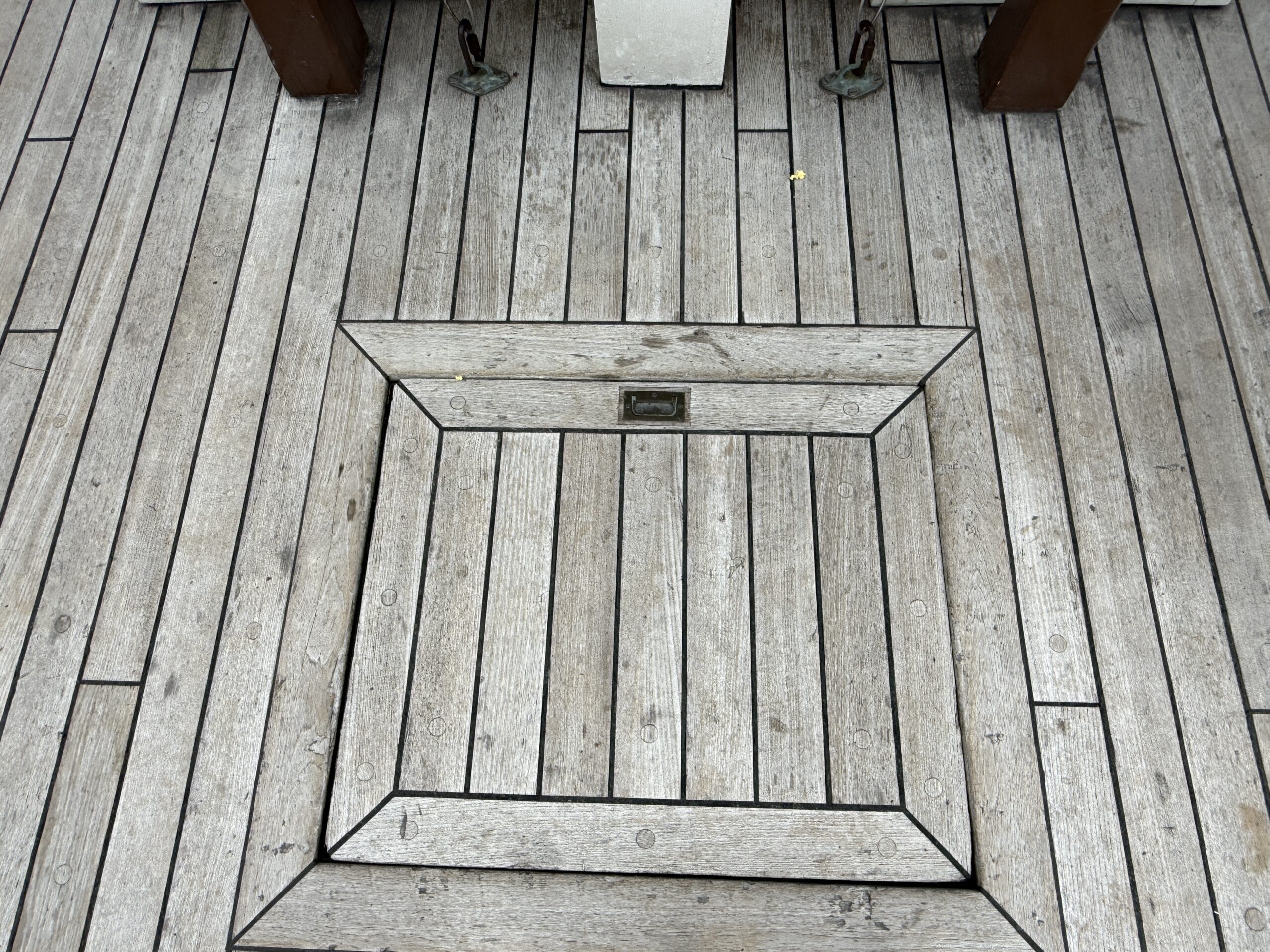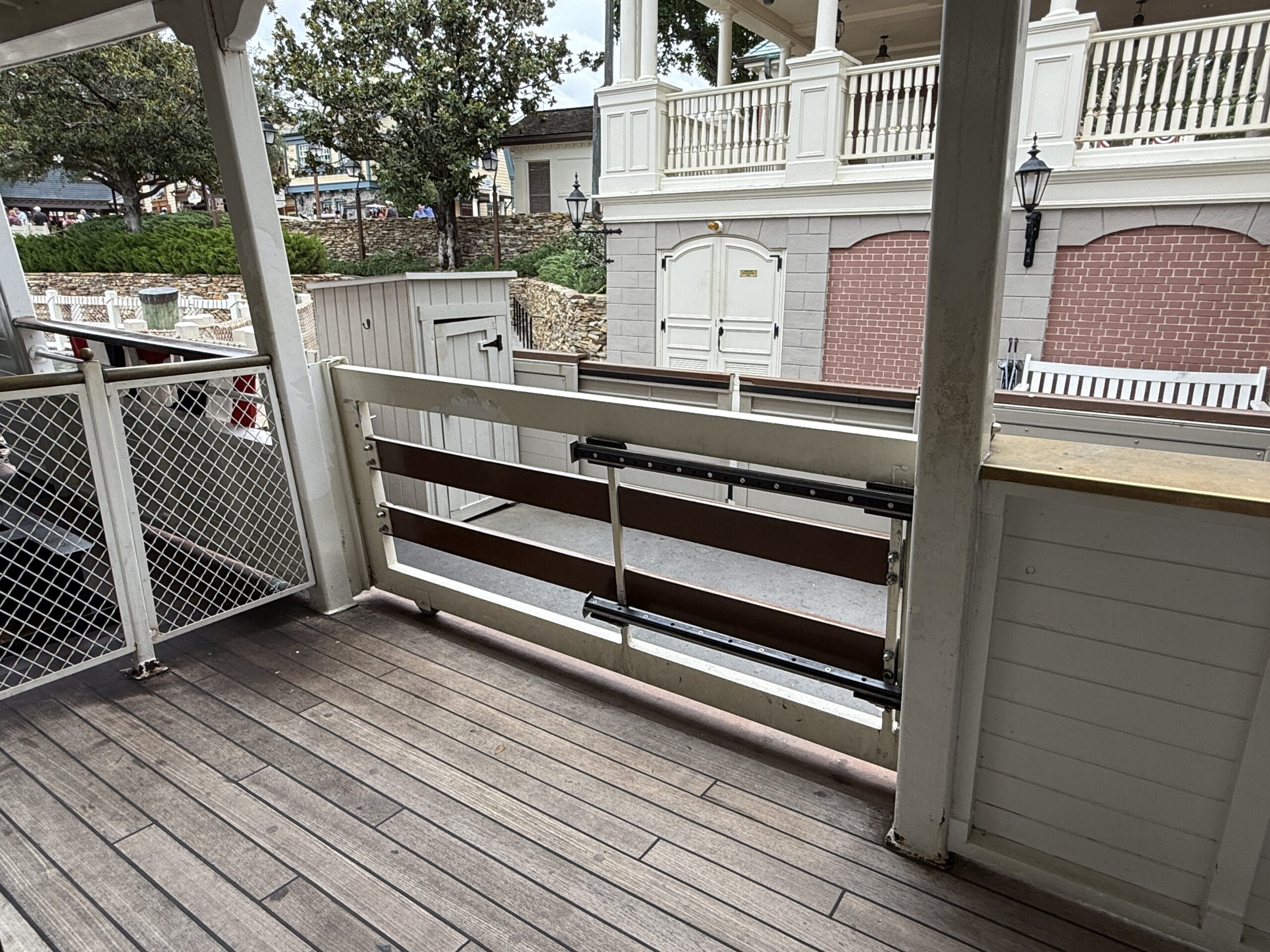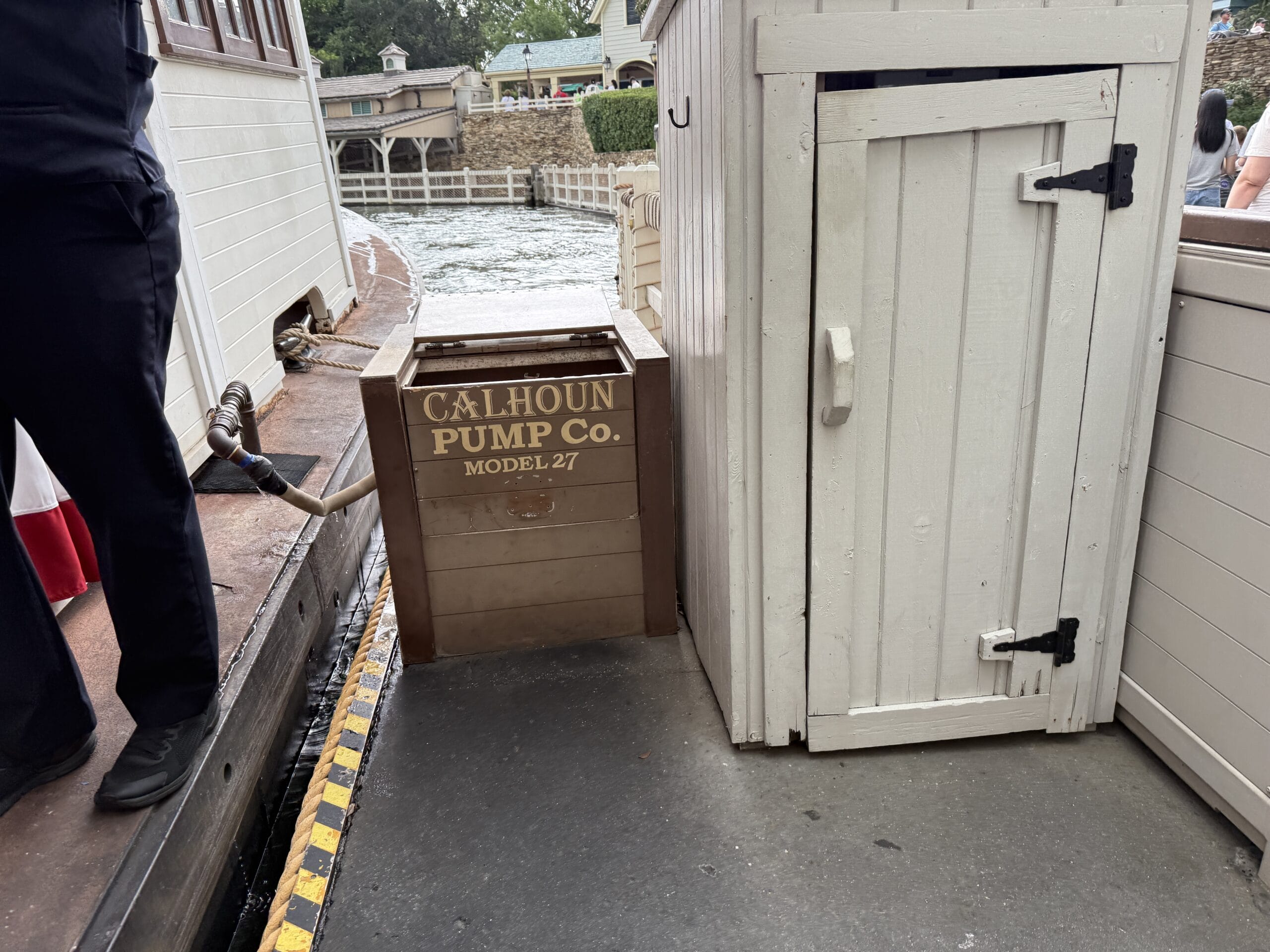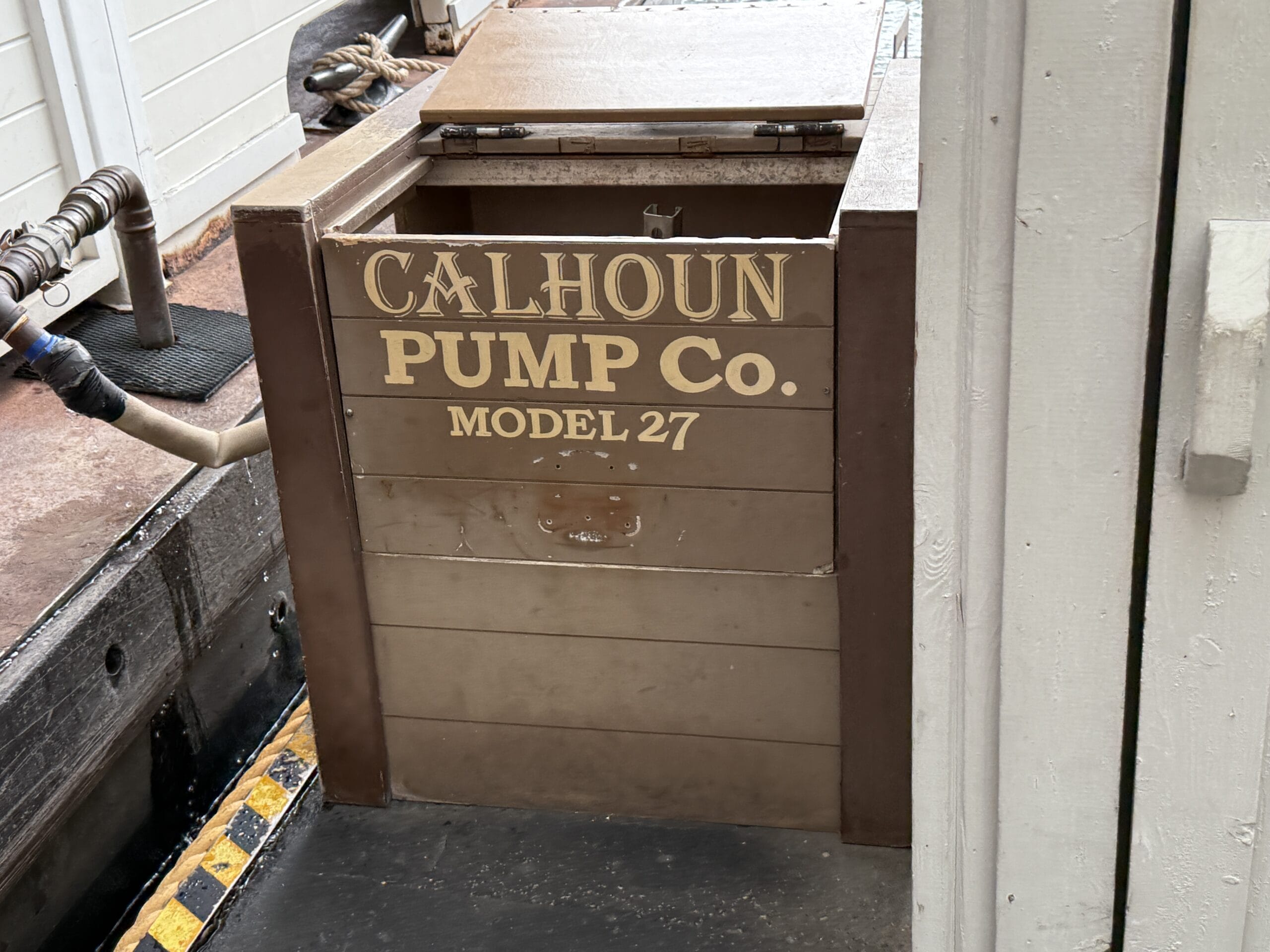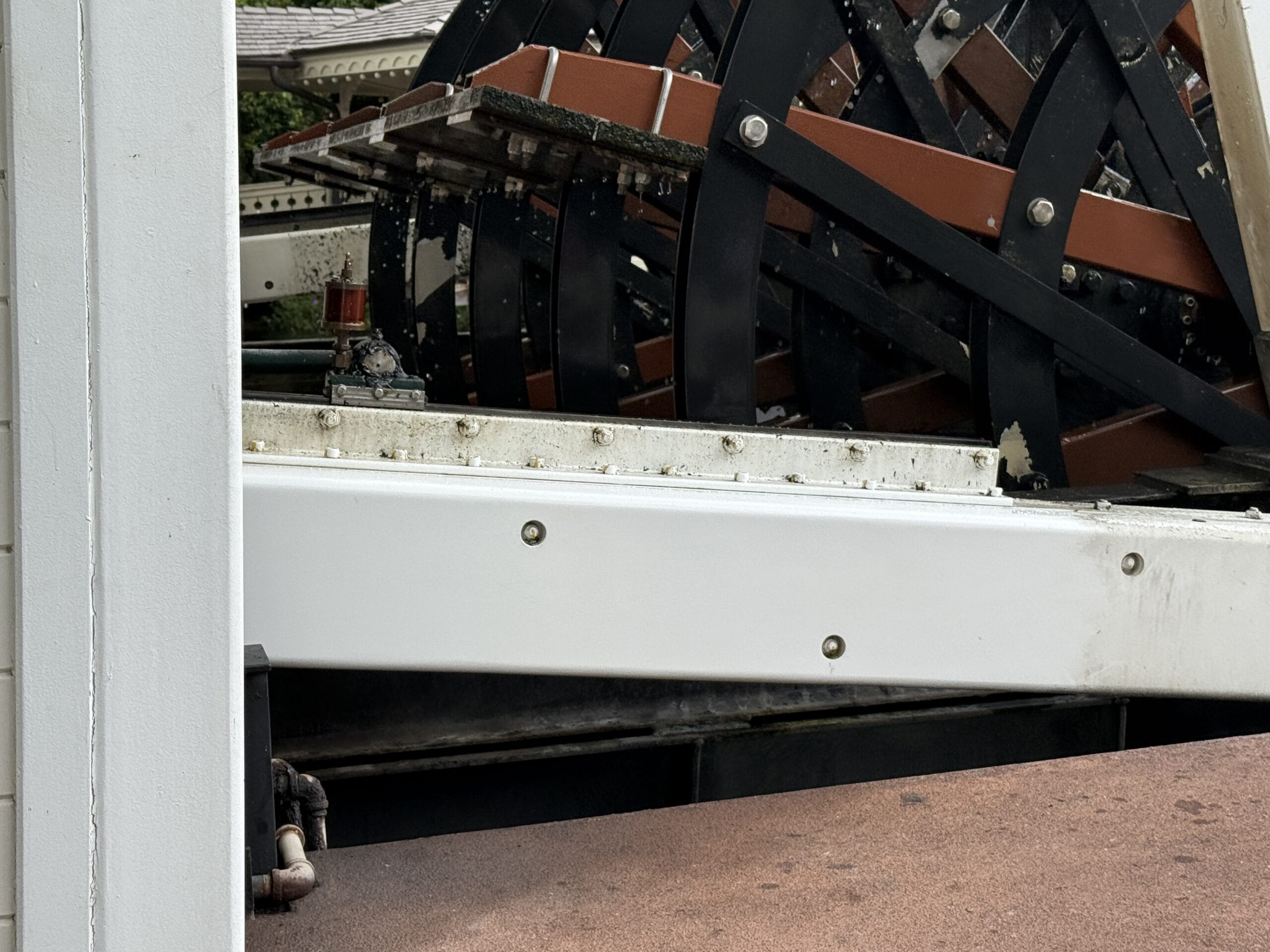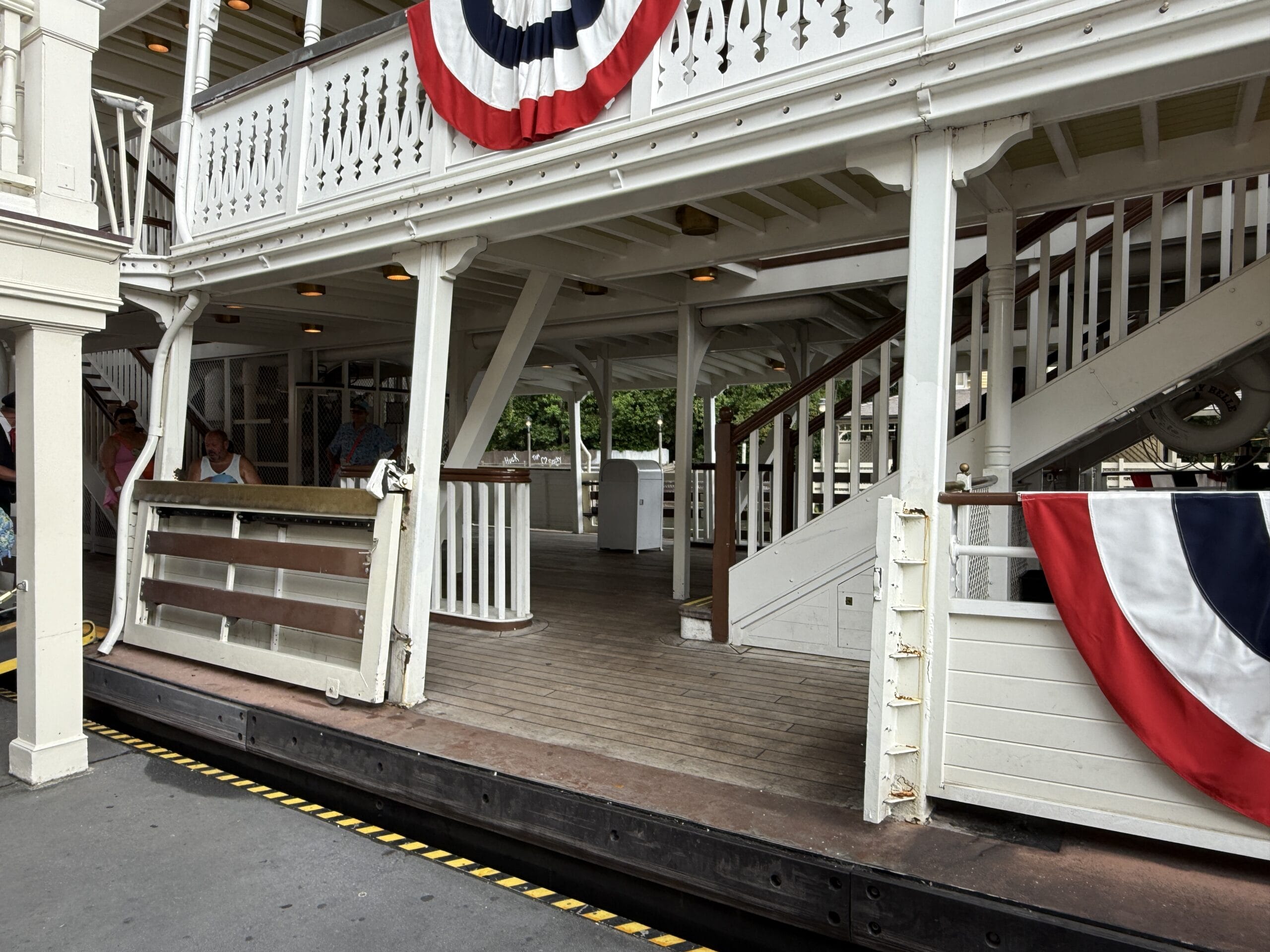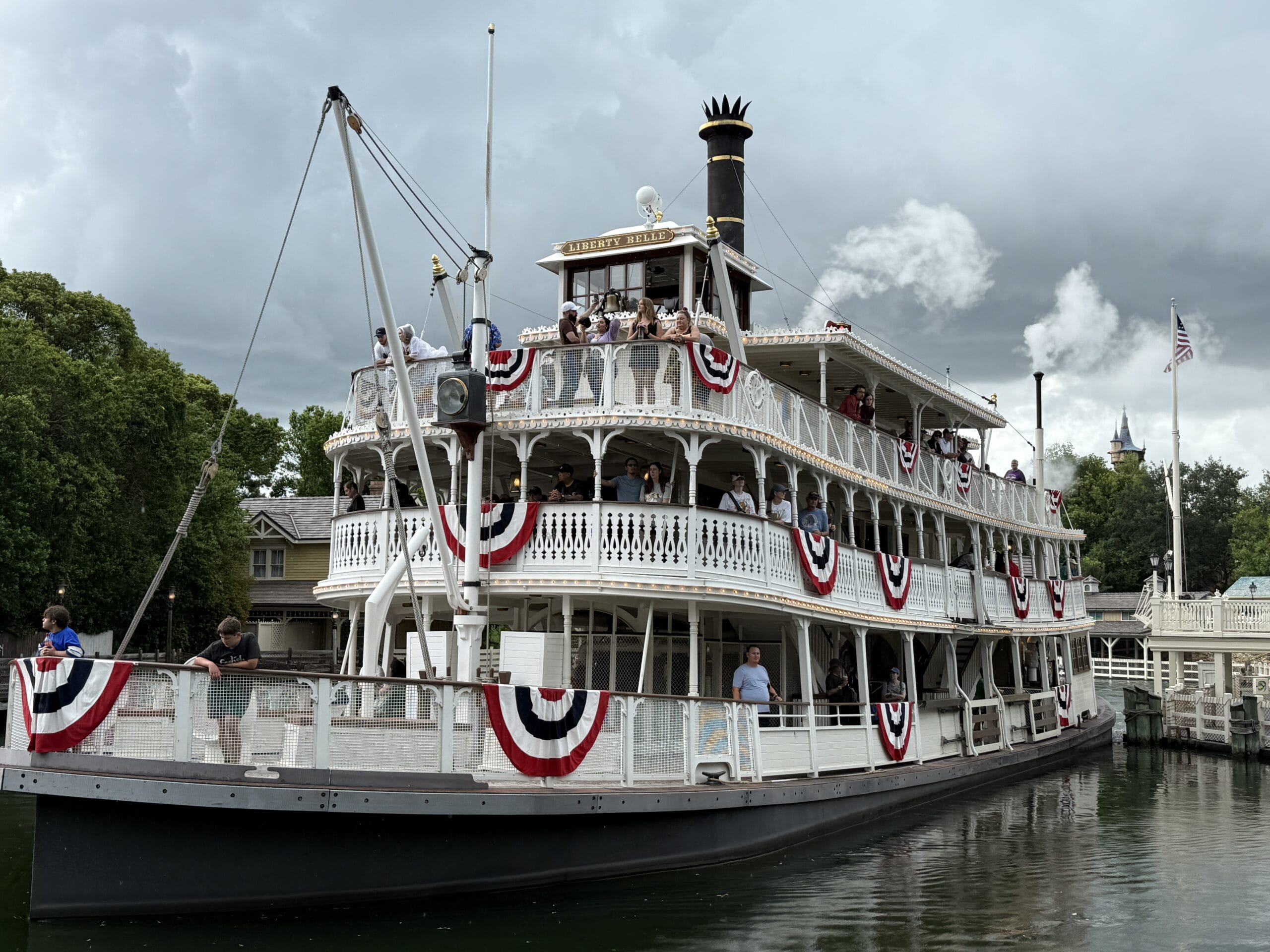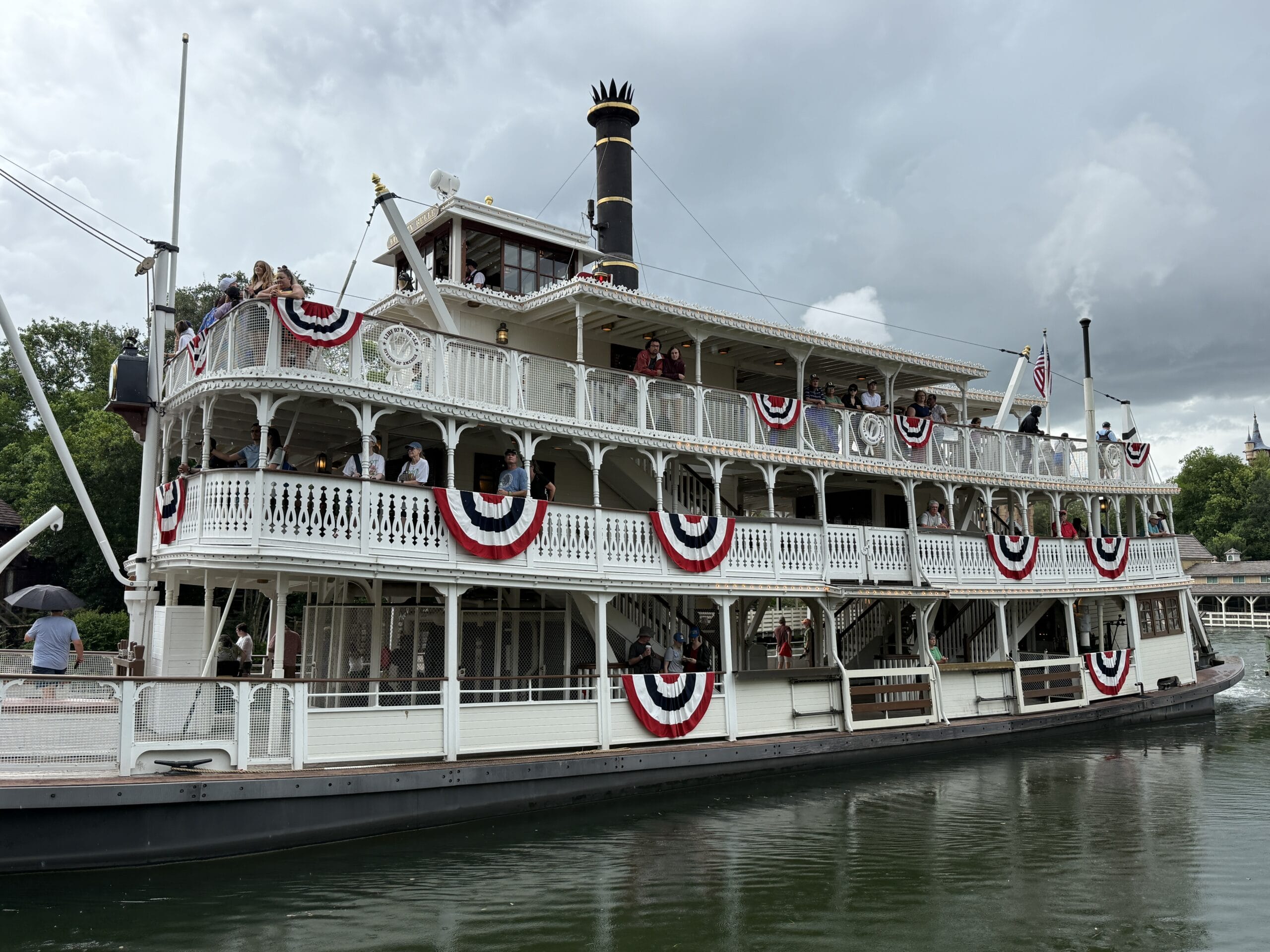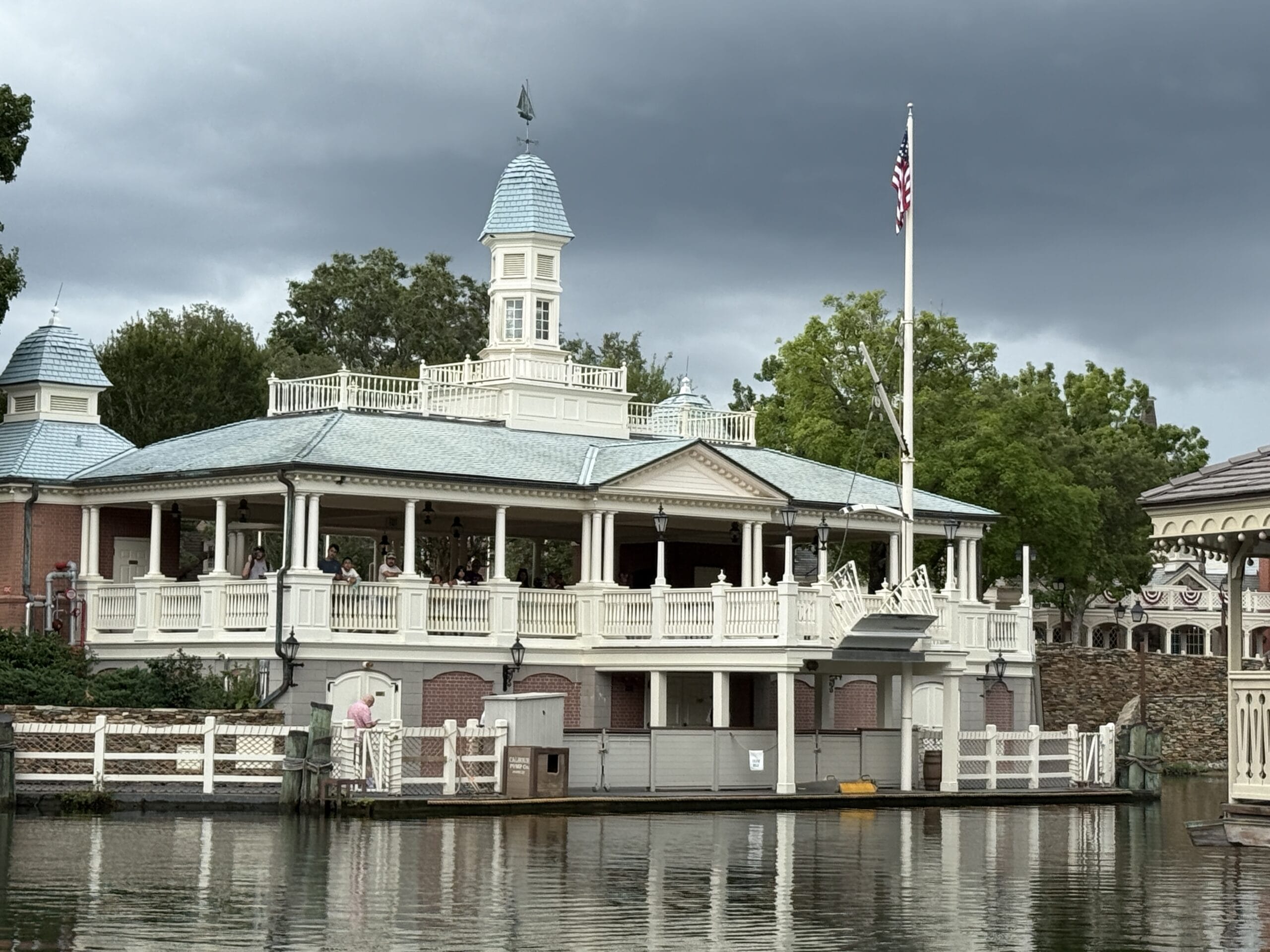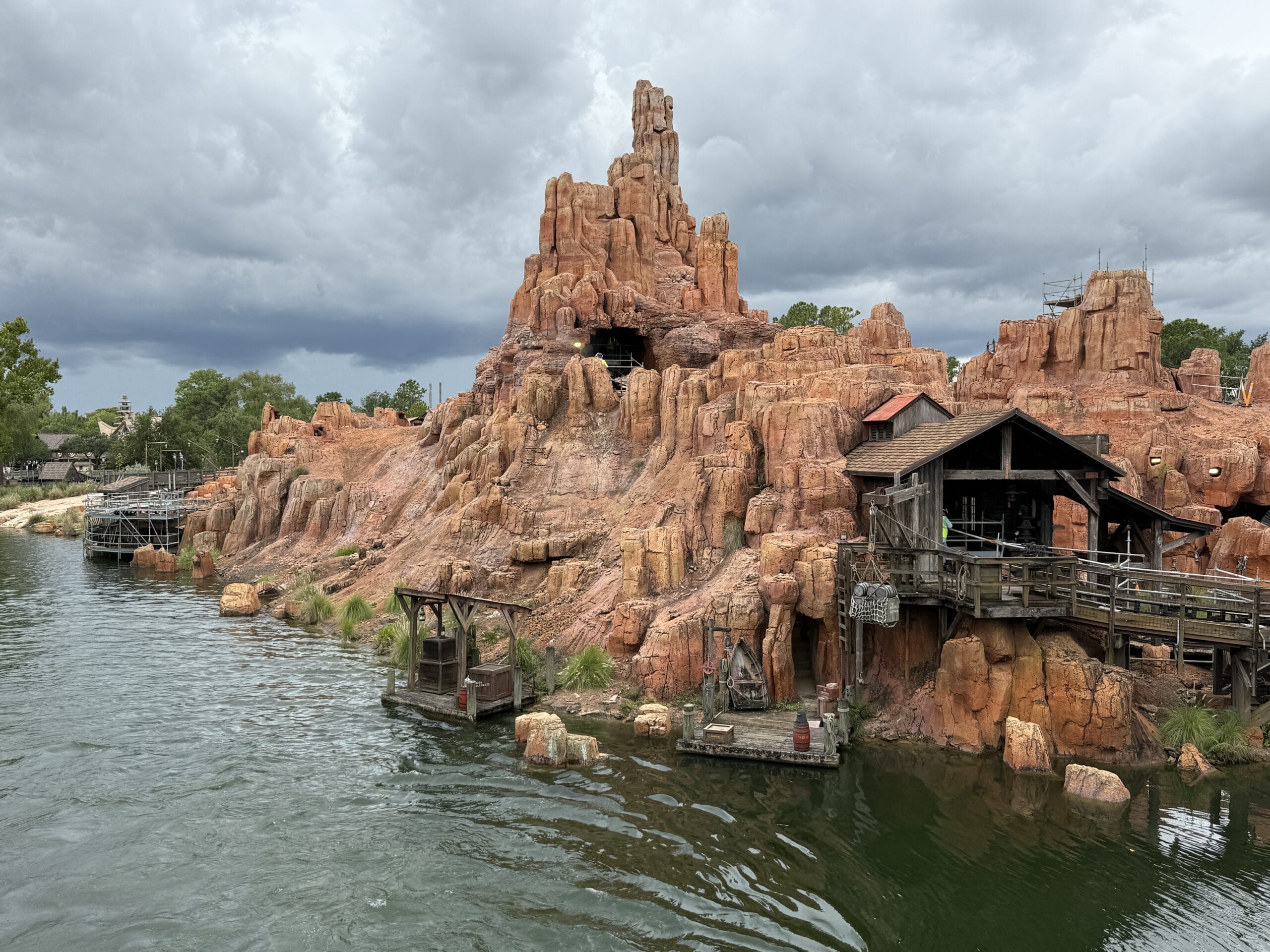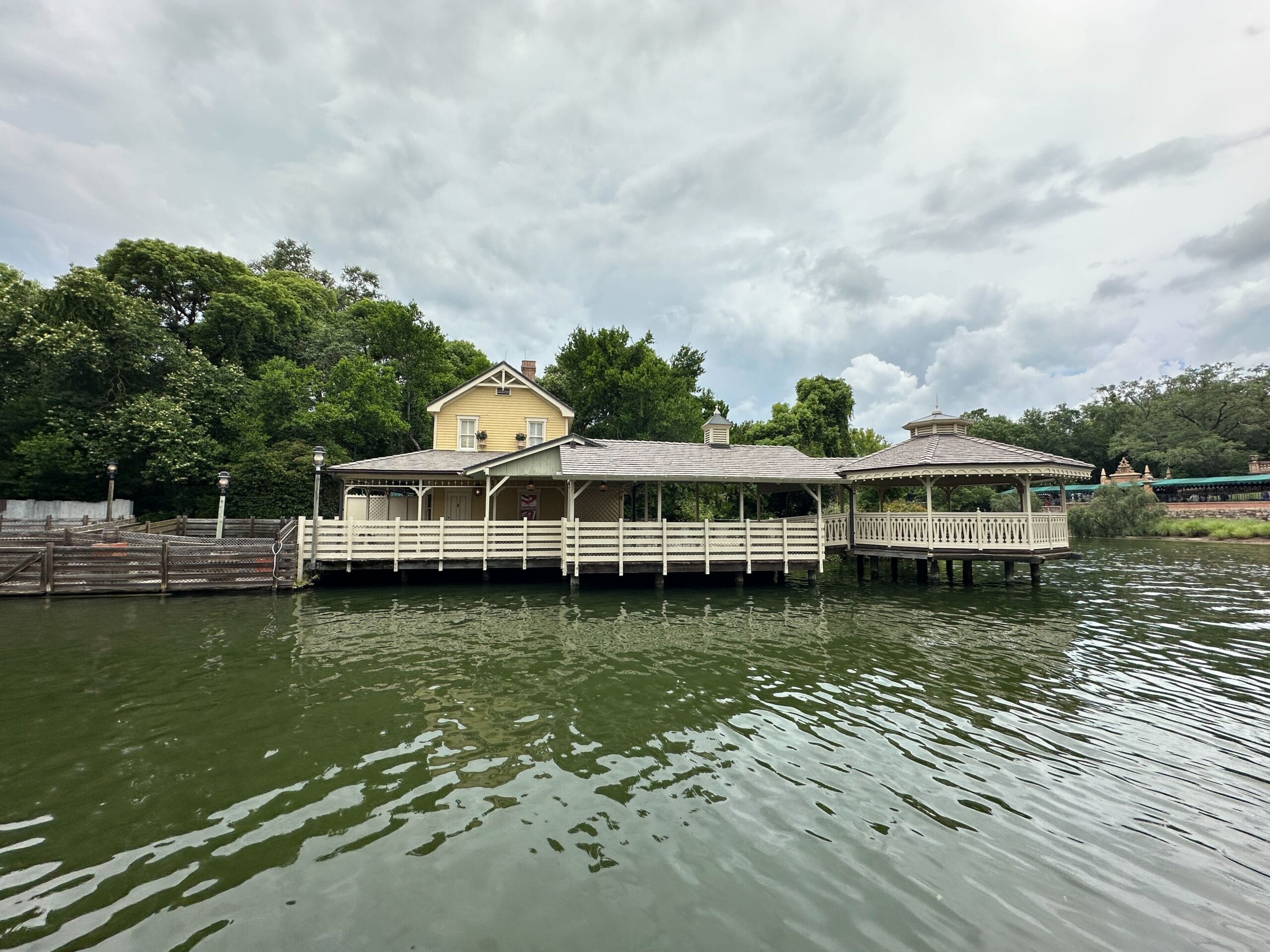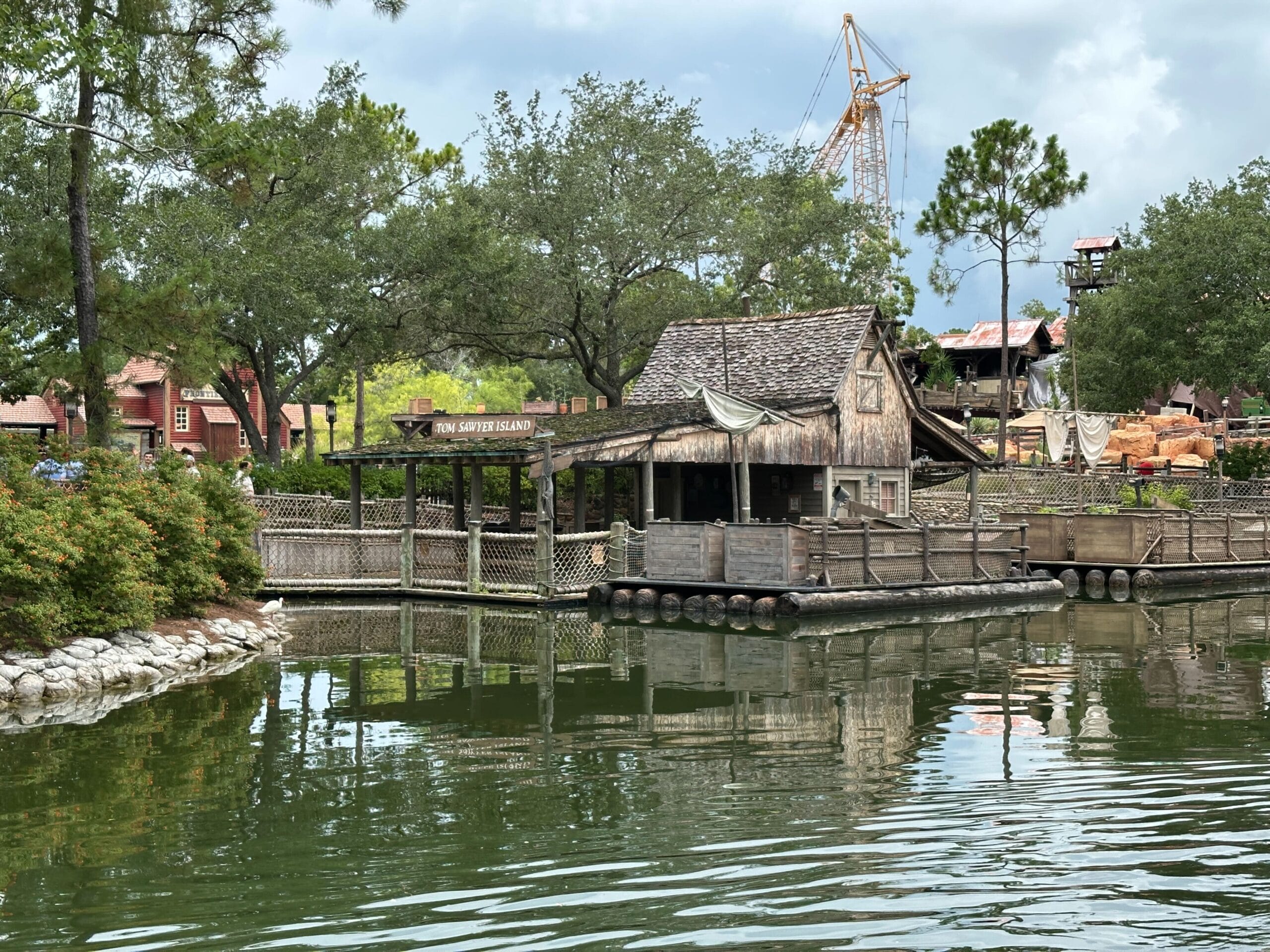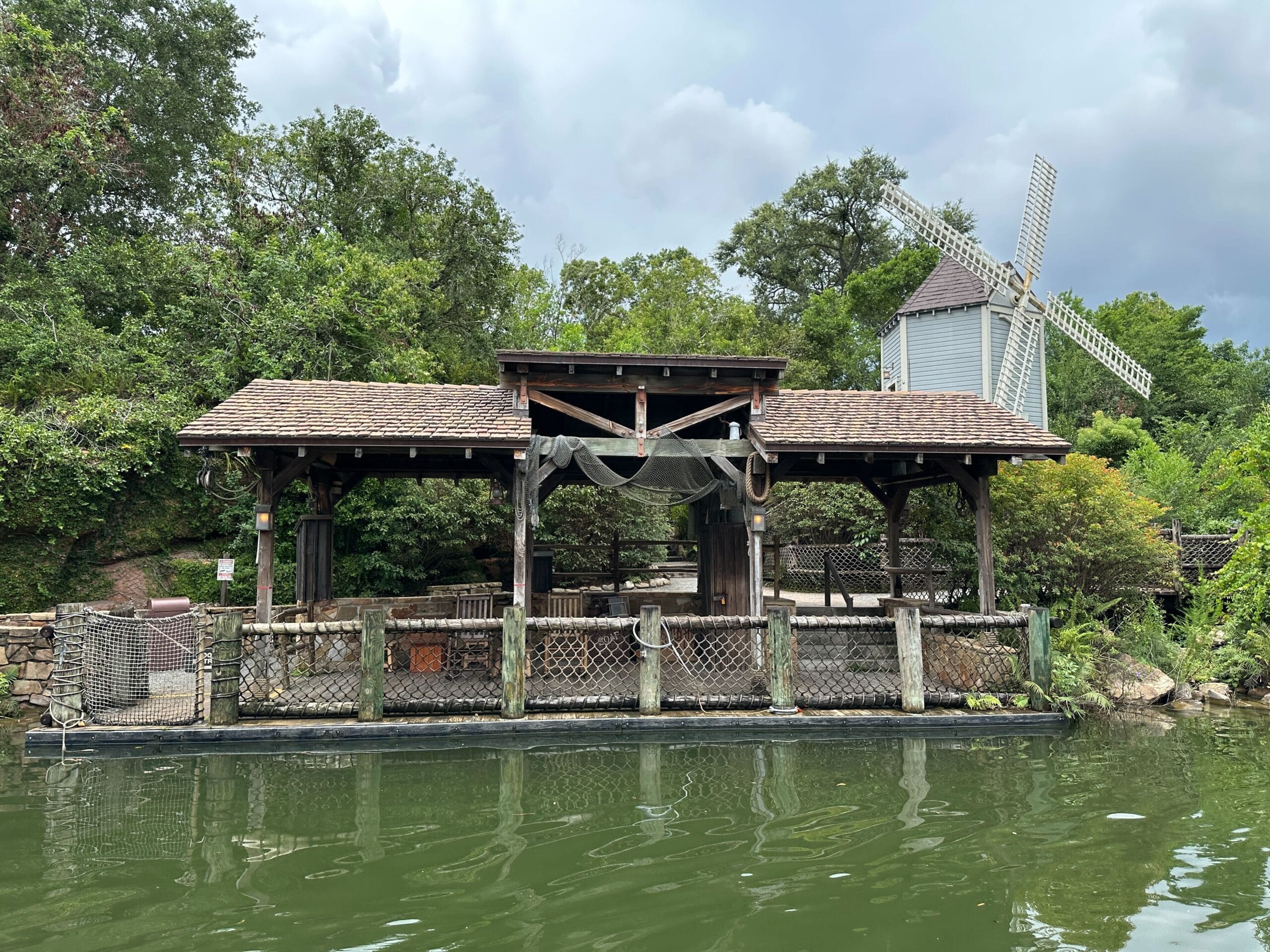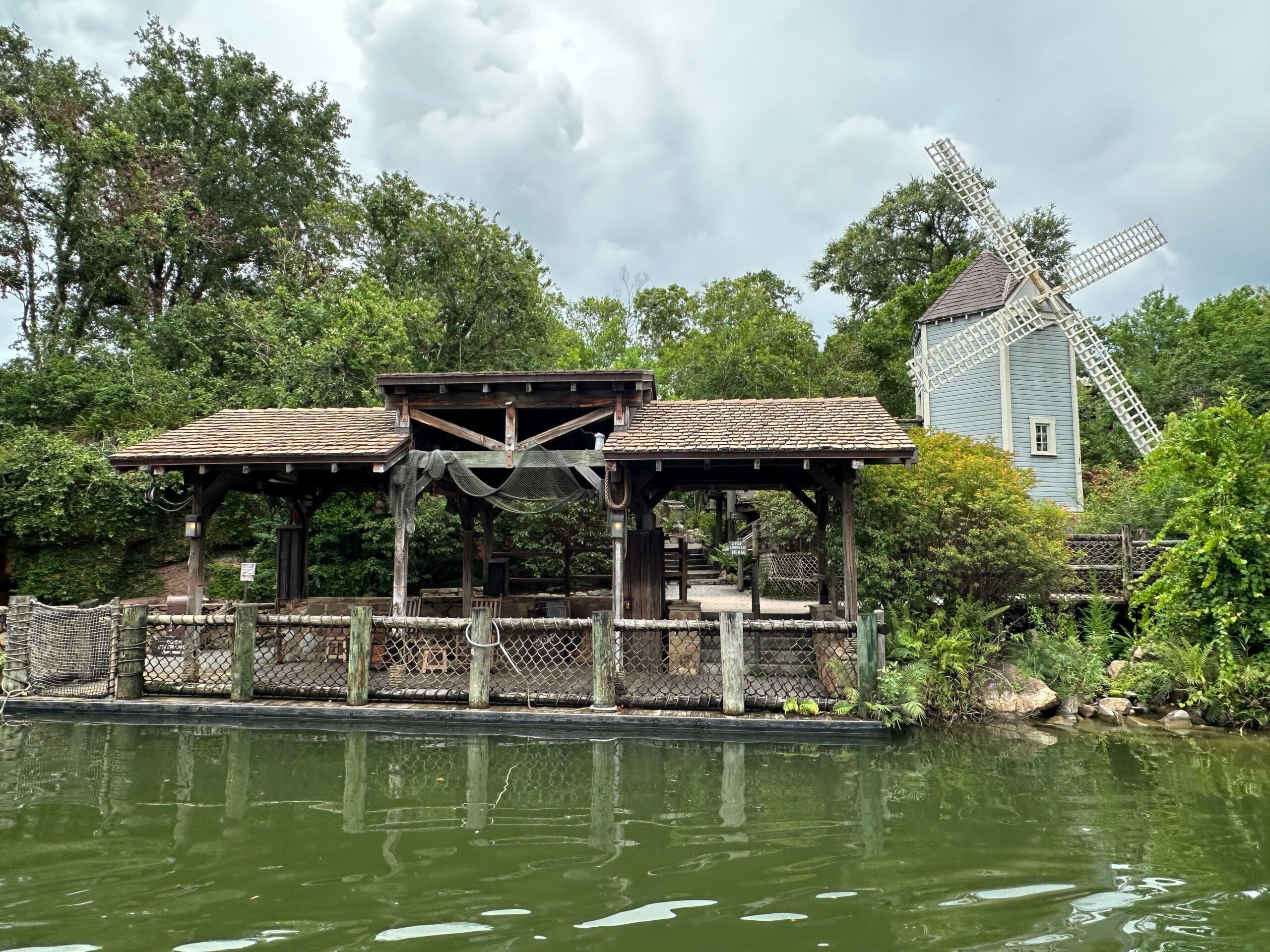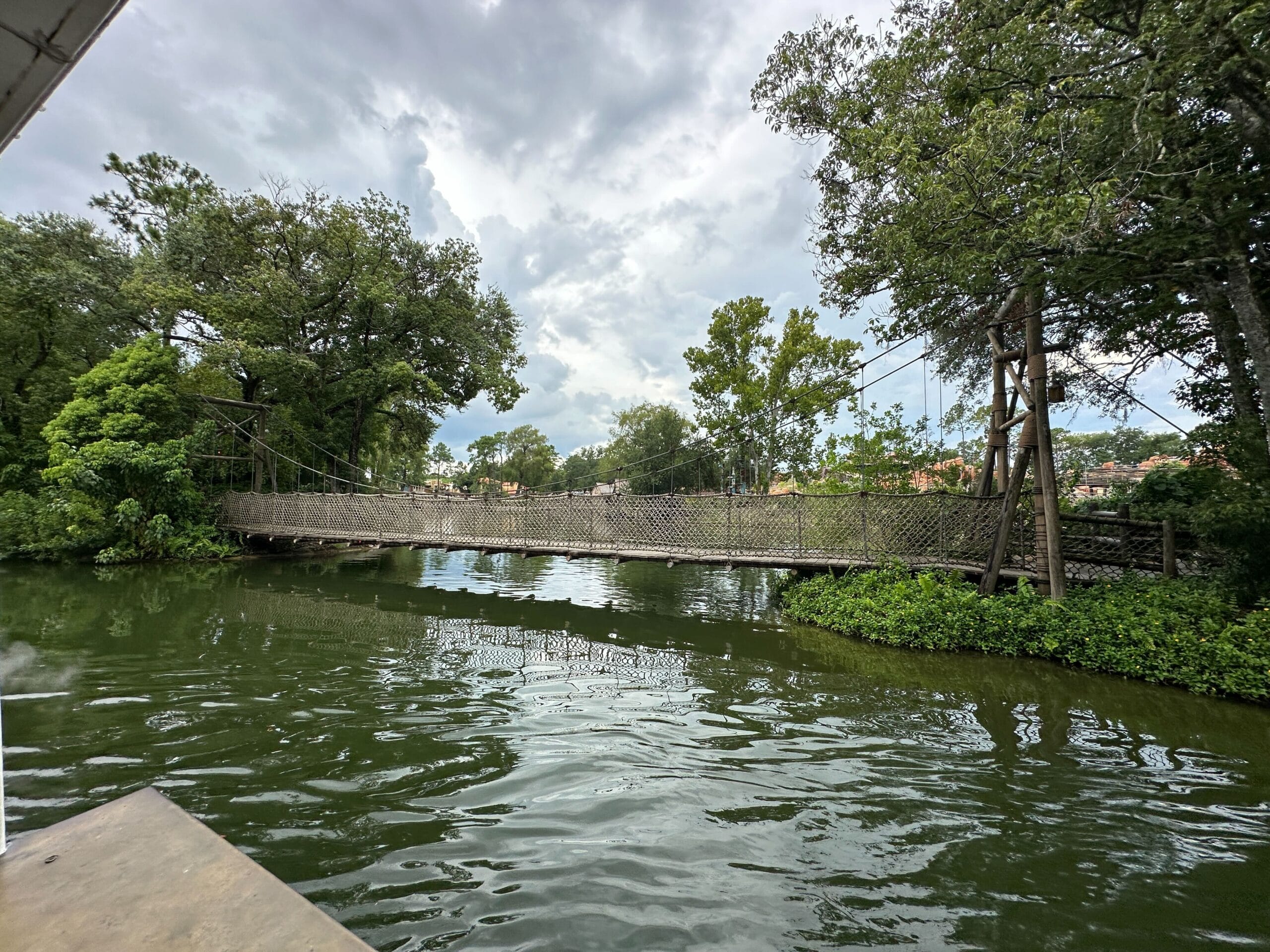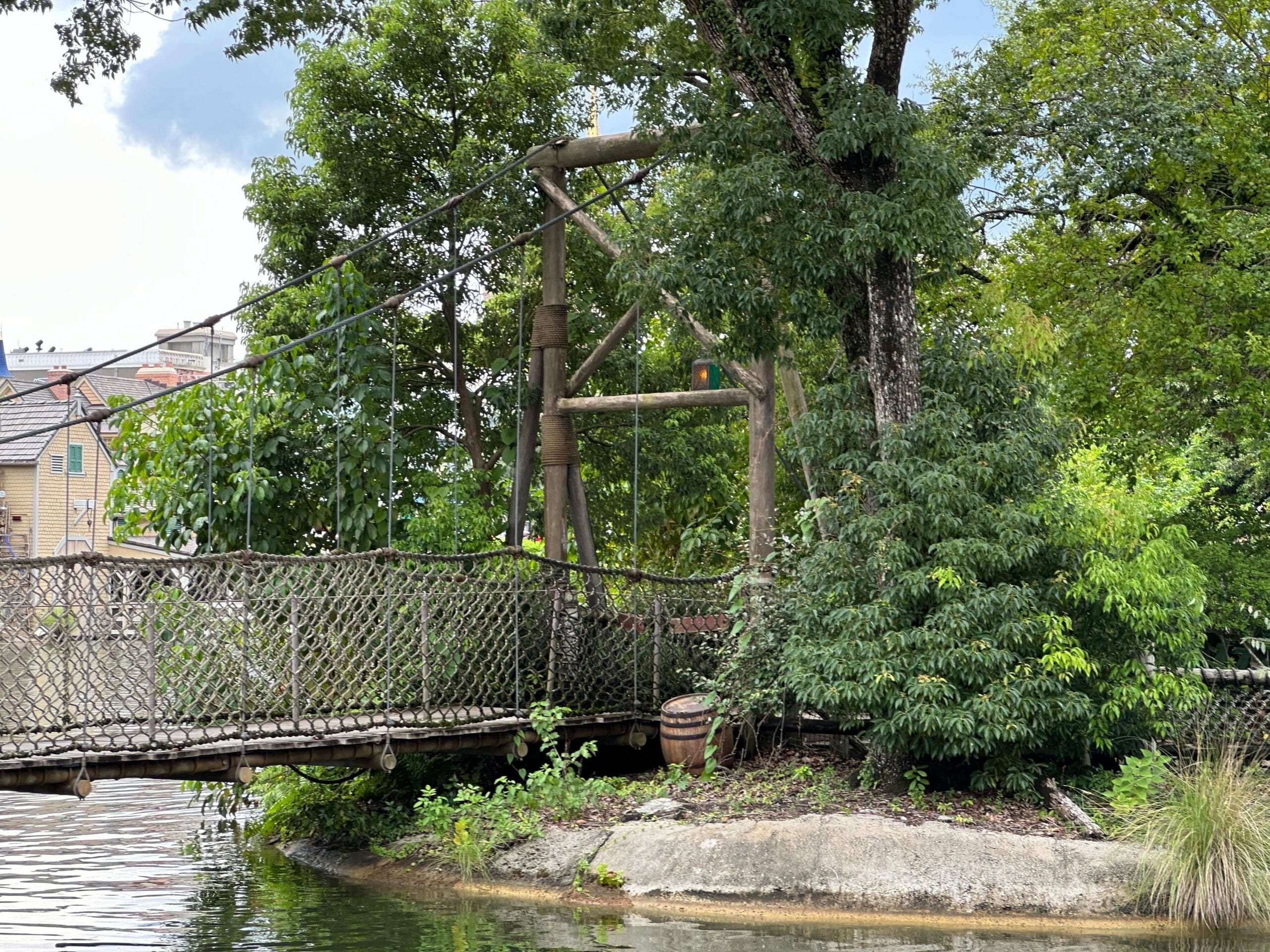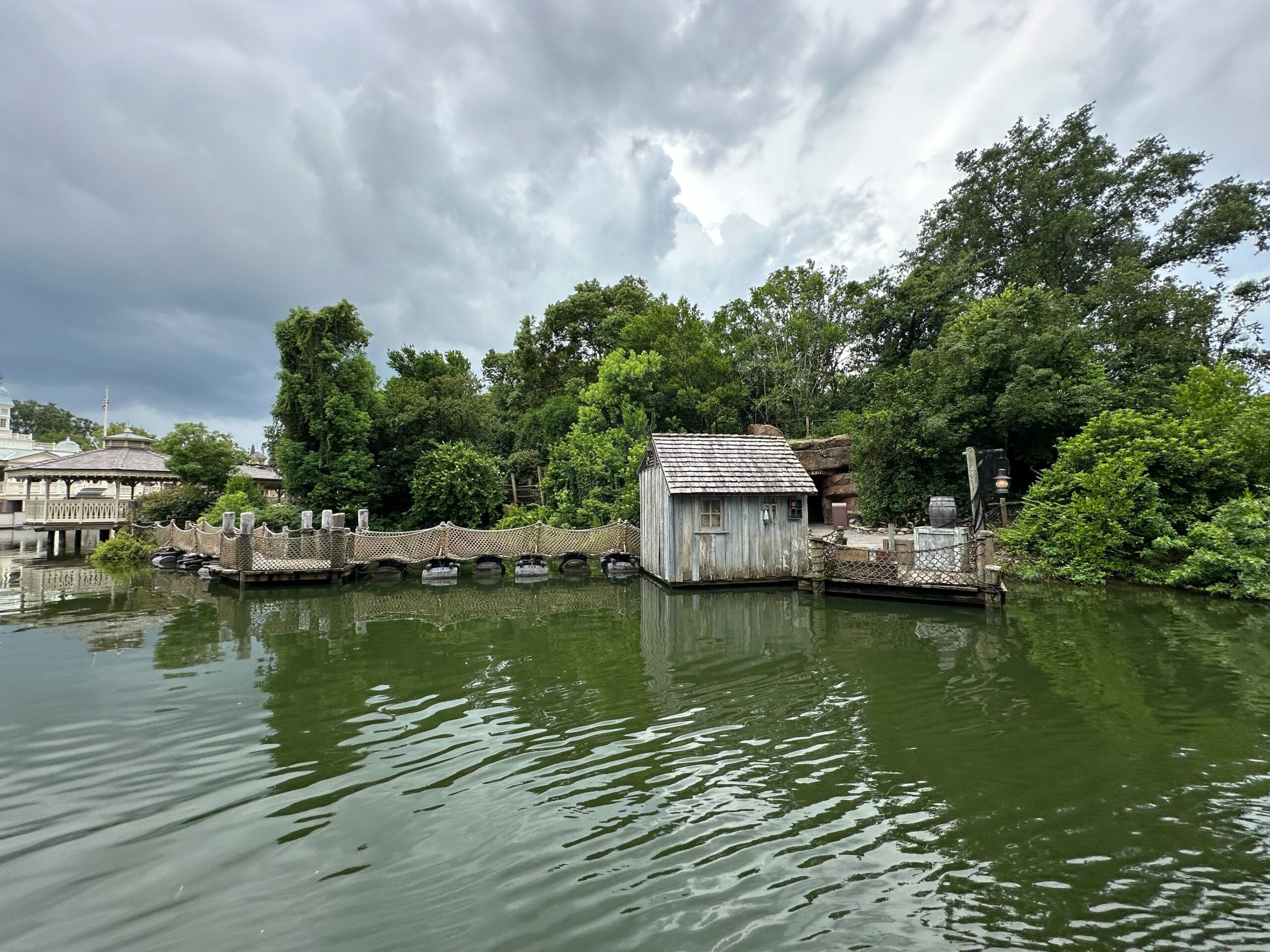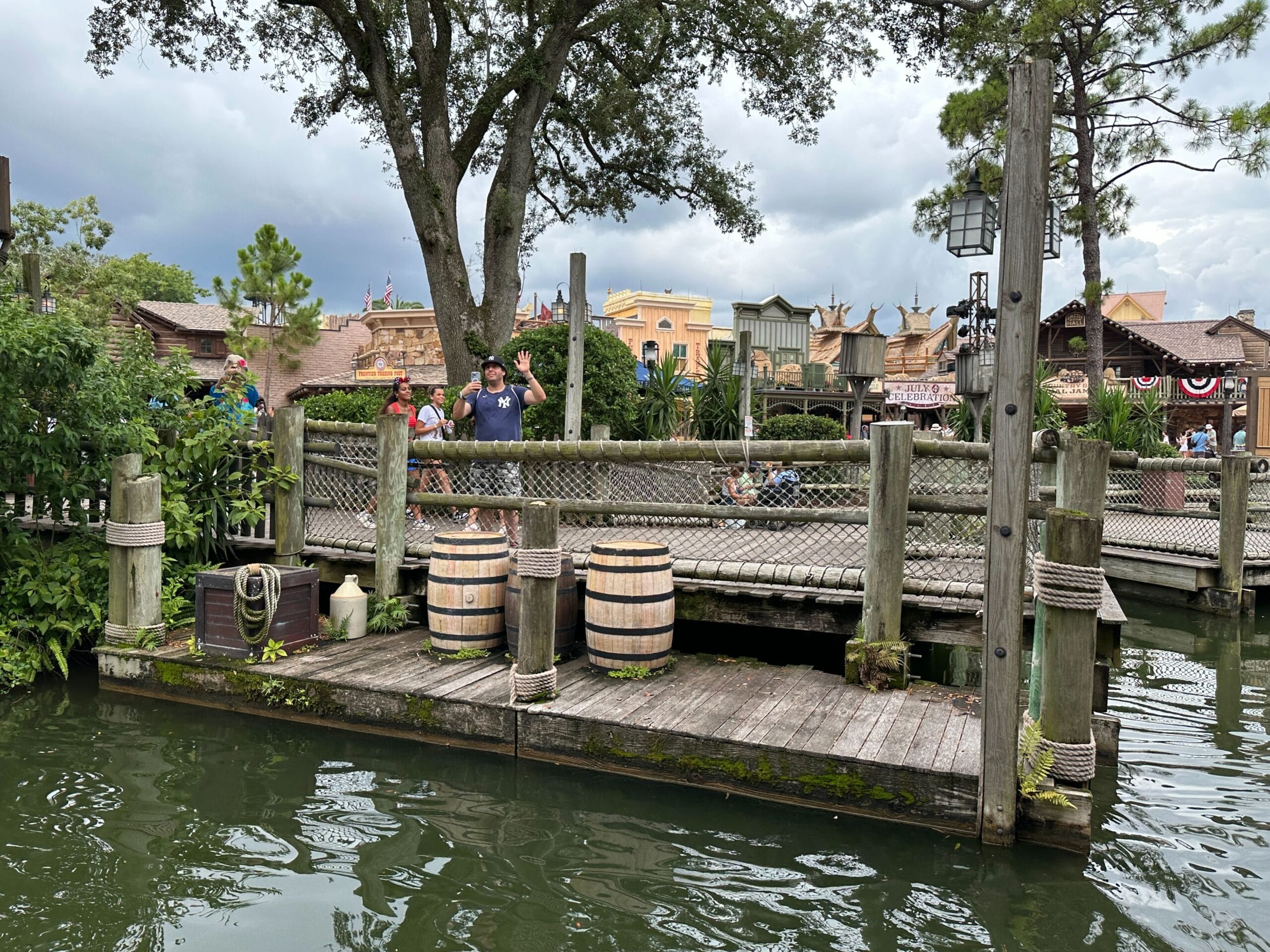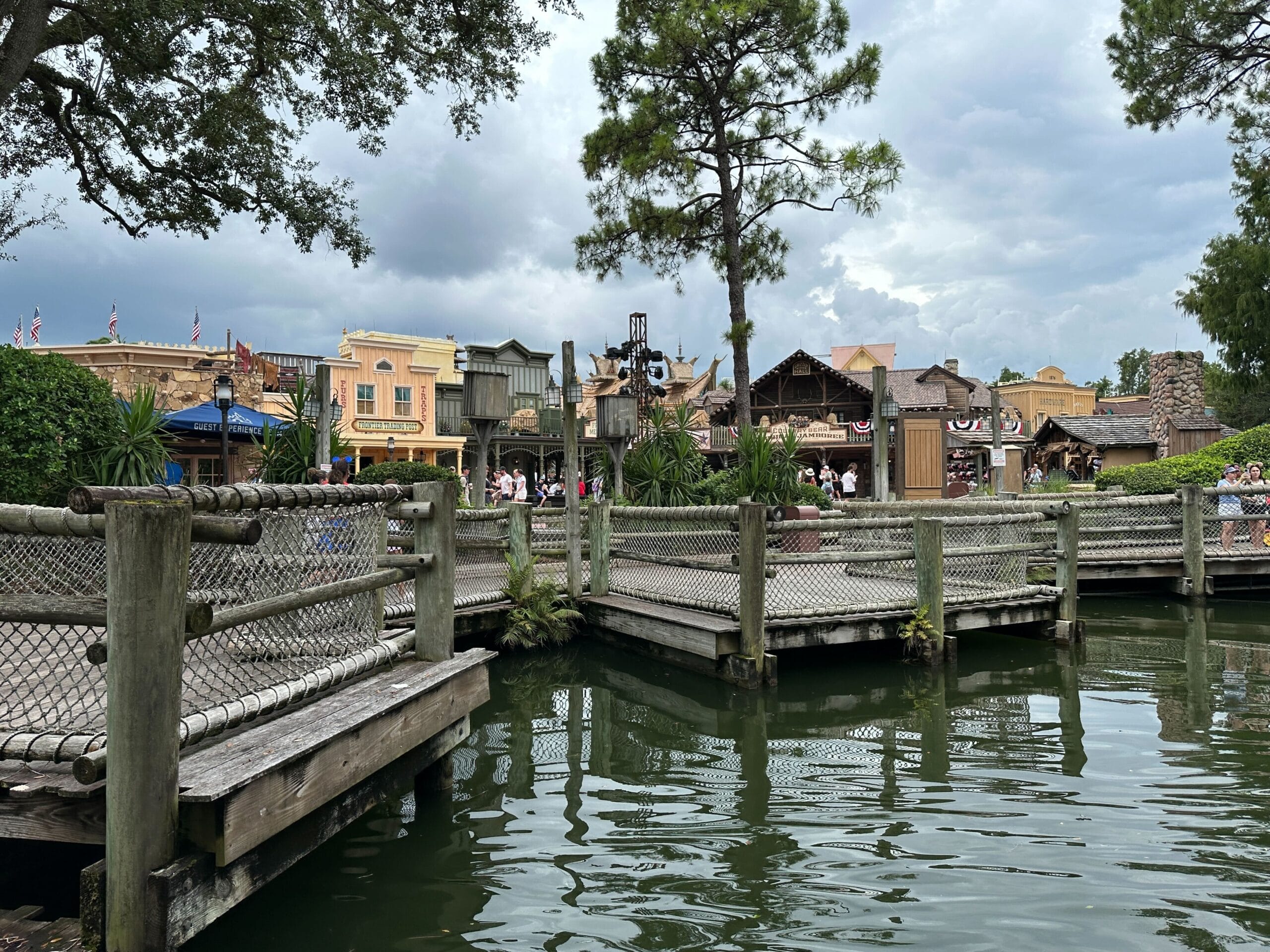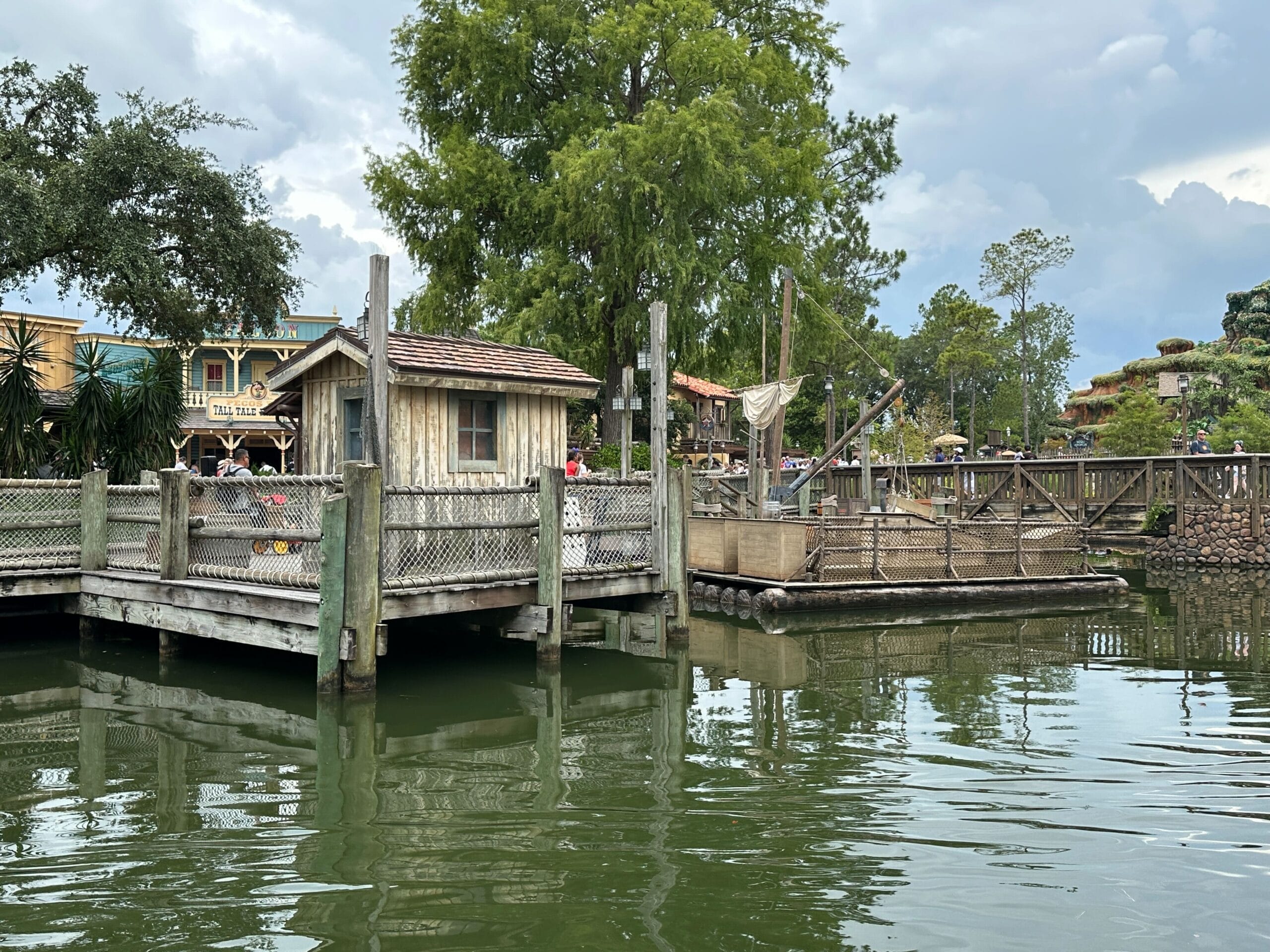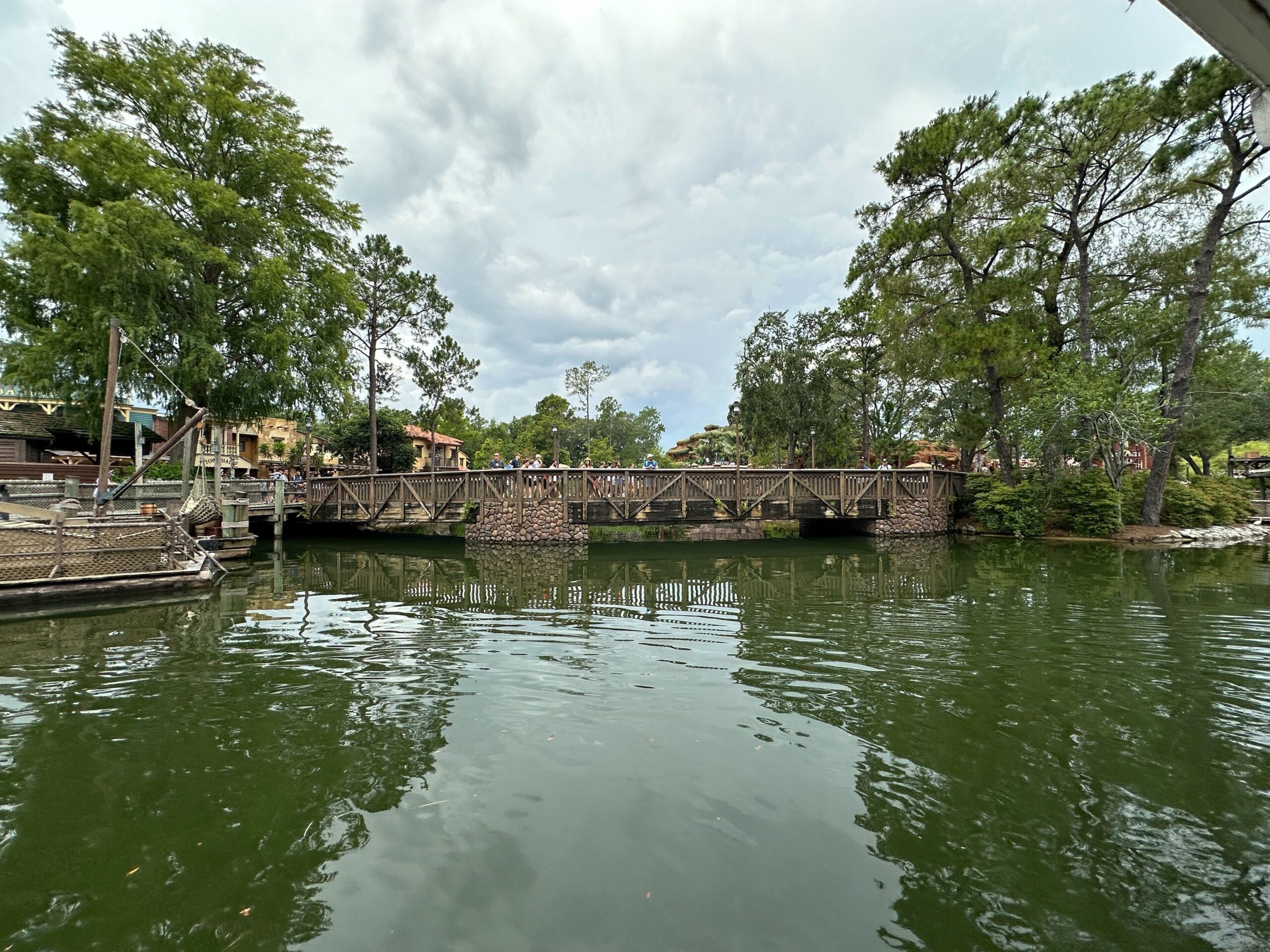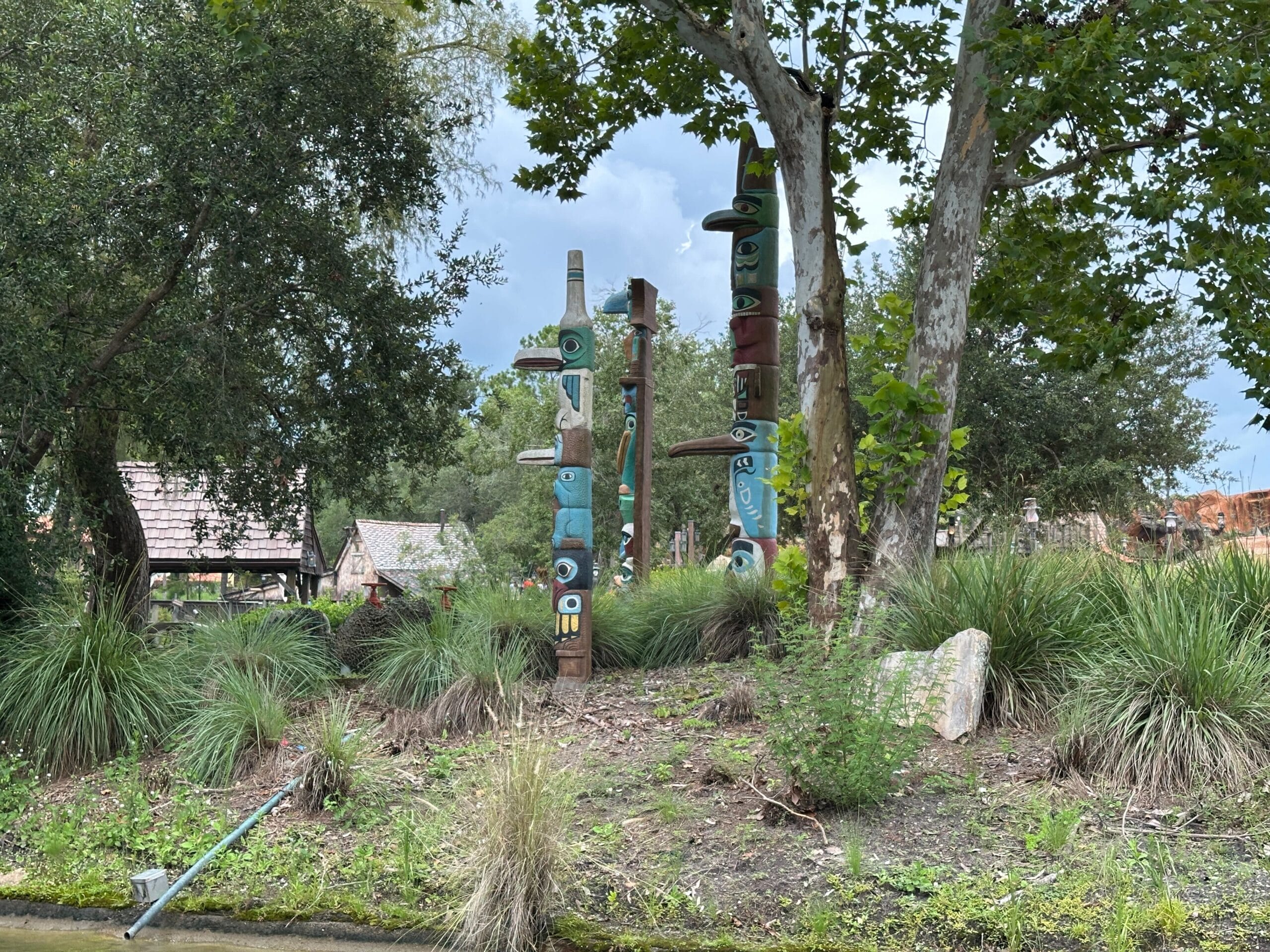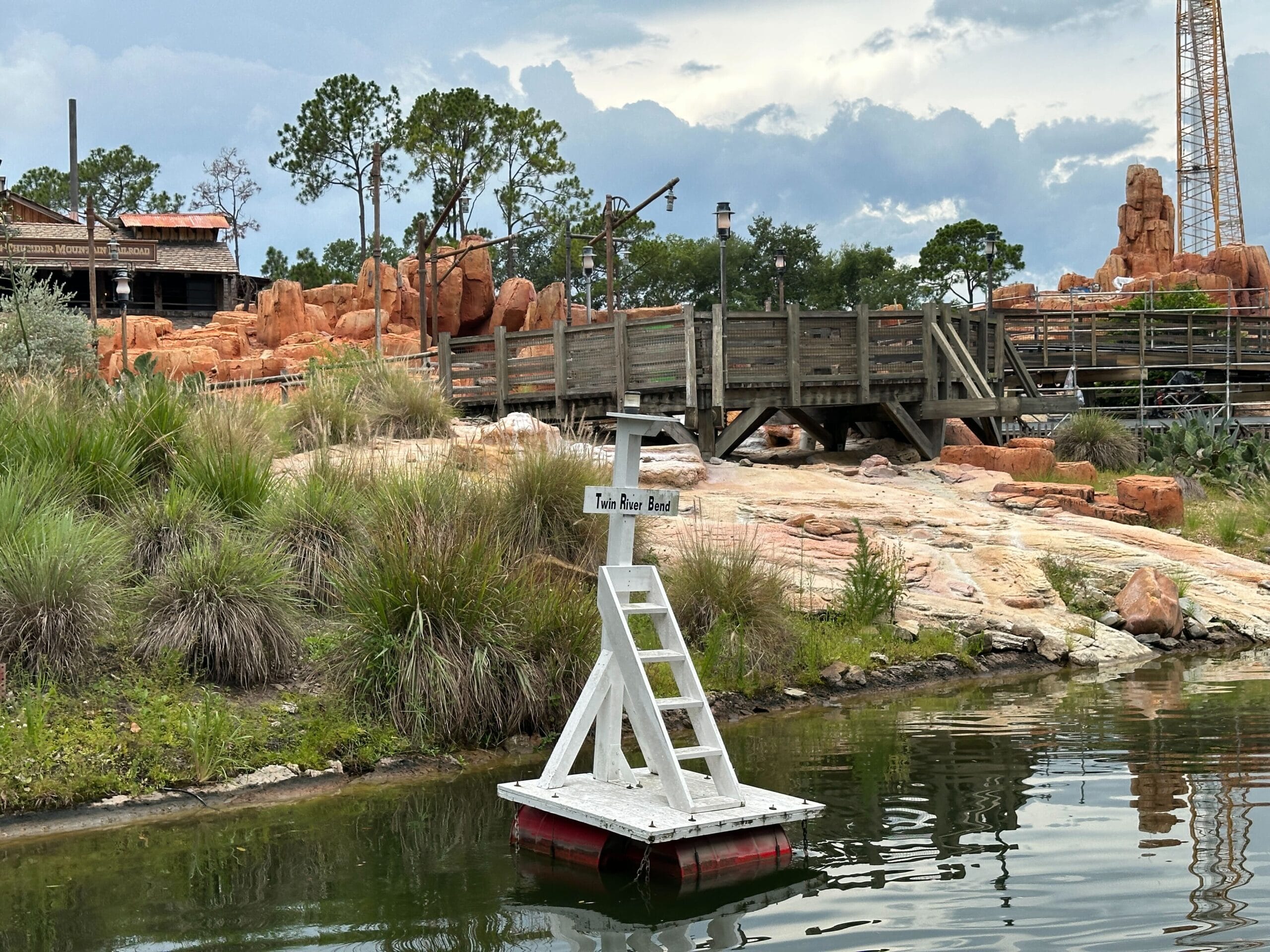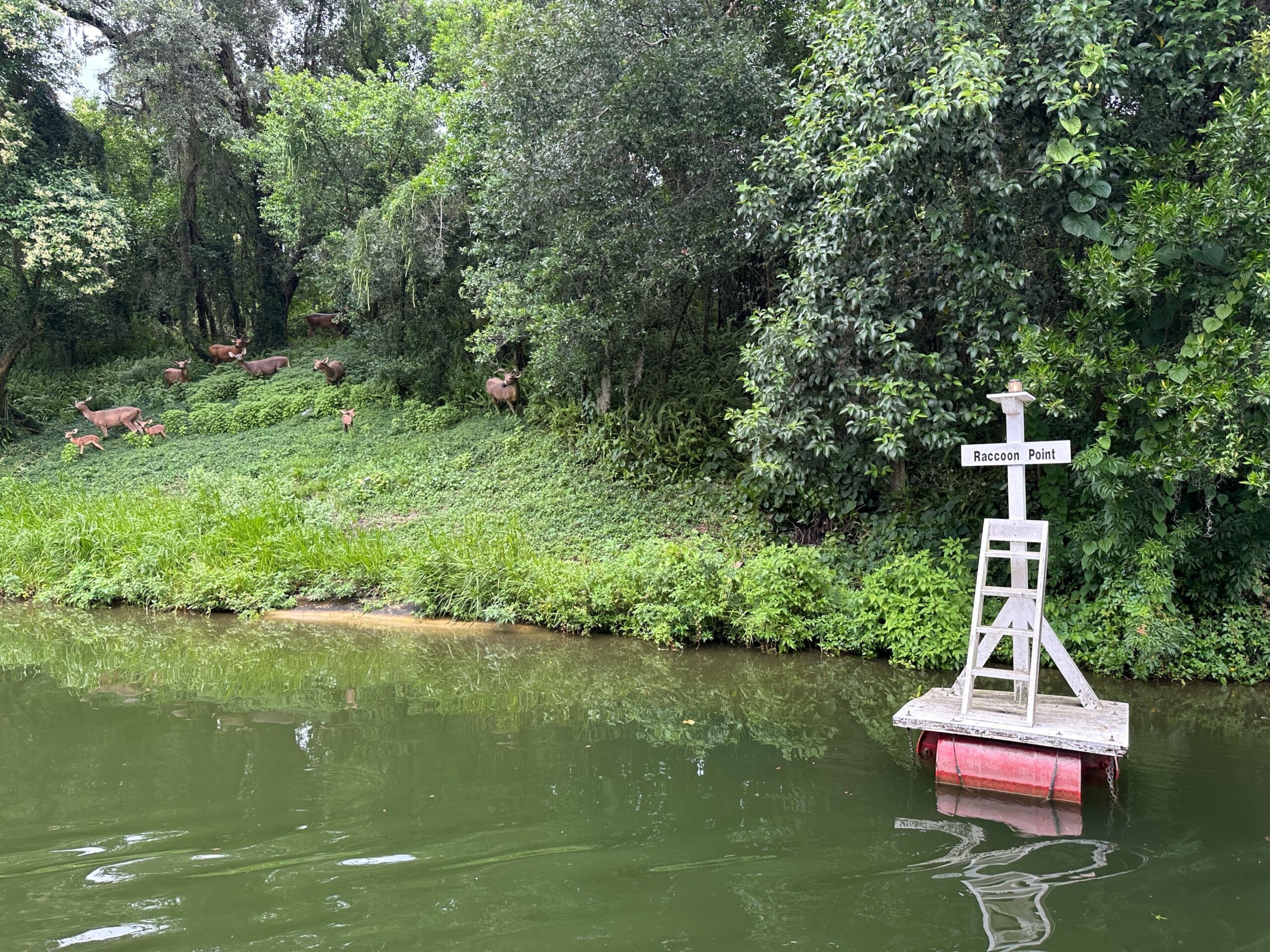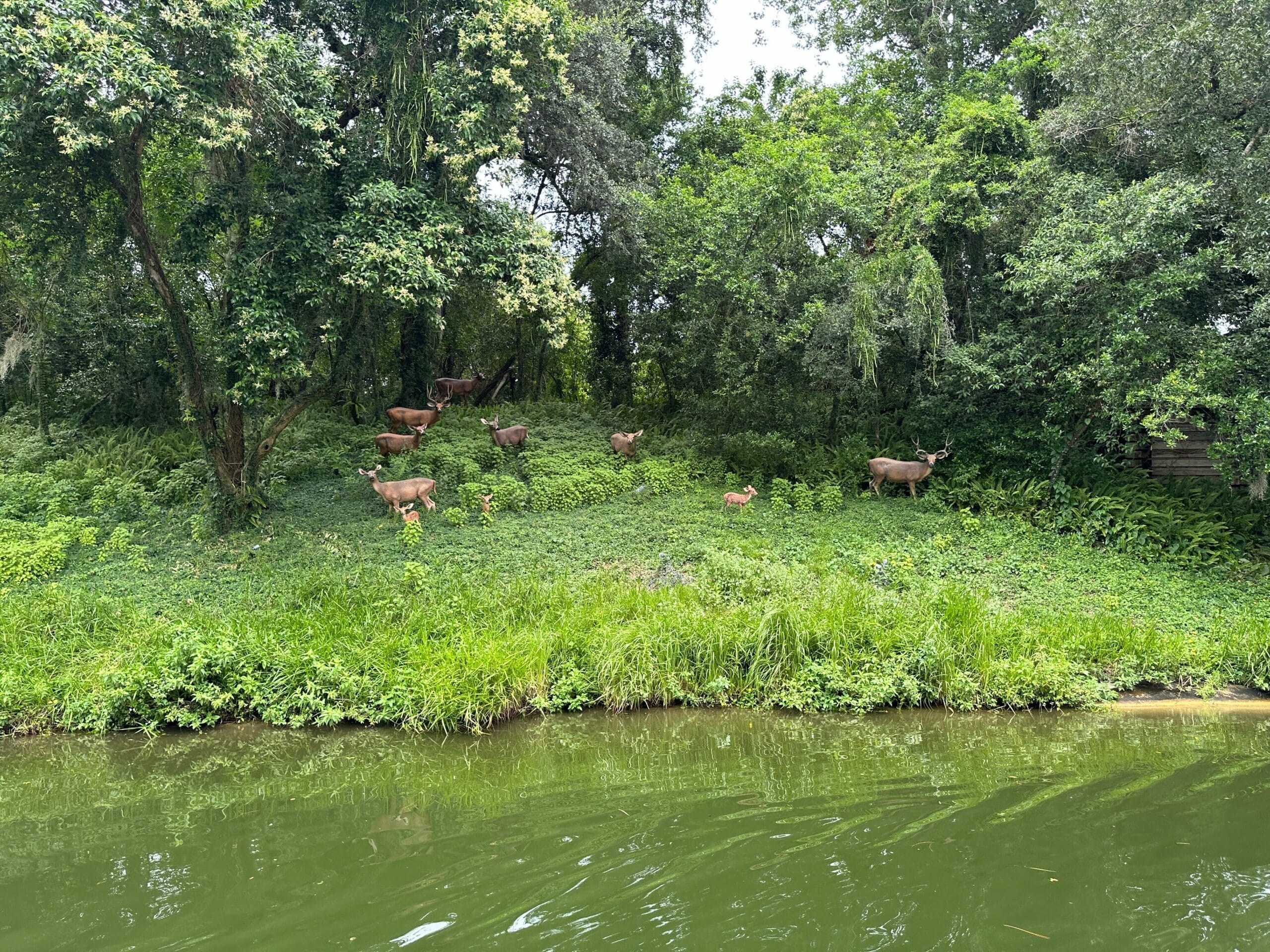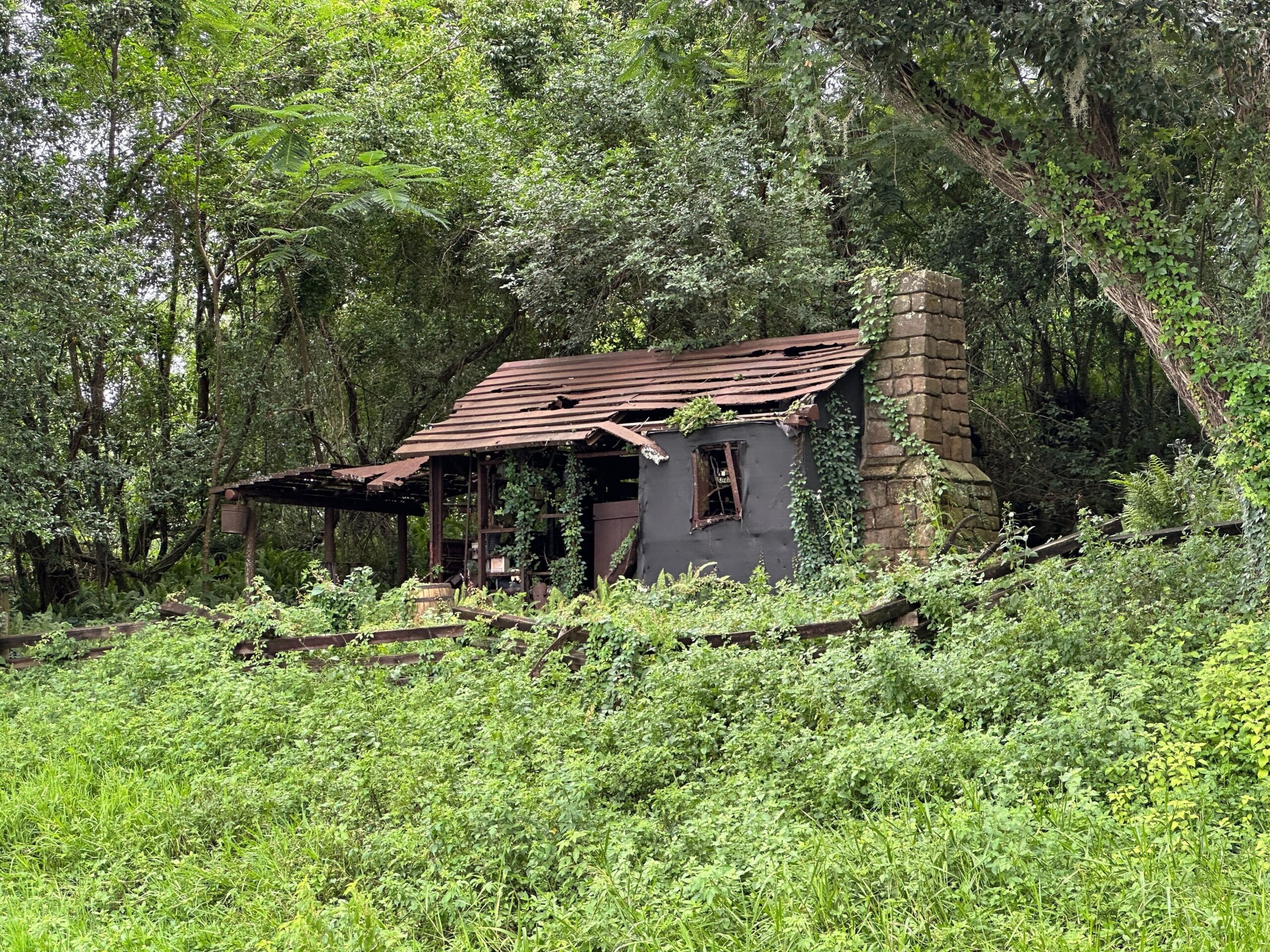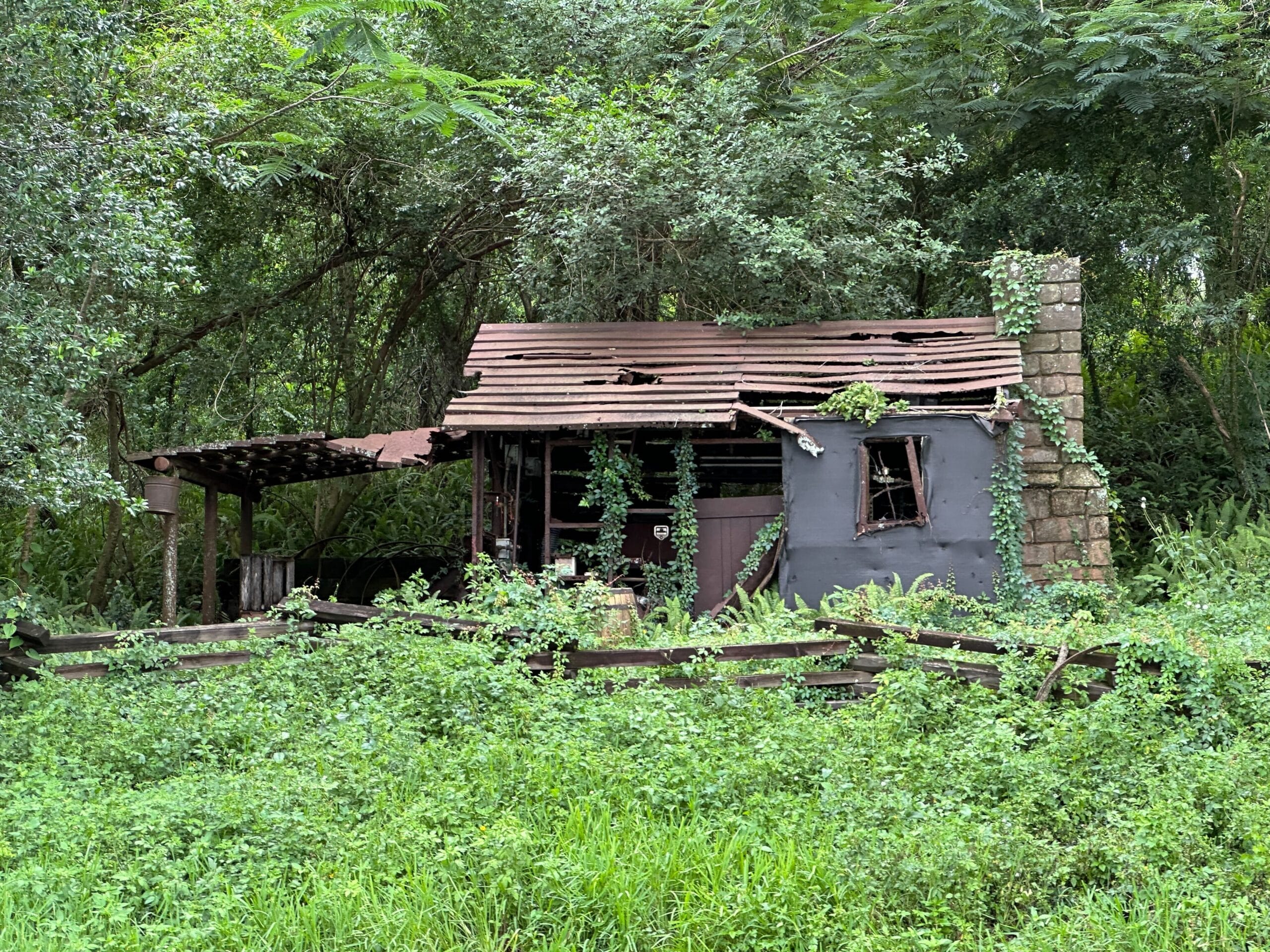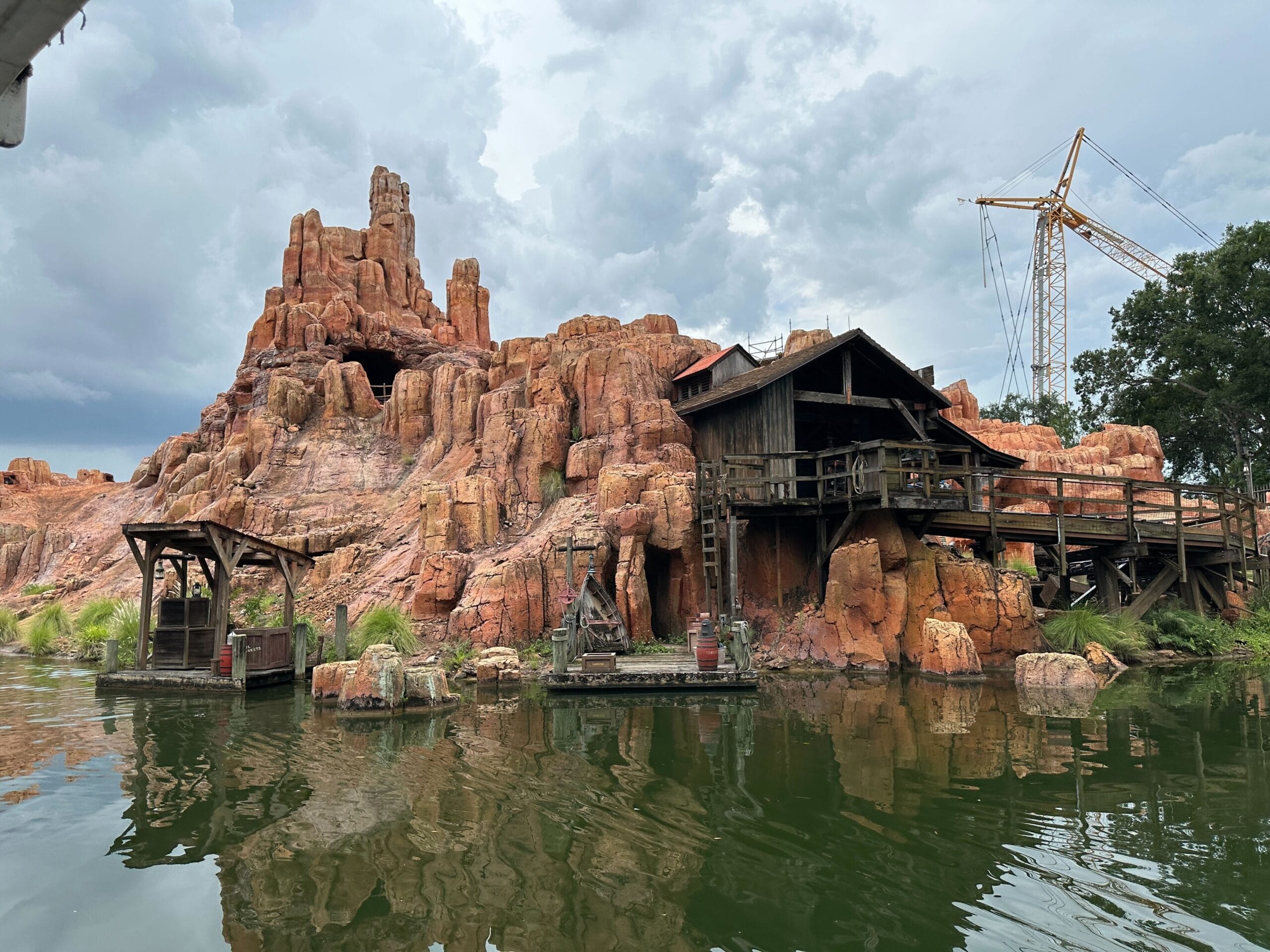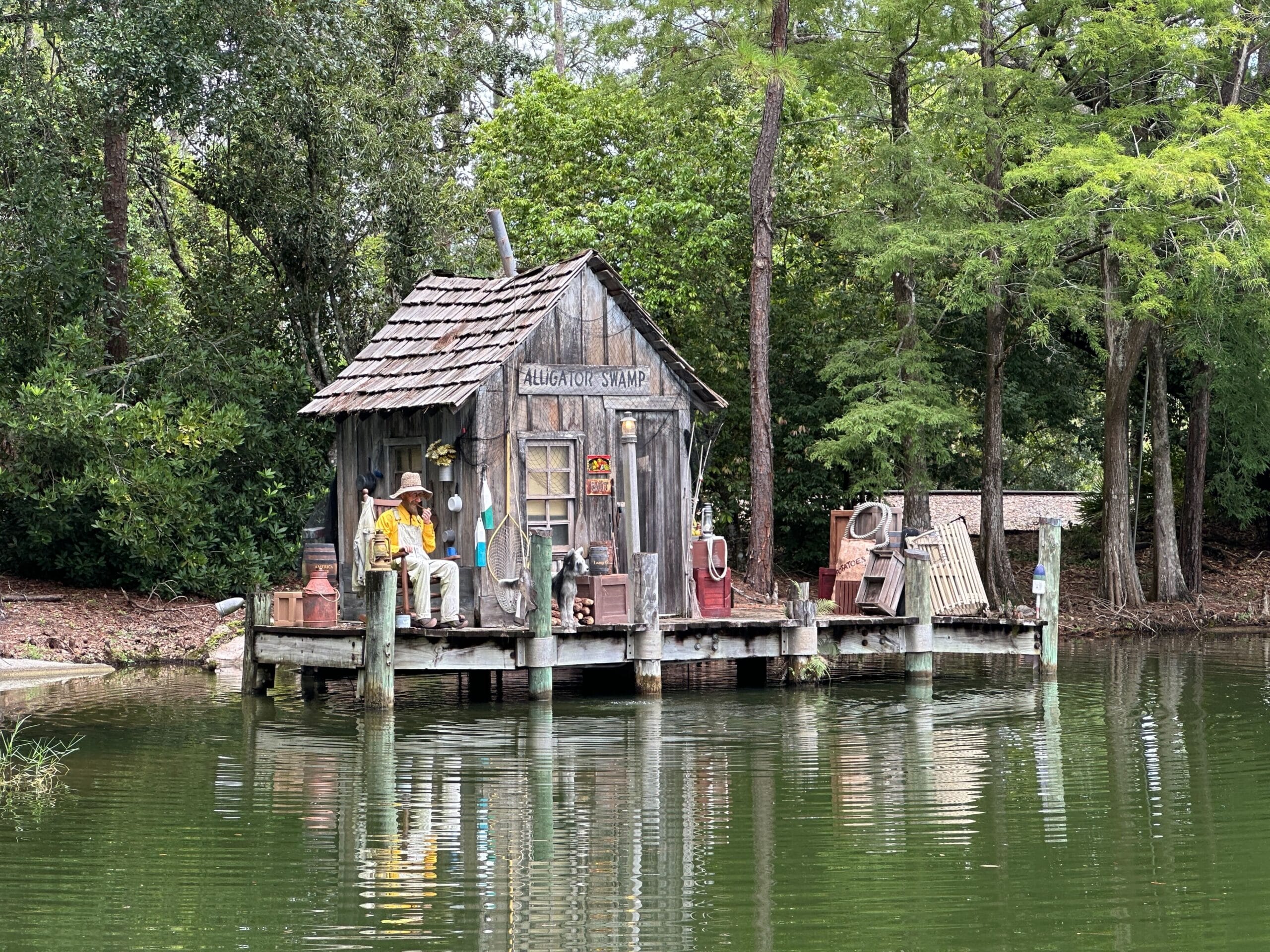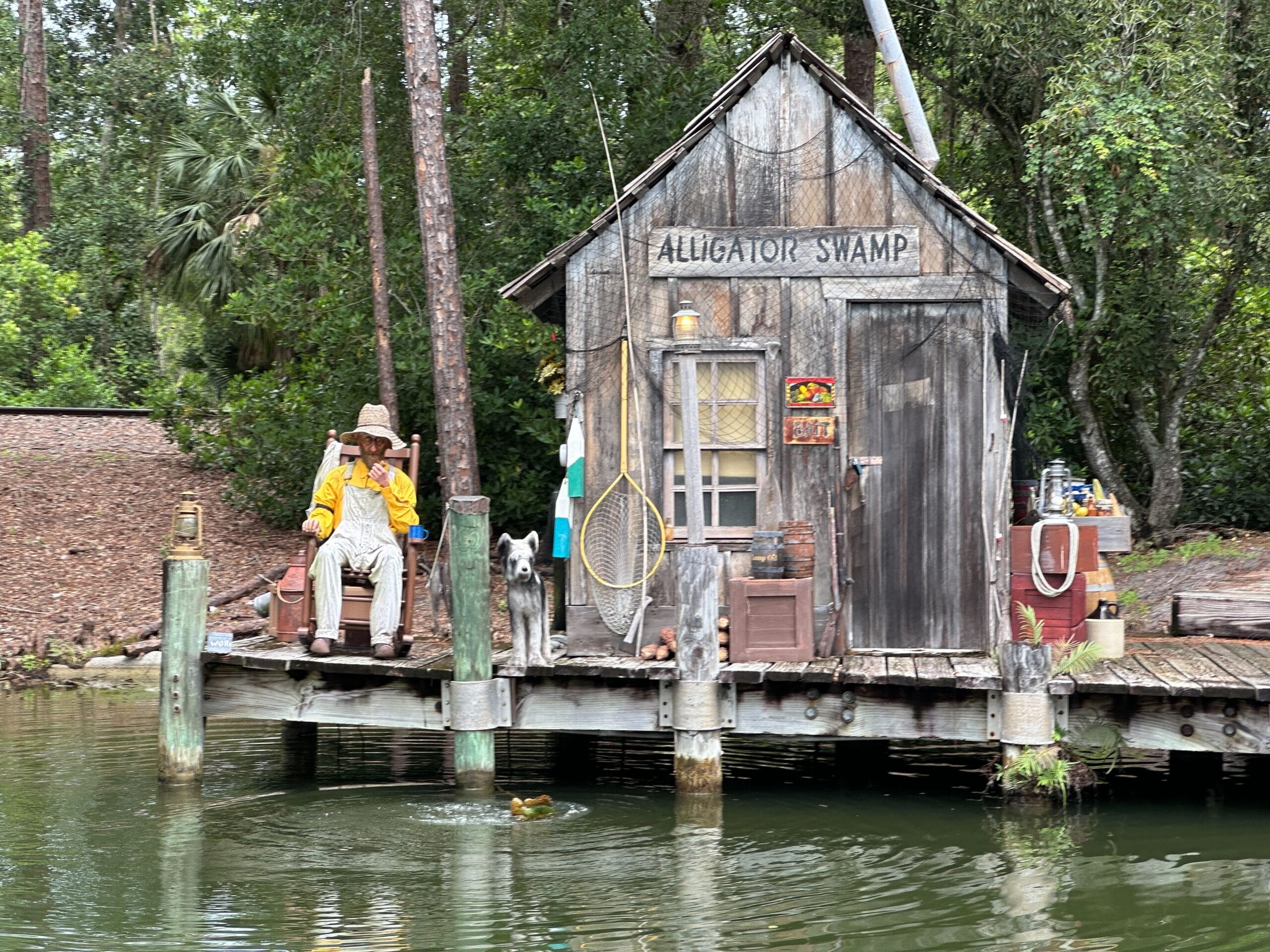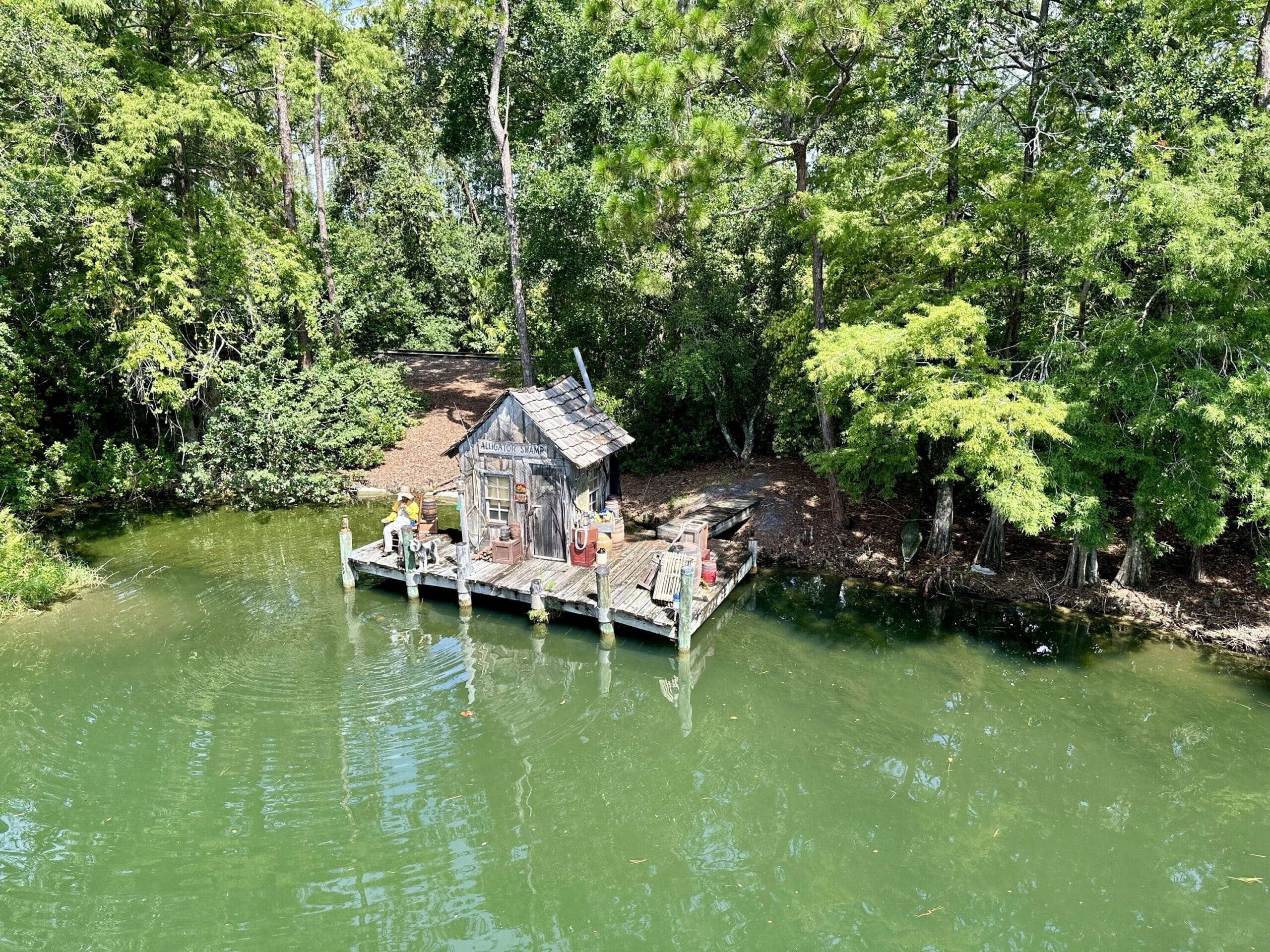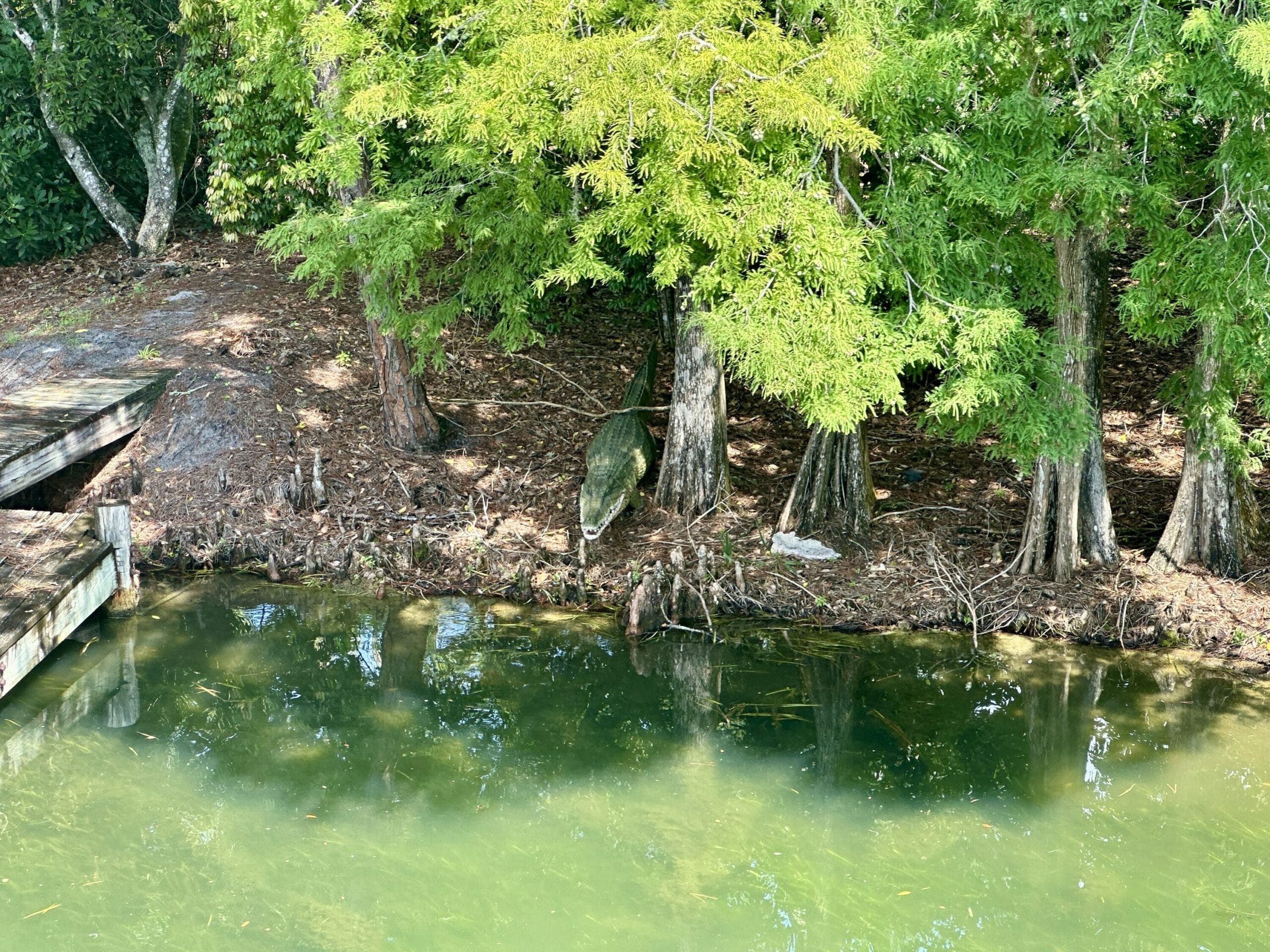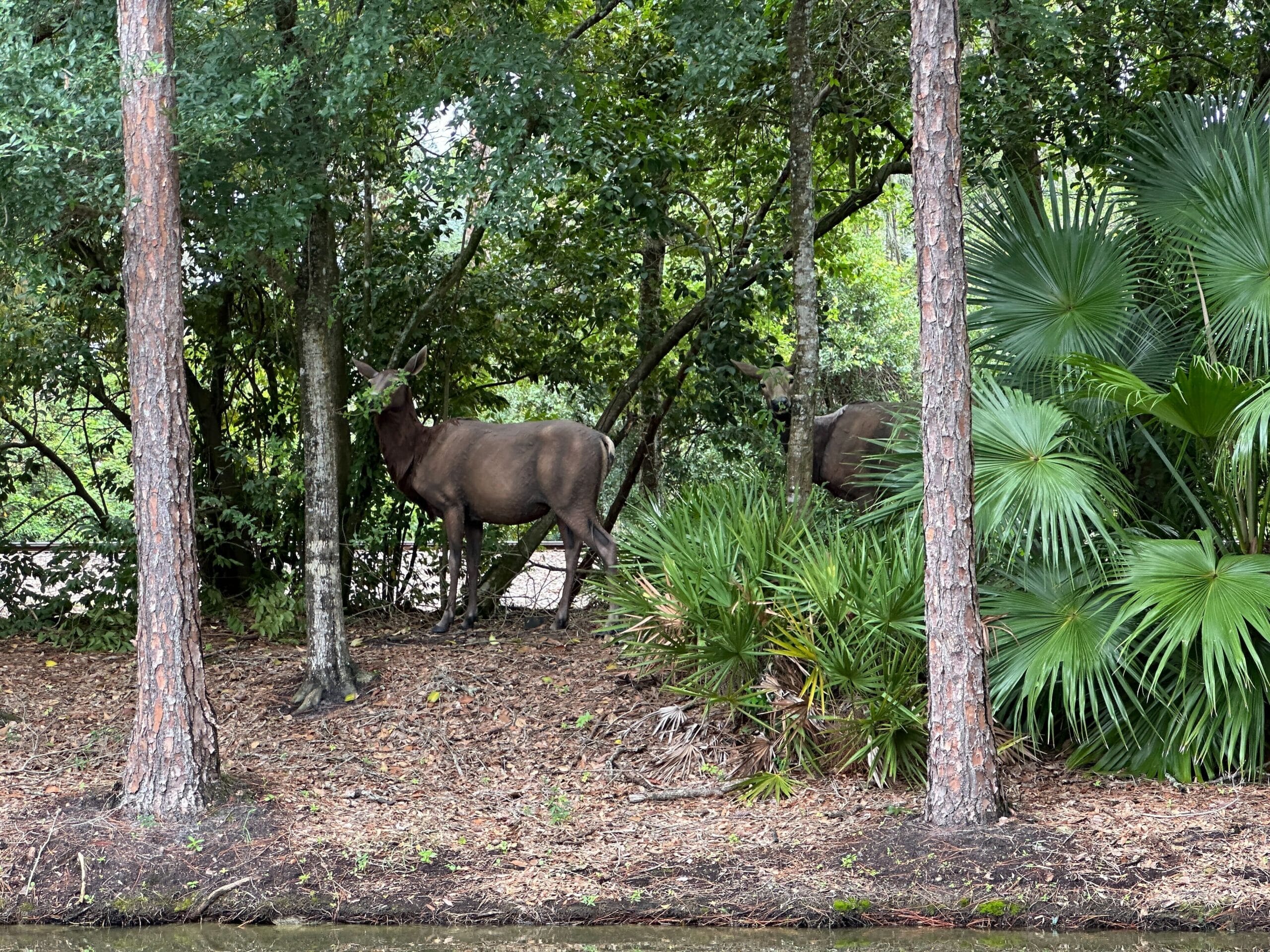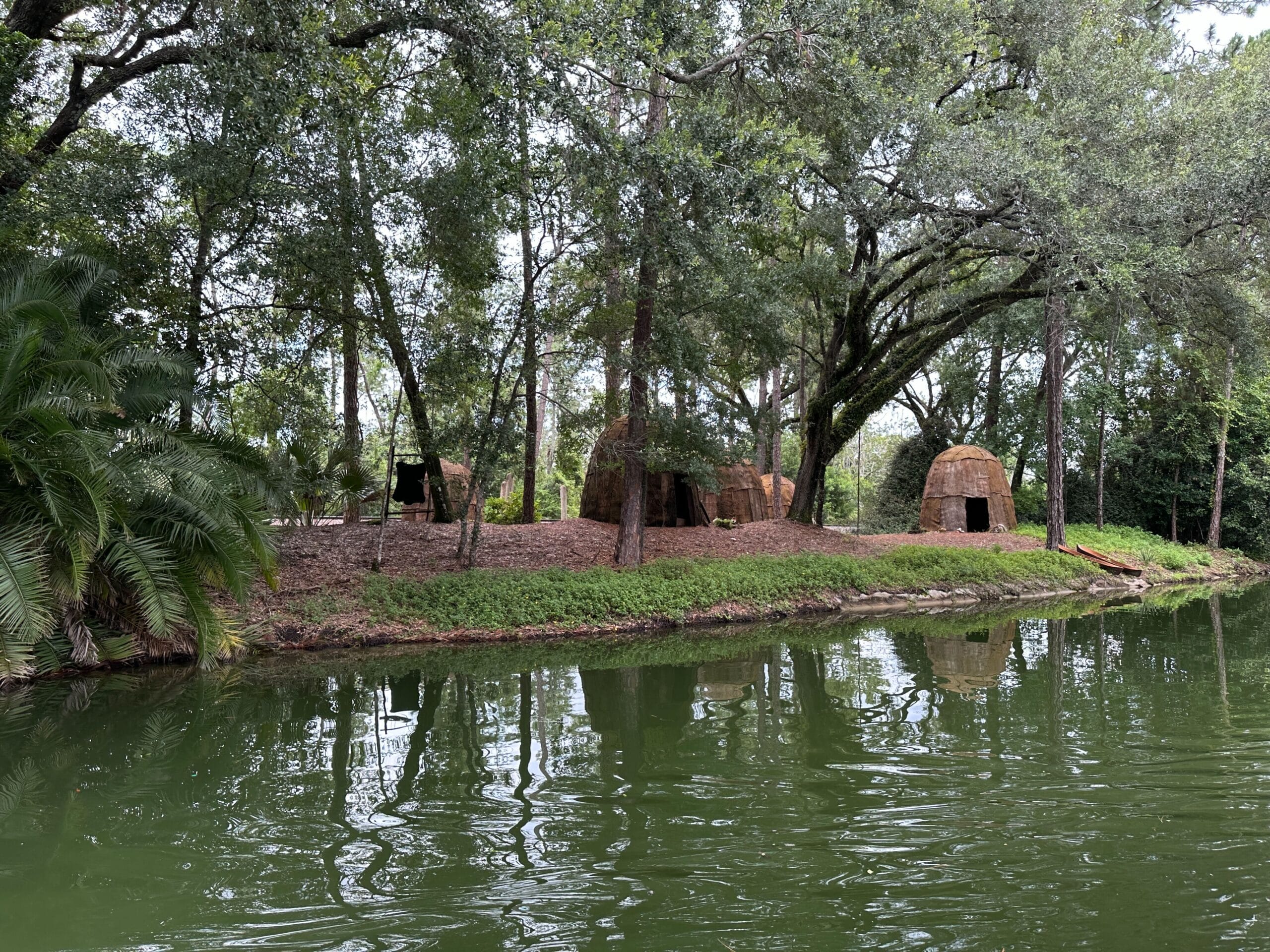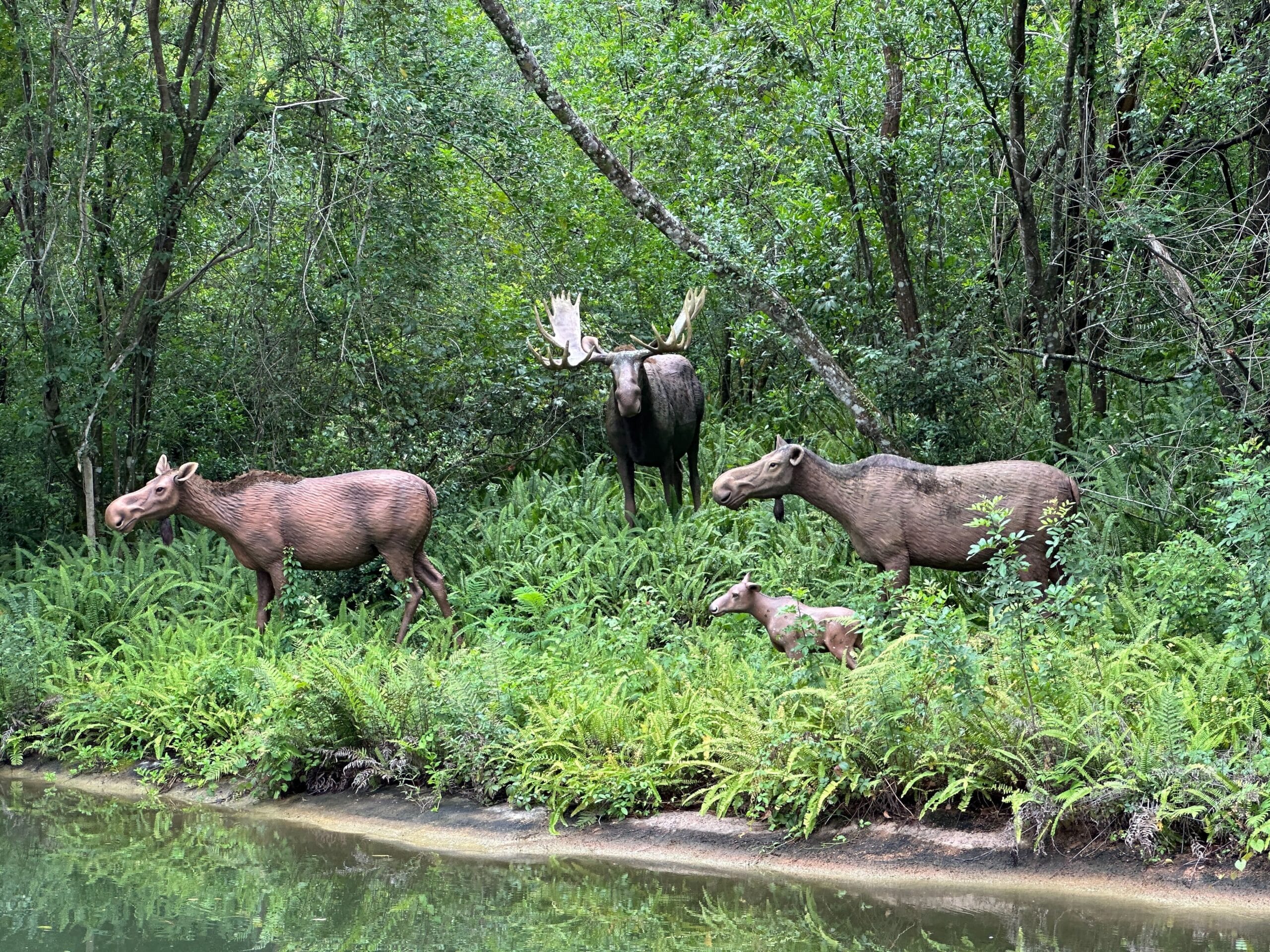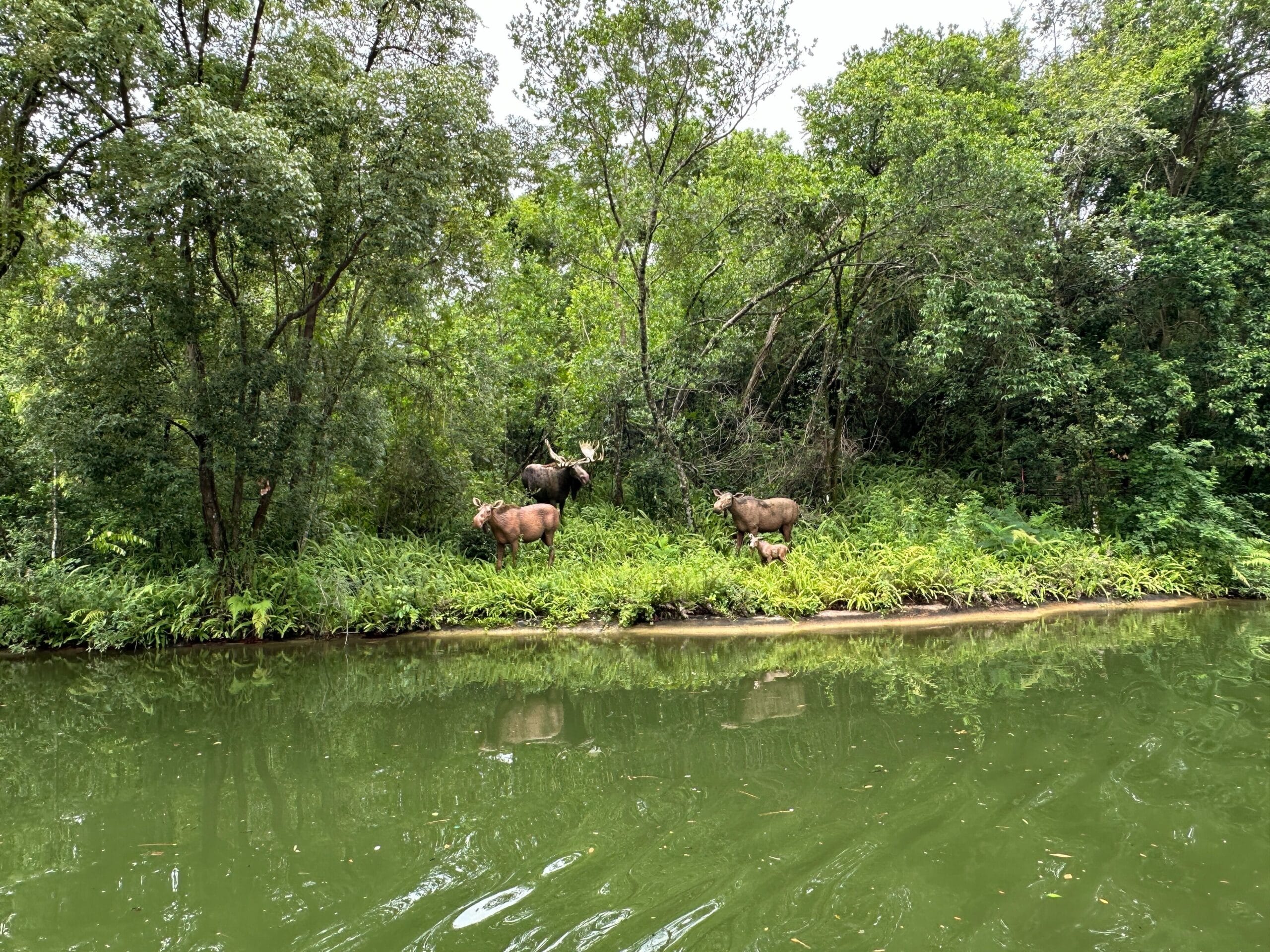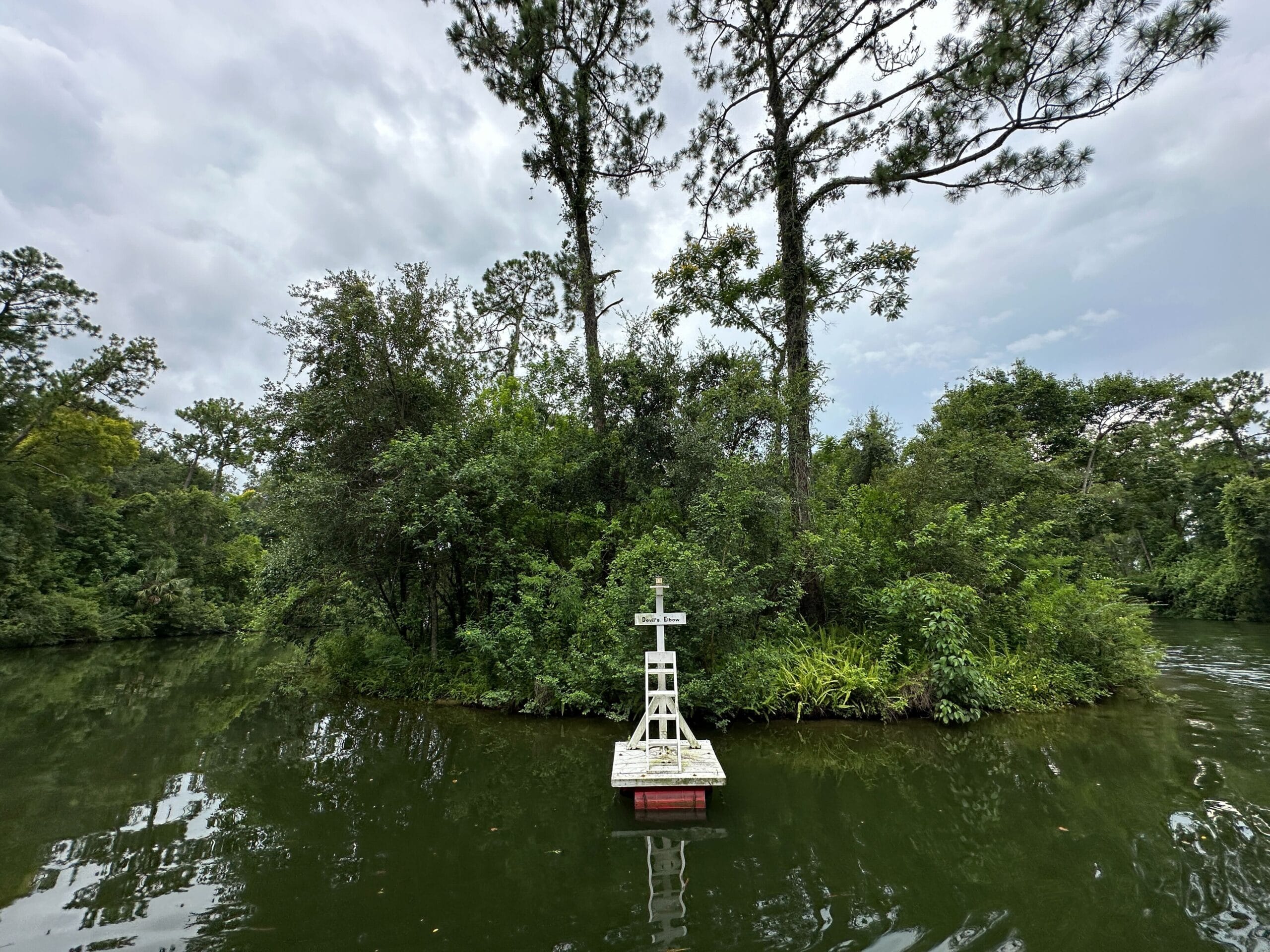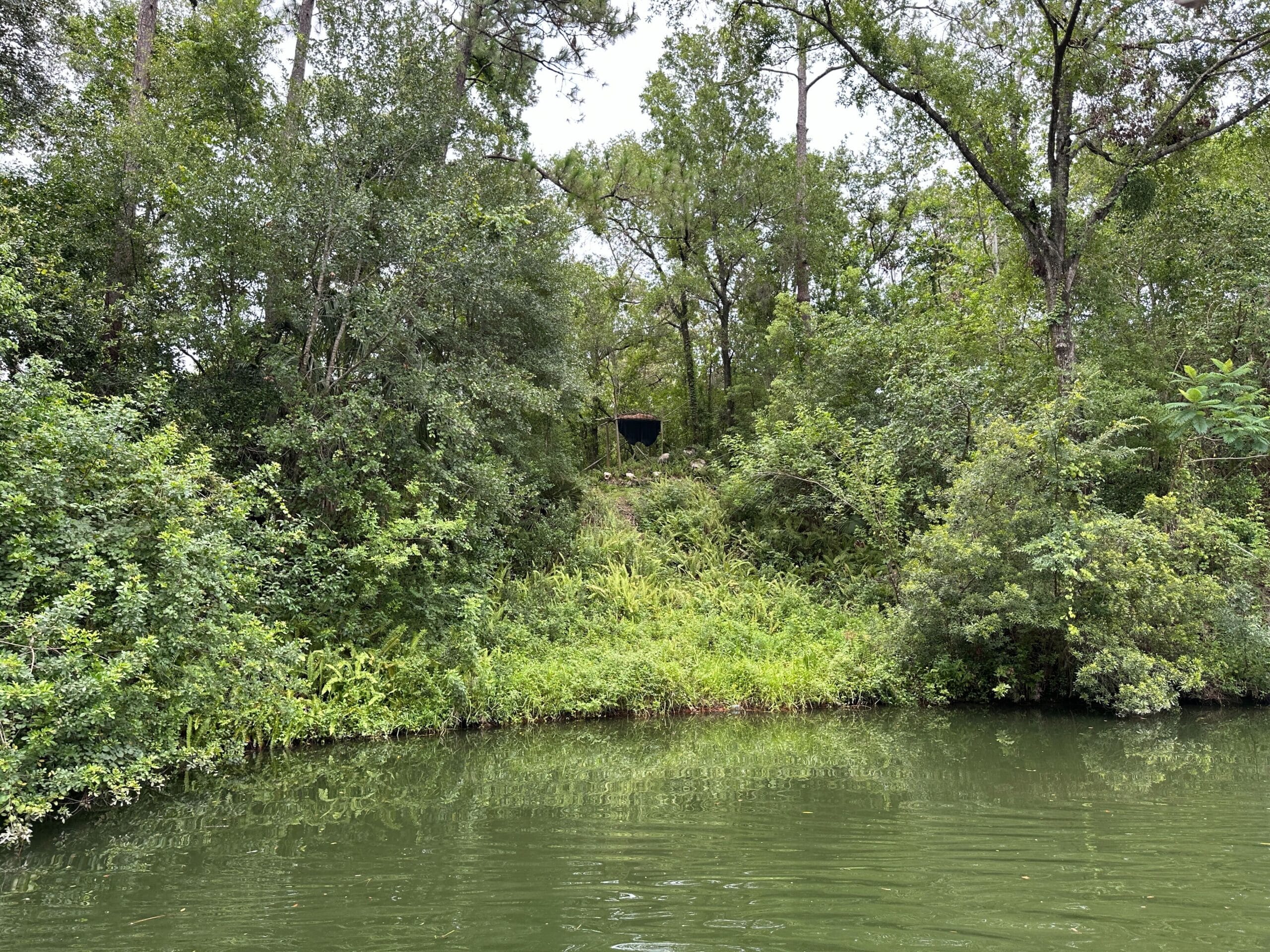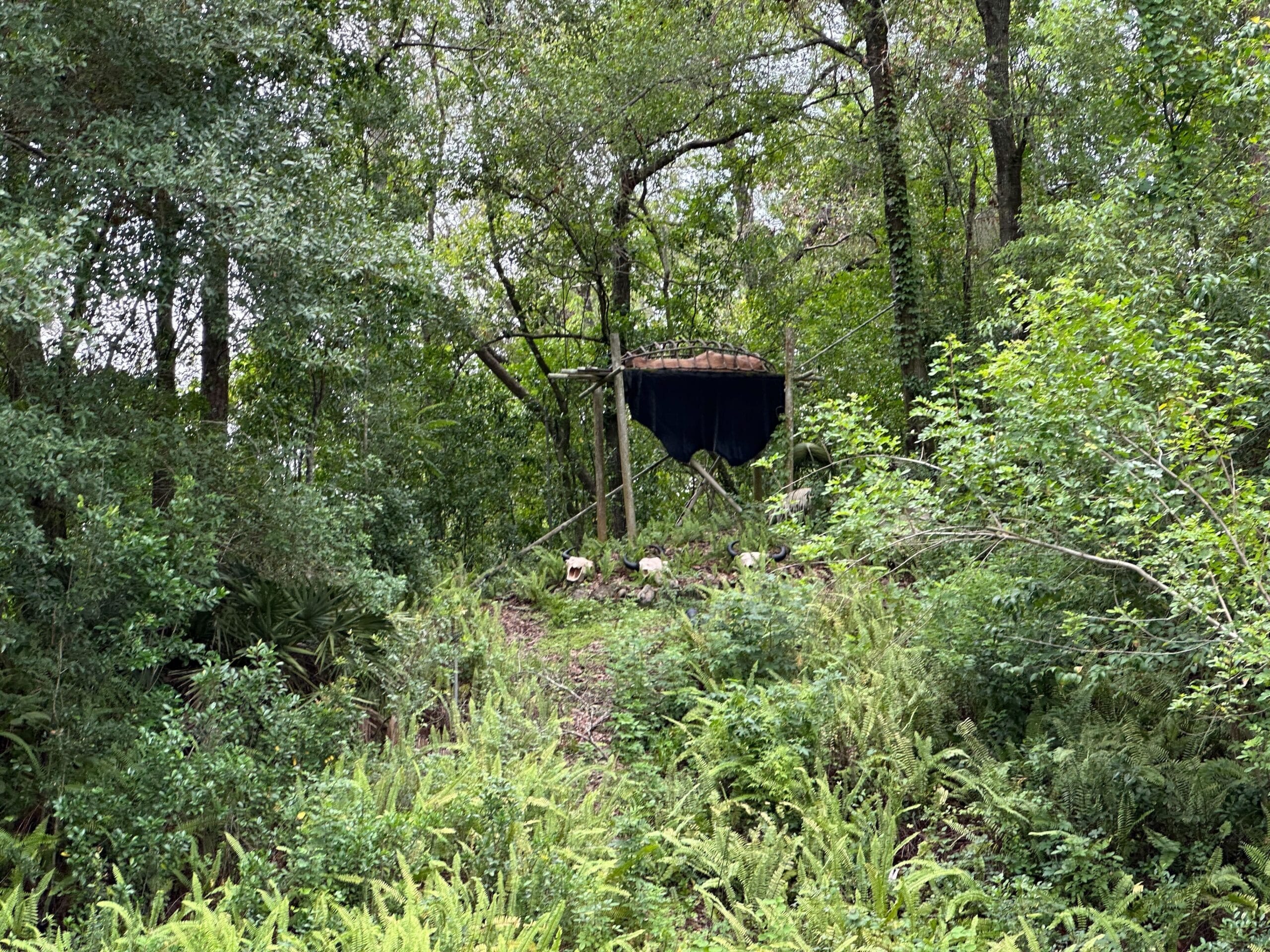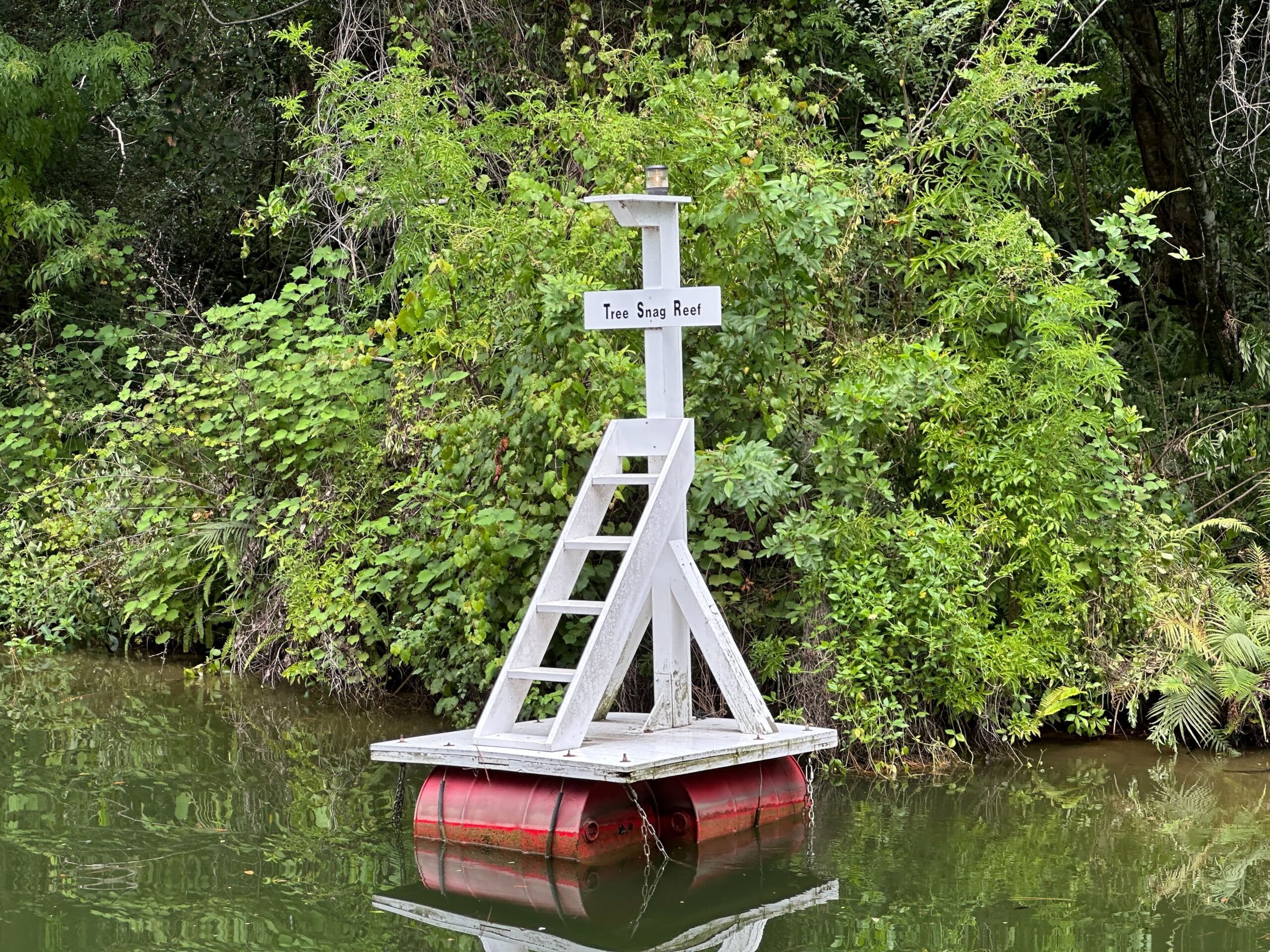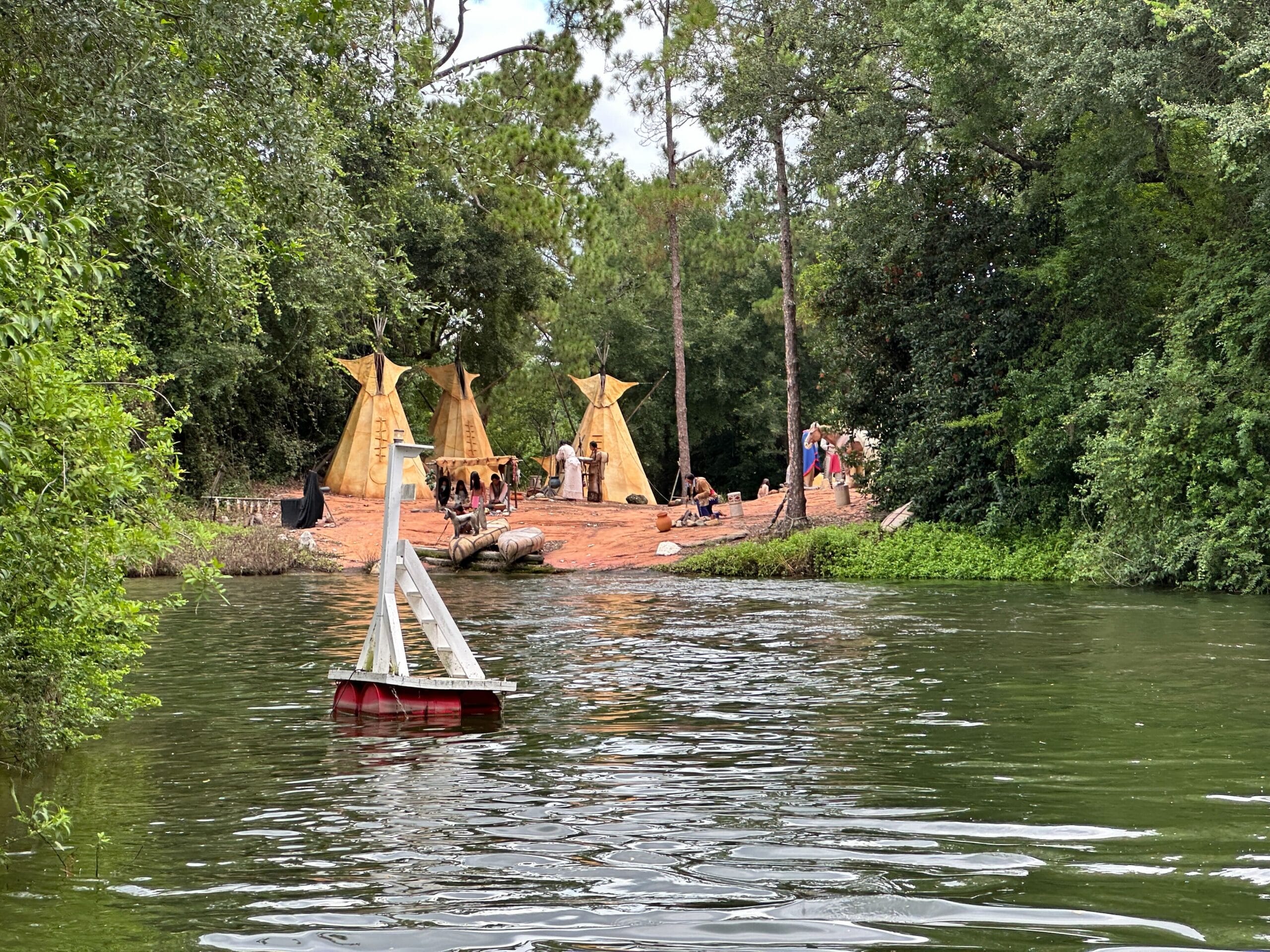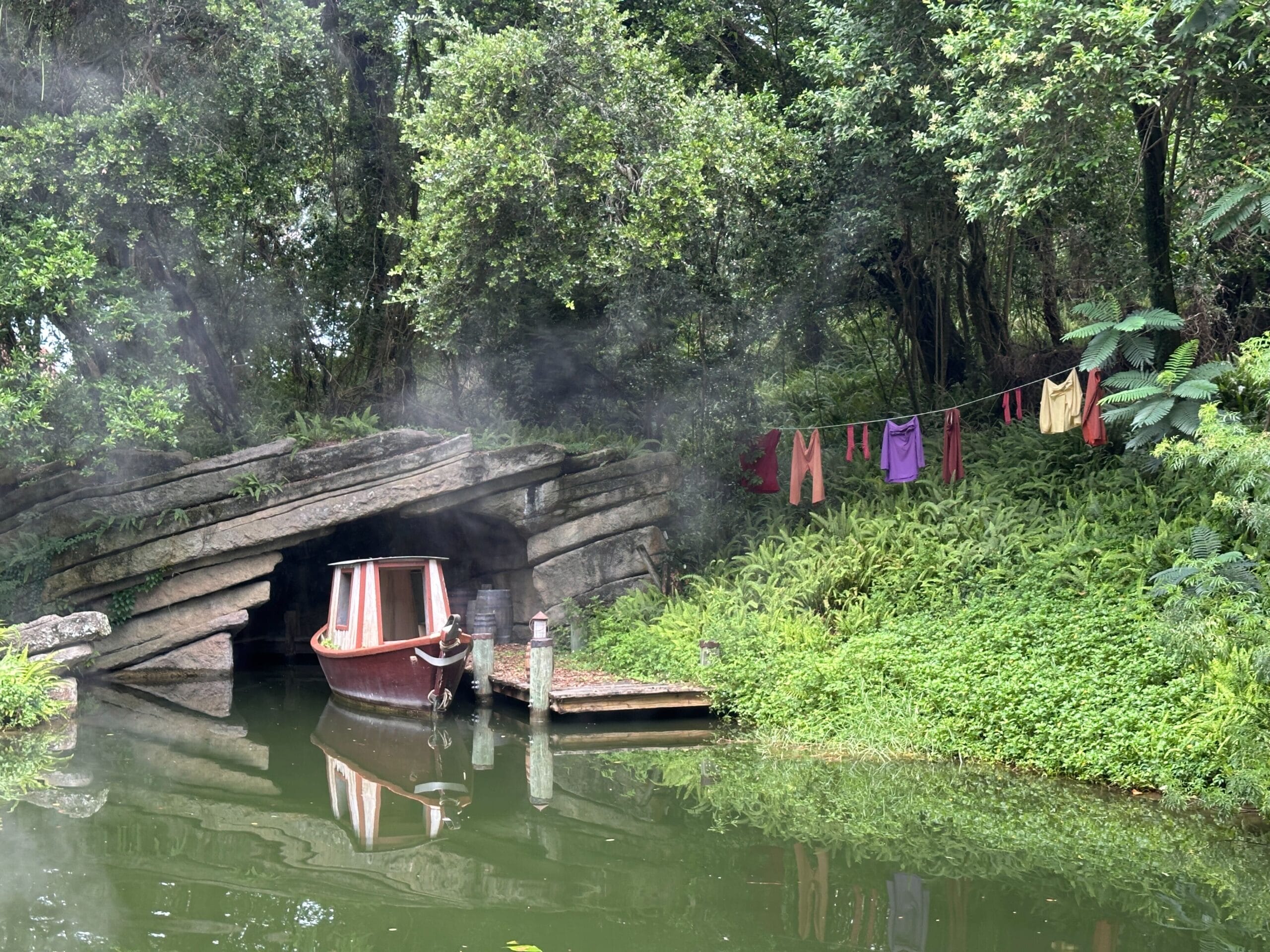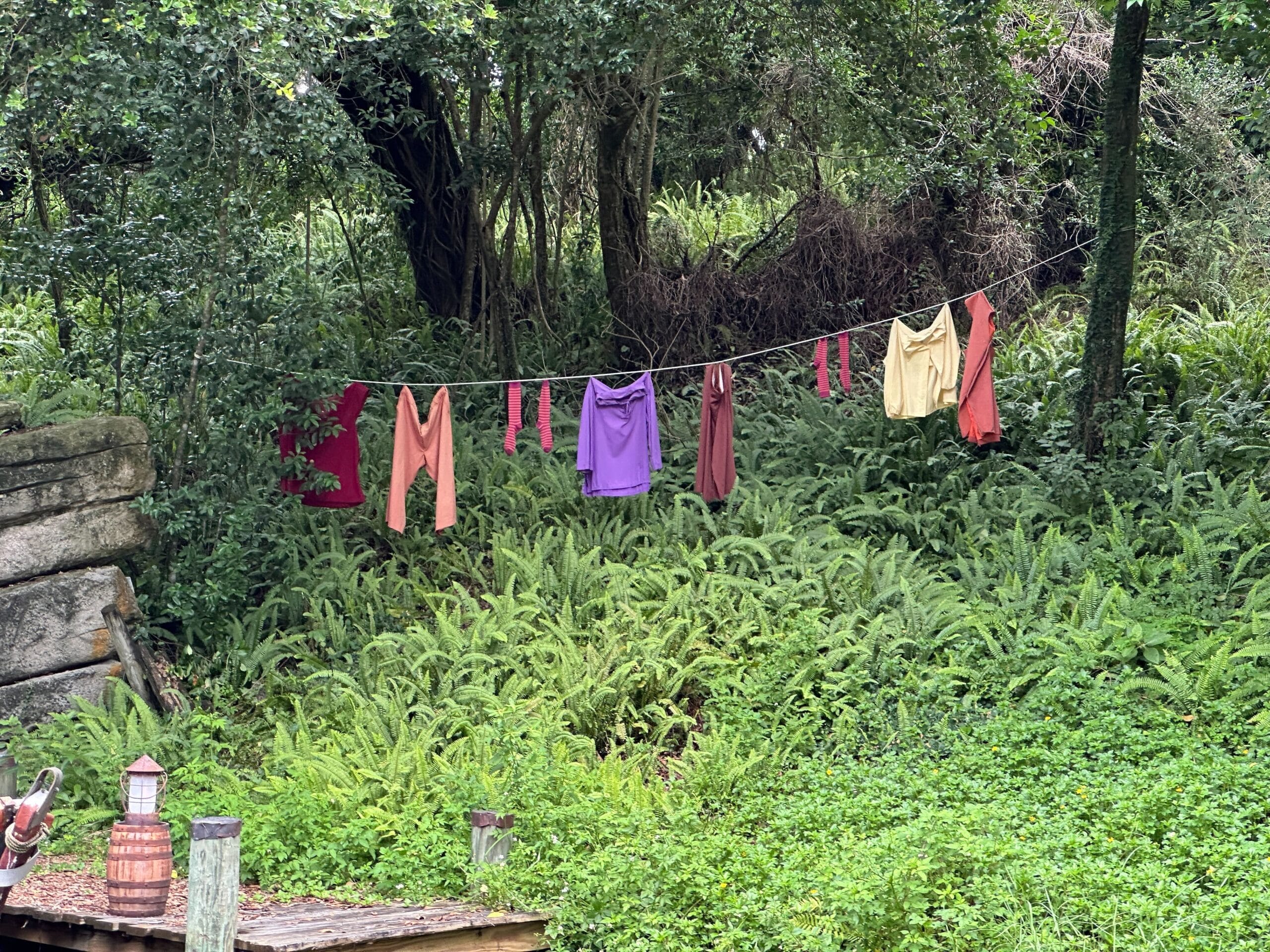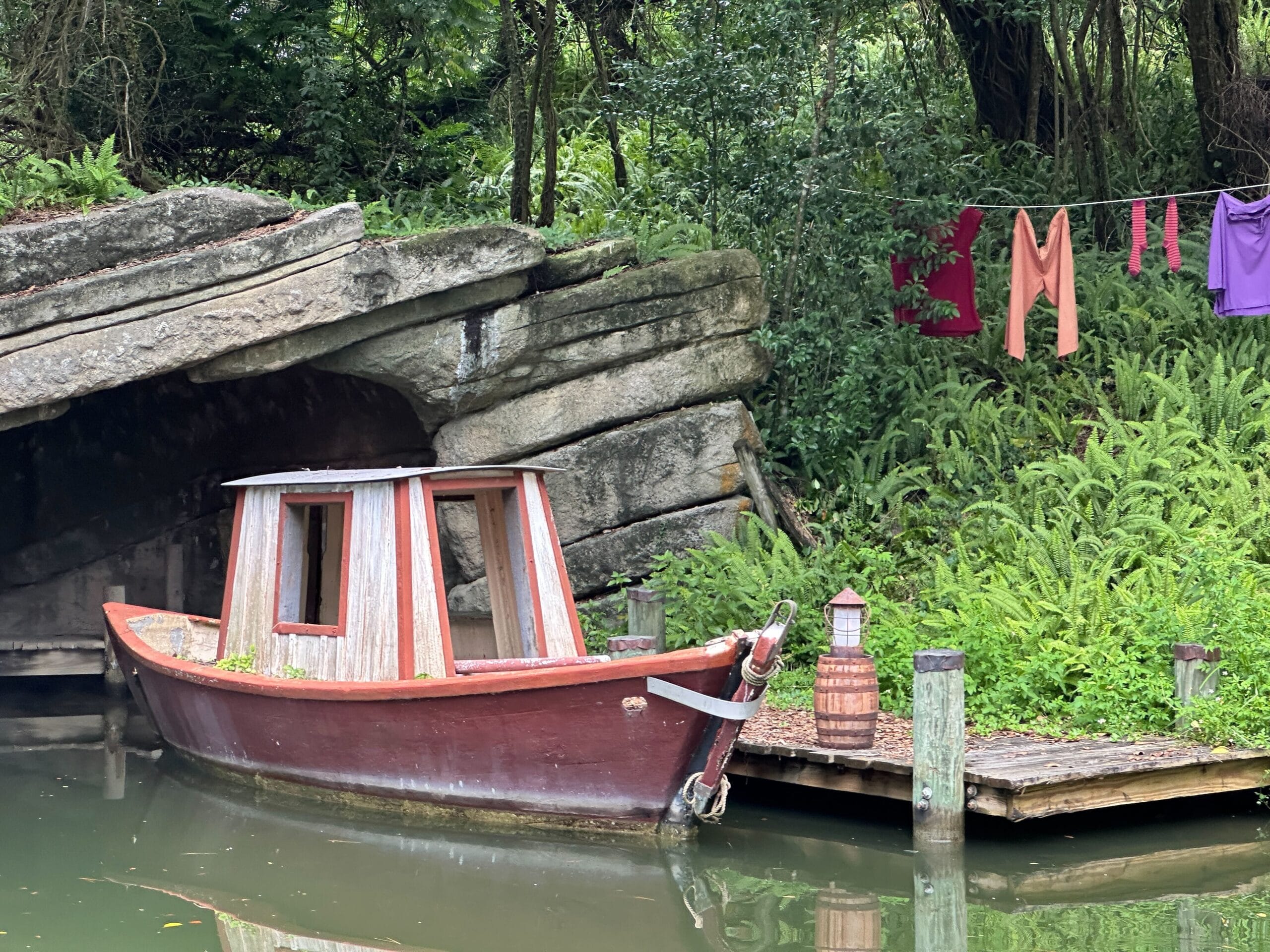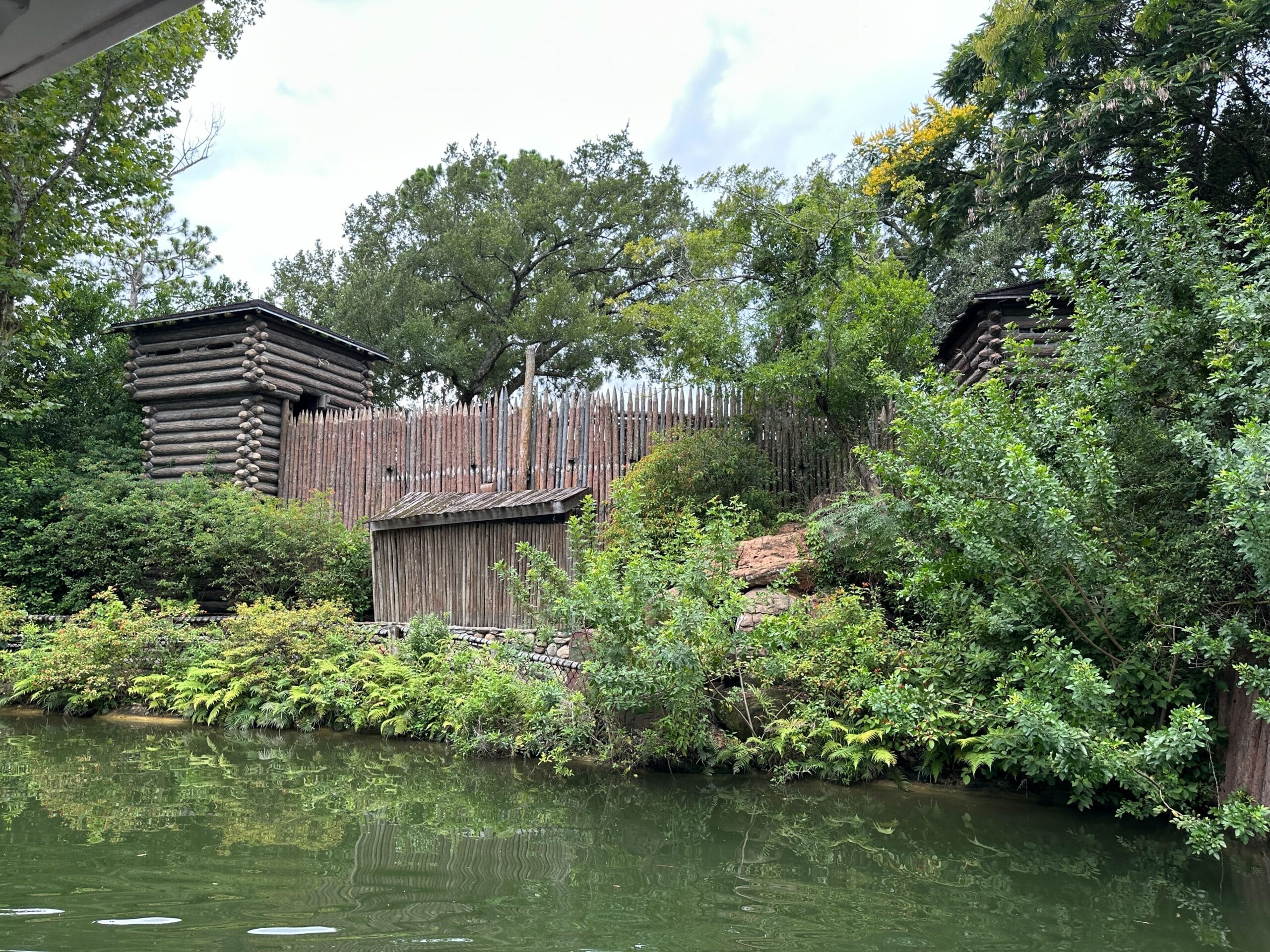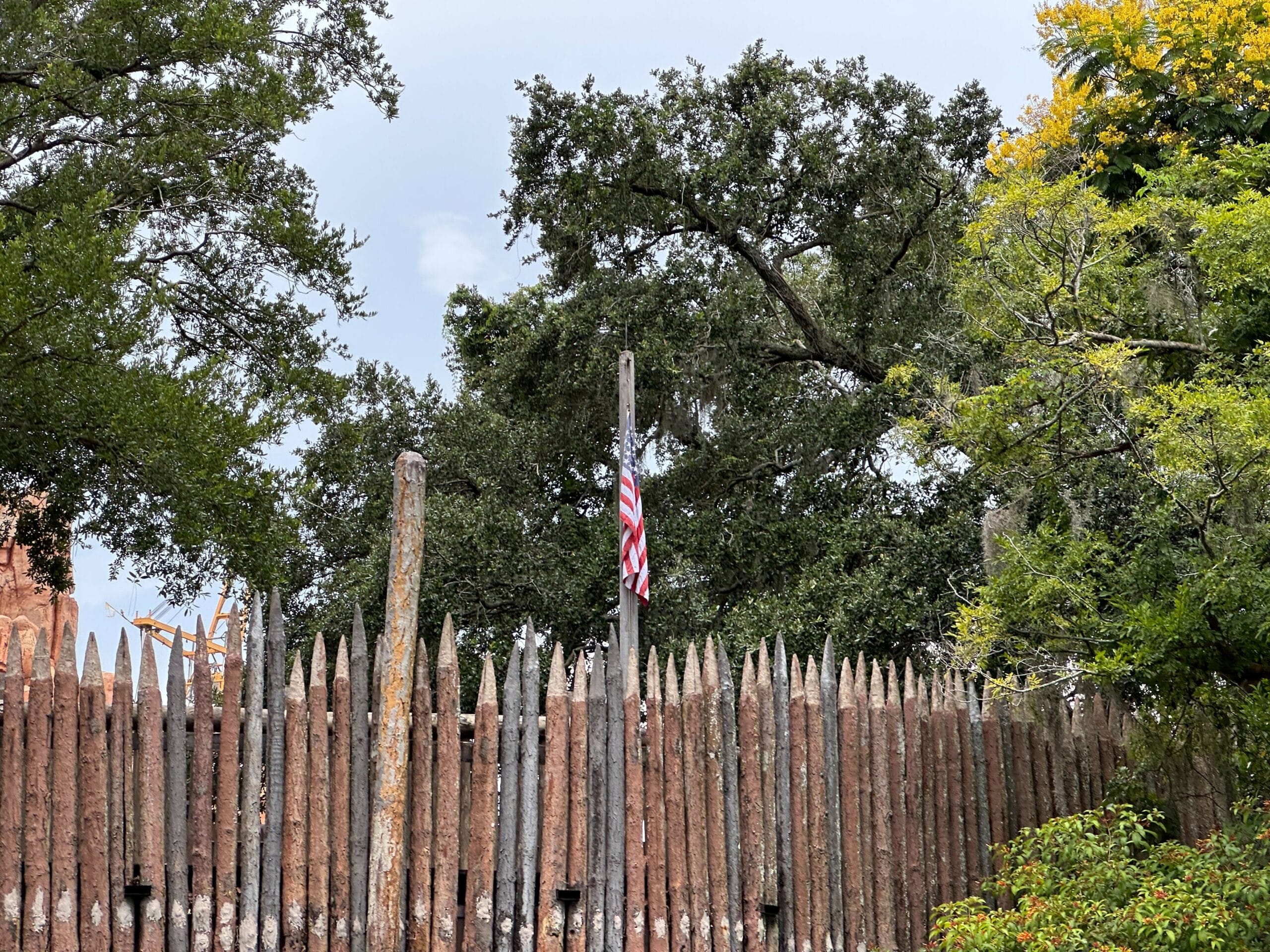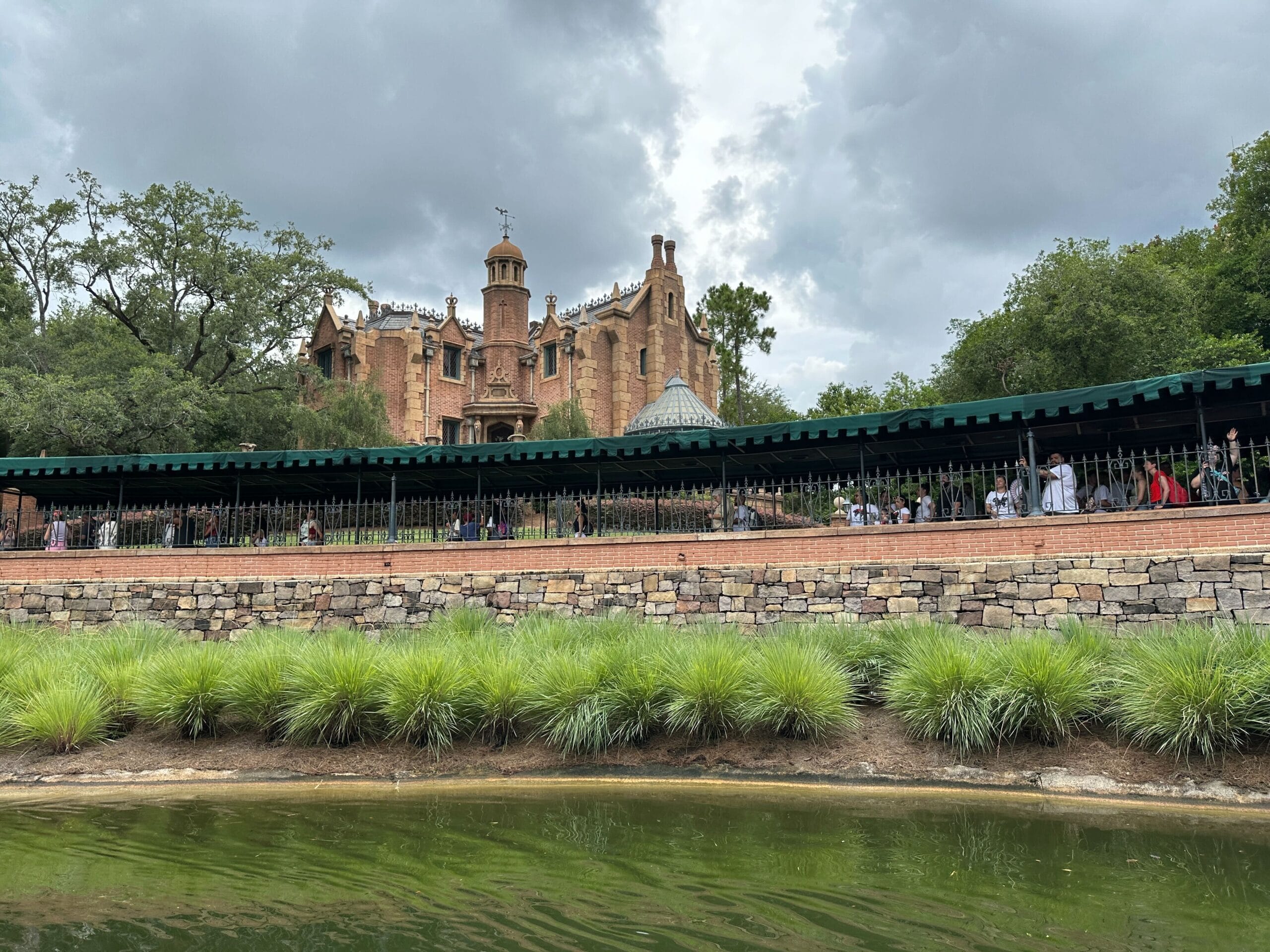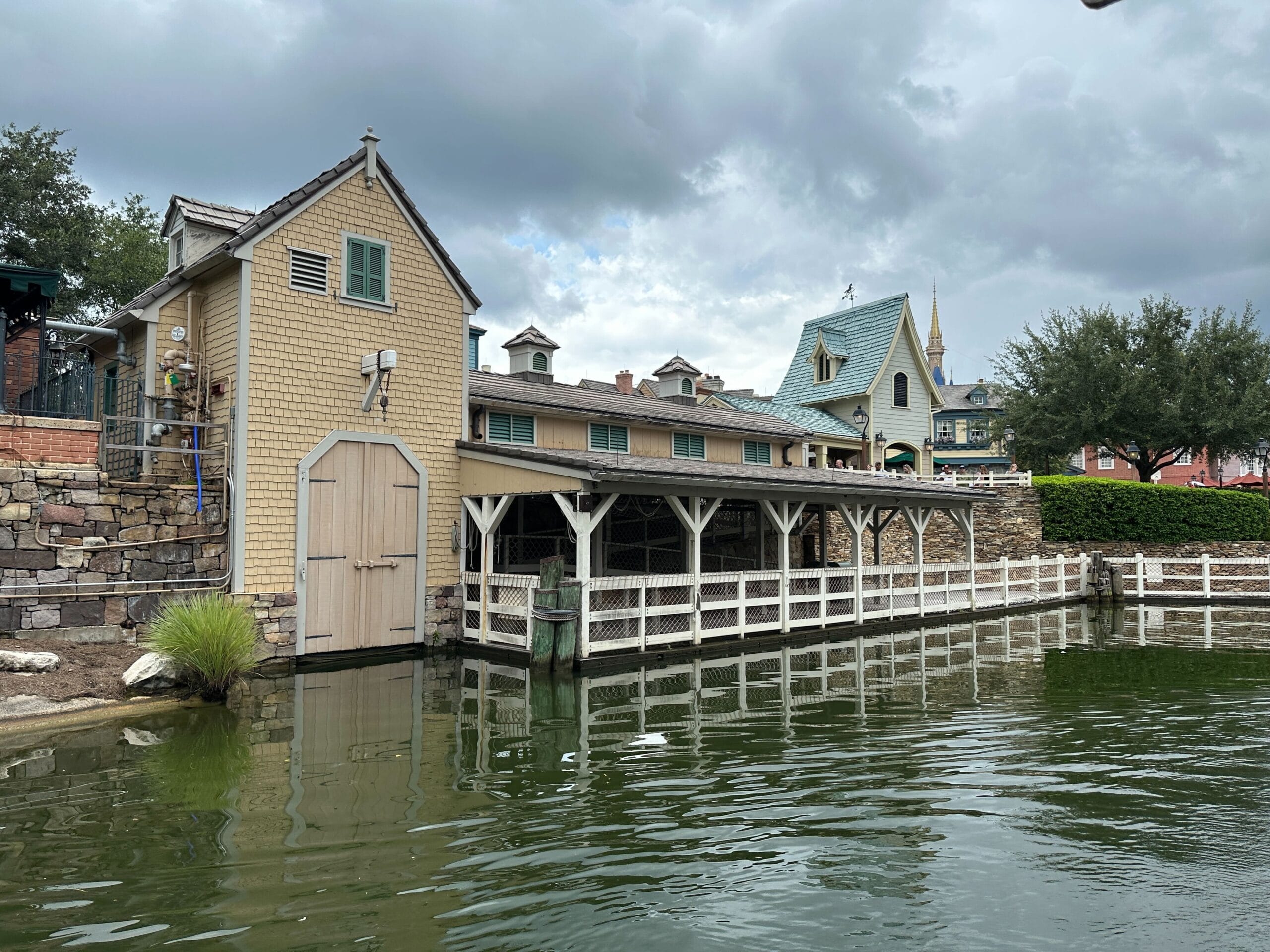The Liberty Square Riverboat in Magic Kingdom is now closed as Rivers of America and Tom Sawyer Island are transformed into a “Cars” area.
Liberty Square Riverboat
Liberty Square Riverboat History
The Liberty Square Riverboat opened as an attraction at Magic Kingdom on October 2, 1971, the second day of the park’s operations. The original riverboat was the Admiral Joe Fowler, named after retired U.S. Navy veteran Joe Fowler who helped construct Disneyland and Walt Disney World. The riverboat served until the fall of 1980, when it was destroyed in a dry dock incident.
The Richard F. Irvine — named after an executive who helped design Disneyland — riverboat entered service on May 20, 1973. It remained operational after the Admiral Joe Fowler was destroyed. In 1996, it was refurbished and renamed the Liberty Belle Riverboat. The Admiral Joe Fowler and Richard F. Irvine names were then given to ferryboats.
The Liberty Belle was a steam-powered sternwheeler replica. In addition to its regular operations as the Liberty Square Riverboat, it was also used for the live show Tiana’s Showboat Jubilee in 2009 and 2010. The Liberty Belle could accommodate 450 passengers, and a trip around the Rivers of America was about 20 minutes.
Last Look at the Liberty Belle
Guests boarded the Liberty Belle from Riverboat Landing across from Liberty Square Market.
Signs at this location listed the boat’s operating hours for the day. It usually sailed from 11 a.m. to 7 p.m., leaving on the hour and half hour.
The landing had a covered waiting area and two levels. Guests exited the boat on the lower level. The landing had a tower with a sailboat-shaped weathervane, and a flagpole was placed on the dock.
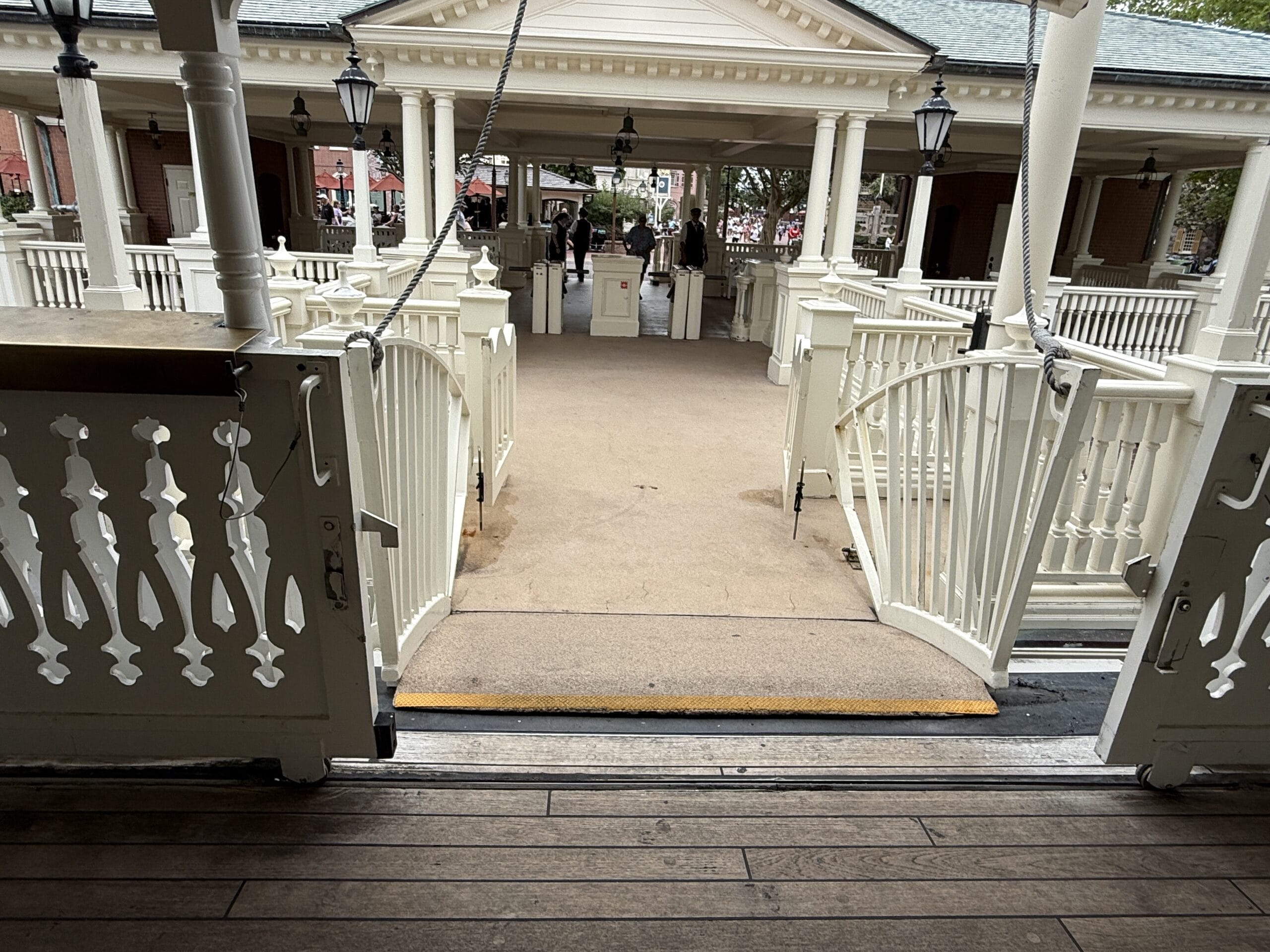
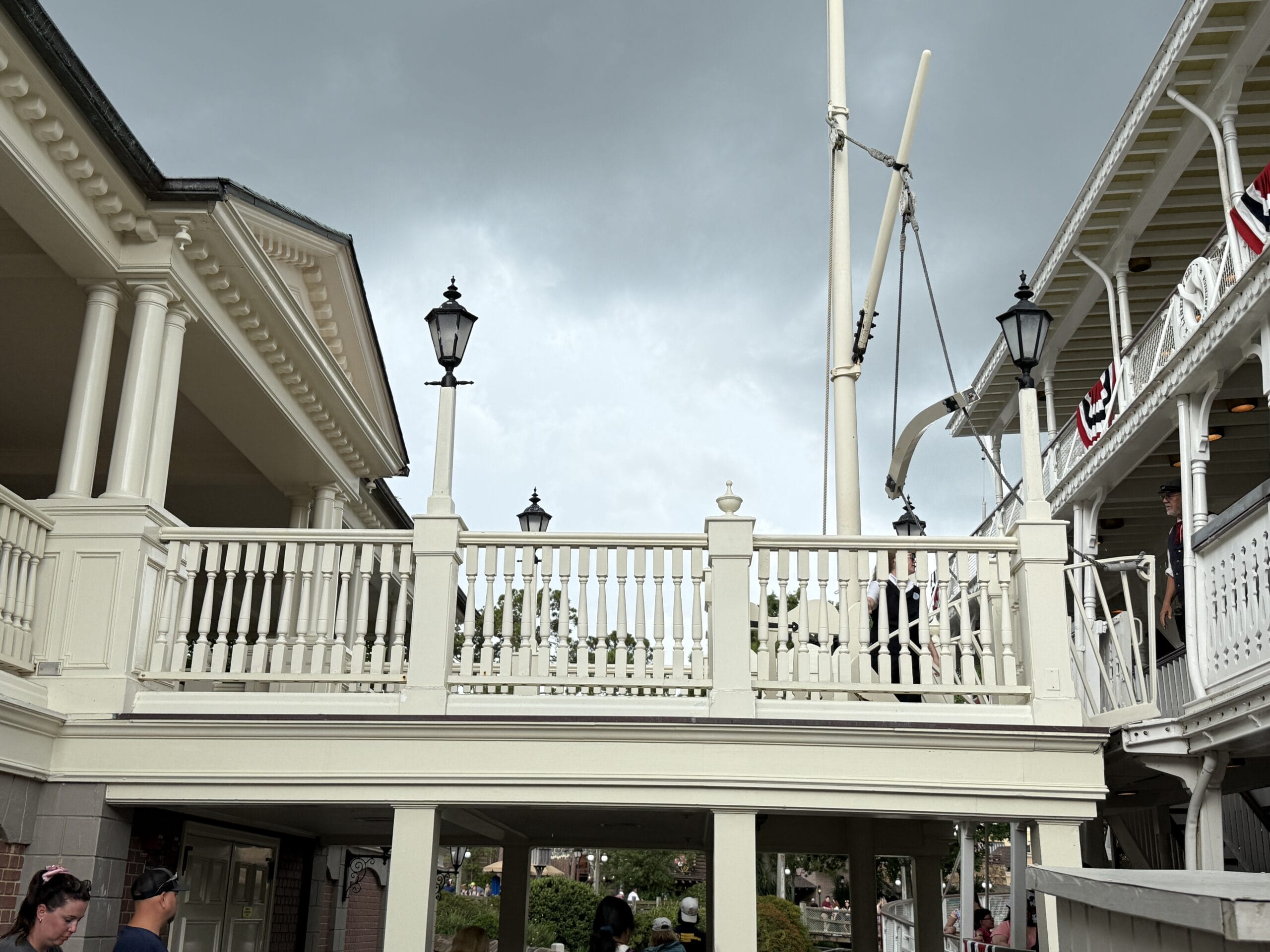
A sliding gate opened on the second deck of the boat for guests to enter. They crossed a short bridge and a gangplank, which crew members lowered.
The Liberty Belle was not usually decked out in patriotic bunting. It was adorned for Memorial Day and kept the bunting through Fourth of July weekend and its final days of operation.
The boat was mostly white with a black hull. A black smokestack was placed on top, featuring golden trim.
There were a total of three decks. The top and lower decks had grid railings, while the second deck railings had a more decorative wood design. There were benches on the bow, which was one of the only uncovered parts of the ship.
A “Liberty Belle” sign was placed on the pilot’s cabin. There was also a bell in front of the cabin. Cast Members would sometimes pick a guest to join them in the pilot’s cabin as a special surprise.
A larger “Liberty Belle” sign was on the back of the boat above the paddlewheel.
Though it’s easy to believe the riverboat is floating like a normal boat, it does run on a track, which guests have been able to see when the water is drained for refurbishment.
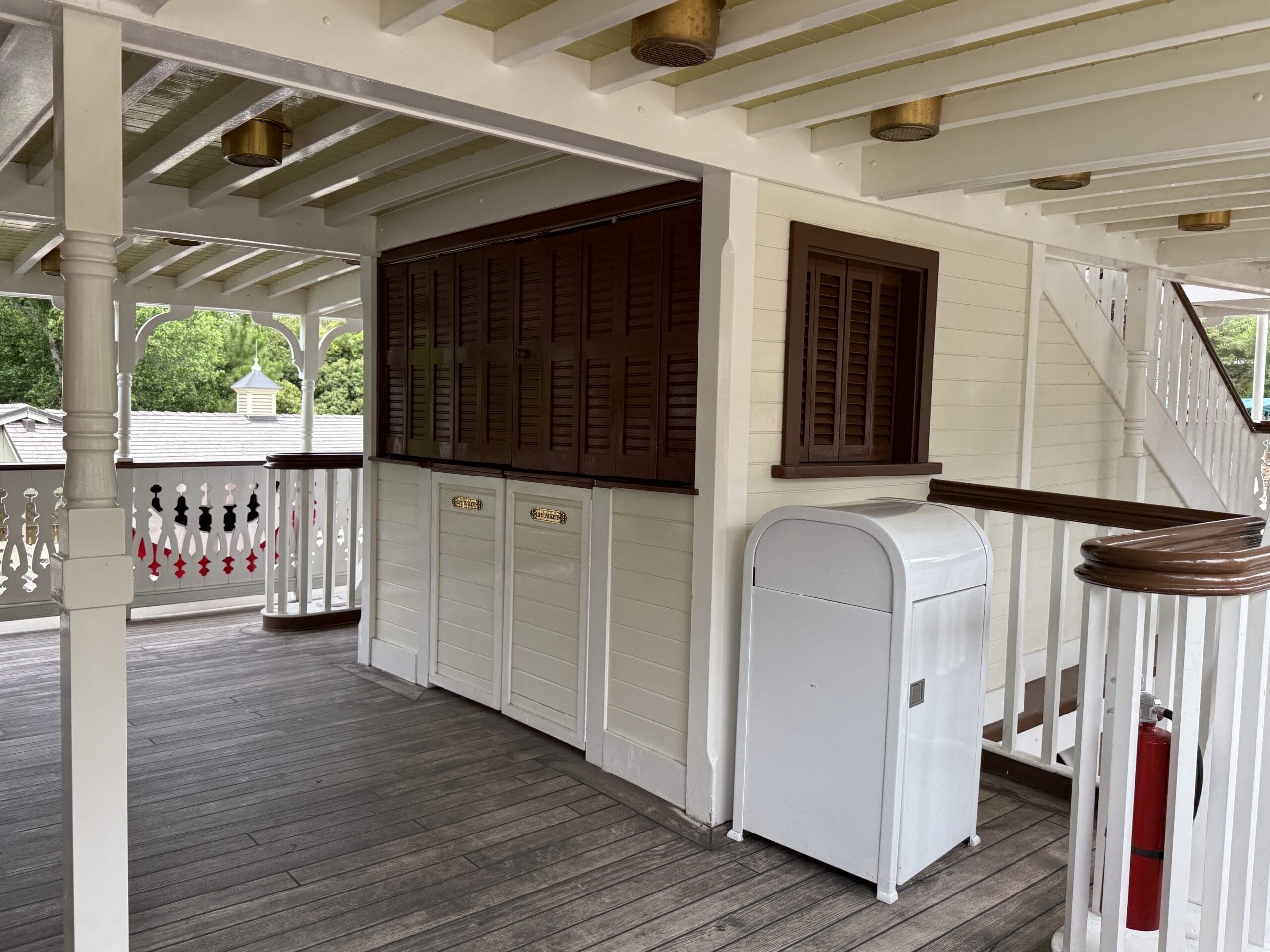
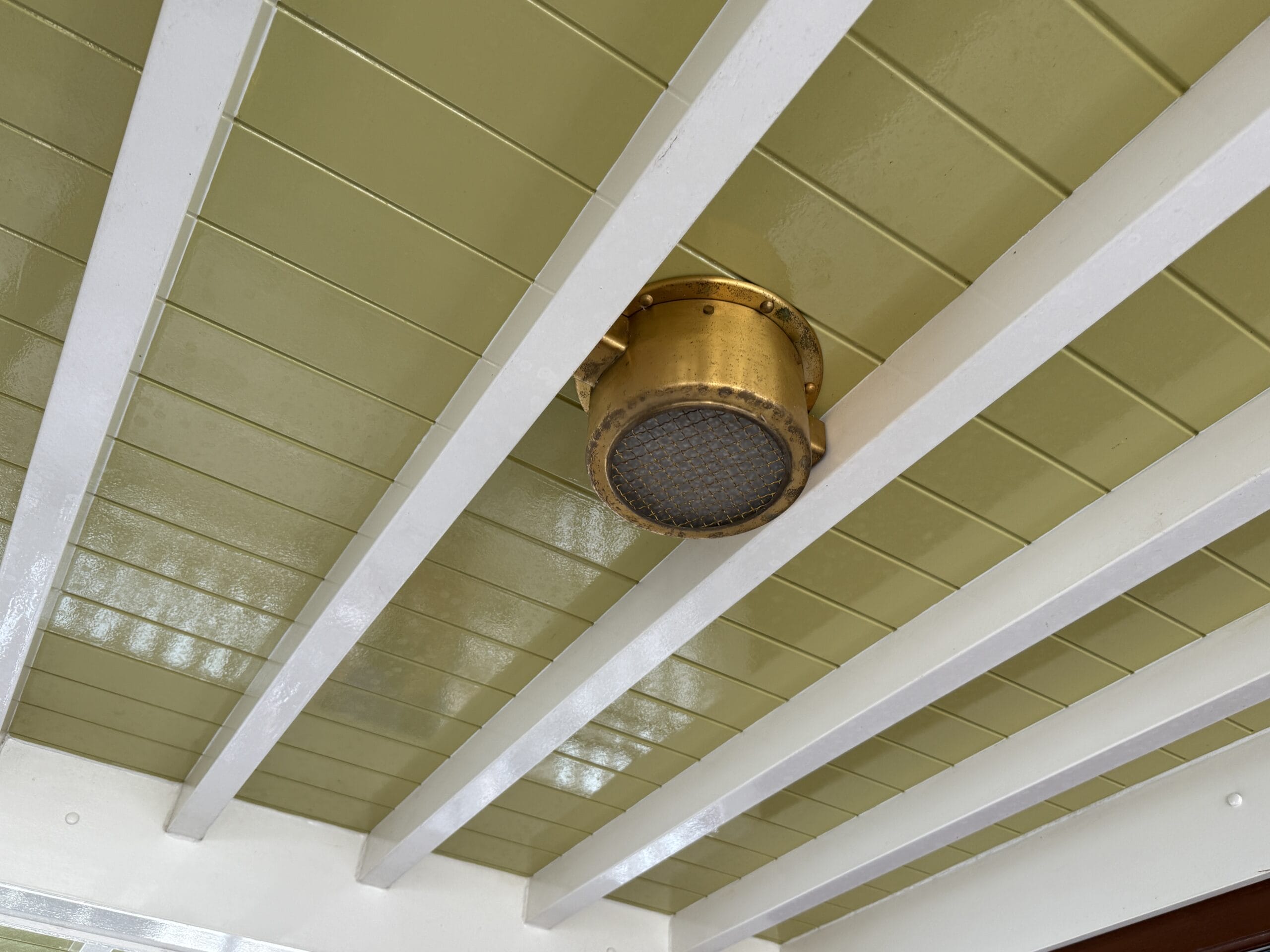
The walls and supports on the boat were white. The ceiling was pale green. Lights embedded in the ceiling were gold and made to look antique, though they actually housed modern bulbs.
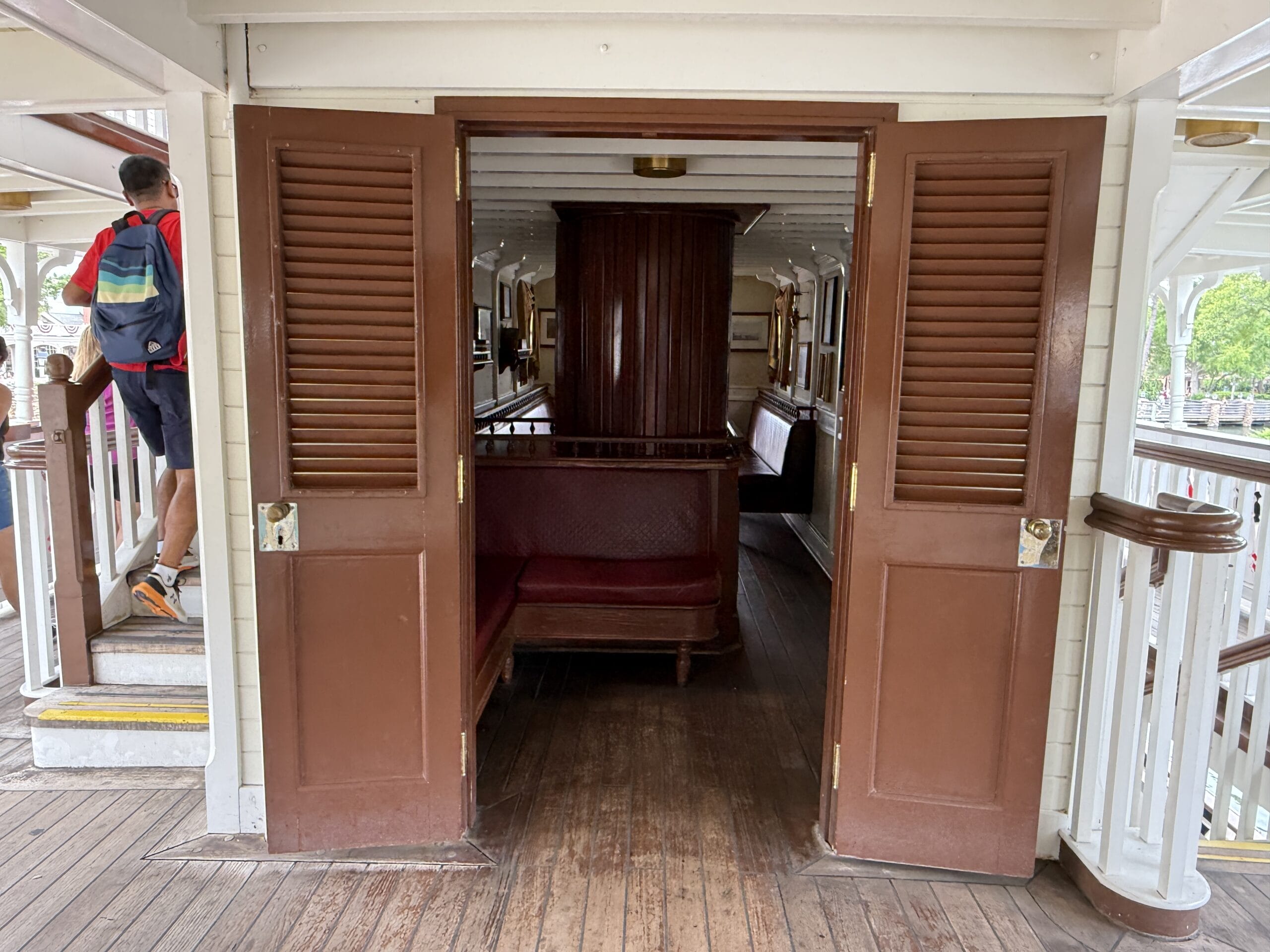
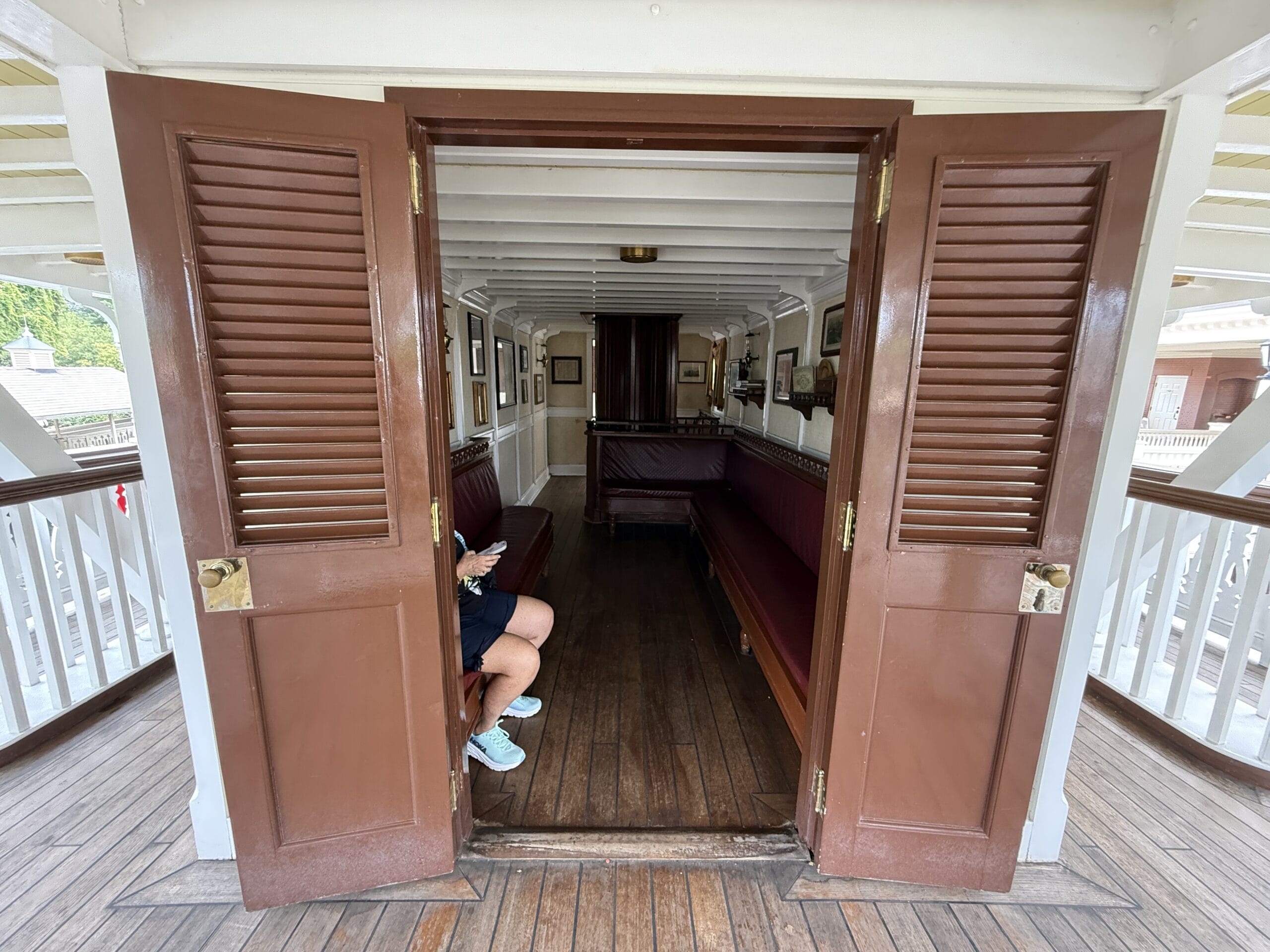
Guests could wander around the boat during their trip. There was an indoor space in the center of the boat that guests could access via a set of wooden doors.
The interior room featured beige wallpaper and framed pictures. There were benches with red upholstery that were lined with dark wood detailing.
Windows with gold and red damask-patterned curtains gave guests a look outside from this room.
There were vintage-style lanterns mounted on the wall with bulbs resembling flames.
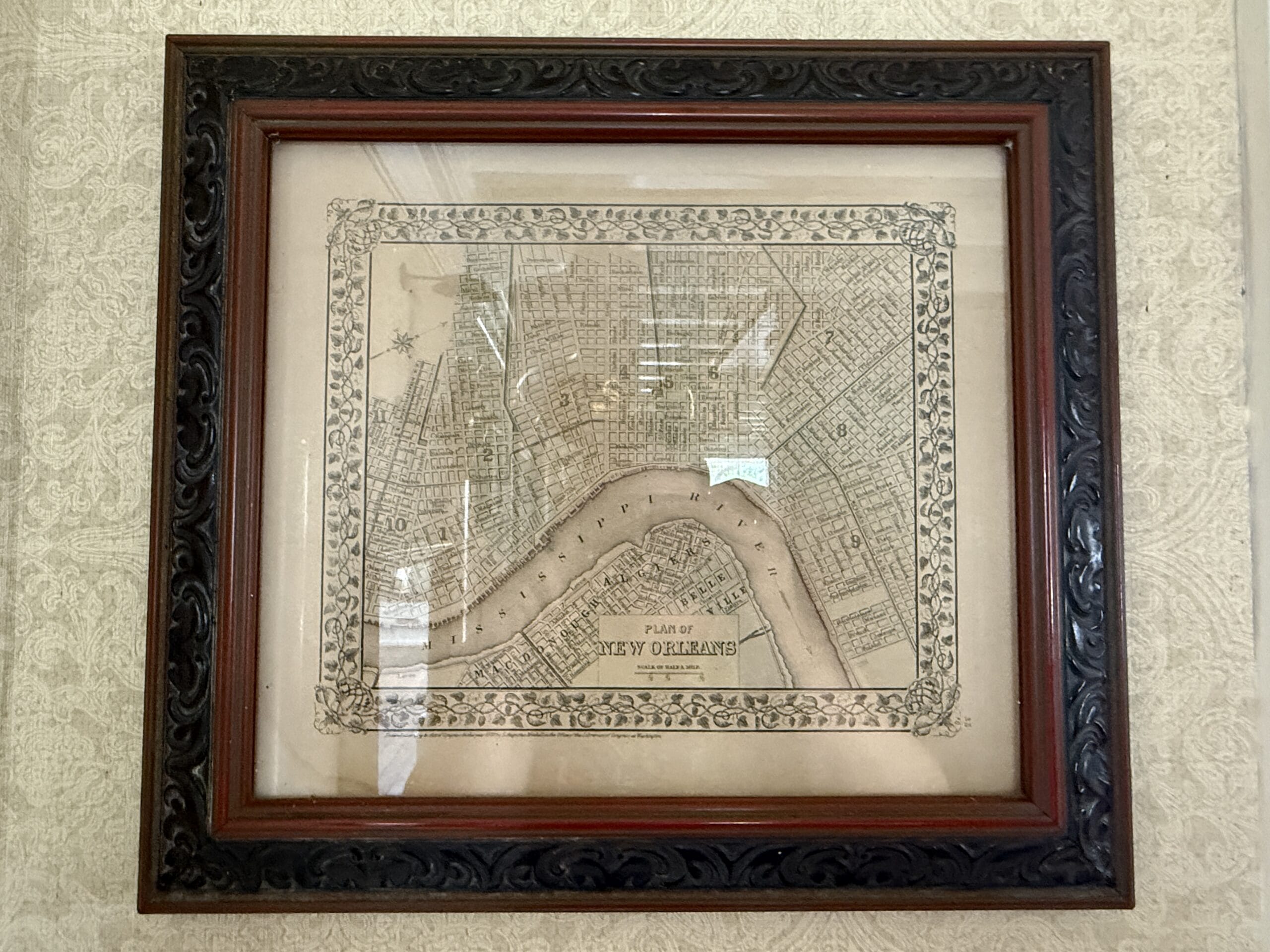
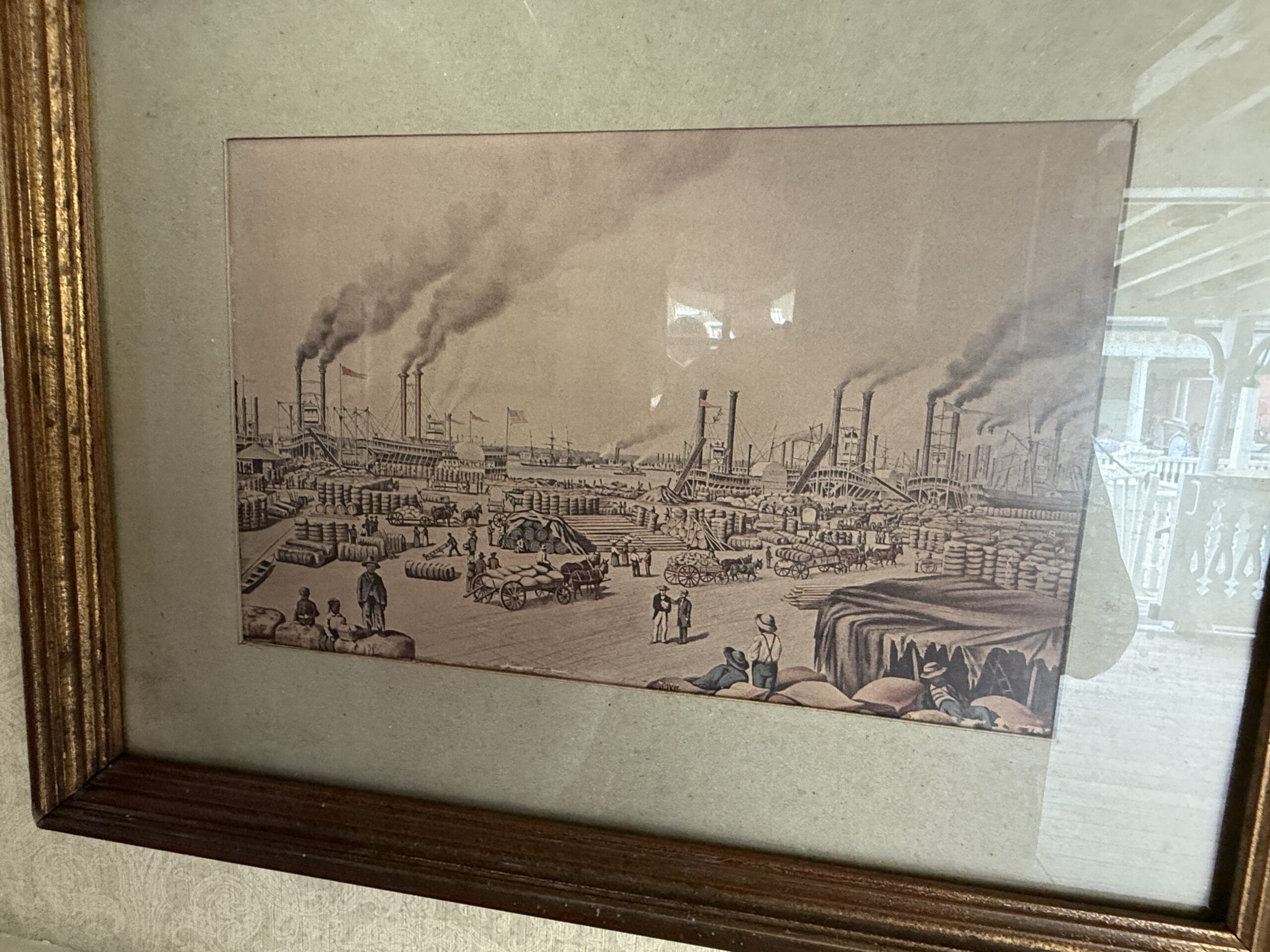
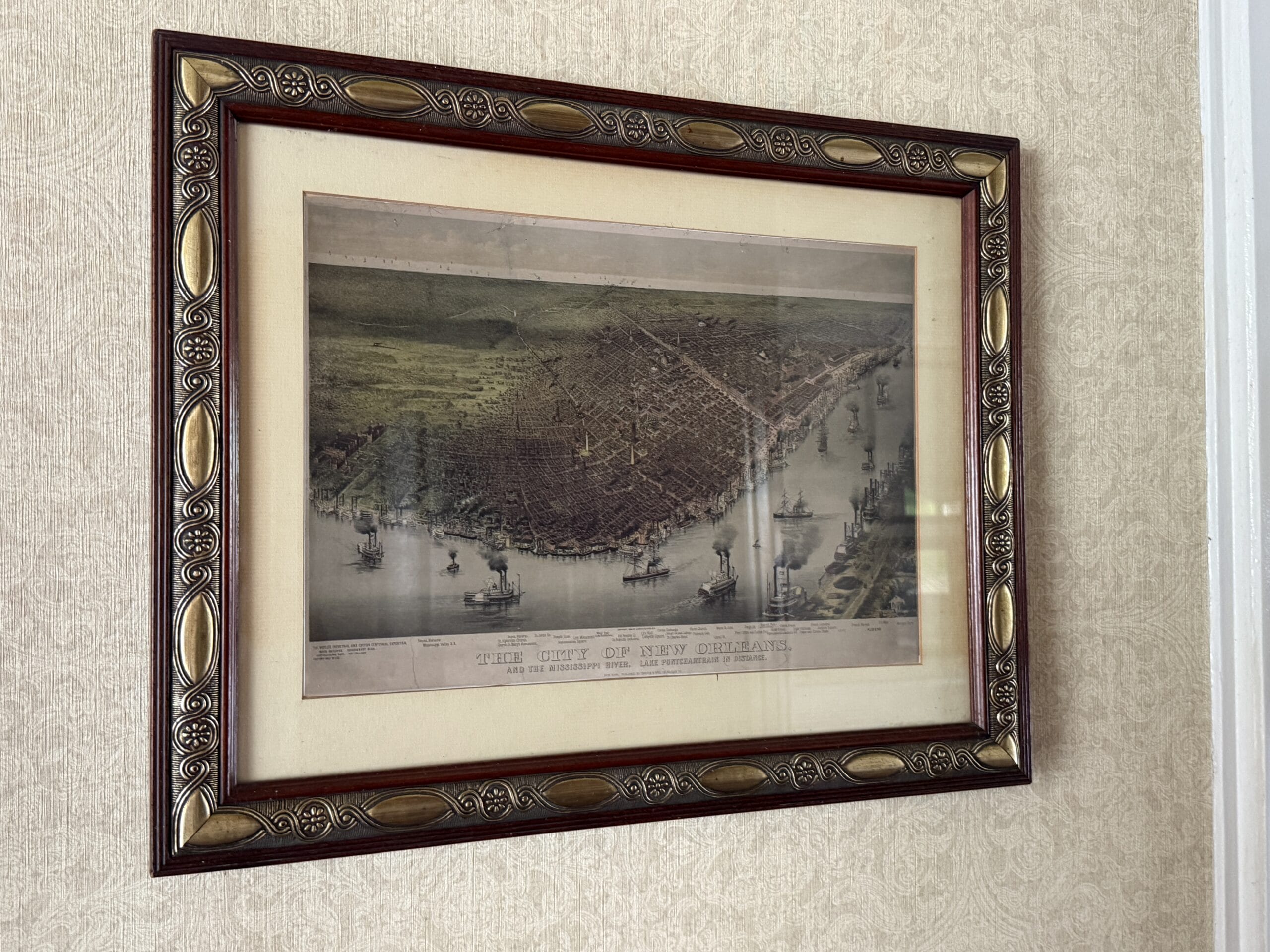
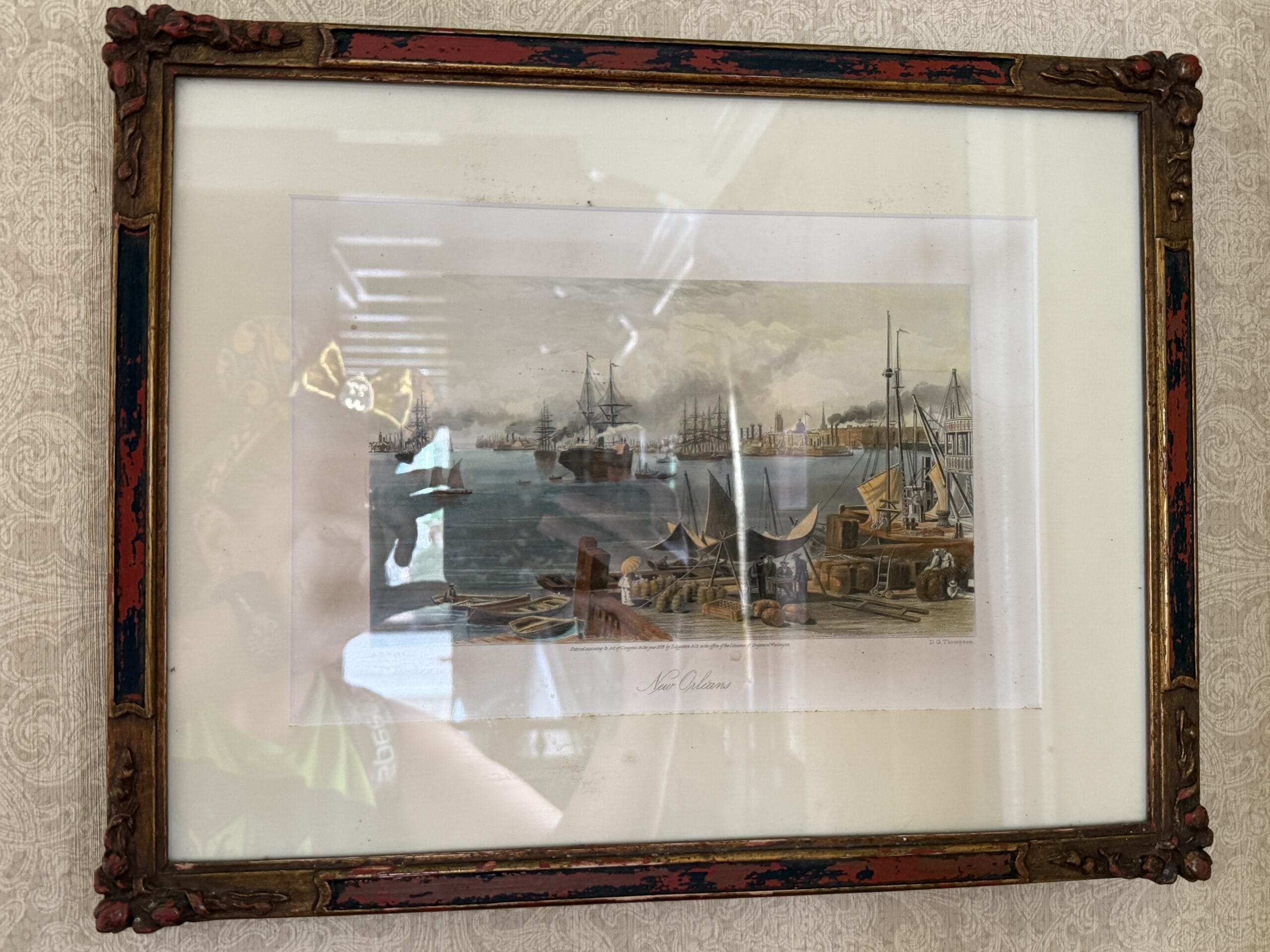
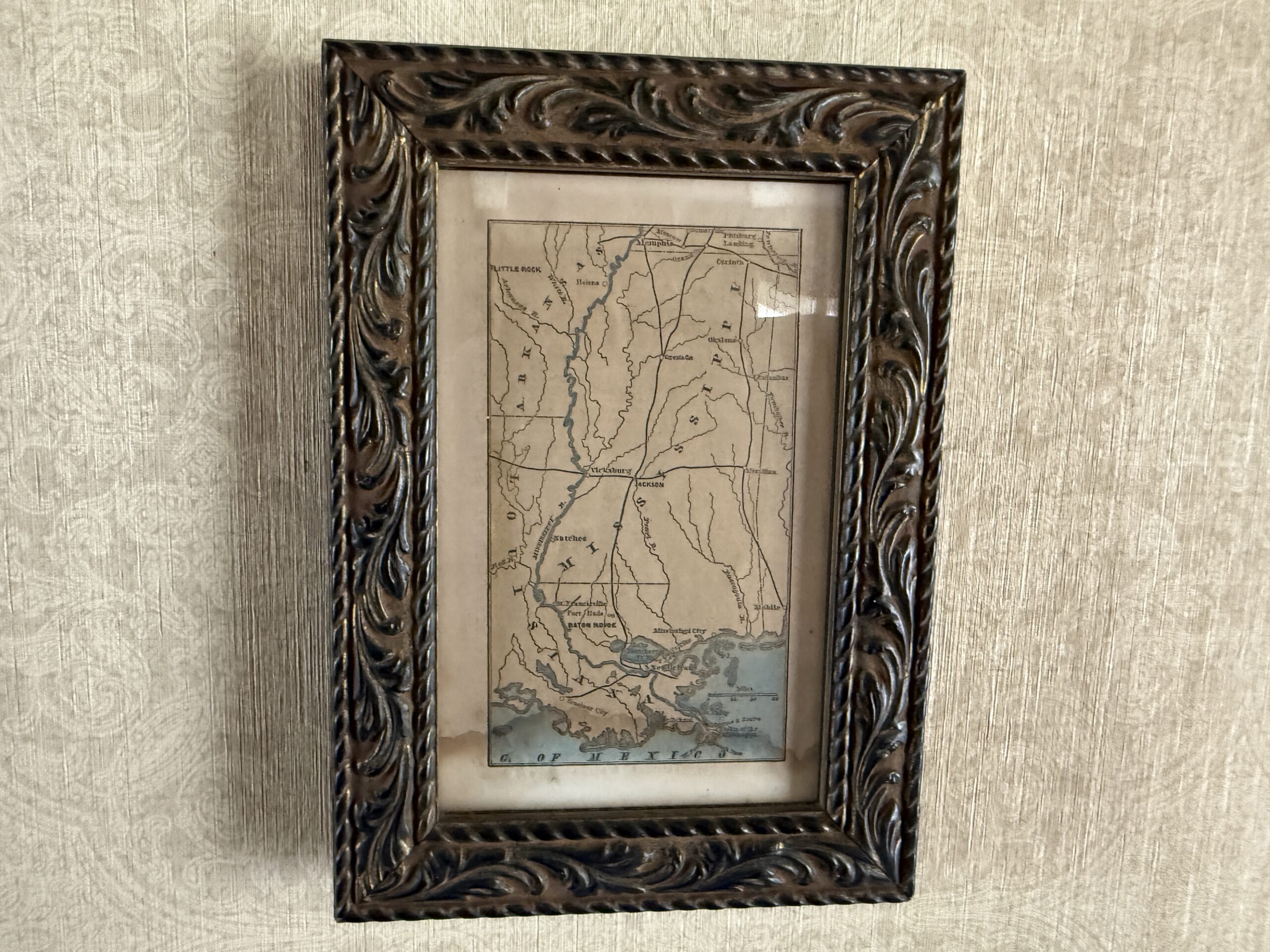
Though set in colonial America, many of the pictures on the walls were related to New Orleans. The images included maps, drawings, and some black-and-white photos.
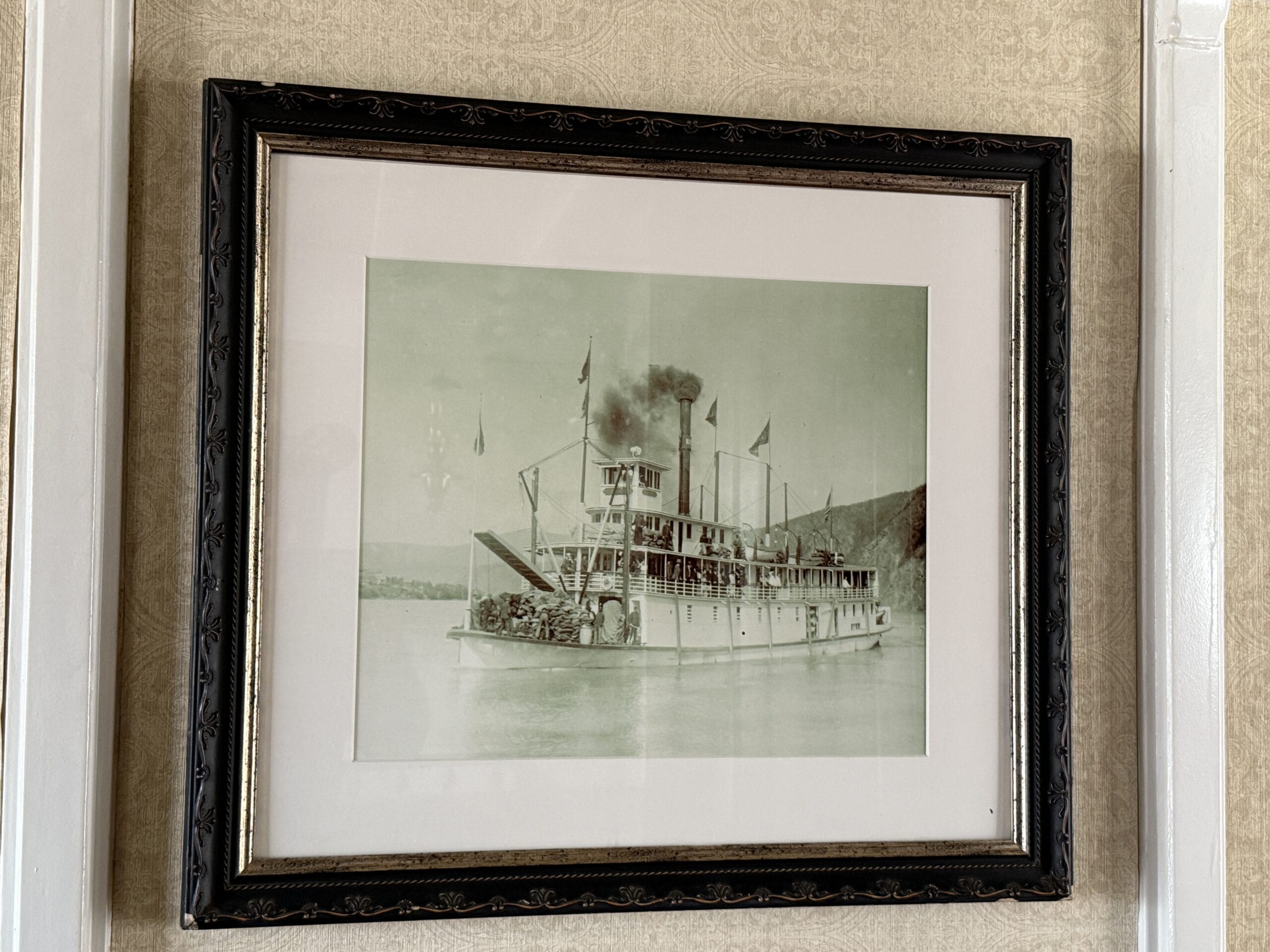
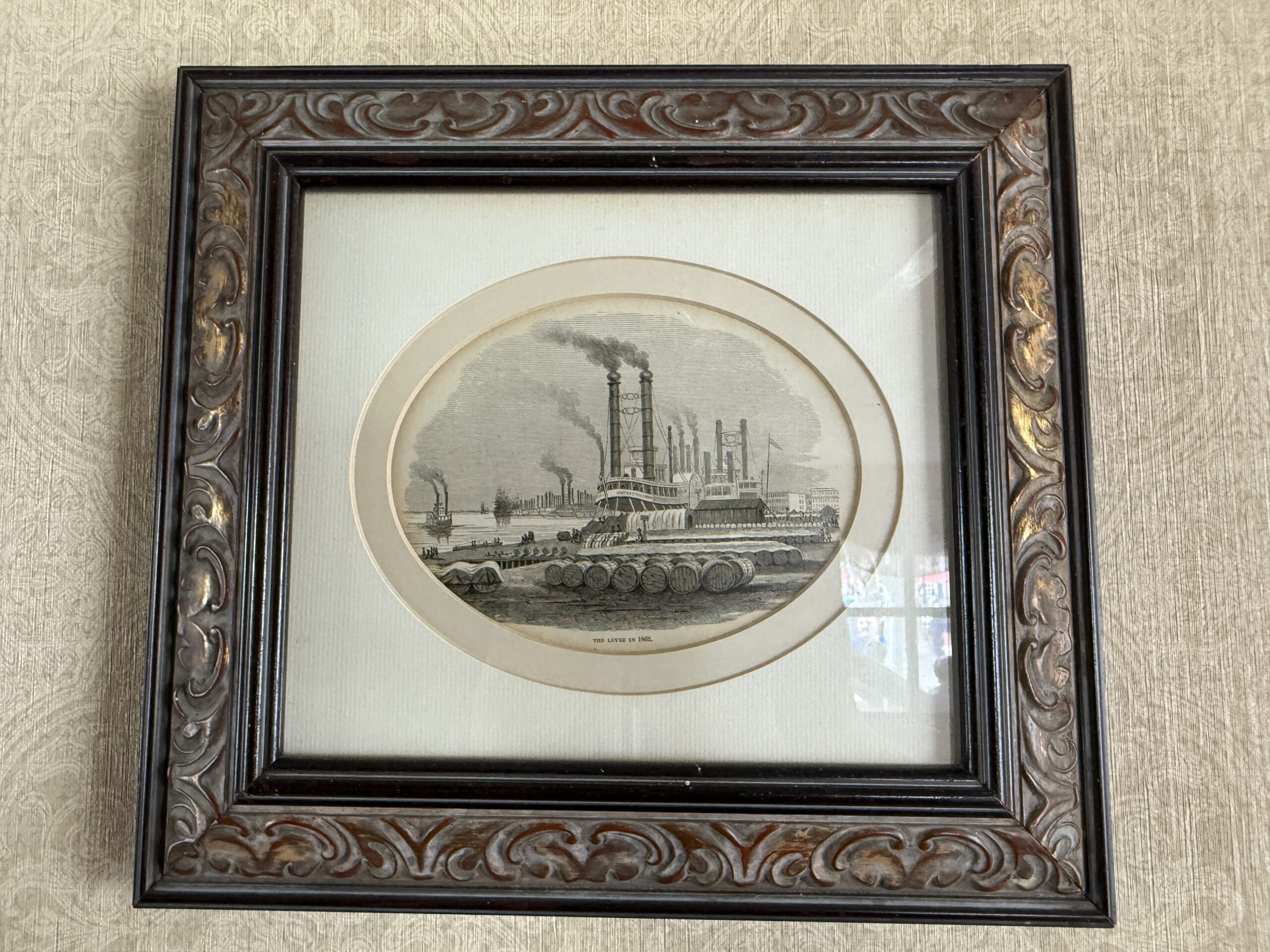
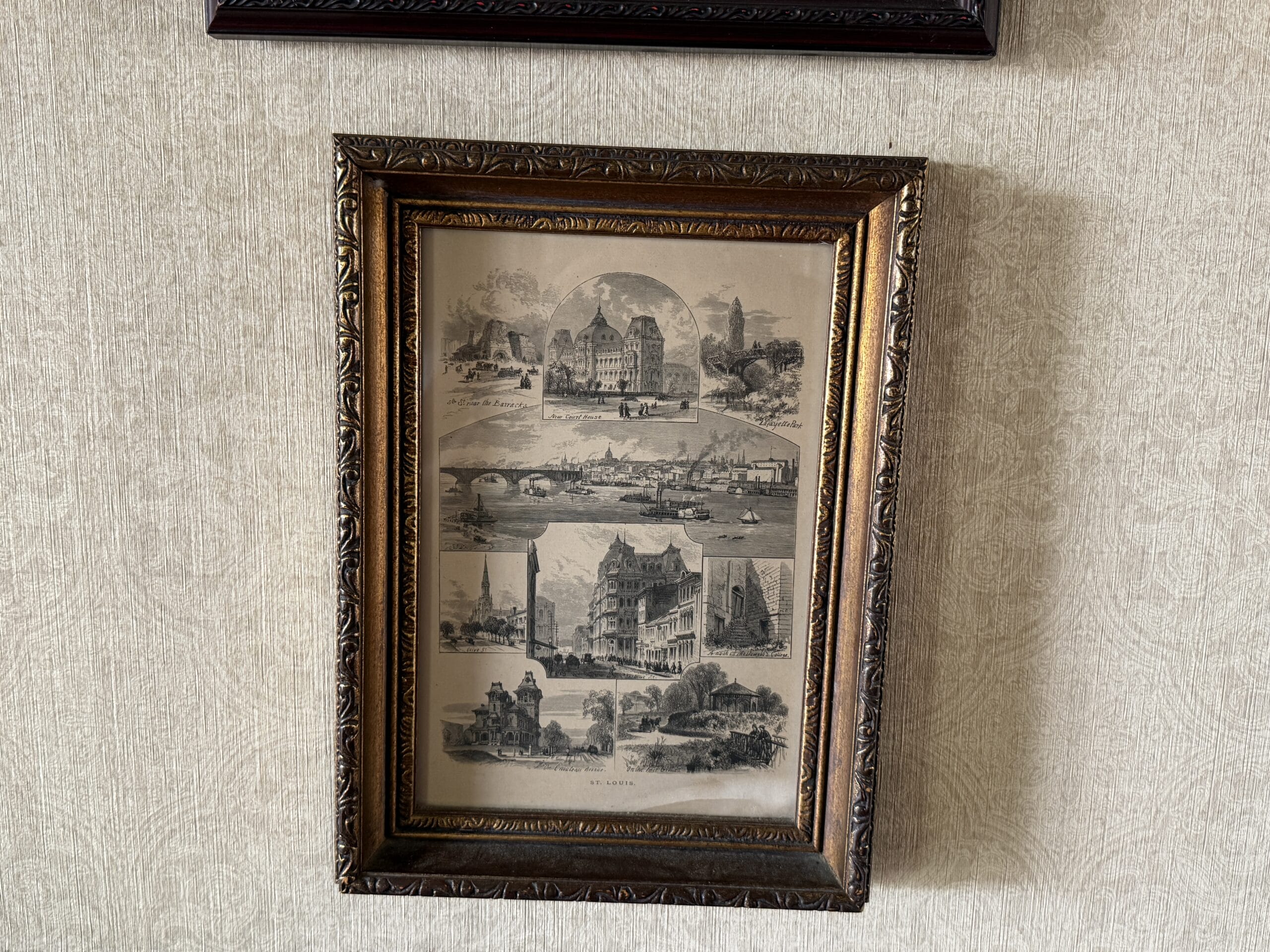
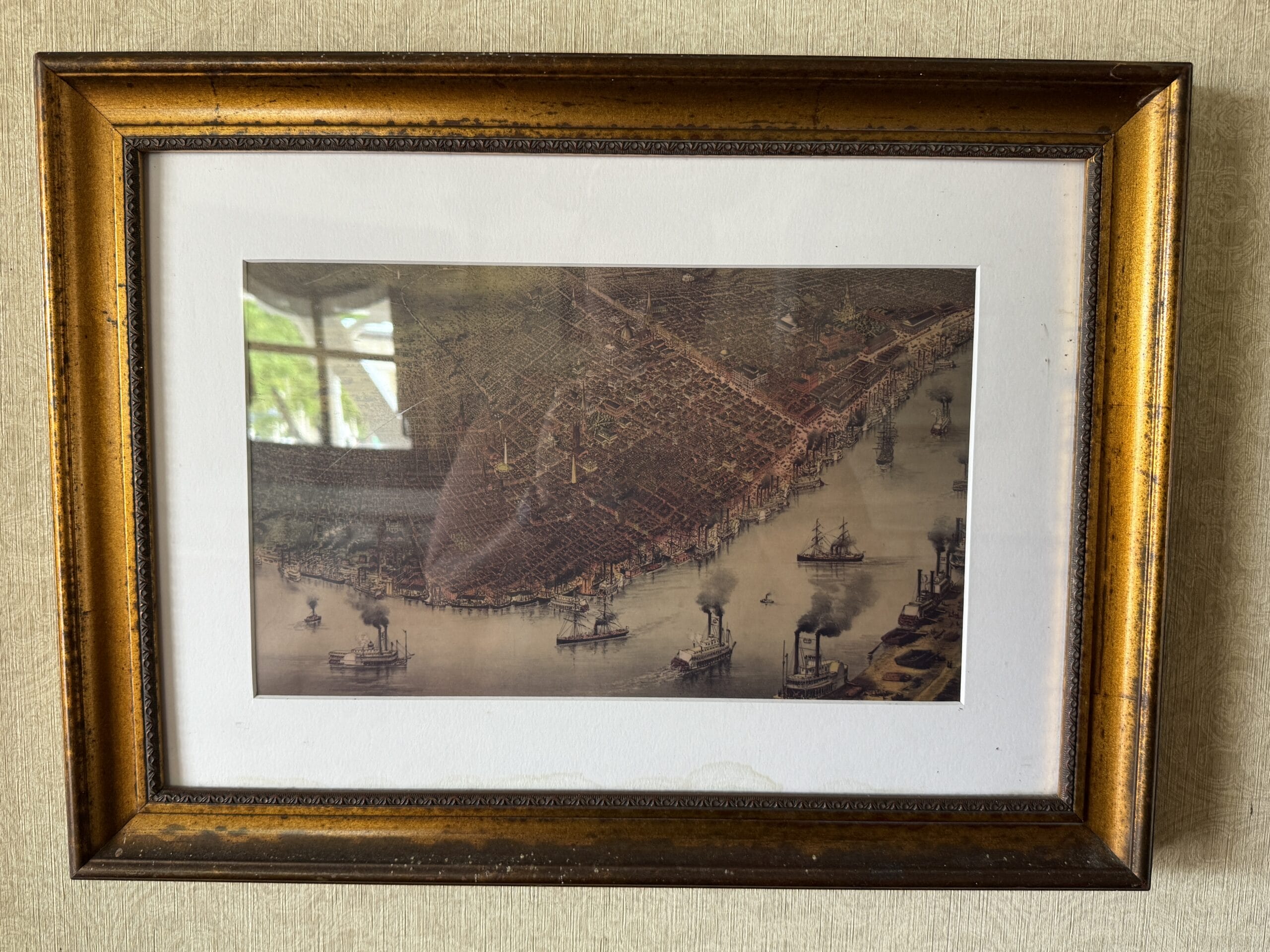
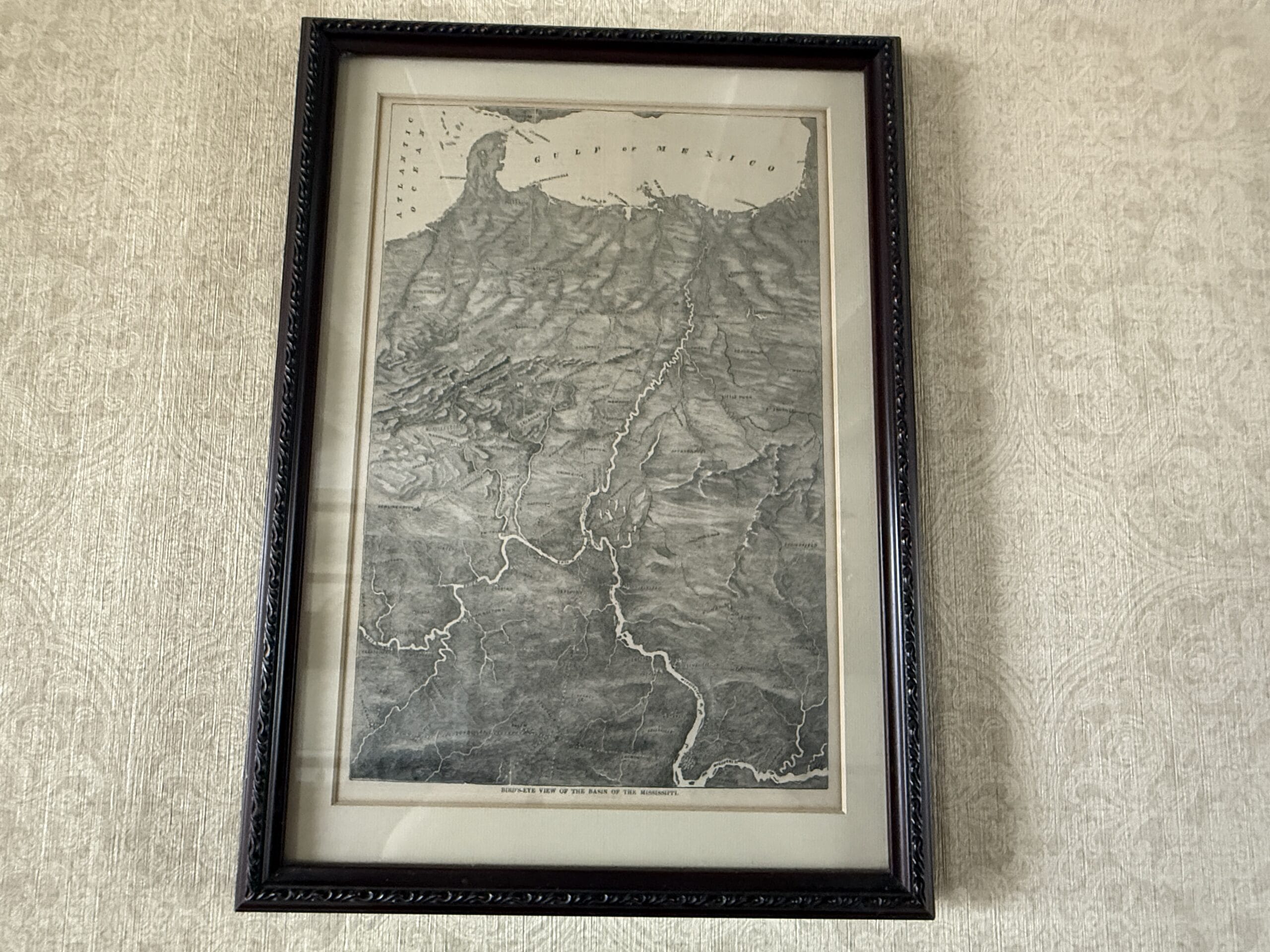
In addition to New Orleans, some pictures depicted St. Louis and the Gulf of Mexico.
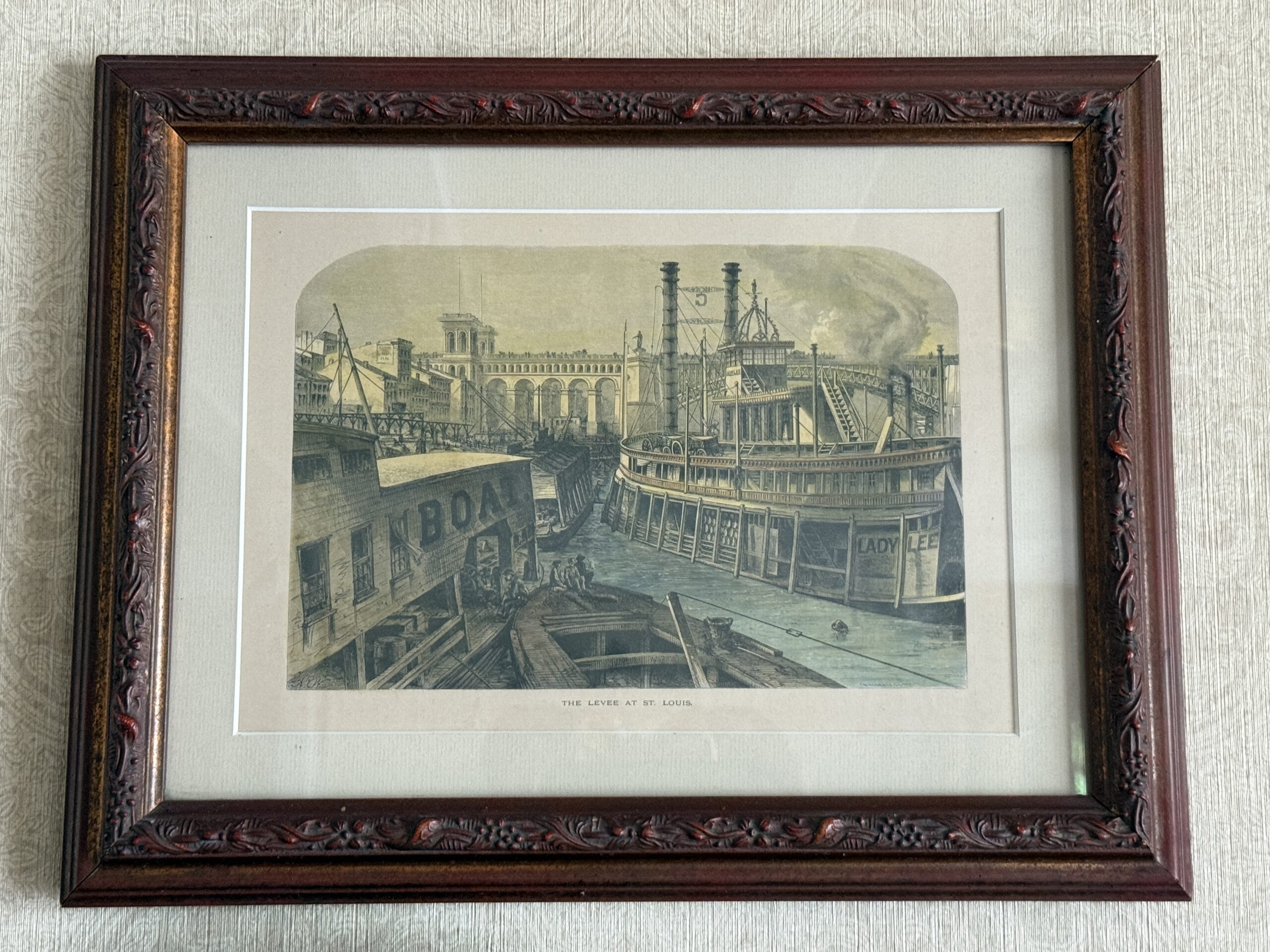
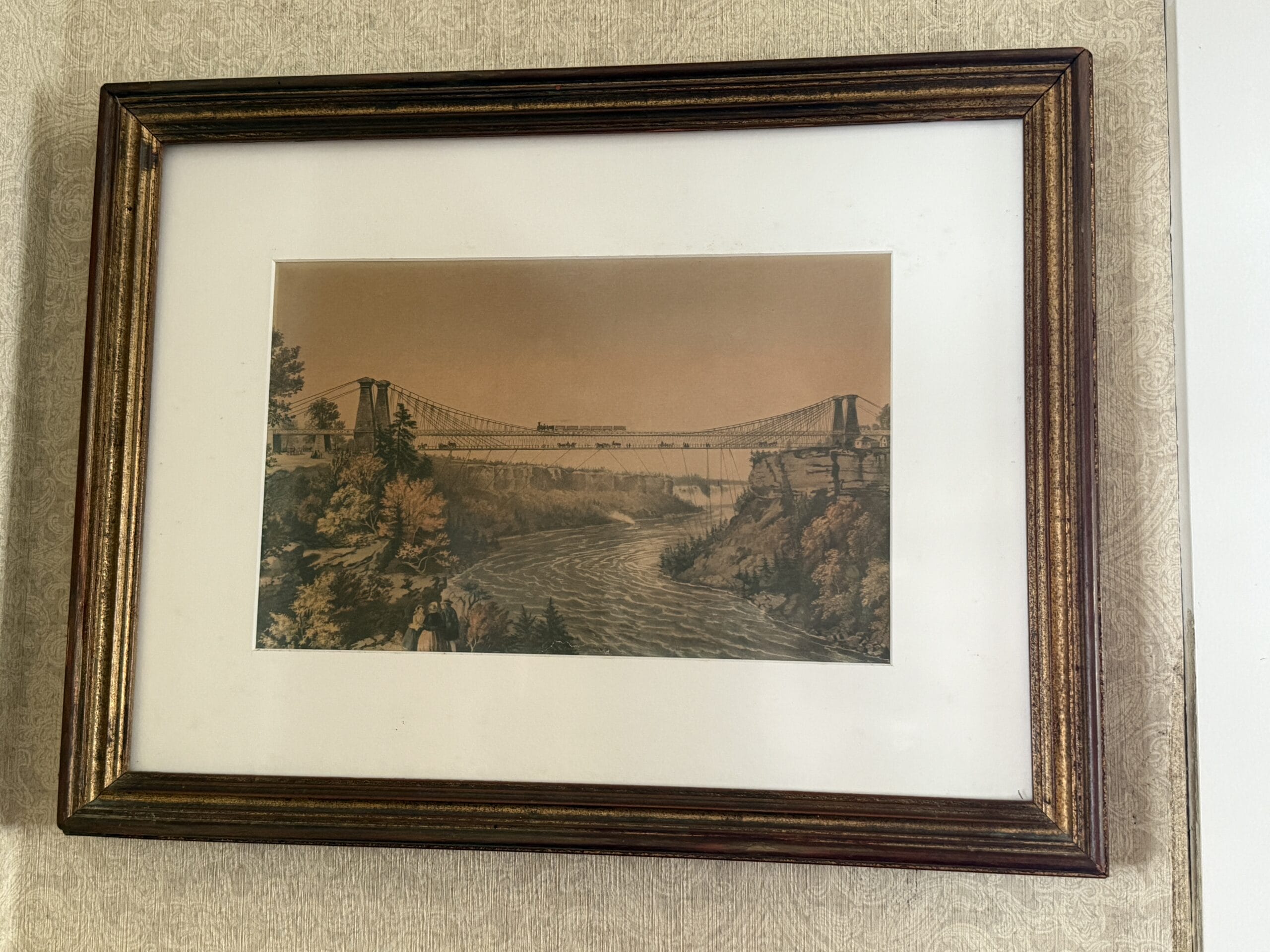
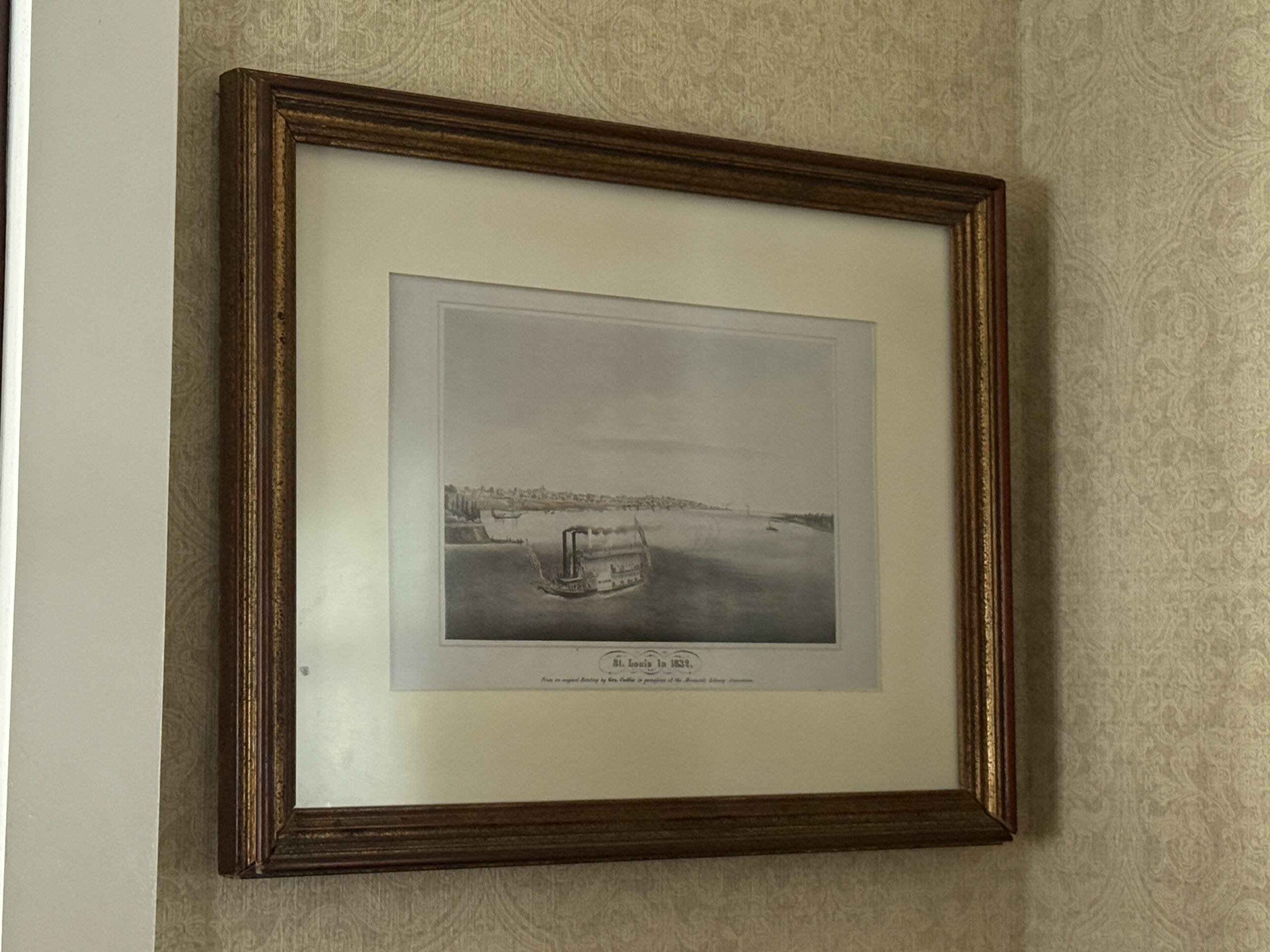
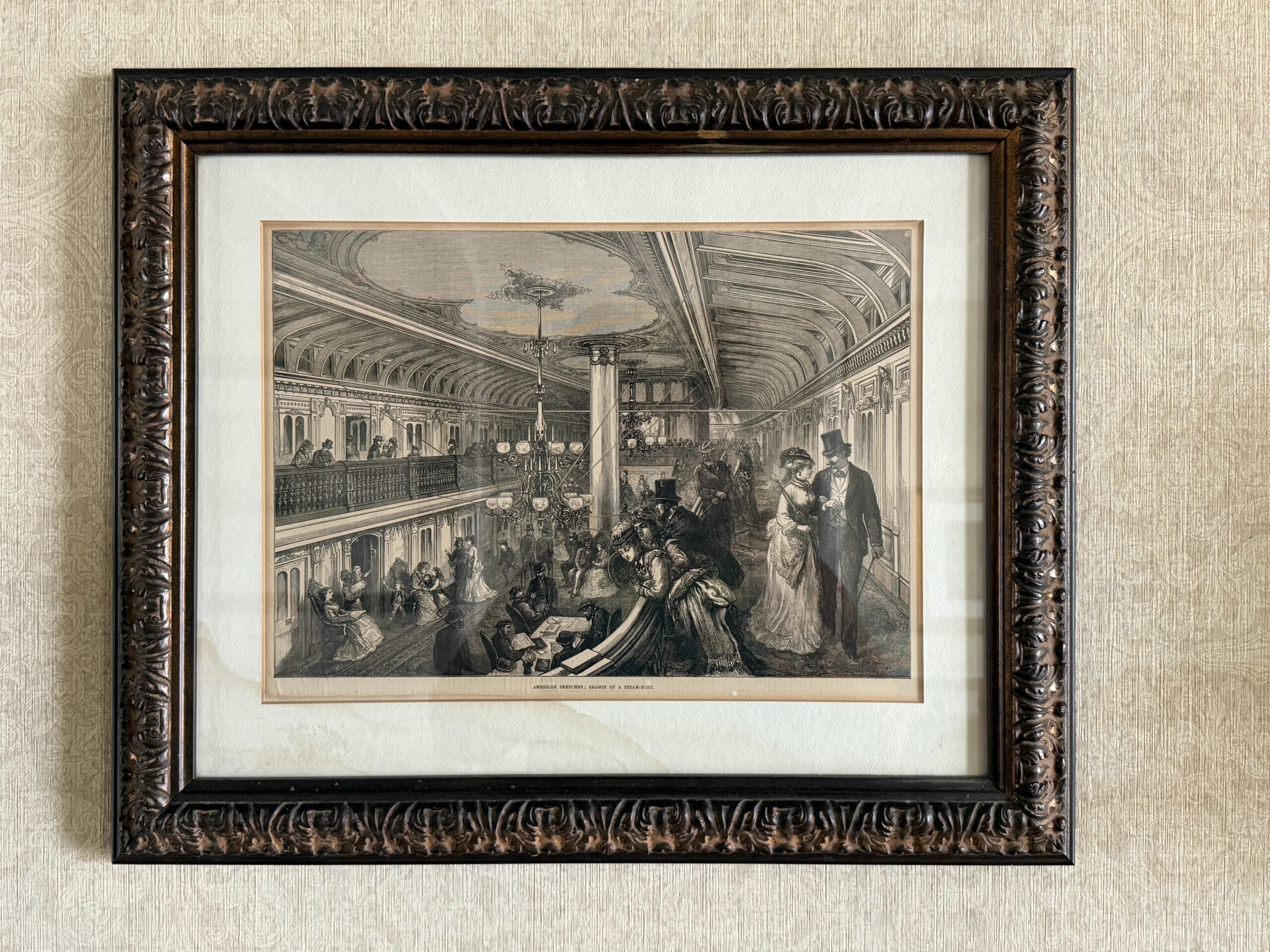
Many of the pictures and photos were of riverboats and industrial America.
In addition to pictures, the room was also decorated with additional small props. This side near the column had a shelf with boxes, books, and a vase.
Another shelf held a decorative wooden plate and a slightly-worn copy of “World’s Greatest Literature 12.”
Back on the outer deck, the boat’s built-in benches were designed like white crates with brown wood lids.
Life jackets were stored inside the benches in case of emergency. Metal labels indicated their locations. The bench tops could be unlatched and lifted if life jackets were needed.
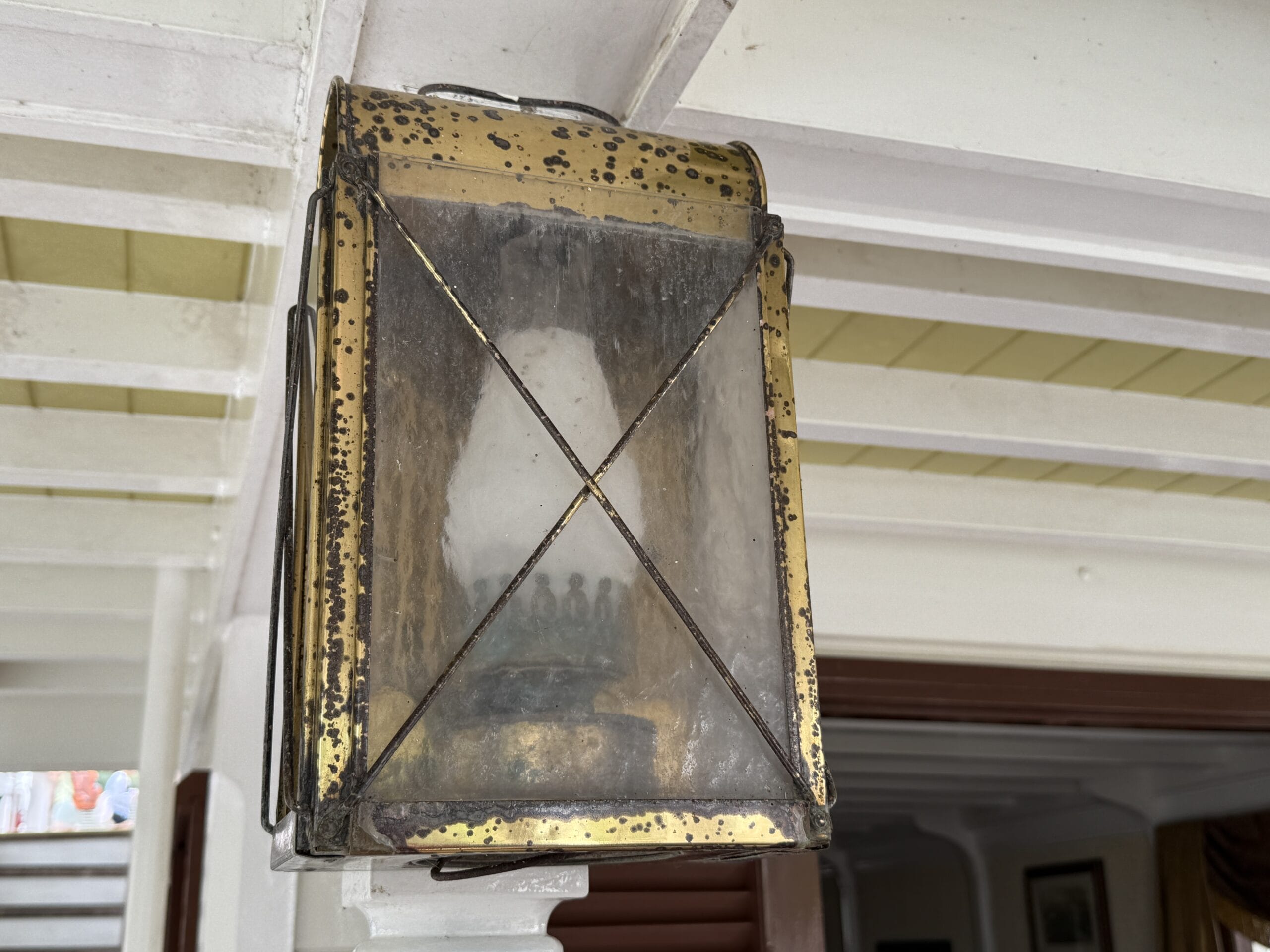
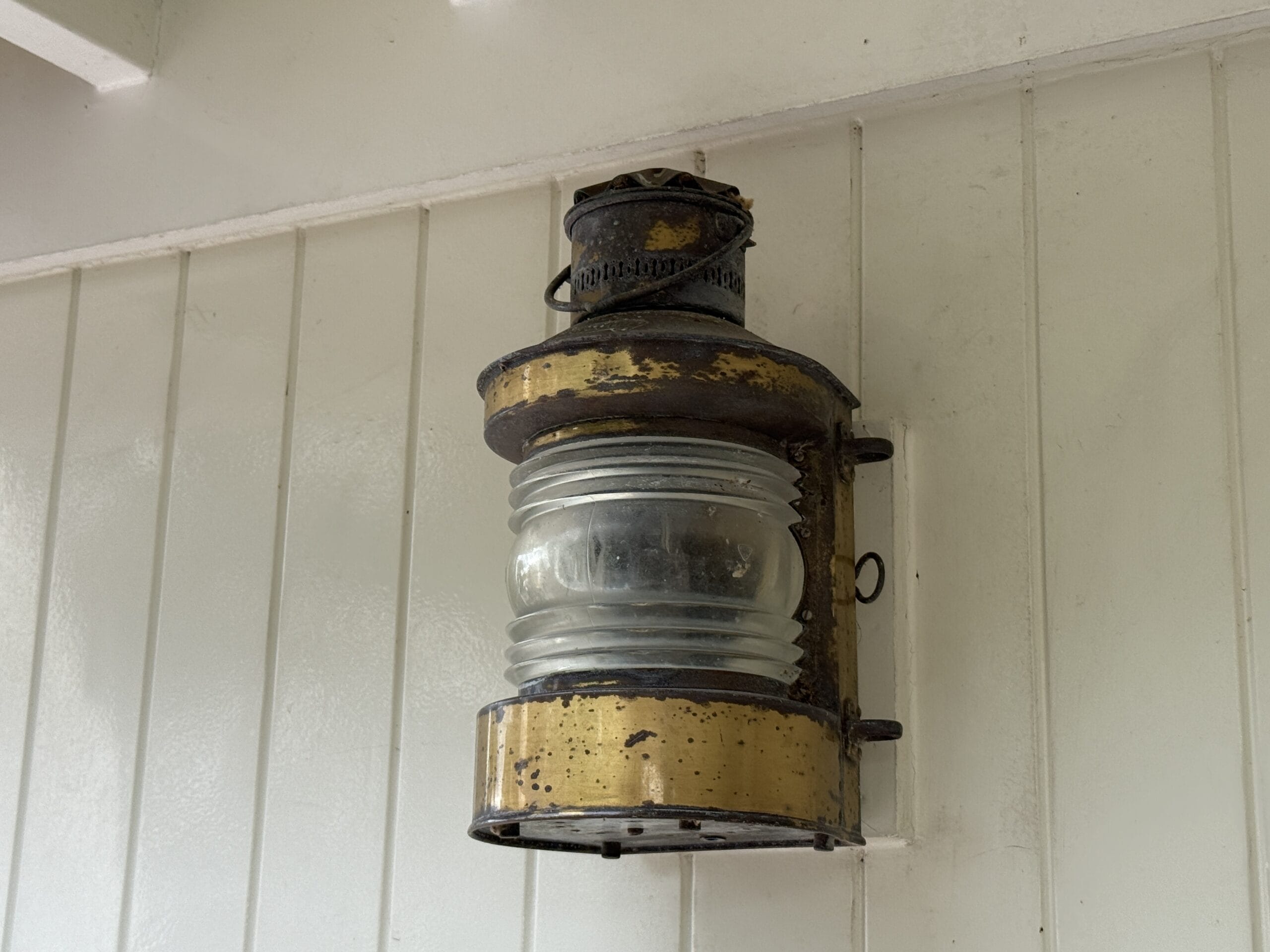
Metal lanterns were mounted on some of the boat’s support poles. A different lantern style was attached on the walls.
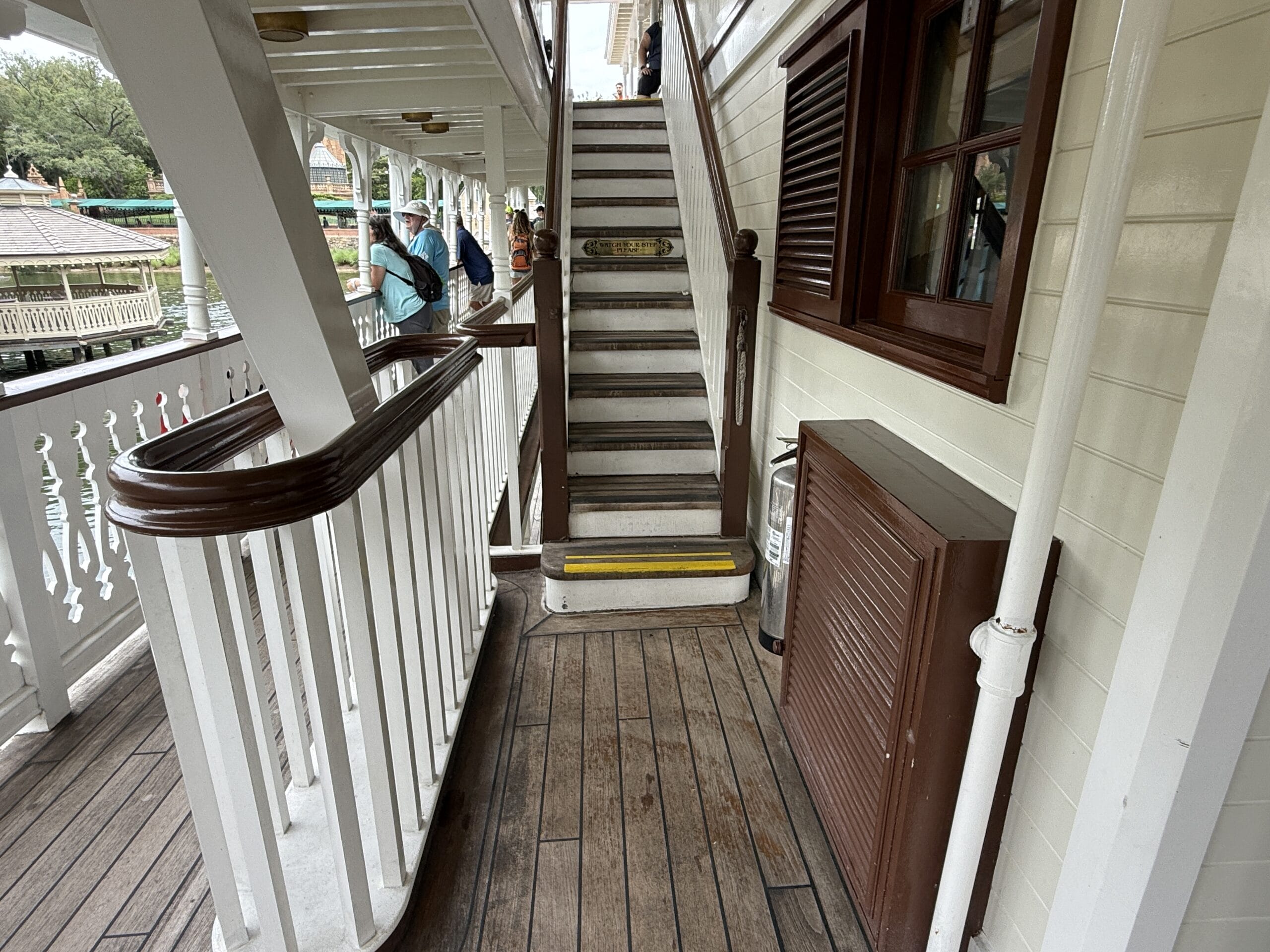
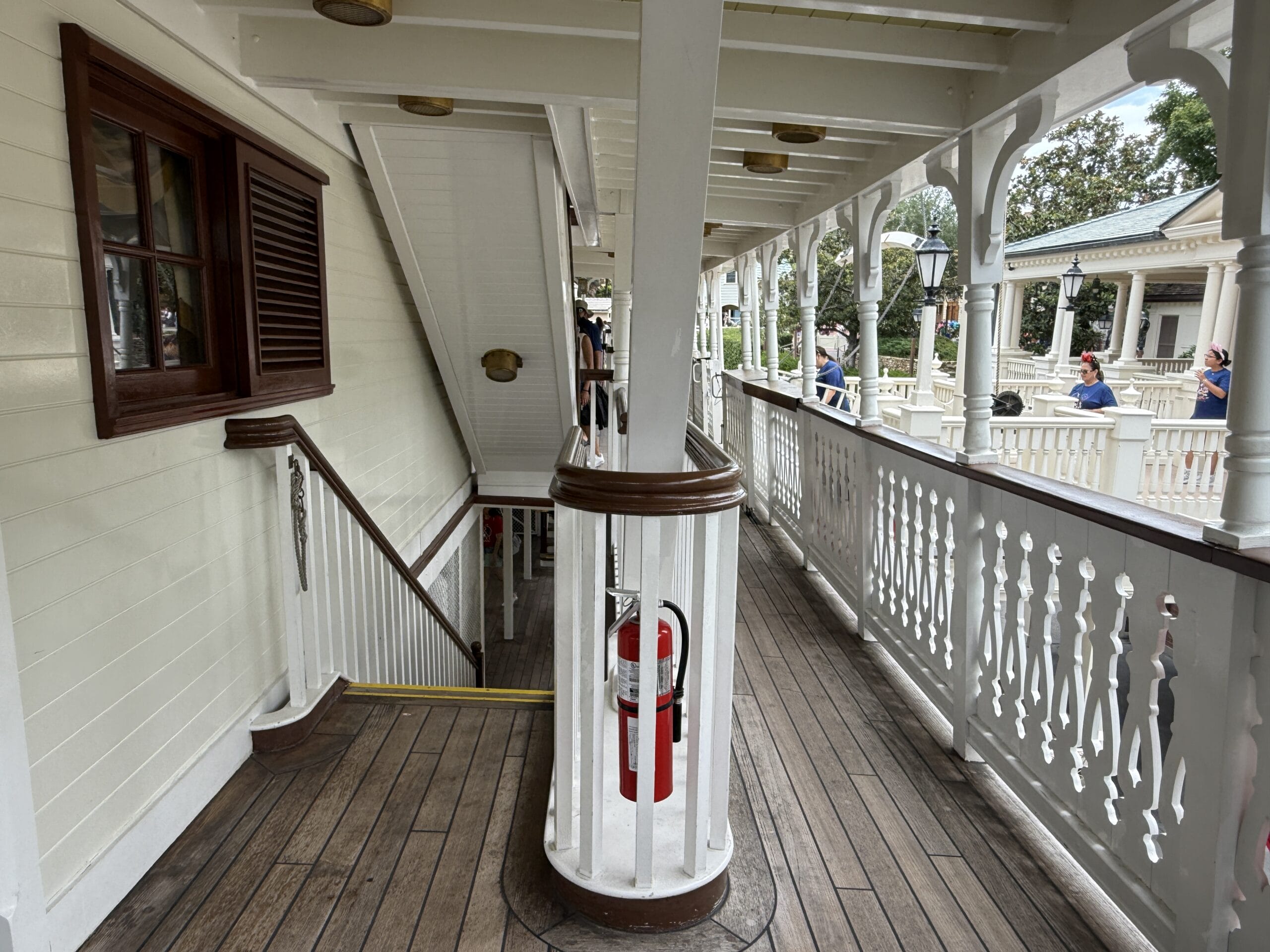
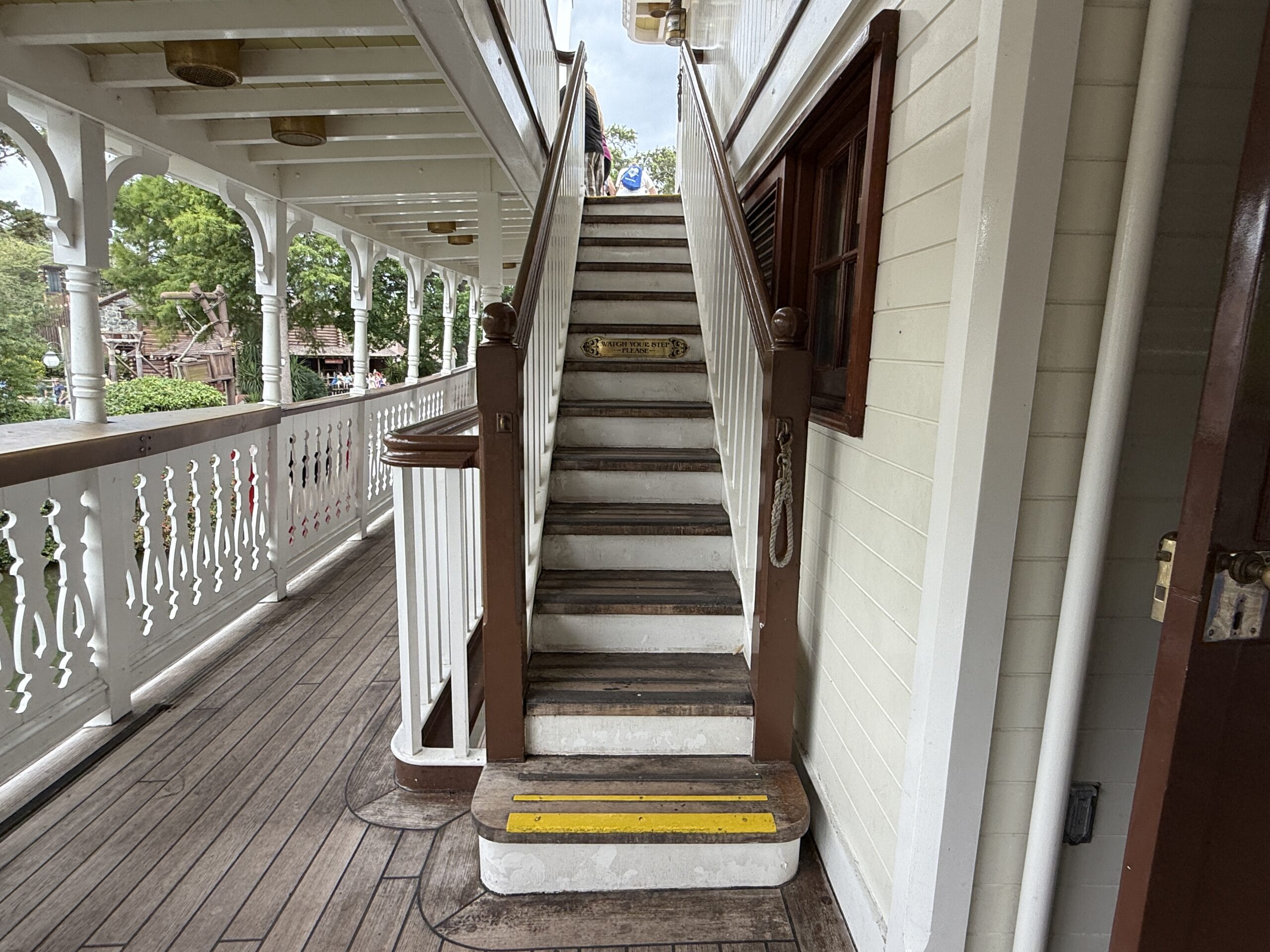
Thin staircases led between each deck. They had outer railings and inner railings against the walls.
A double staircase with a center railing led from the second to the top deck.
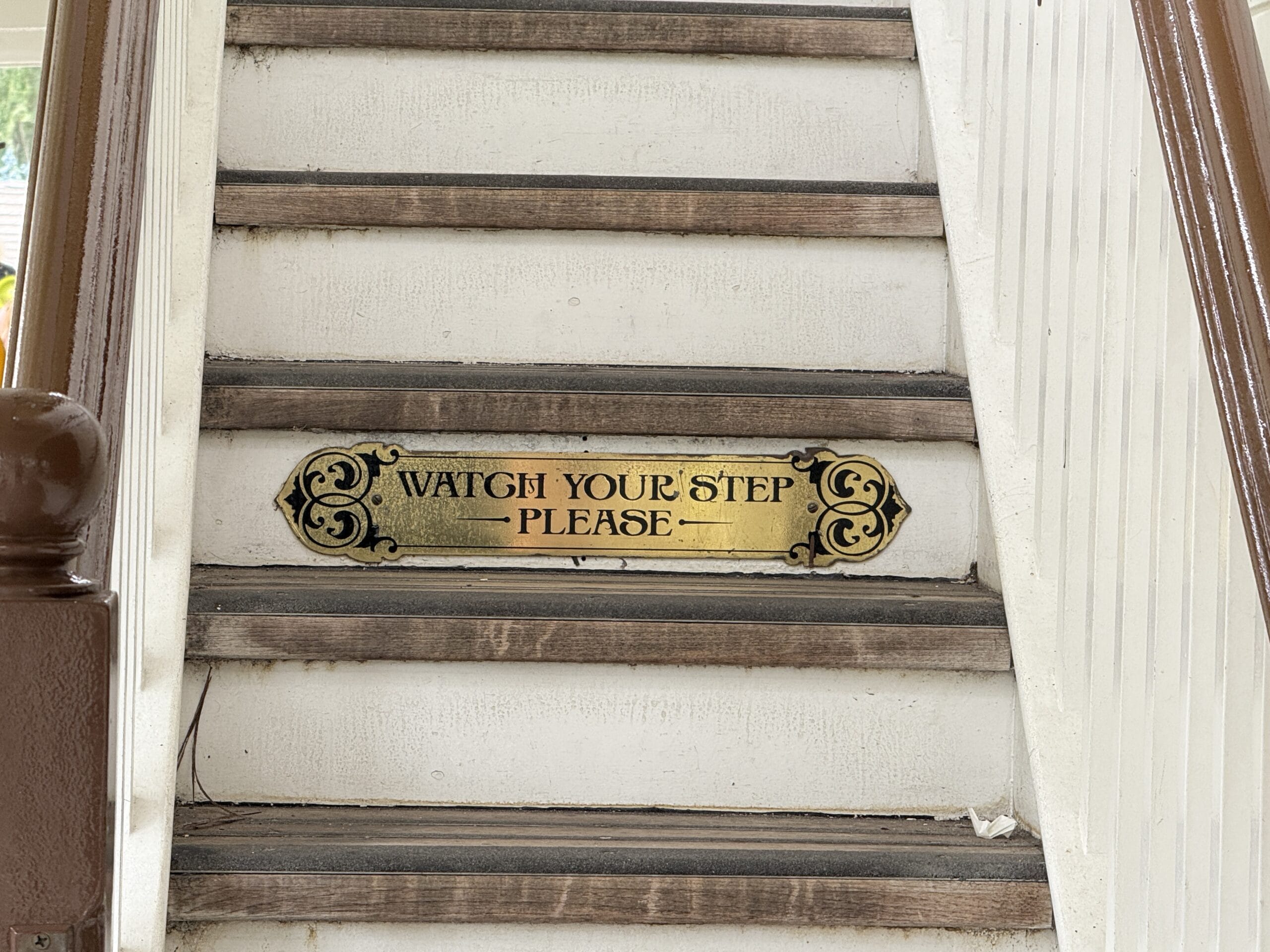
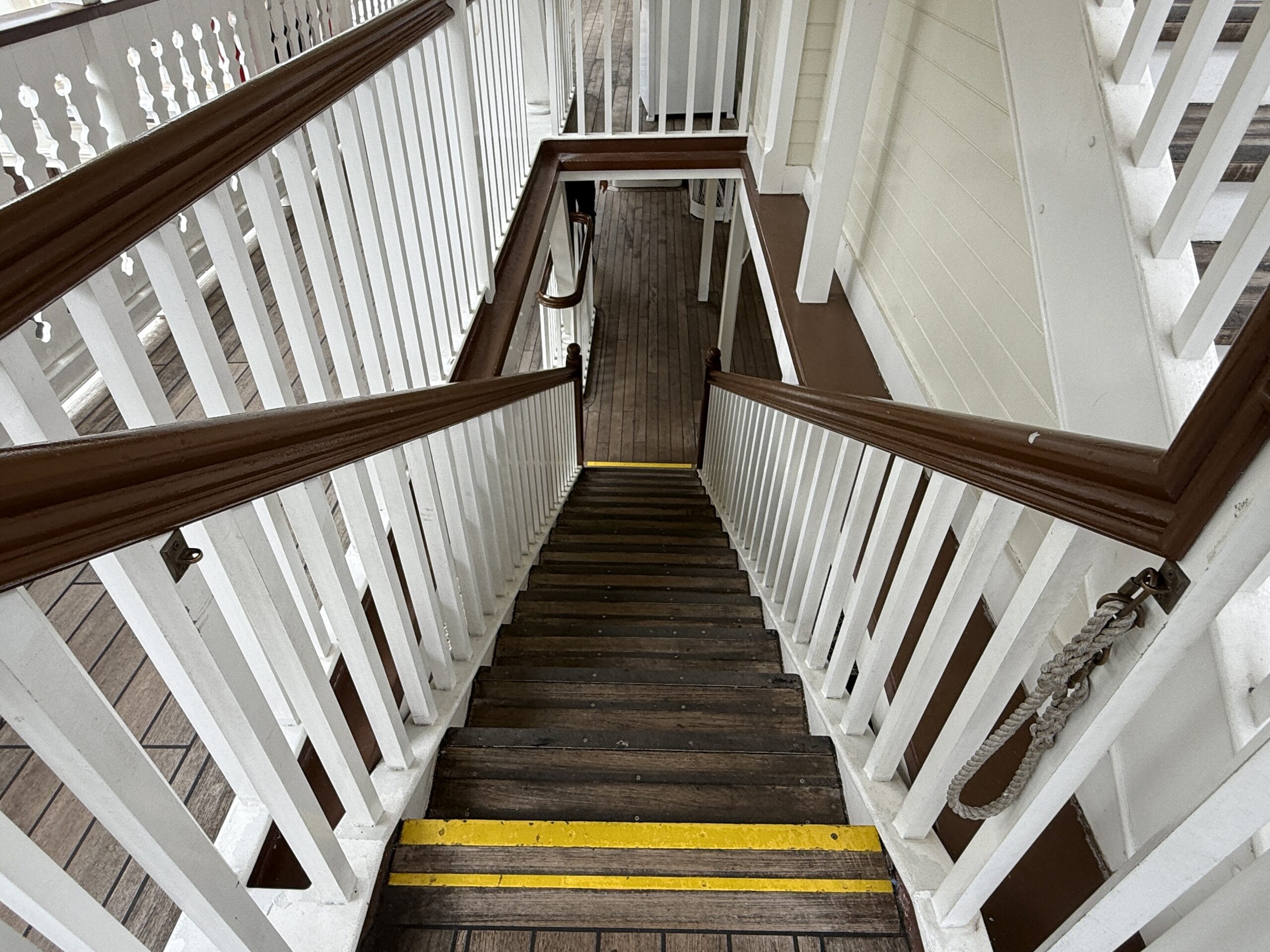
Each staircase had a gold sign reading, “Watch your step please.” The top and bottom steps also featured yellow safety trim to keep guests from tripping.
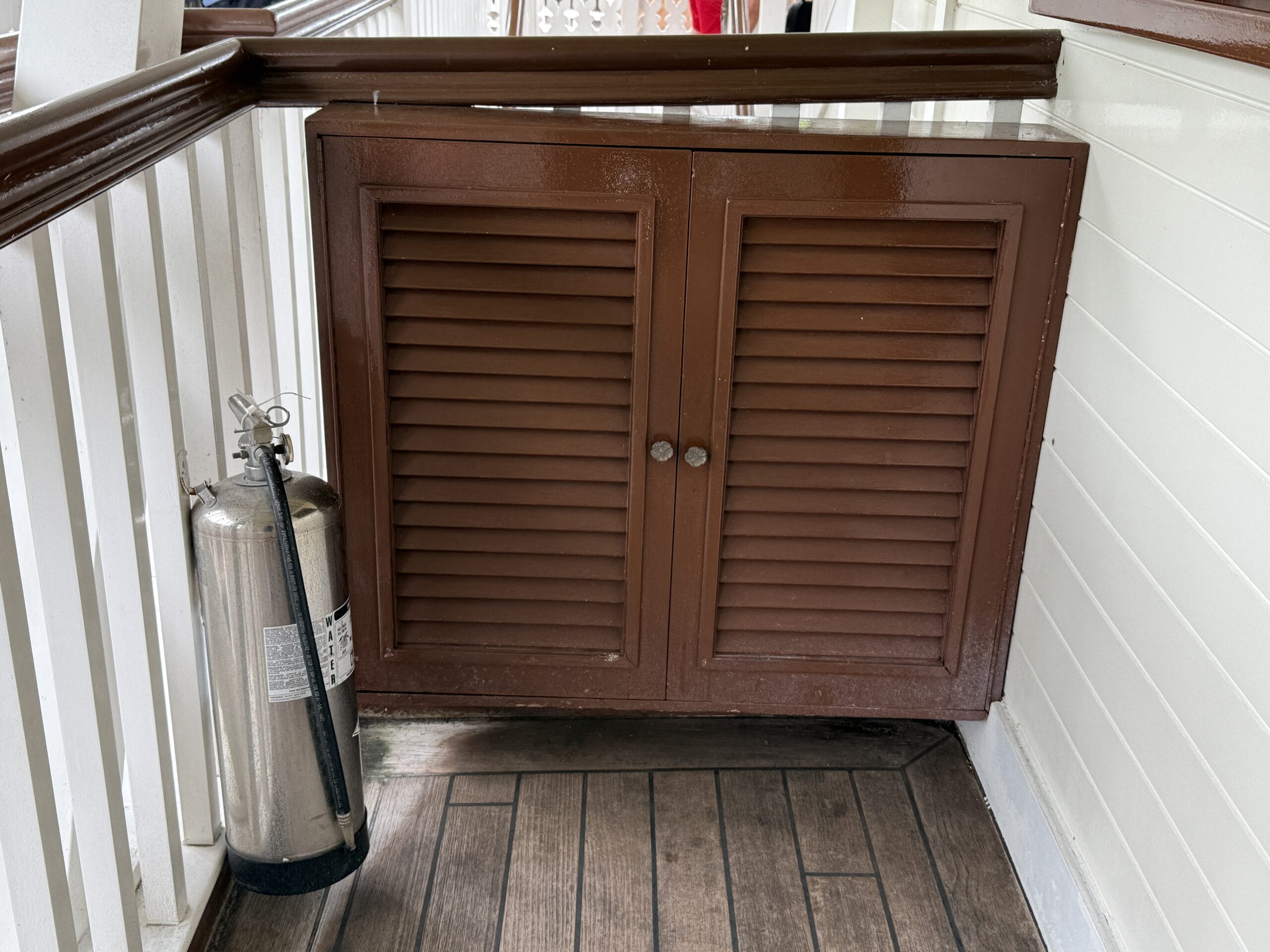
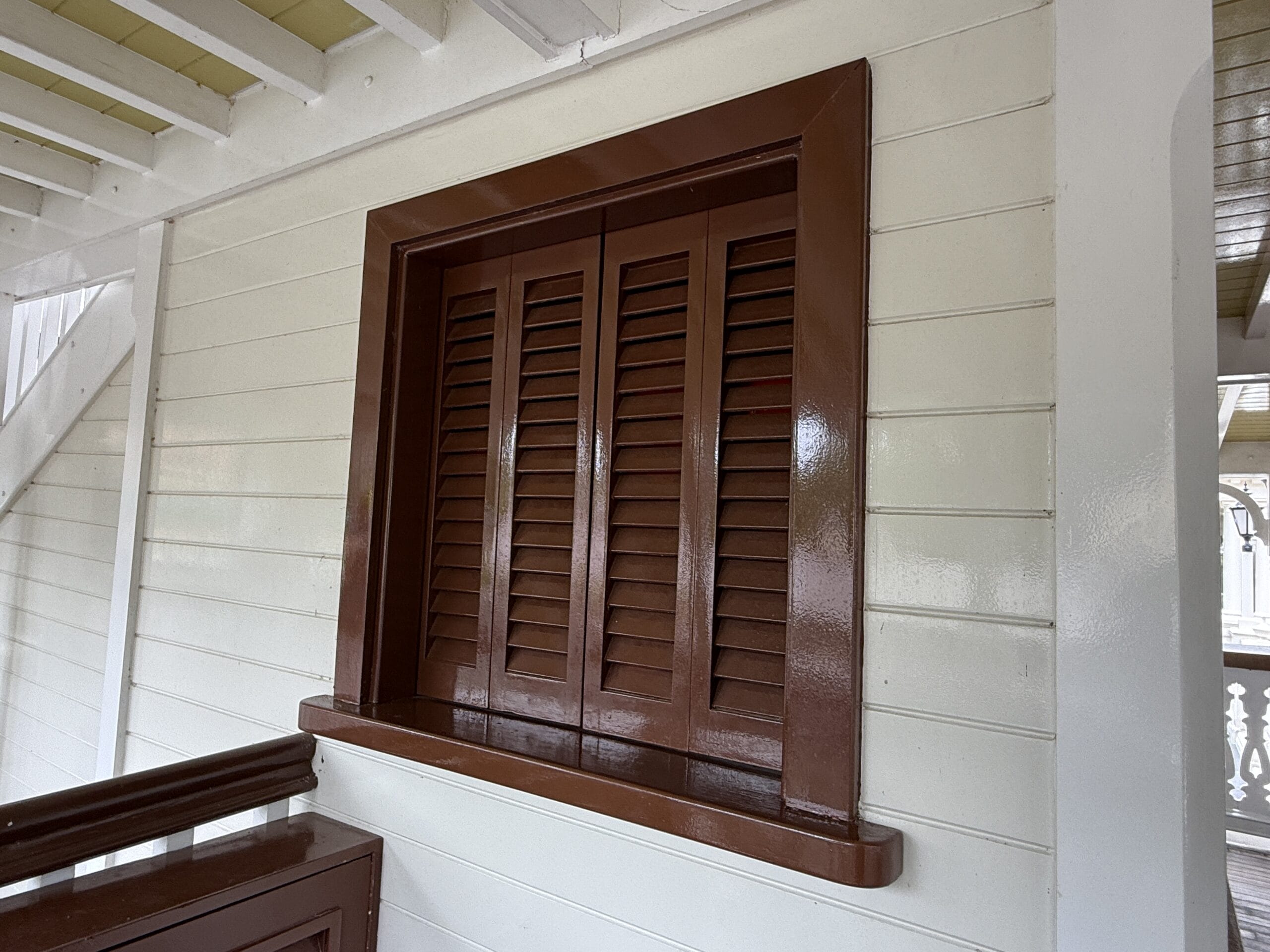
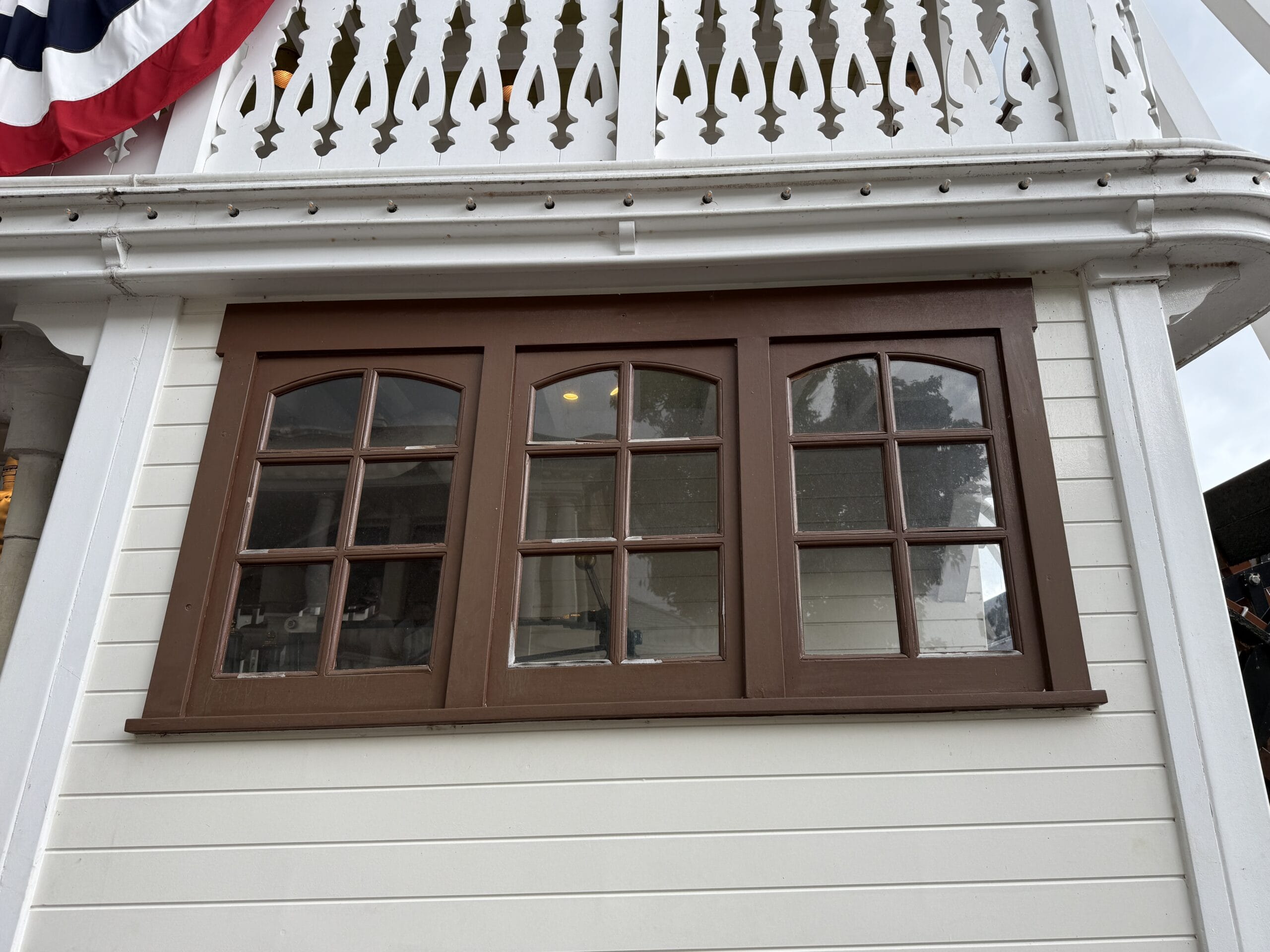
Window frames, shutters, doors, and cabinets were all brown wood, matching the tops of the railings.
Vitally, there were trash cans on board, though they were plain white and not themed. Fire extinguishers were also scattered throughout.
The riverboat traveled around the Frontierland side of Tom Sawyer Island island first. It would turn past Big Thunder Mountain Railroad, then pass The Haunted Mansion before returning to the landing.
Moving around the exterior deck, there was an area blocked off by a white metal gate.
This area was modeled like the riverboat’s engine room. The riverboat still used steam to operate, despite being on a track. This is one of the pistons used to power the paddlewheel.
The various parts all showed signs of use, from drips of water staining the metal to the occasional rust.
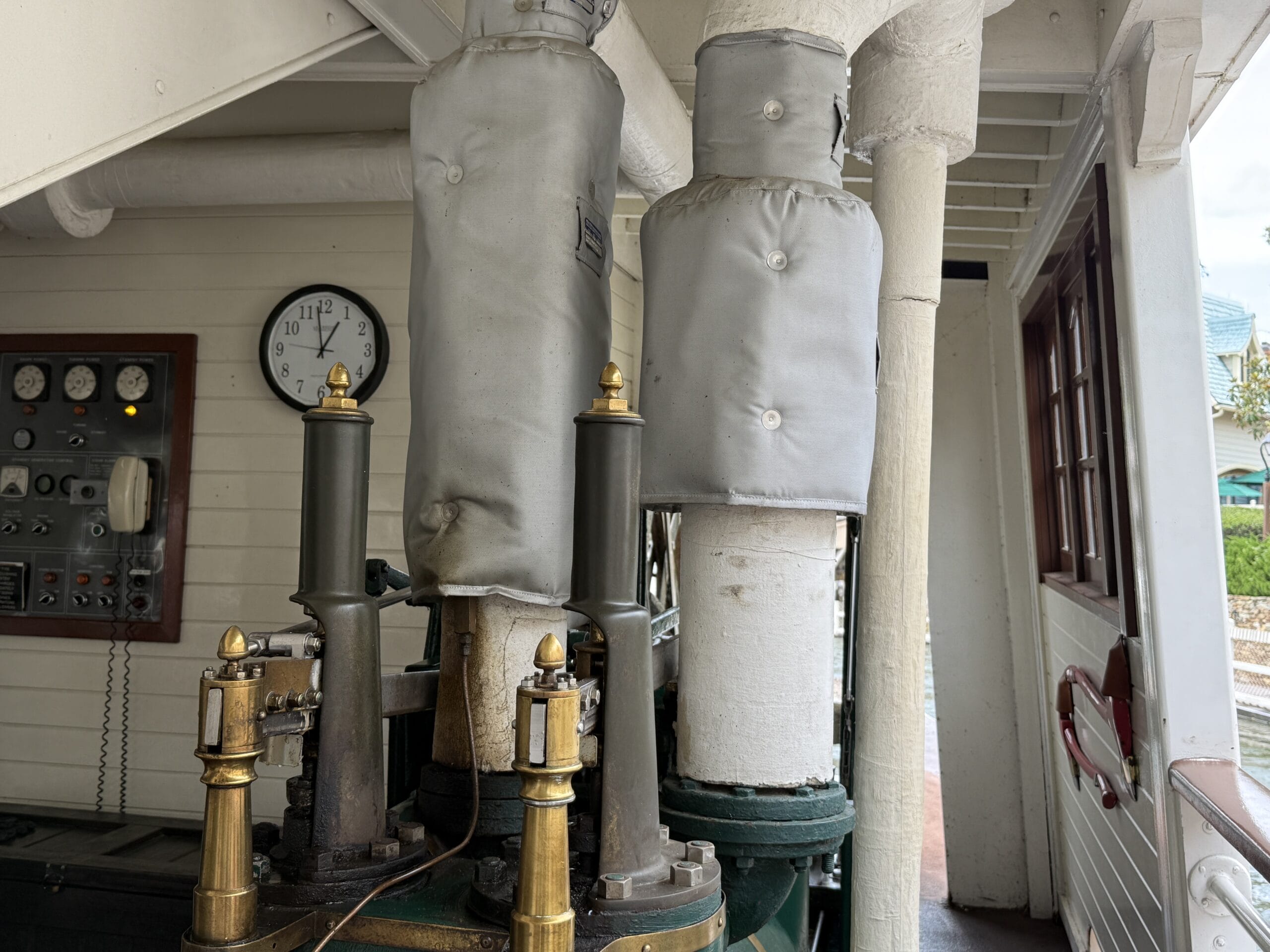
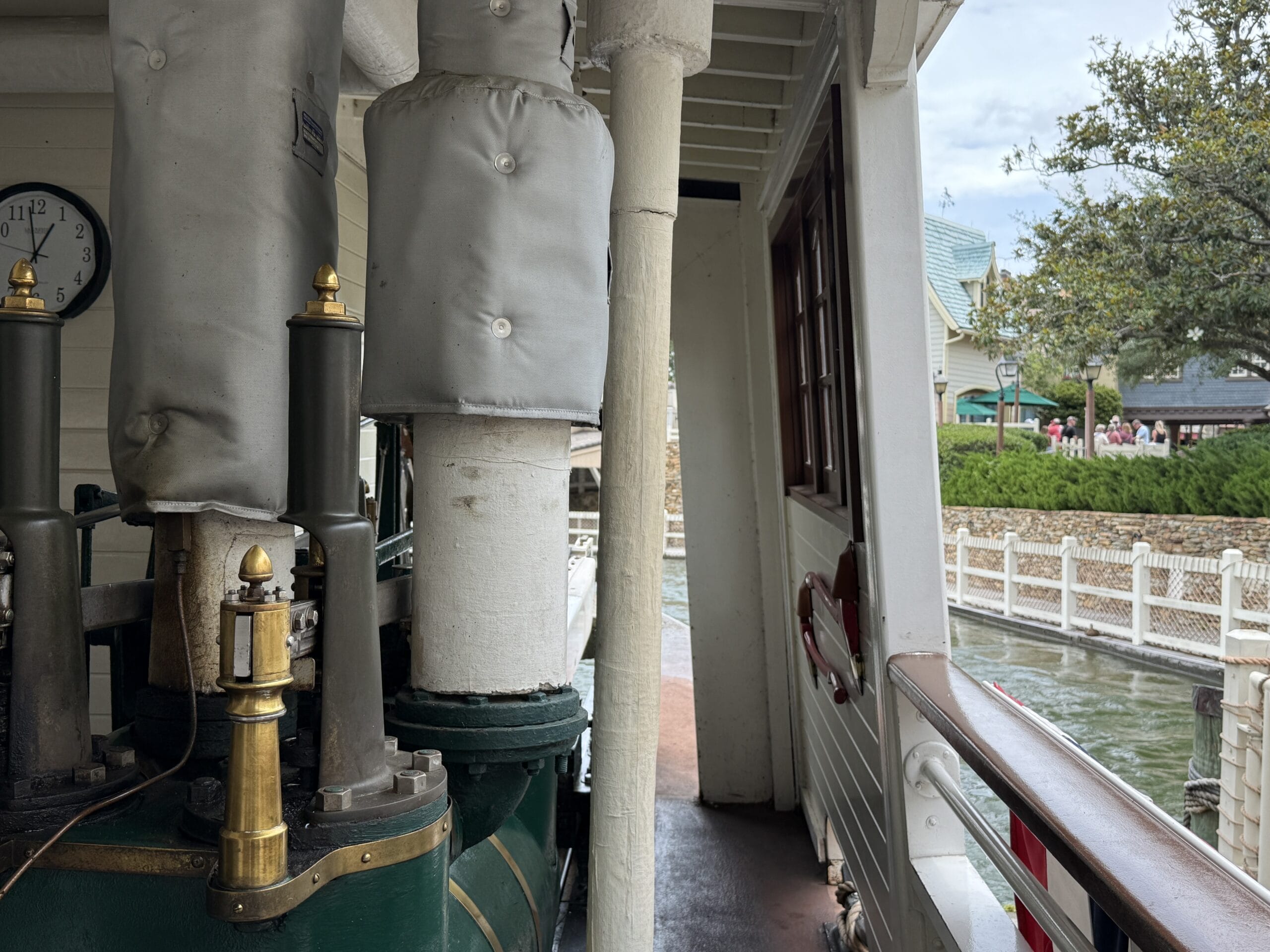
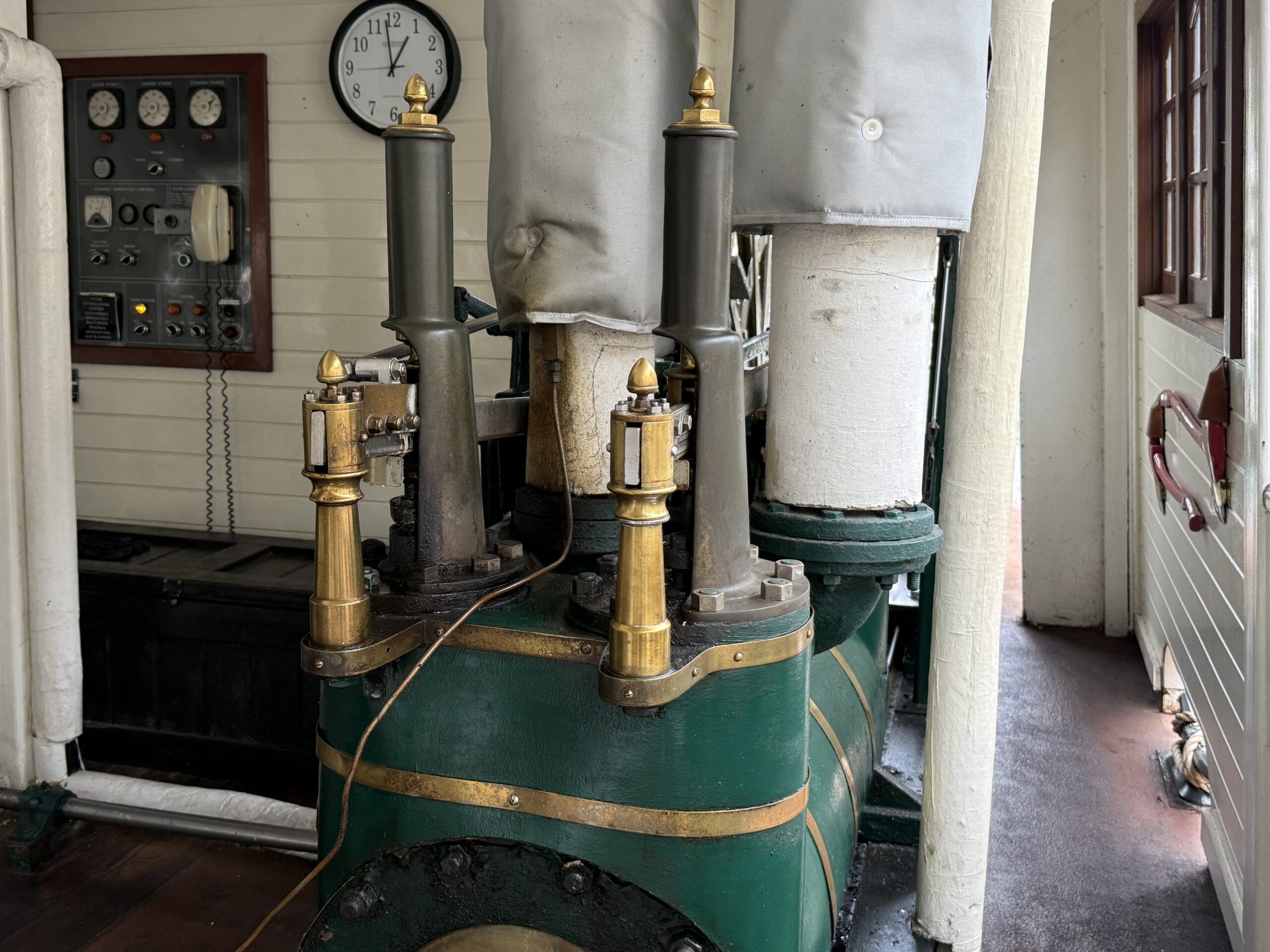
Above the piston were some white pipes, of which a few were wrapped in gray padding.
Additional antique tools and machinery were displayed behind the gate and below the stairs.
This contraption appears to be connected to the steam engine and has a pointed lever near the top.
A clock on the back wall was a basic round shape in white and black.
Also located behind the gate was a wall panel with various buttons and controls used for the riverboat. The gauges on the top displayed “Shore Power,” “Turbine Power,” and “Standby Power.” Additional lights included options for the sound system, lighting, and a wall phone for calling other locations.
A much wider white gate was placed between the staircases. Guests could look inside the see Cast Members at work.
Facing the opposite direction, one more area of machinery was also blocked by a metal gate. This one was much taller, and had a single locked door for Cast Members to get inside. This area stored the boiler for the steam engine.
As seen above the gate, several more pipes were wrapped in gray padding, such as this one attached beneath a red wheel.
Additional gauges were attached to the pipes across the steamboat to help monitor the engine.
Some wider pipes were threaded through the corbels supporting the upper level. These pipes were all plain white.
Hanging behind the gate was a classic-style life preserver.
The boat’s life preservers were white with “Liberty Belle” and “Rivers of America” in red lettering.
Attached to the wall on the far side was a bright red axe, likely also for emergencies.
A nearly identical piston sat on the opposite side of the space, also blocked by a short gate.
More life jackets were stored in these crates at the bow of the ship. Thankfully, the riverboat never had an emergency requiring everyone to don life jackets.
The bow was a popular spot to enjoy the trip and take pictures.
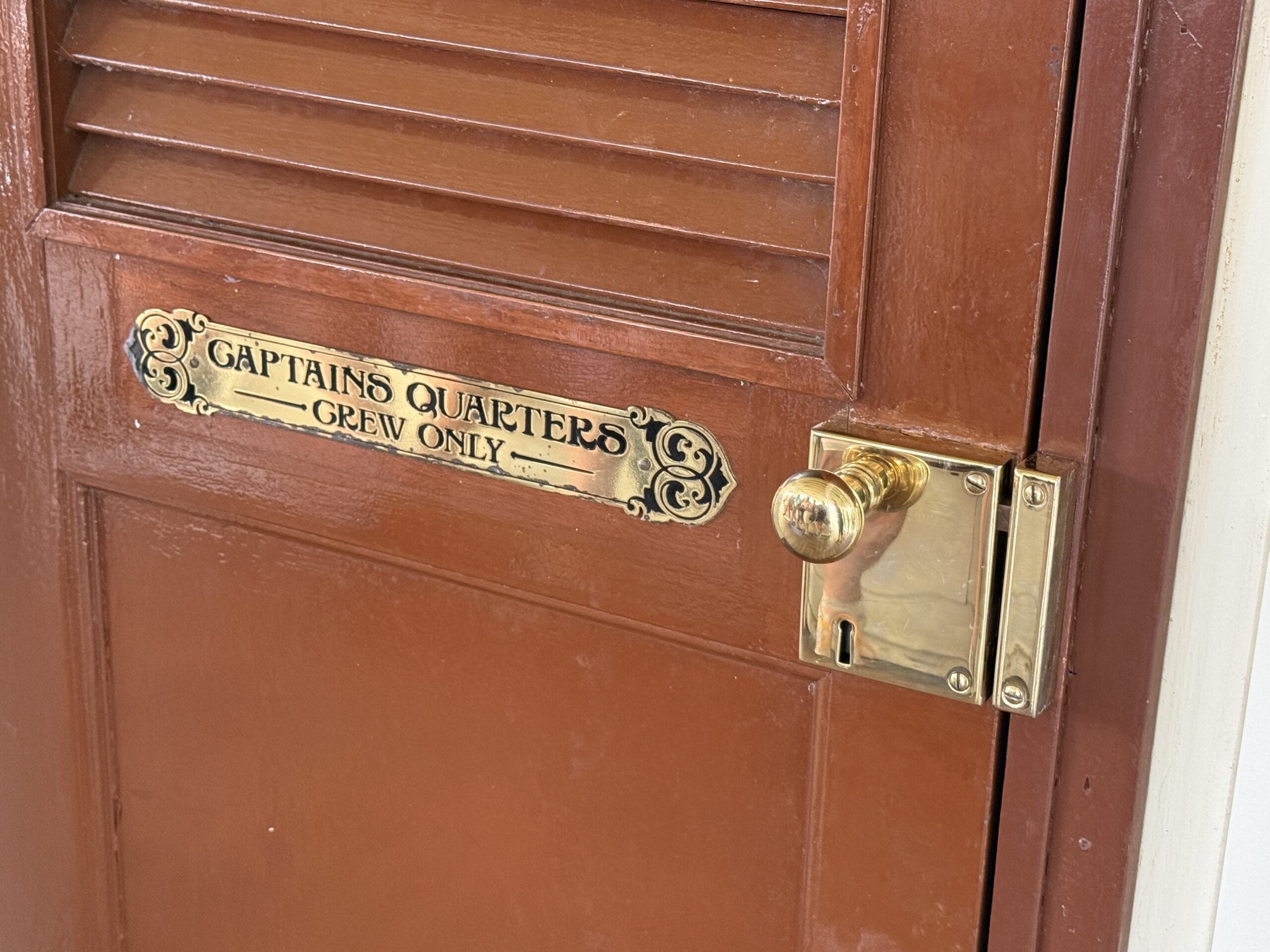
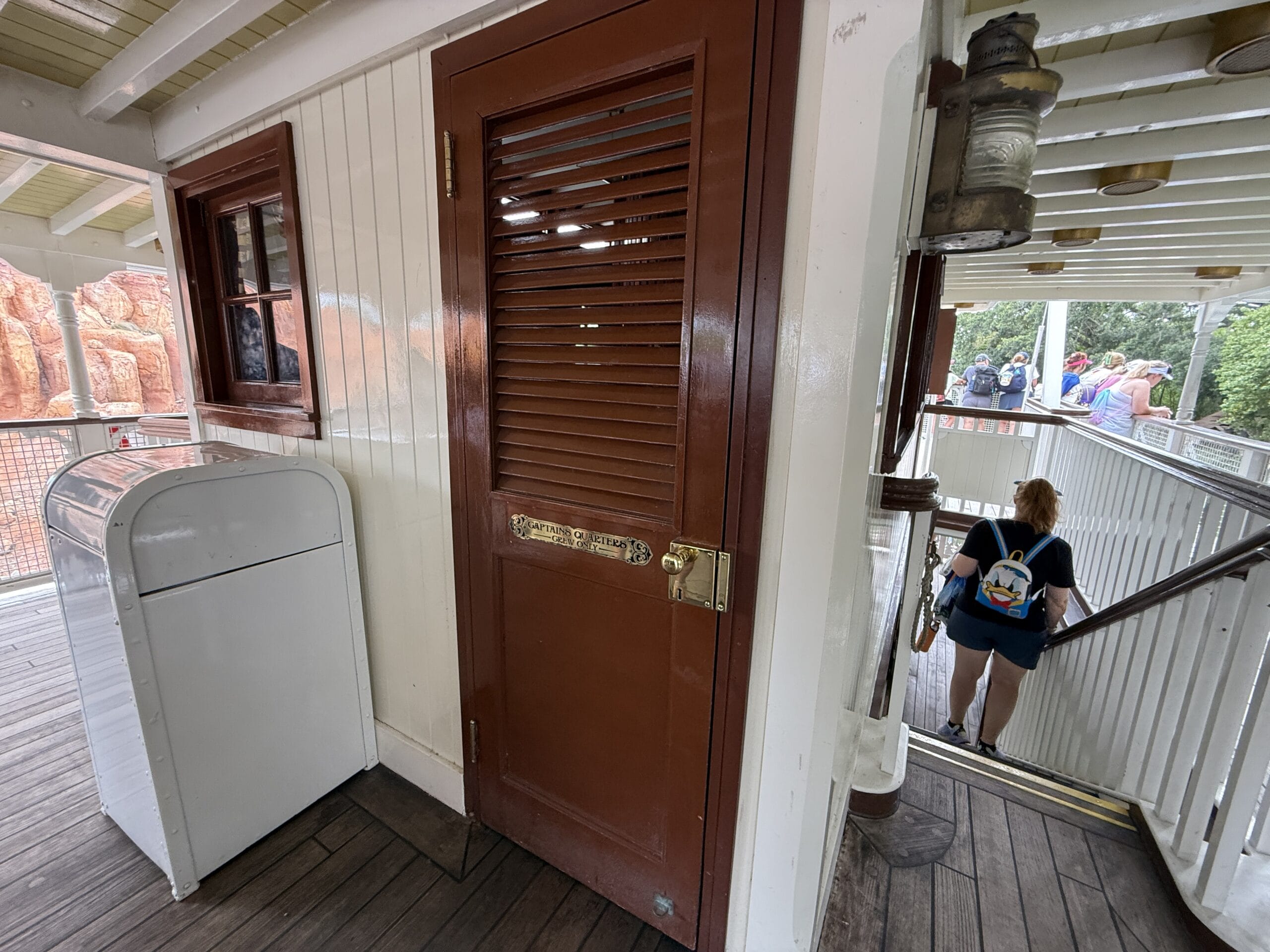
On the top deck was the entrance to the “Captain’s Quarters,” marked for “Crew Only.”
Moving up by the double staircase, the middle area was covered while the outer walkways were open to the elements.
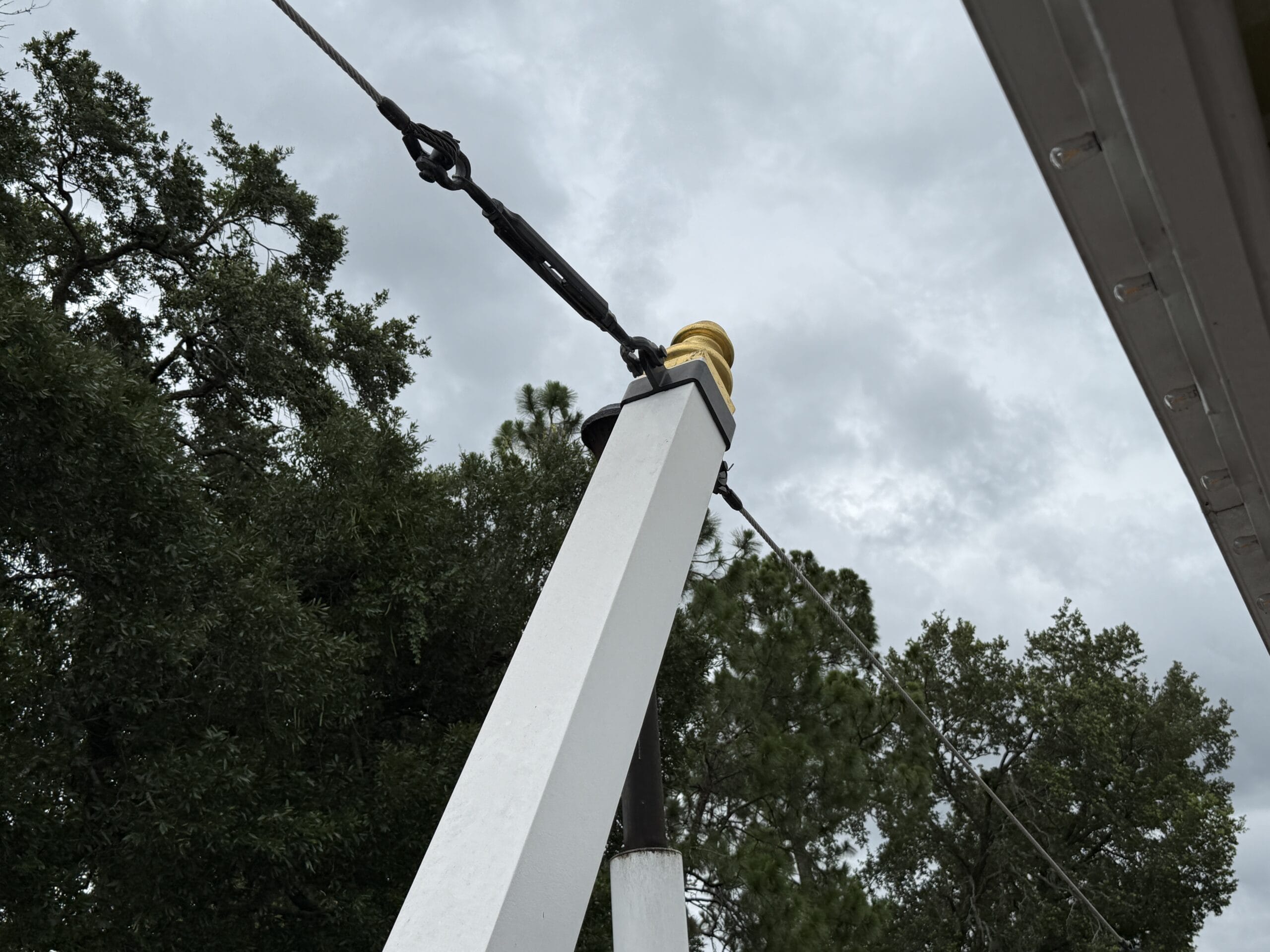
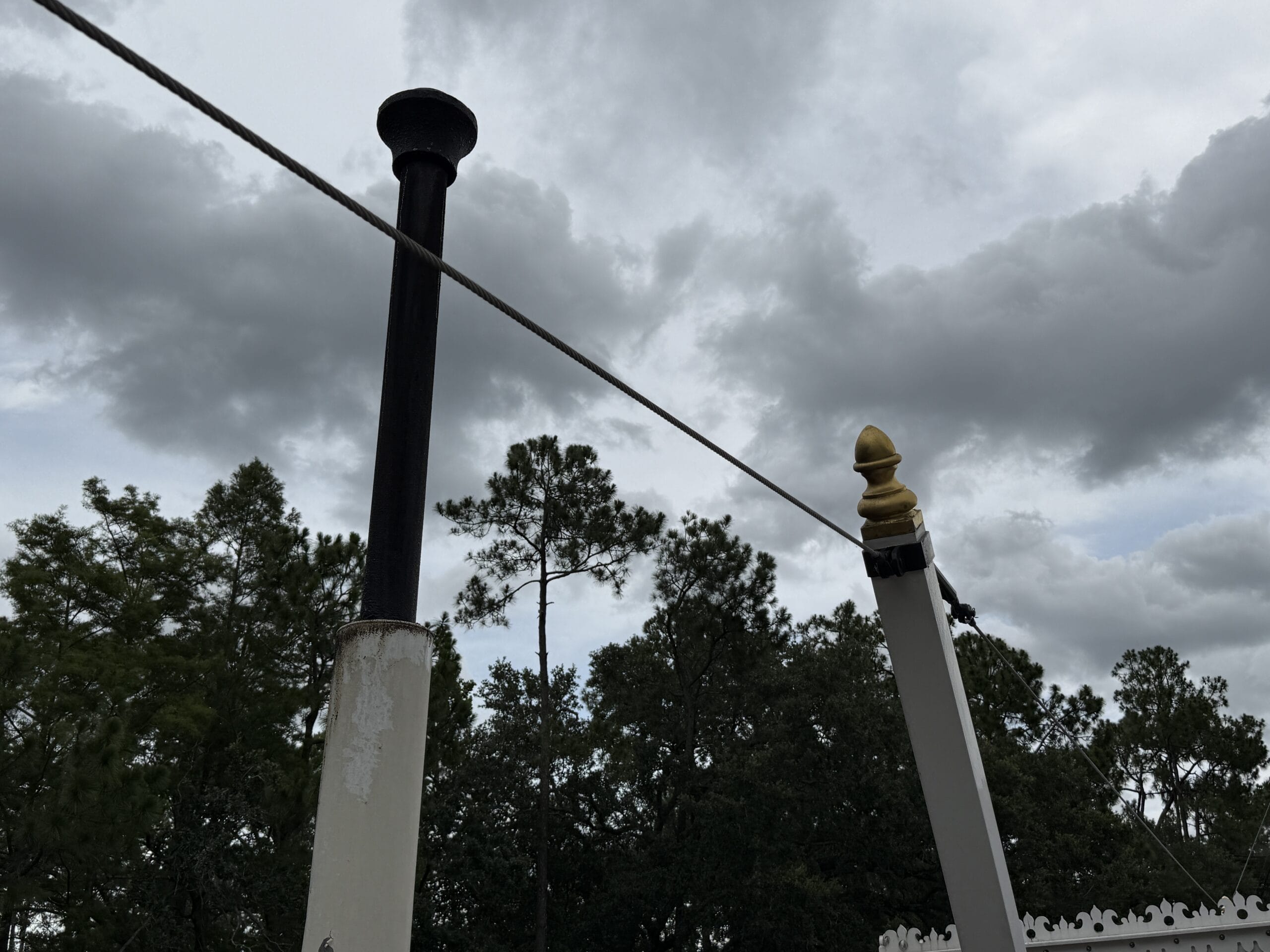
Guests standing by the railing could look up and see some of the boat’s rigging.
Another American flag was attached to the Liberty Belle.
The roof structure over the staircase was made of white wood with scalloped detailing along the exterior edge.
Some of the support beams were wrapped in more wooden railing to keep guests from leaning or climbing on them.
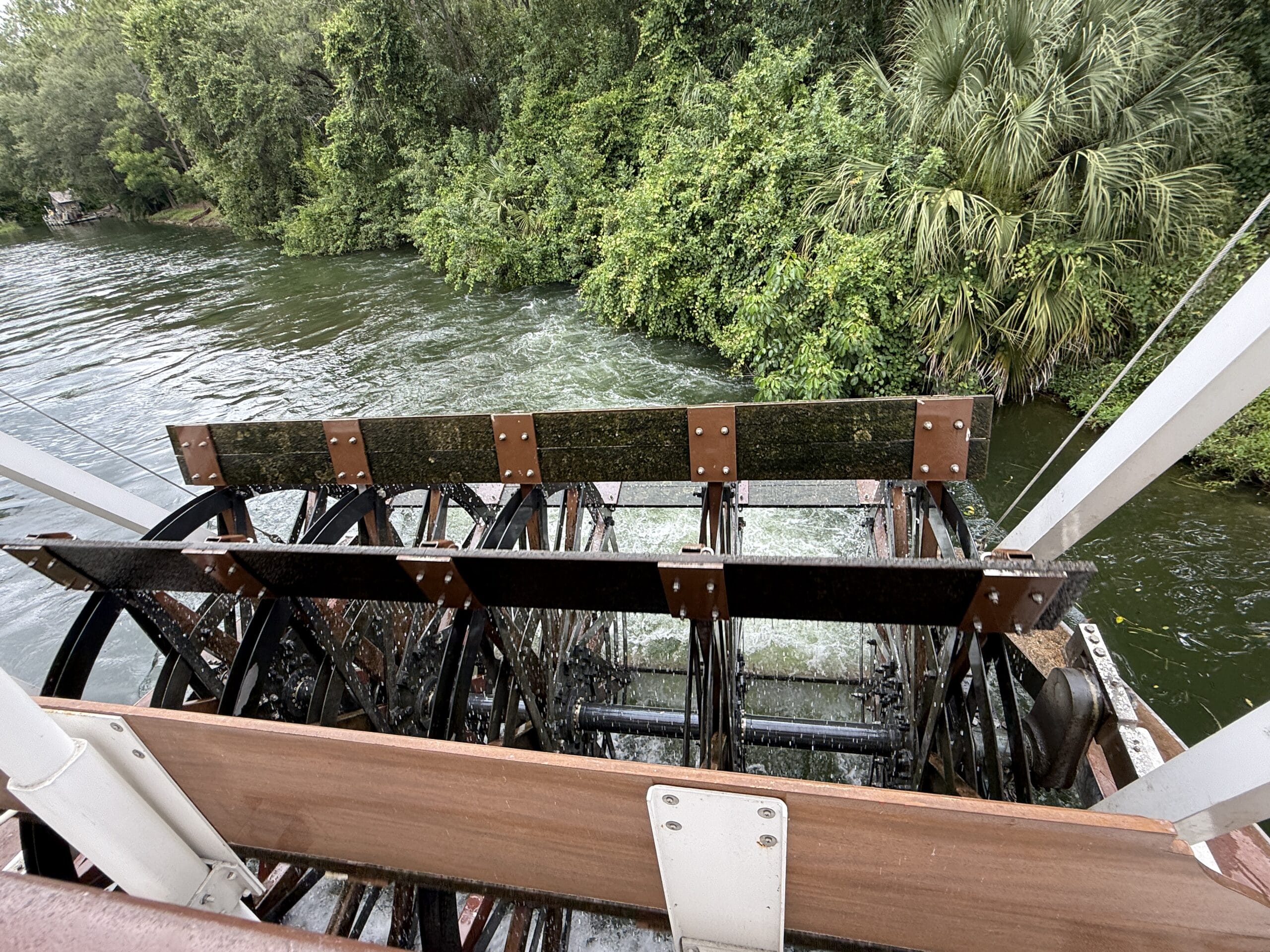

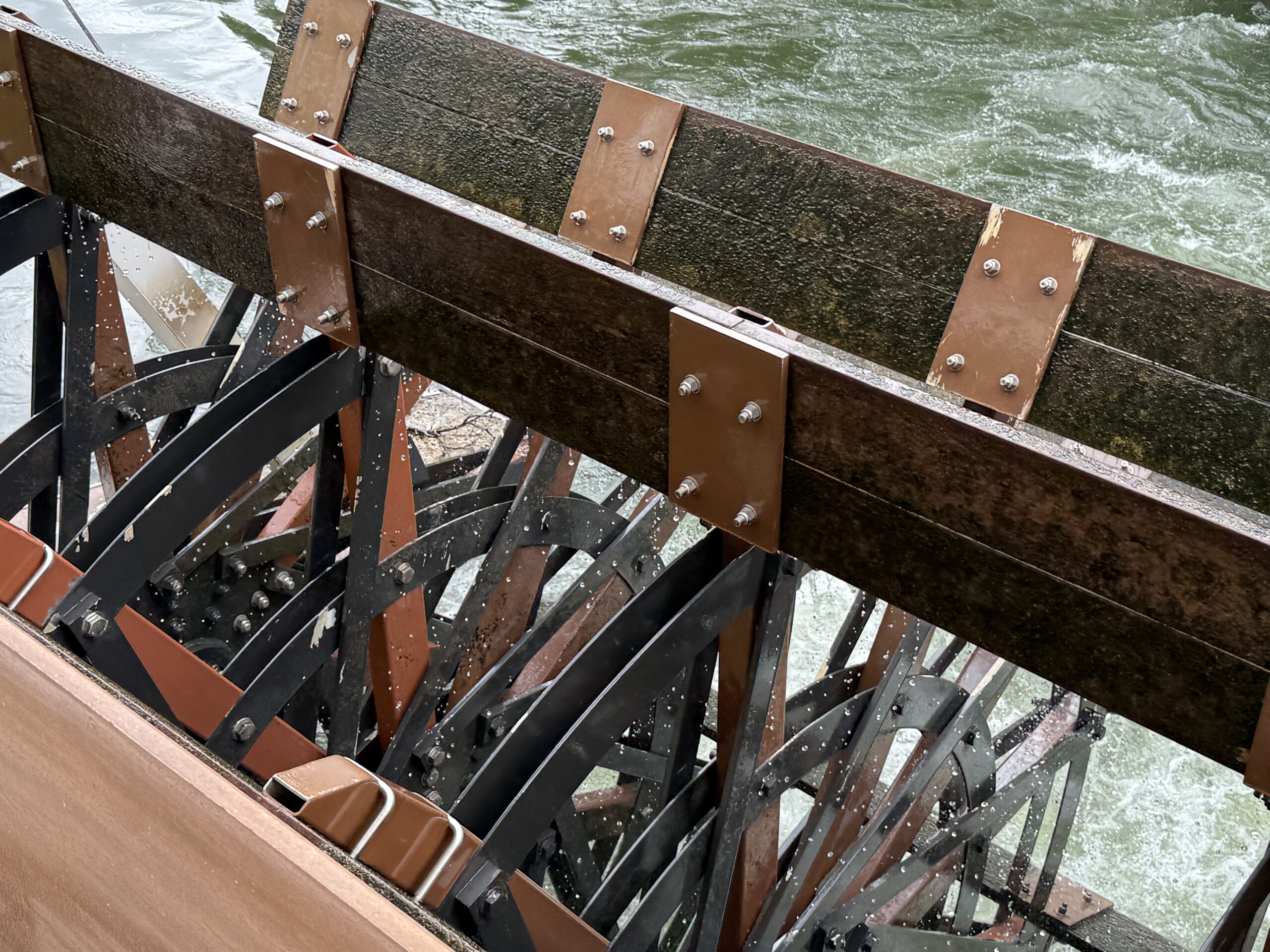
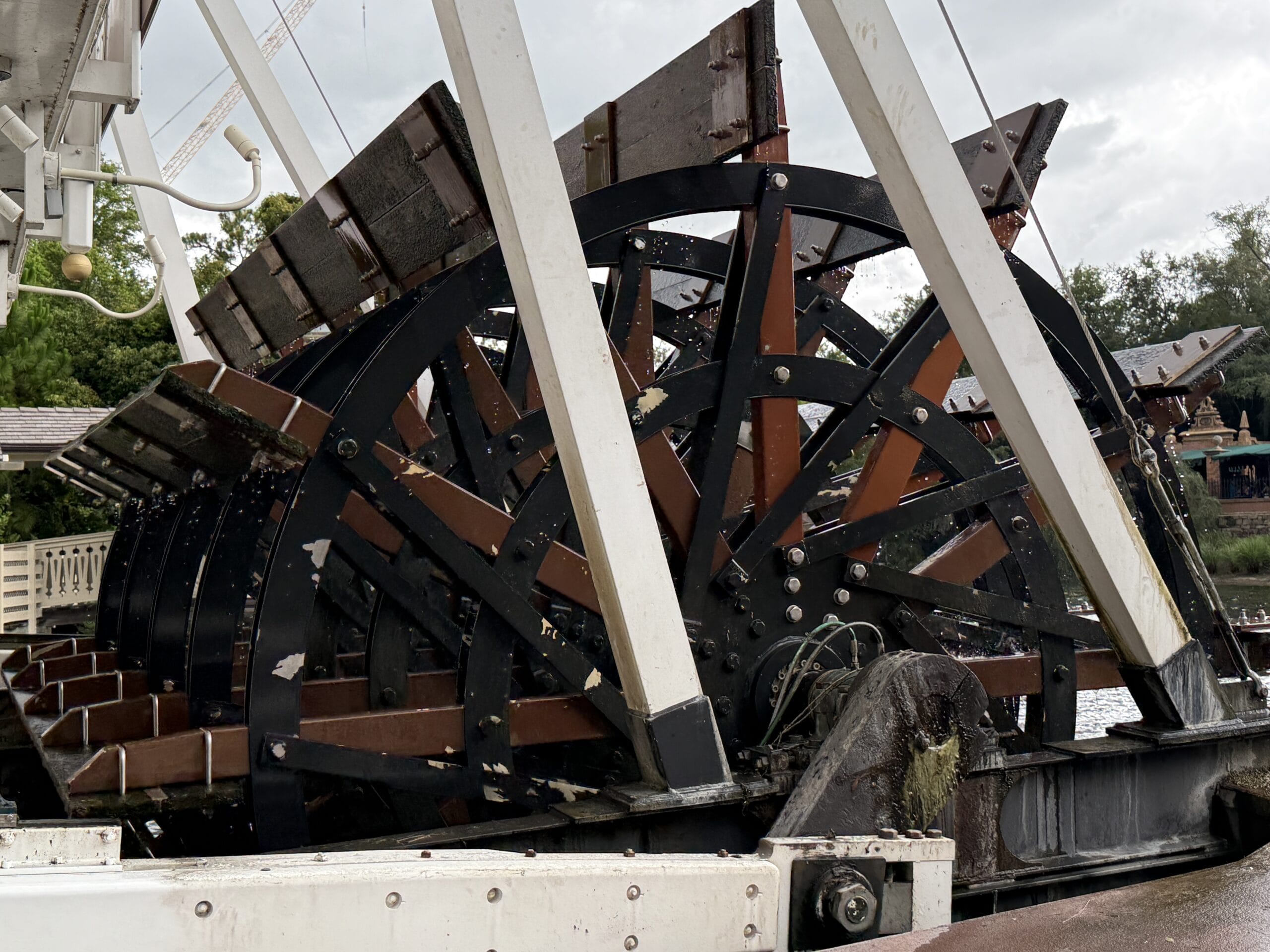
Looking down from the stern, guests could get a close-up view of the paddlewheel in action. The wheel was made of brown wooden beams attached together with hefty metal plates.
Around this corner was one staircase leading back down to the lowest level.
On the bottom level was an open area by the bow. This level had more seating for guests who wanted to look out over Frontierland.
Like the previous benches, the seating was made of wooden crates that held more life jackets in case of emergency.
More of the rigging could be seen from this lowest level, attaching to poles higher up.
The seating was arranged in a loose semicircle around the railing, while this large white fixture sat in the middle.
This was an air intake or vent, which was required to help power the steam engine.
The railing on this lower level was not the more ornate wood as seen on the second level, but a sturdier metal fence with a wood rail over the top.
A few other fixtures were also installed in the middle of this deck. This black and white object was a bollard. These are used to safely dock a vessel, as the grooves and holes are used to secure mooring lines.
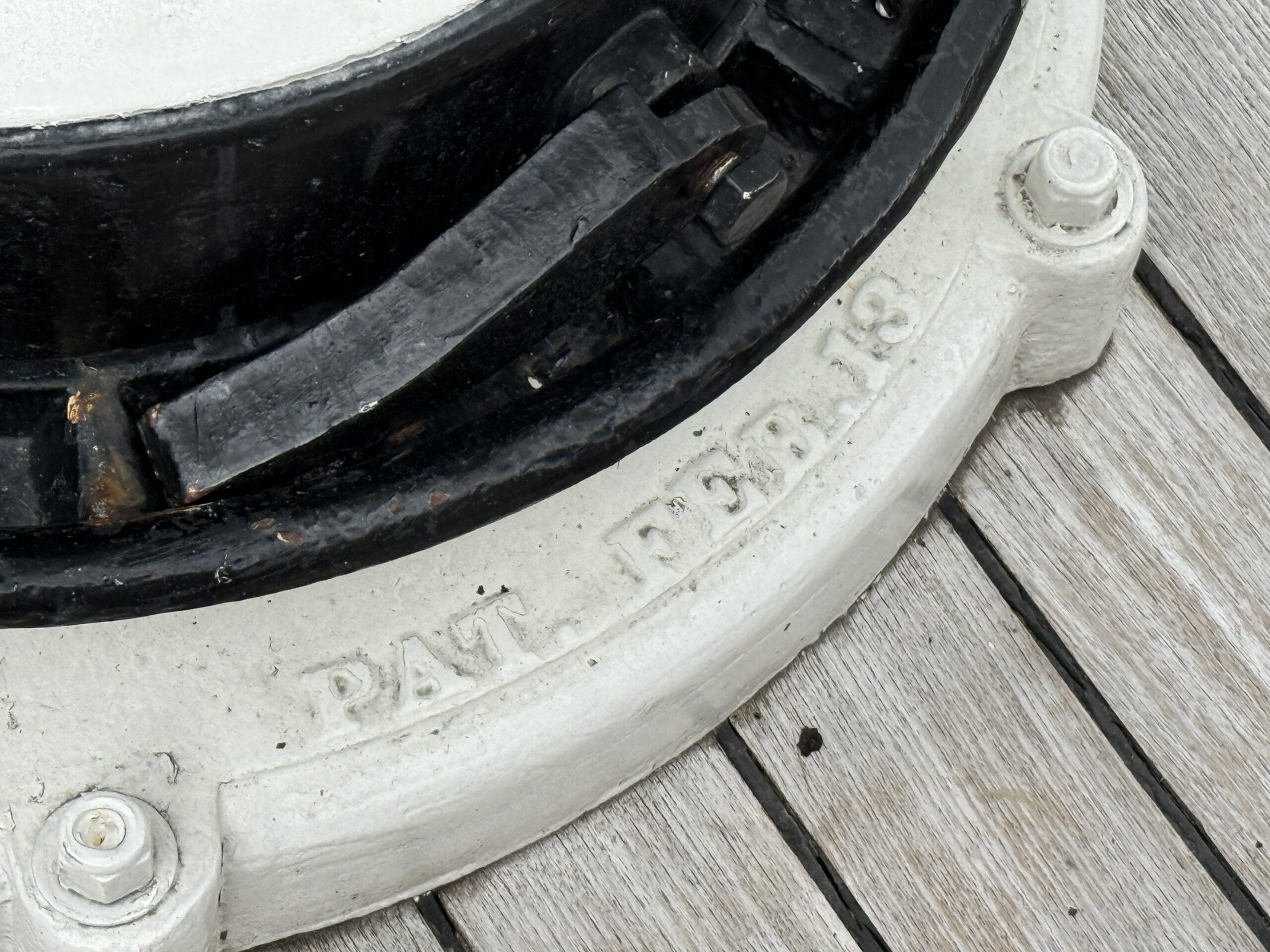
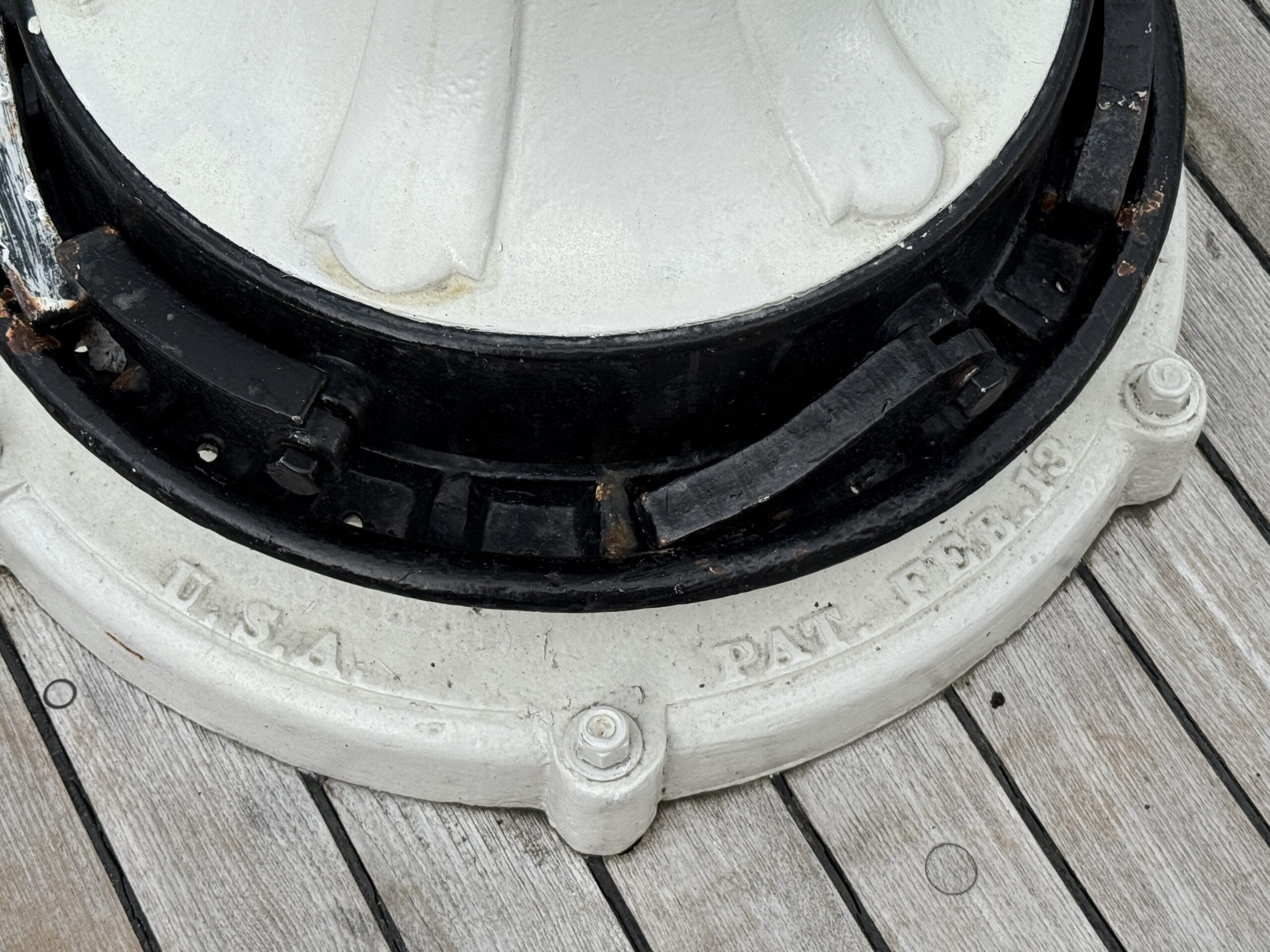
The bollard had a few minor signs of wear, like the paint peeling off near the bottom, but was otherwise in great condition. Around the base of the bollard was text saying “U.S.A.” and “Pat. Feb 13.”
Guests had a much wider area to stand or sit on this level. You could sit on one of the crates, stand closer to the rail, or relax in the middle of the deck.
Attached directly behind this tall pole was another antique-style light fixture. This one was a large wooden box with a gold-framed circle of glass in the middle.
Even though this section had more of the metal railings instead of the wooden ones, the outer edge was still decorated with more scalloped wood detailing above and below each panel.
Behind the bollard and pole was a wooden bar used to secure the rigging to the deck. The wood was painted chocolate brown to match the color of the handrails and other features.
Embedded in this section of the deck was a small hatch, though it was covered in the same wooden planks to help it blend in with the rest of the space.
Guests would exit the Liberty Square Riverboat on the lower level. To help with accessibility, one exit had a folding ramp that could be used to bridge the gap between the boat and the dock.
The exit was blocked by a heavy metal gate when it was not in use or the riverboat was in motion.
Located on the end of the dock was a themed brown crate sitting close to the edge of the concrete.
The crate was painted with the label “Calhoun Pump Co. Model 27.”
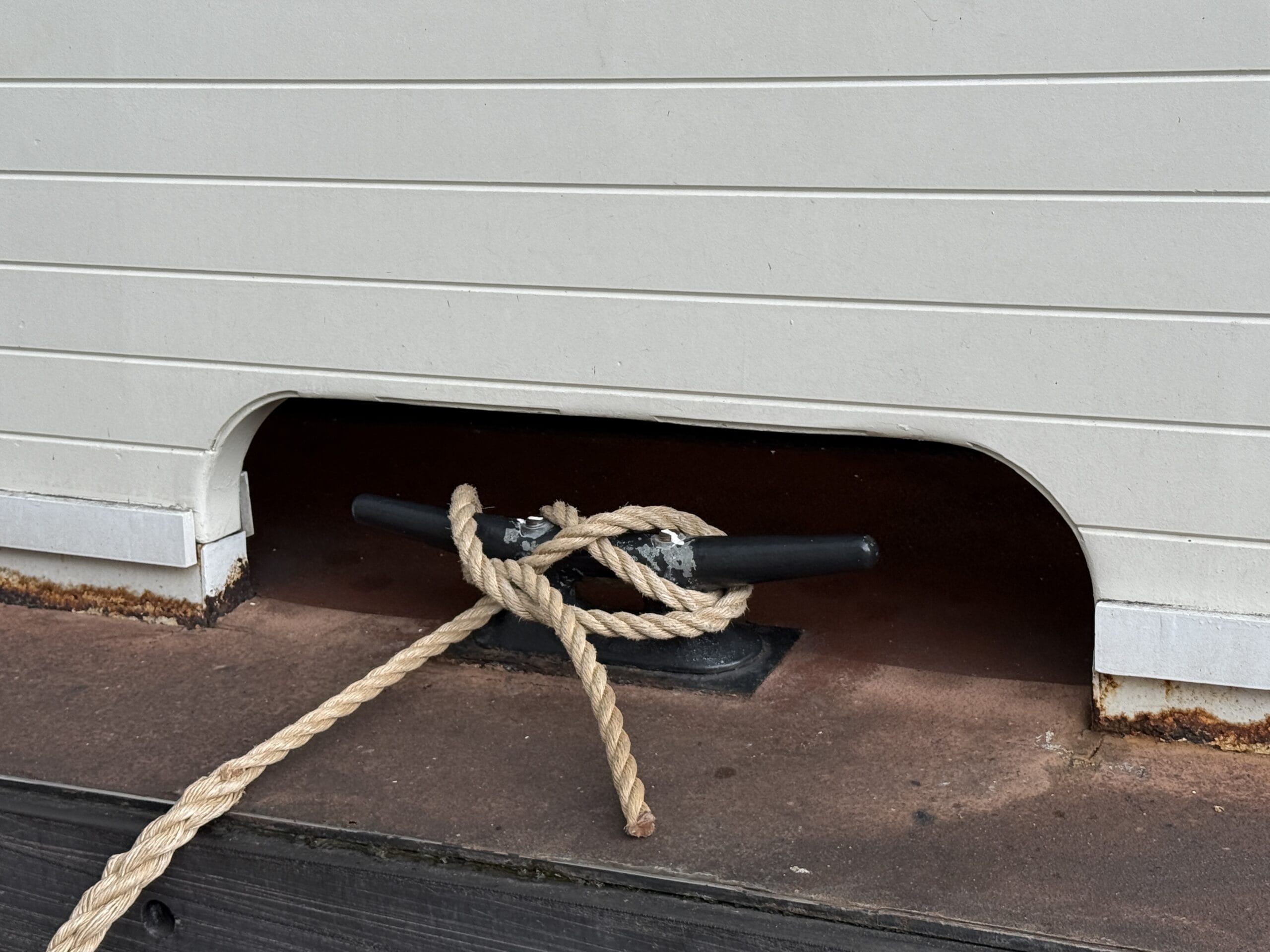
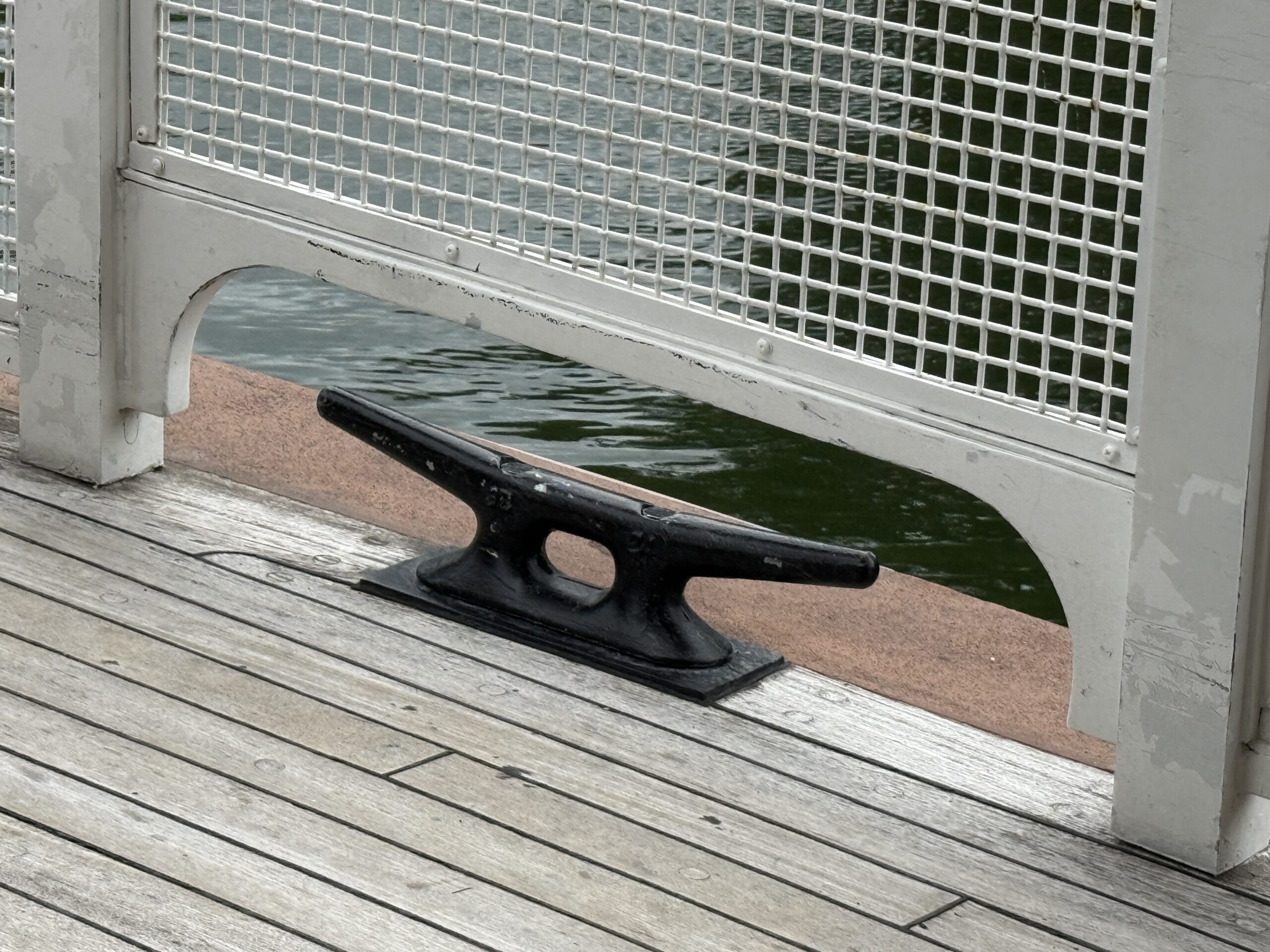
Scattered close to the edge were several dock cleats used to moor the boat and secure it to the dock. These were all plain black.
Looking around the side of the dock, guests could get a glimpse of the paddlewheel again from a lower angle. The metal beams holding the paddlewheel in place were white.
The edge of the concrete dock was lined with the usual black and yellow caution stripes, since there was usually a small gap between it and the deck.
Also located near the dock were some more standard wooden poles. These were not used as supports, since the dock is concrete, but could be used to tie ropes.
The complete riverboat was visible from both the dock and some of the nearby guest pathways in Frontierland.
As the Liberty Belle made its journey, guests standing in Frontierland could watch it go by and wave at guests standing on the decks.
Each upper level of the exterior was lined with rows of small light bulbs that would turn on when the skies were dark. These lights usually turned on closer to nighttime, but they would also brighten the sides of the riverboat on a stormy day.
Looking back at the dock from a distance, it is mostly white with a blue-shingled roof. While the dock will still likely be visible to guests in the Magic Kingdom for a while, we expect it will also be demolished once the construction on the “Cars” expansion begins.
Rivers of America Views
Not only was the Liberty Square Riverboat a great place to sit and relax on a busy day, guests looking out over the railings could see parts of Magic Kingdom not normally visible from the usual paths. As one example, we could see the progress on Big Thunder Mountain Railroad from a different angle via the riverboat.
First, guests looking away from Frontierland could see more of Tom Sawyer Island. The views included the yellow building of Aunt Polly’s, which was a somewhat elusive quick-service establishment that was not always operating on a regular basis.
Guests could also look at the opposite side of the dock for Tom Sawyer Island.
While Aunt Polly’s was not always open, Tom Sawyer Island did still have a covered seating area with some chairs for guests looking to rest.
This area, known as Huck’s Landing, is just to the left of Potter’s Mill.
The riverboat did not turn around this side of Tom Sawyer Island, since this portion of the Rivers of America was blocked by a suspended bridge.
This was called Superstition Bridge on the official map of Tom Sawyer Island, and it connected the larger island located closer to Frontierland with the smaller island located further in the back of Magic Kingdom.
The next feature of Tom Sawyer Island visible from the riverboat was the side of Fort Langhorn. Modeled like a fort made of timber, the side had some cannons sticking out of windows and a side entrance blocked by a wooden door.
One of the equally iconic bridges of Tom Sawyer Island was the Barrel Bridge, which has been included as a potential component of the new “Cars” land on the fun map.
This building was called Harper’s Mill, and included a waterwheel on one side. Guests exploring Tom Sawyer Island could walk inside the mill building.
Guests waiting by the walkways in Frontierland would often wave at the Liberty Belle as it passed the area.
From the deck of the Liberty Belle, guests could get a wider view of Grizzly Hall and many of the nearby Frontierland buildings.
The path closest to the water was designed like an extended dock, so the posts were wood and the fence was made of net-style ropes.
Cutting across this side of the Rivers of America is the bridge connecting Frontierland to Tiana’s Bayou Adventure and Big Thunder Mountain.
Guests on the riverboat could also see several hidden details around Frontierland that were only visible from the Rivers of America. This trio of totem poles is painted in brown, red, blue, and more colors.
Several sections of the Rivers of America had floating signs labeling the area. The signs were white posts on a platform, which had red supports sticking in the water. This sign to the side of Big Thunder Mountain Railroad says “Twin River Bend.”
The next sign is for “Raccoon Point,” which is the home of several faux animals.
This trimmed-back hideaway in the woods was decorated with statues of deer grazing in the grass.
The deer were stationary and not animatronic, but still detailed enough to look lifelike when seen from the deck.
This unnamed house was located around the back of Tom Sawyer Island. Unlike many of the other structures, this one was not accessible to guests and was only intended as decoration.
The house, which was falling apart, had a gray wall and brown roof. The side of the house had a large stone chimney, while the opposite side had a roof structure extending over the grass.
From the opposite side of the deck, guests could see more of Big Thunder Mountain Railroad. This area is where we spotted several of the attraction’s props tagged and stored in a barn, as well as some new pieces of track.
The next scene is a small house built on a pier over the water, which is called “Alligator Swamp.”
The house appeared to be lived-in, with a man sitting in the rocking chair to the left alongside his gray dog. The rest of the building was decorated with fishing nets and supplies.
If you stood on the upper levels of the riverboat, you could get a wider view of the deck and the props staged around the sides.
In keeping with the name of the area, a single alligator was standing between the trees on the right of the house.
More deer could be seen hiding between the trees near Alligator Swamp, though these were a bit harder to spot.
Coming up on the left side of the riverboat was the first group of two Native American villages. These houses were more dome-shaped, with props such as clothes hangers and boats staged around the scene.
Instead of deer, guests in this area could spot some moose looking out over the water.
Like at Raccoon Point, the grass and trees were cut down by the moose so they were easier to see from a distance.
This sharper turn, located at the furthest point the riverboat traveled from the dock, was called Devil’s Elbow.
Hidden between the trees in this back corner was one more abandoned structure.
This appeared to be a roof or tent made with several crossed sticks.
The Liberty Belle next moved to an area called Tree Snag Reef.
The boat then passed another Native American village. Unlike the previous spot, this area was staged with statues of people living and working. The Walt Disney World Railroad passed through this scene.
Then, the riverboat passed a fishing boat moored by a cave carved out of the side of the rockwork.
Perhaps the owner of the boat was planning to stay for a while, because a clothesline with various items was strung up between two trees. The clothing looks similar to some Adventureland and Frontierland Cast Member costumes.
The boat itself had a red hull and wooden interior. Some weeds were growing in the side of the boat.
Having almost completed a full loop, guests then got a view of the opposite side of Fort Langhorn.
The American flag posted in the middle of the fort was visible above the pointed wood wall.
One other fun viewing experience from the Liberty Square Riverboat was seeing the Haunted Mansion from a distance.
As the circle around the Rivers of America concluded, guests were taken back to the dock to be unloaded.
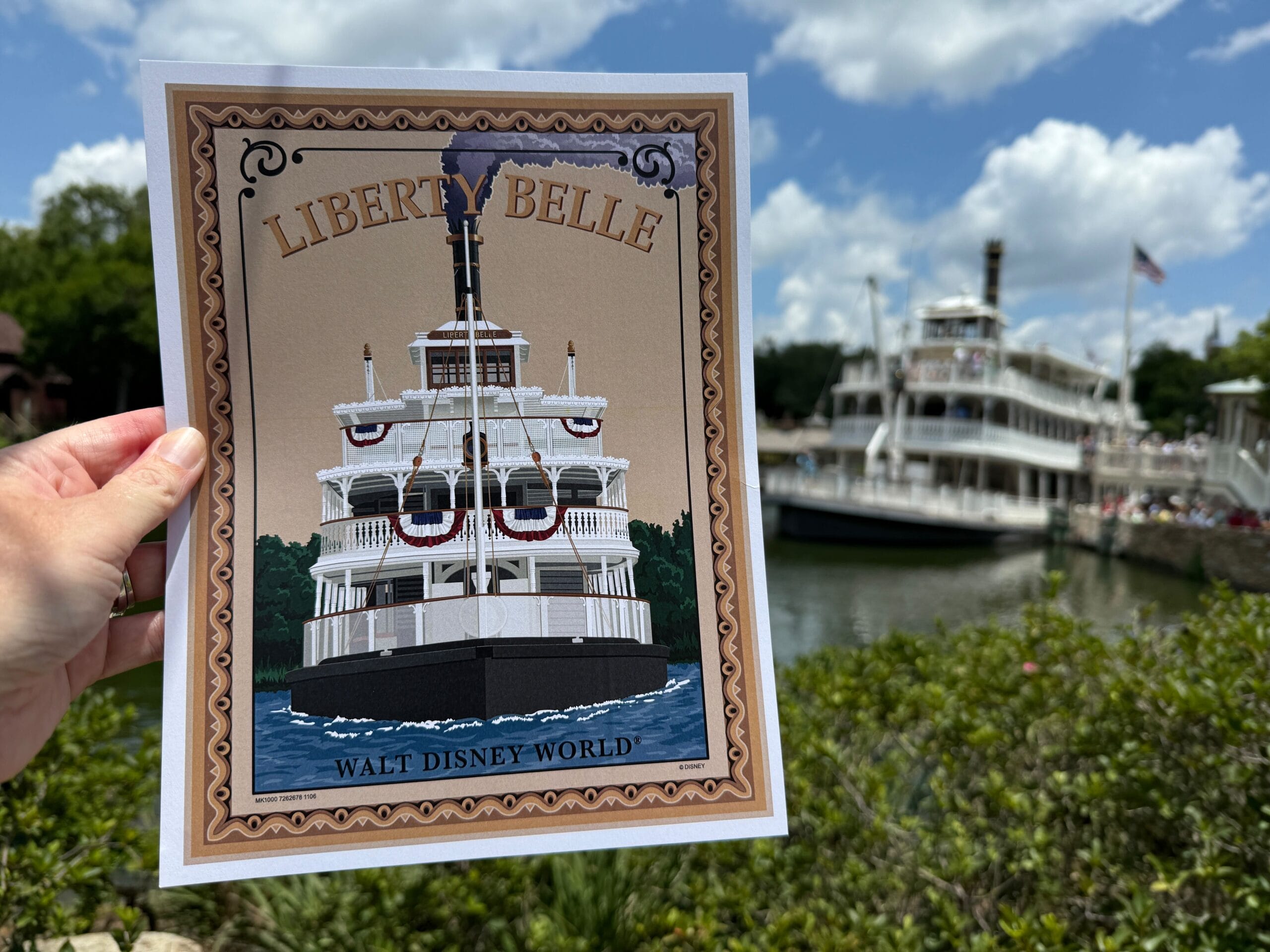
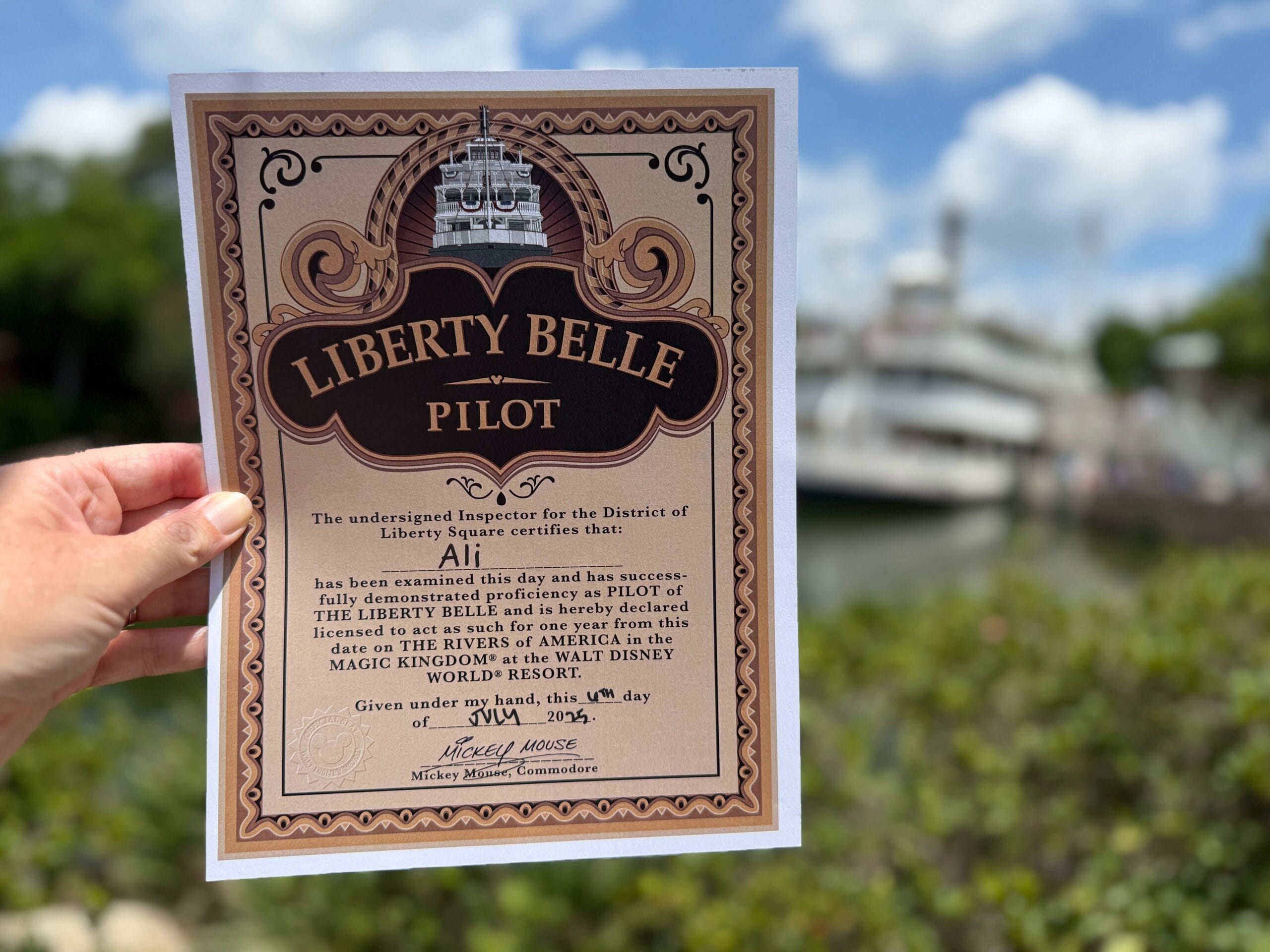
As one added fun detail, Cast Members would sometimes surprise guests by inviting them to ride the Liberty Belle in the pilot’s cabin. These guests would receive a special Liberty Belle pilot certificate.
The front was tan and had art of the Liberty Belle. The back has a space where the Cast Member would write the guest’s name and the date it was received, certifying that they have “successfully demonstrated proficiency as Pilot of The Liberty Belle and is hereby declared licensed to act as such for one year from this date on the Rivers of America in the Magic Kingdom at the Walt Disney World Resort.” The bottom of the certificate was signed by “Mickey Mouse, Commodore.” In the final days of the Liberty Square Riverboat, Cast Members gave these out to any guests who wanted one.
Liberty Square Riverboat Video
Join us for the last ride ever on the Liberty Belle with our video below.
For the latest Disney Parks news and info, follow WDW News Today on Twitter, Facebook, and Instagram.


